Voted by us the ‘best B&B so far’, Marlagh Lodge is an early Victorian house on the edge of Ballymena and is the sort of place you could stay for a week. Originally built as the Dower House for nearby Crebilly House, the Lodge is a classic of its era, double fronted with high-ceilinged reception rooms on either side of the entrance and spacious bedrooms.
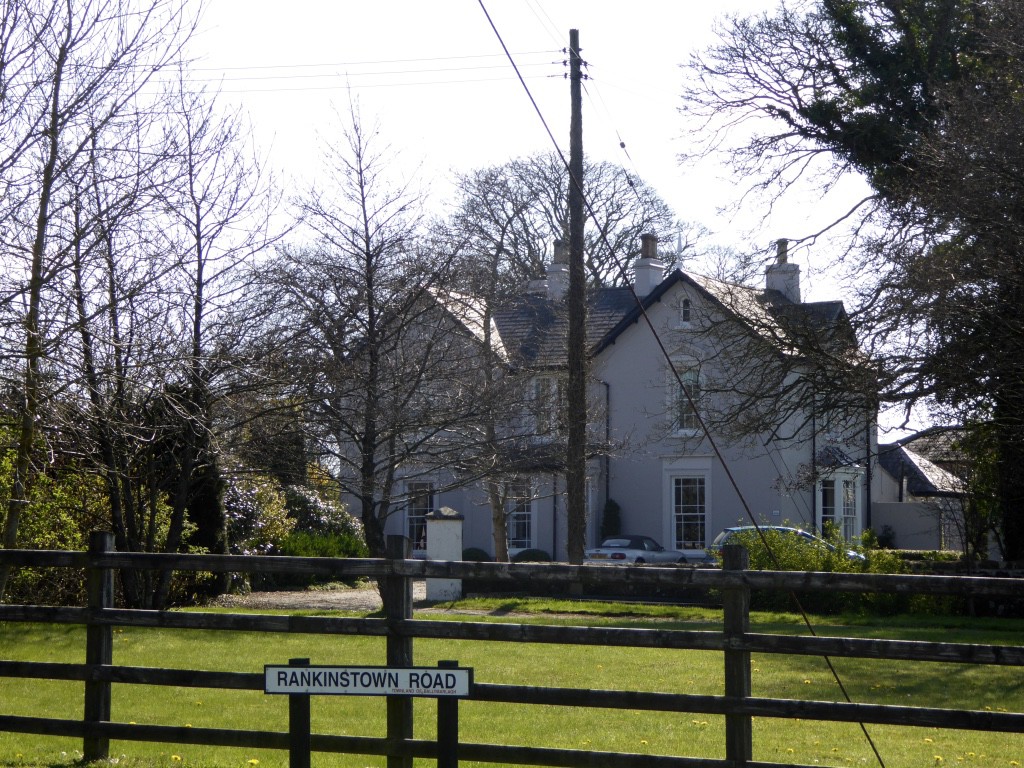
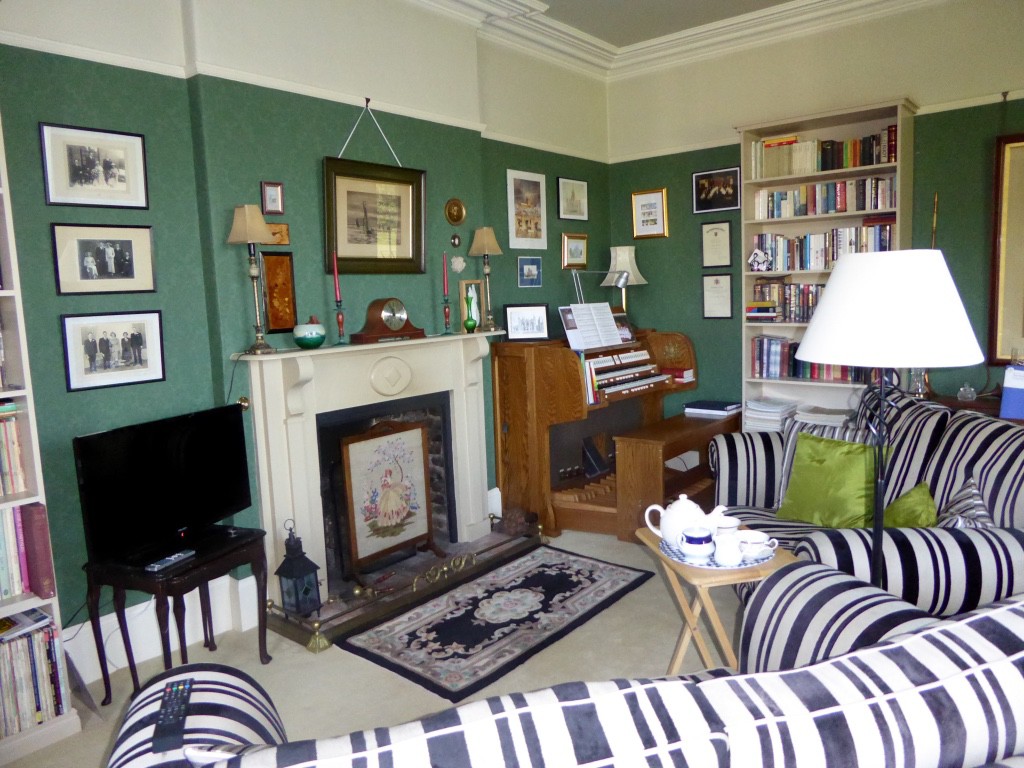
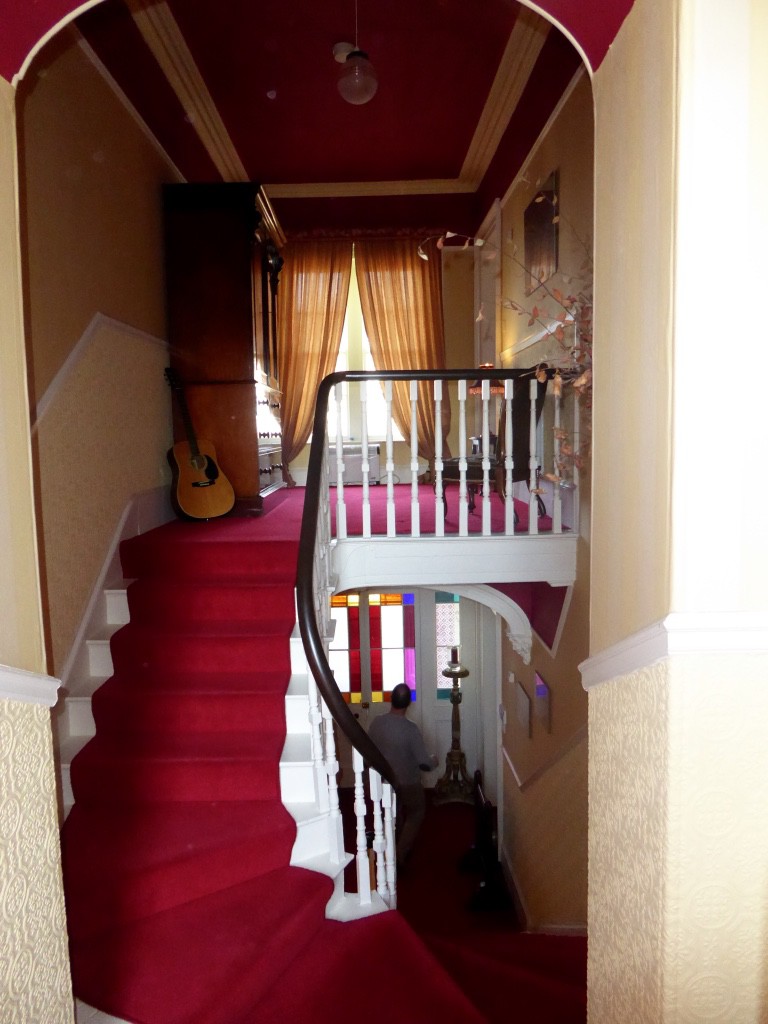
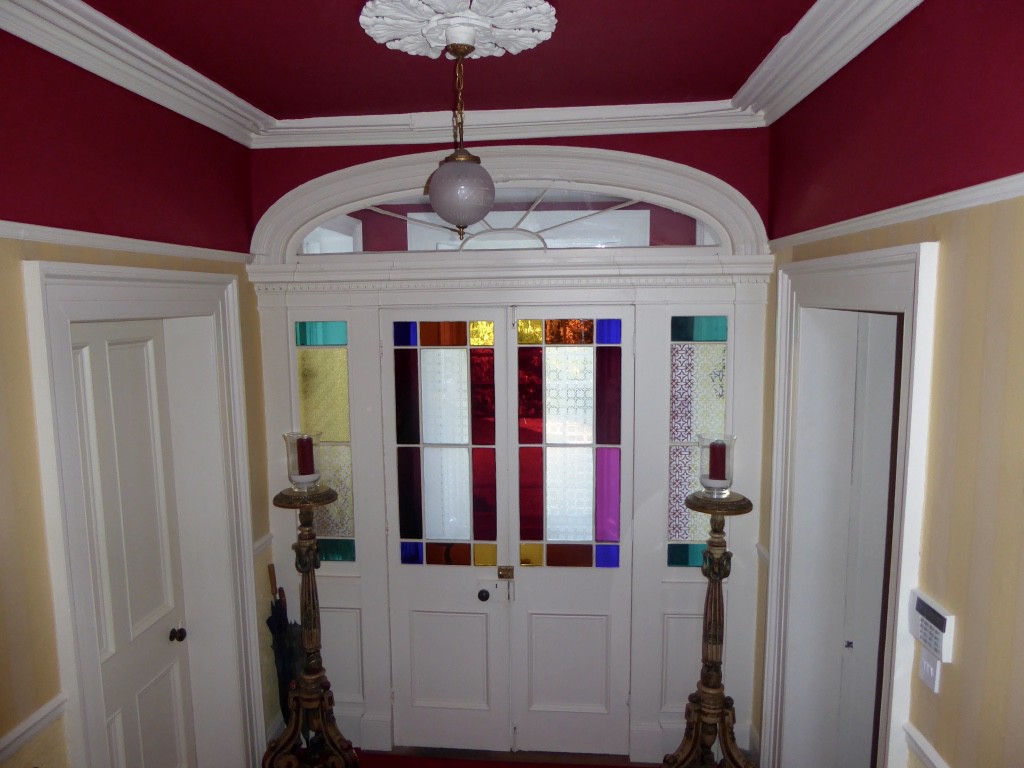

Once partially derelict, it has been painstakingly restored by Robert (an organist and piano player) and Rachel (on opera singer) with love and meticulous attention. Comfy bedrooms, lounges, fires and classical music wafting through the house make it very welcoming. There are books everywhere (within half an hour I had found a dozen I would like to read) but it was already midnight!
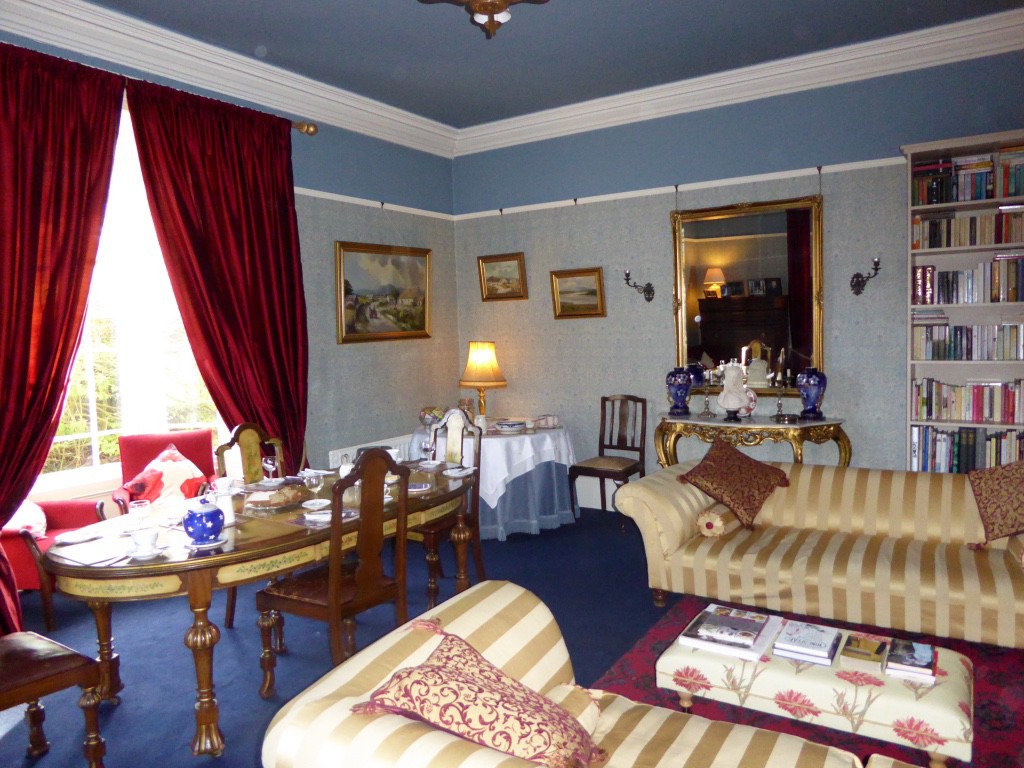
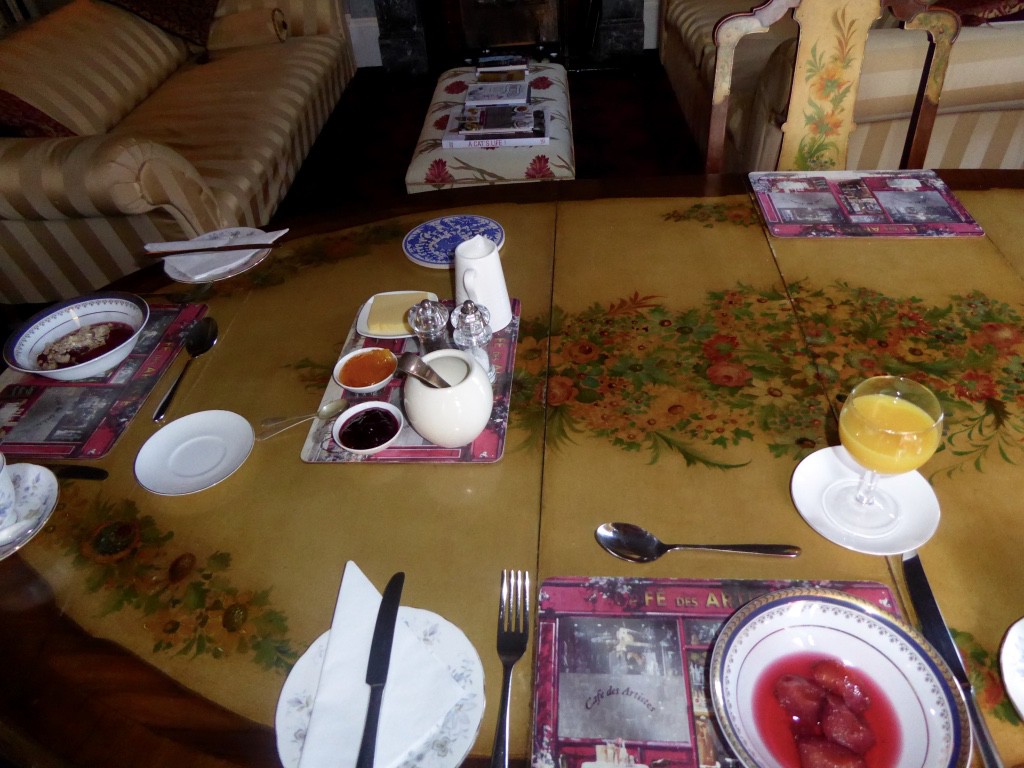
After the most delicious breakfast, starting with Robert’s own ‘Marlagh Lodge Tummy Warmer’ (creamy porridge with Bushmills whiskey, brown sugar and cream) , we had a chat with Louis (the rooster) Madge, Myrtle and Korma (the hens) and headed off for the nine glens and the Antrim Coast.
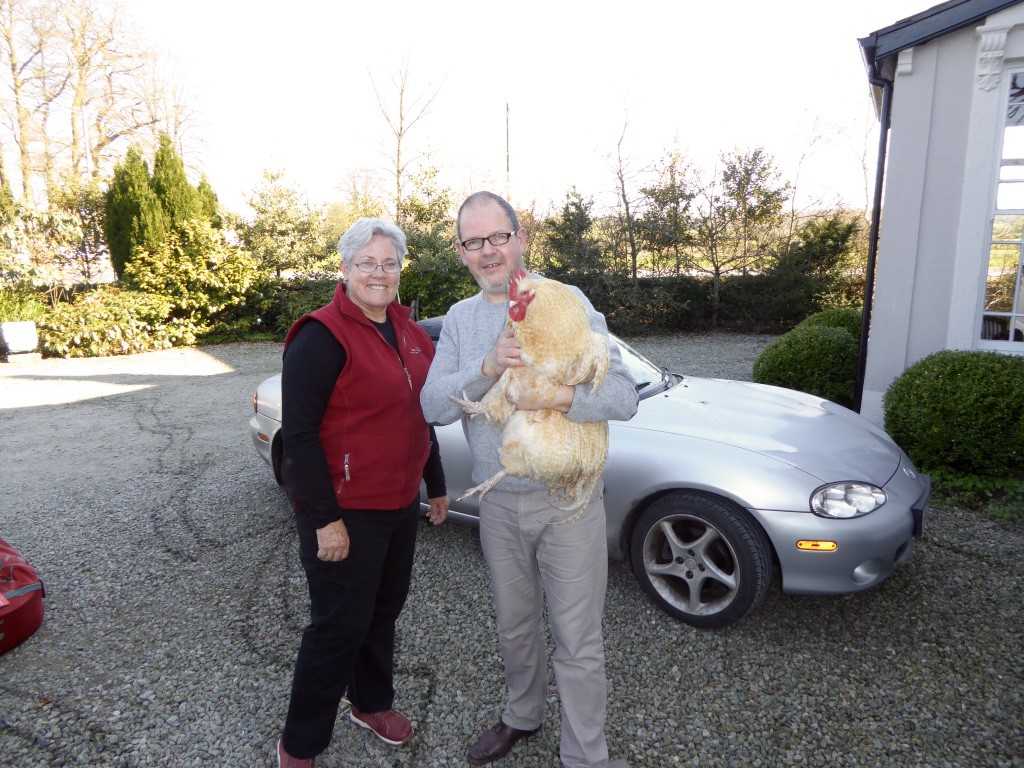
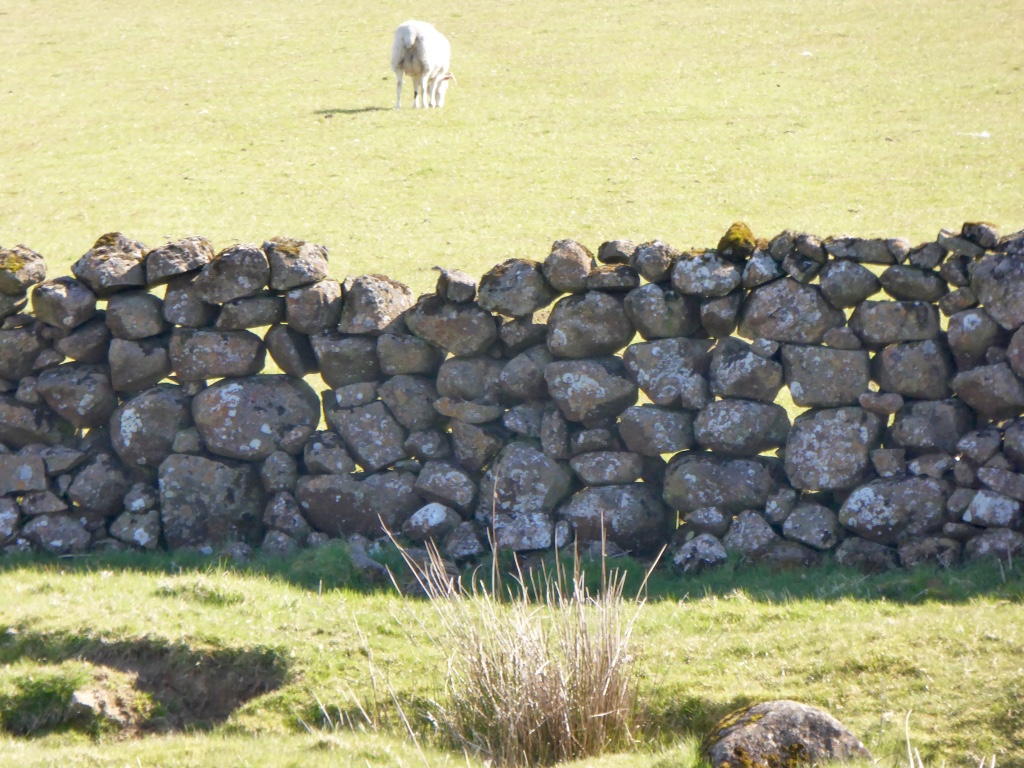
First stop was the lovely Walled Garden at Glenarm Castle. The Walled Garden is one of Ireland’s oldest walled gardens. Originally created to supply the Castle with its fruit and vegetables, the Walled Garden is now filled with flowers and specimen plants and is interesting year round, but when we were there it had fabulous displays of spring bulbs along with the apple and pear blossom.
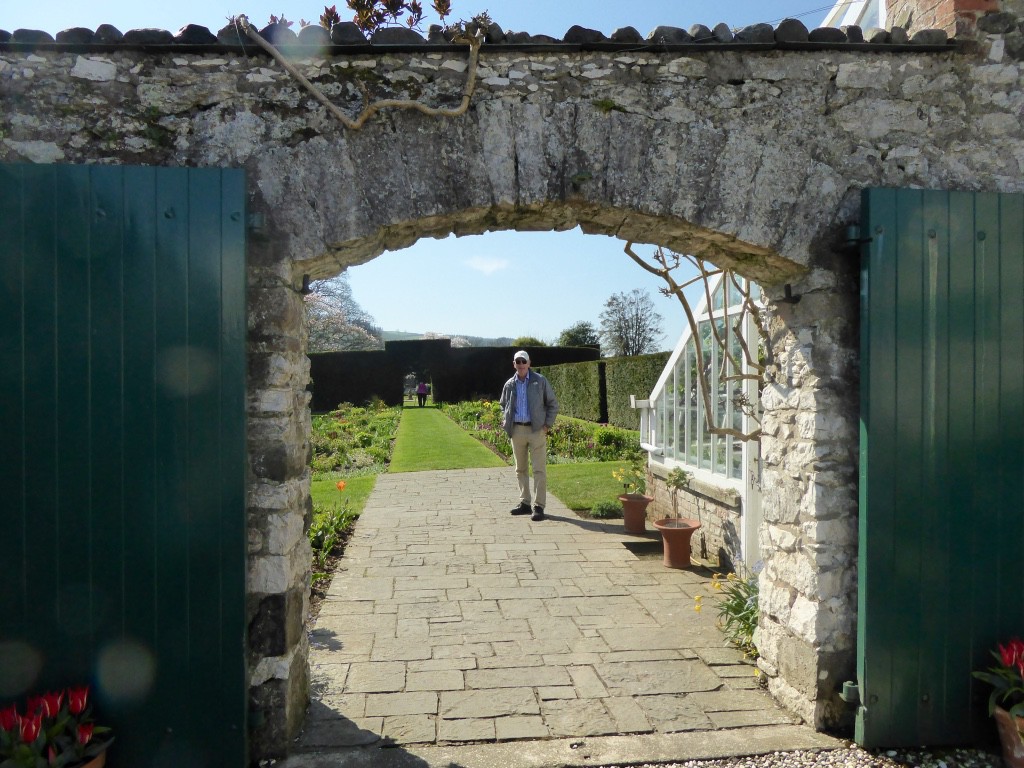
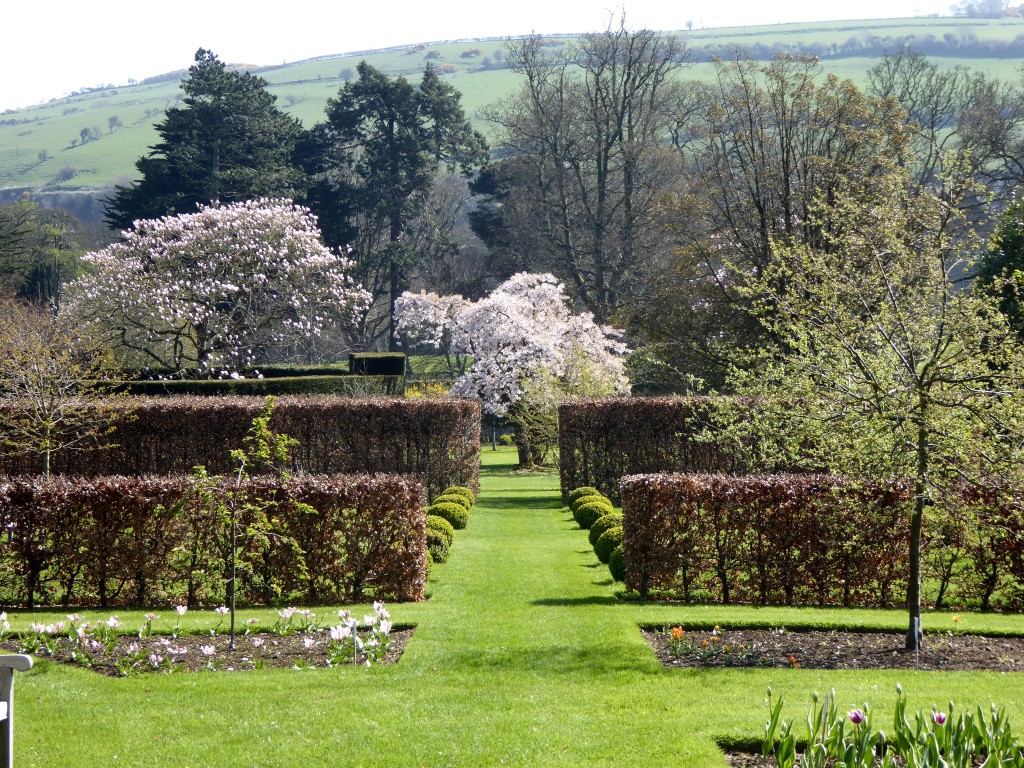
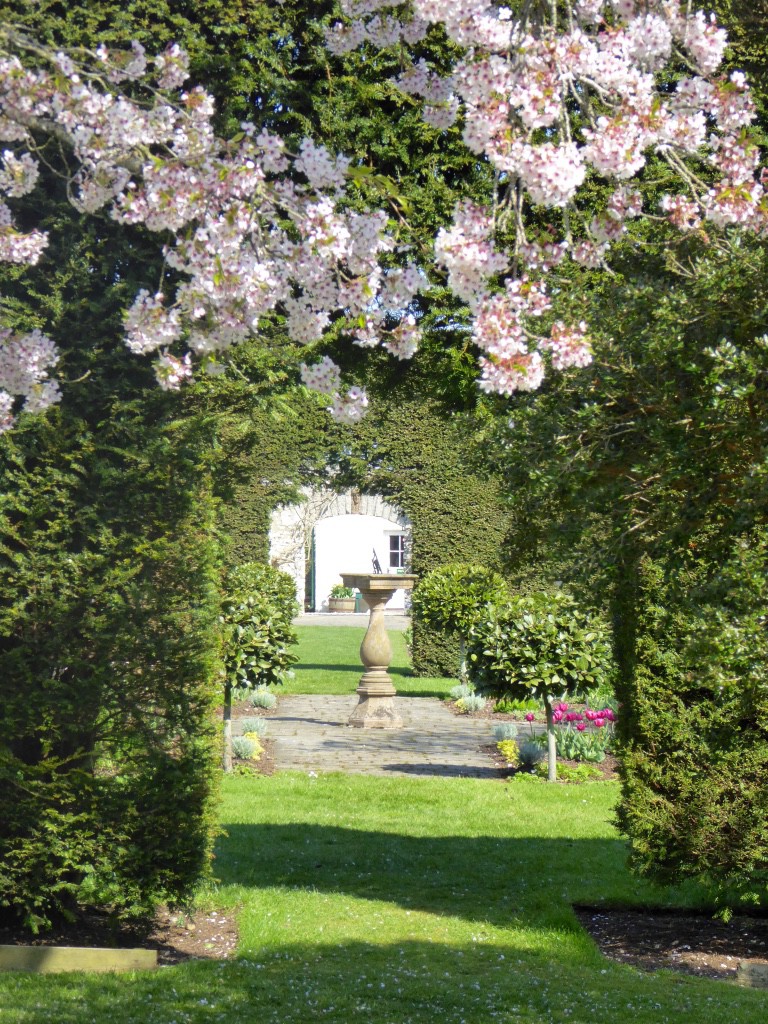
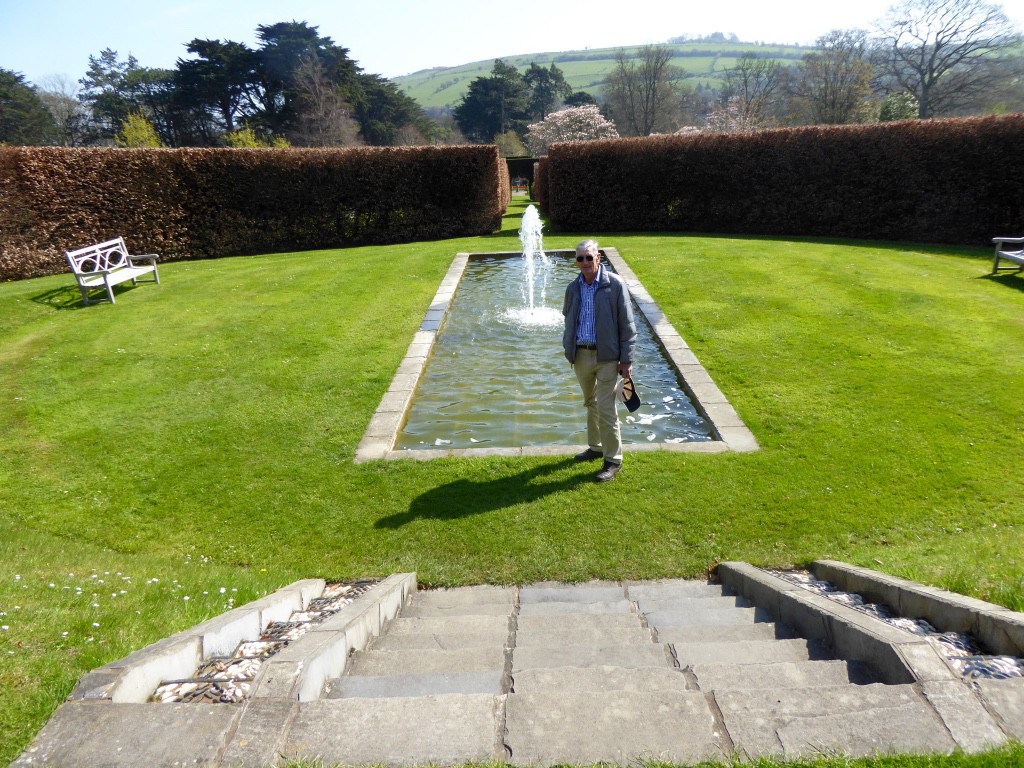
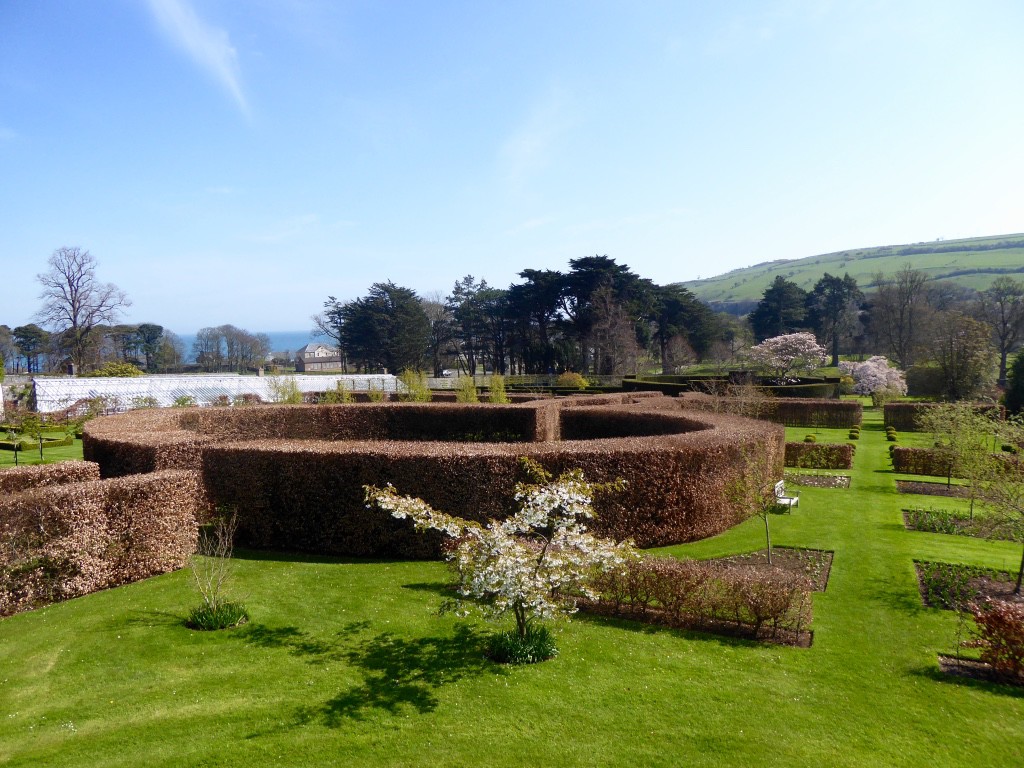
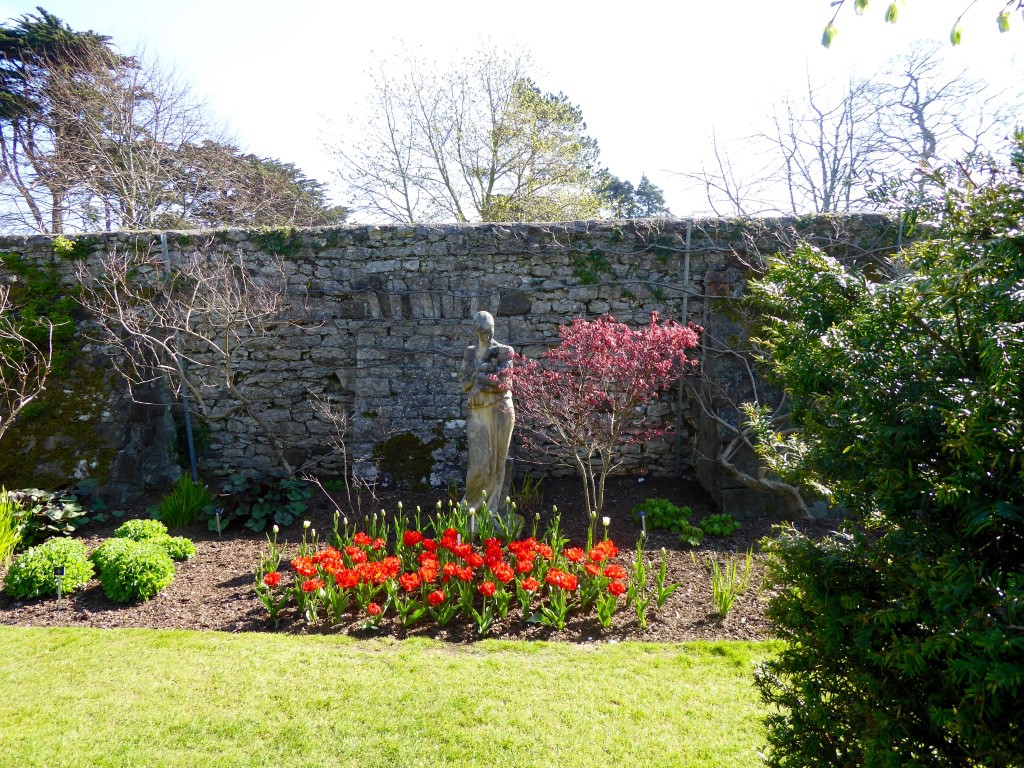
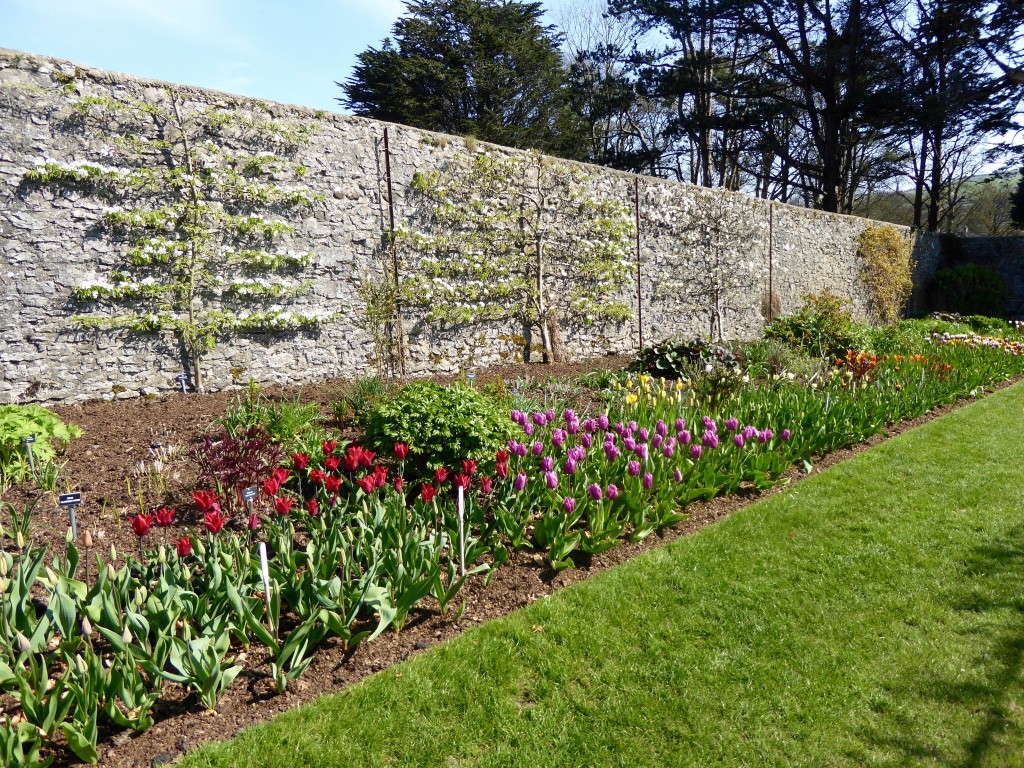
For the next four hours we followed the Antrim Coast Road, which is one of the most famous road trips in the world. Most of the road winds through the countryside, following the scenic coastline. Some parts are even built between large 100m high cliffs and the sea.
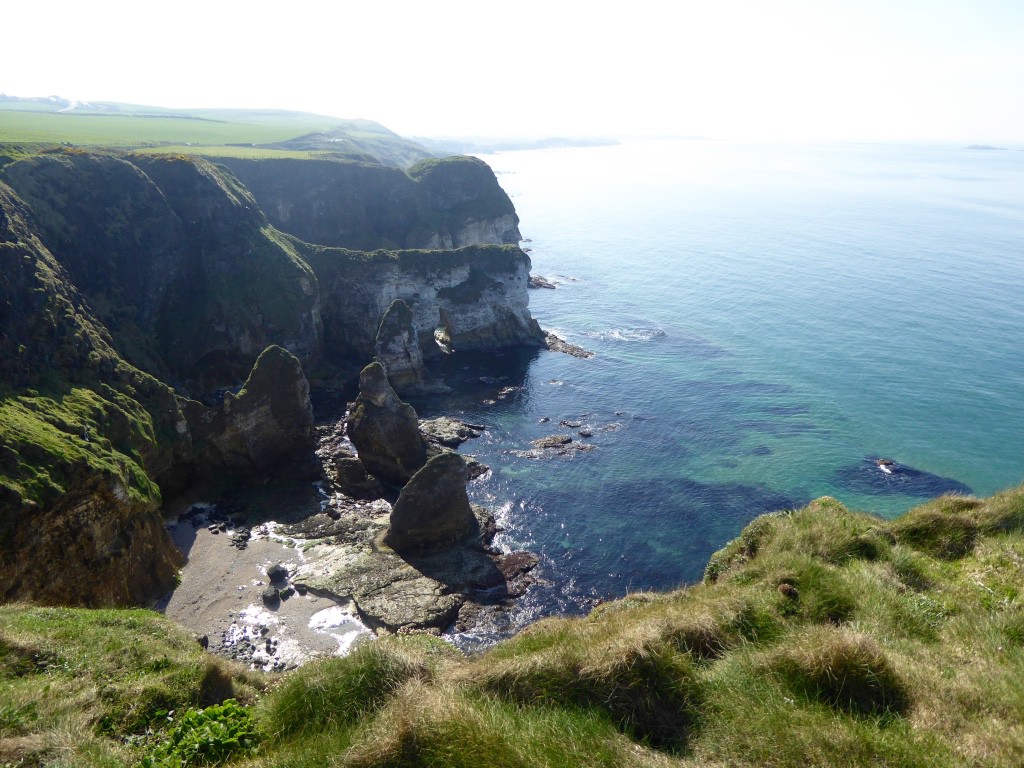
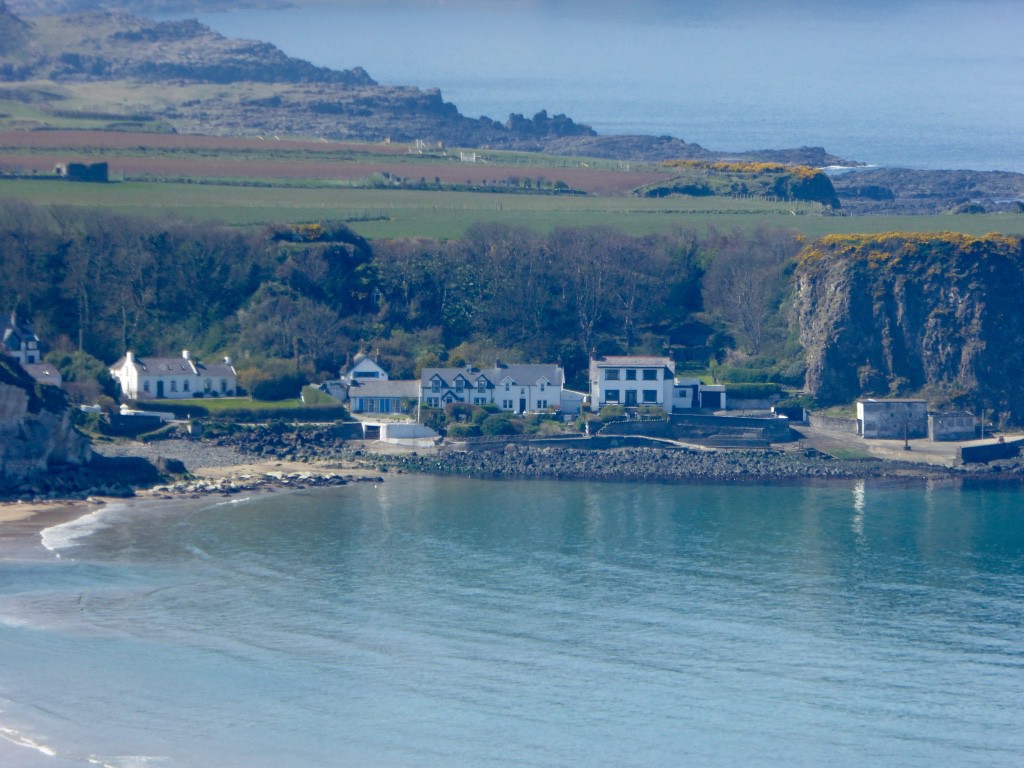

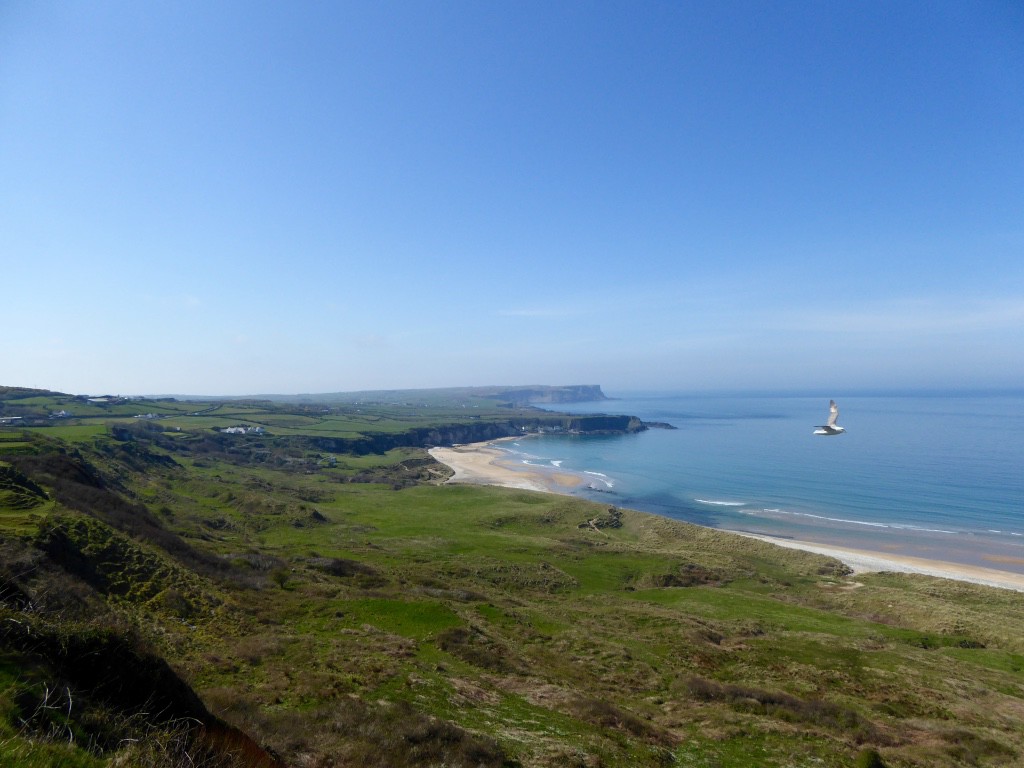
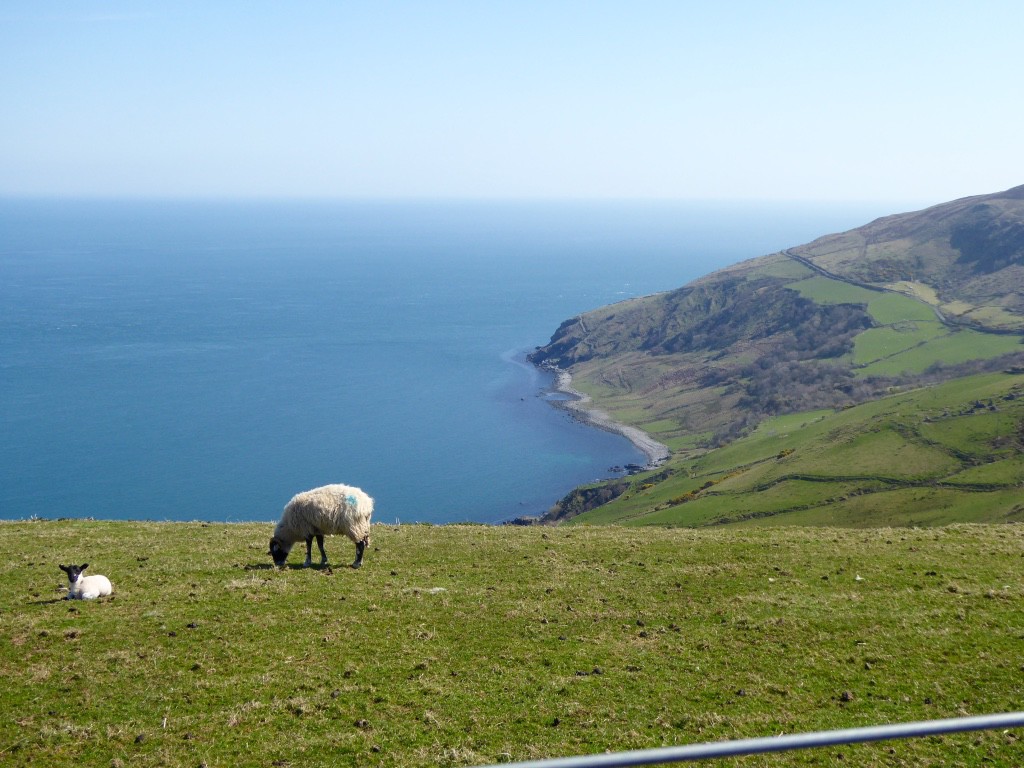
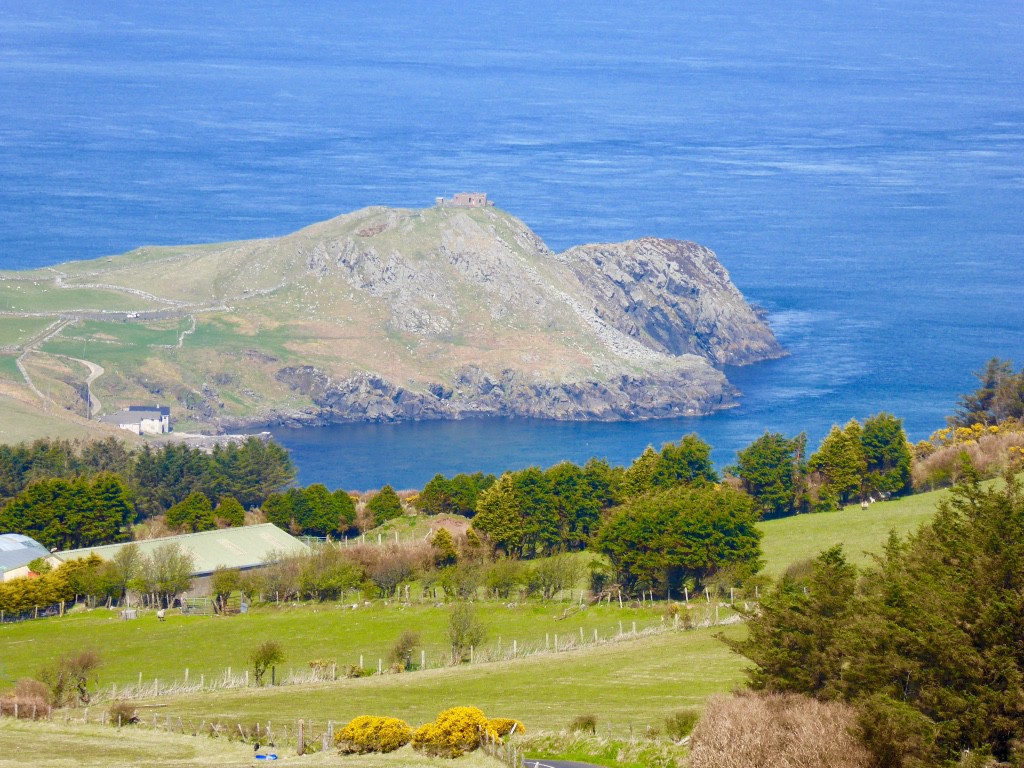
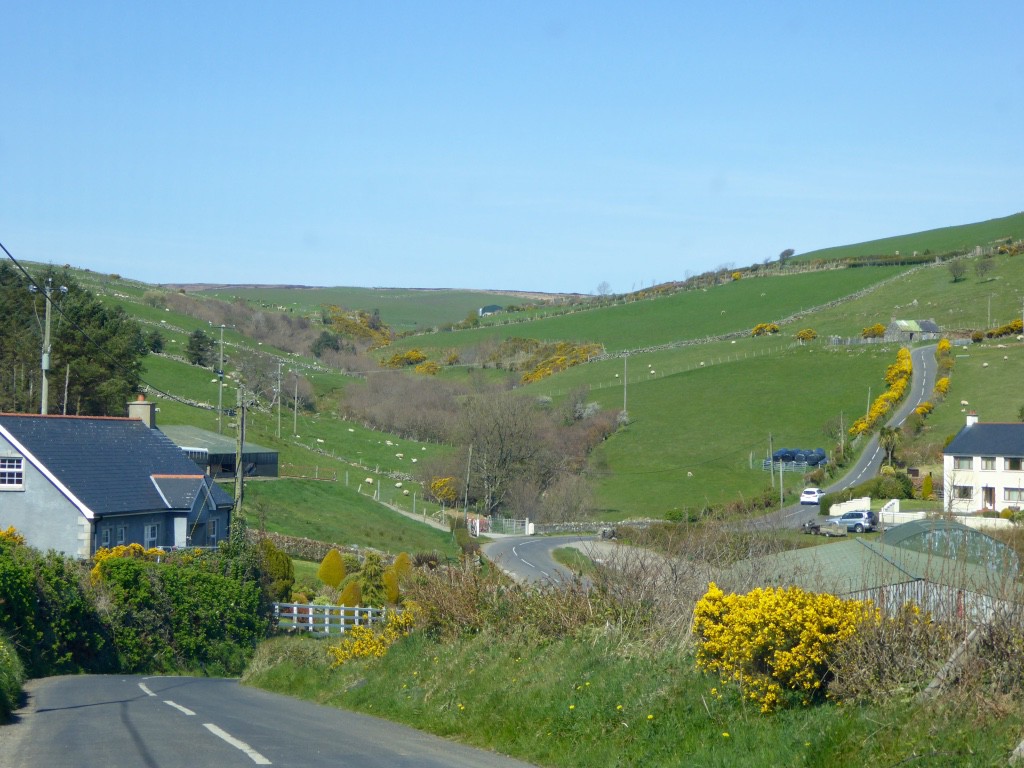

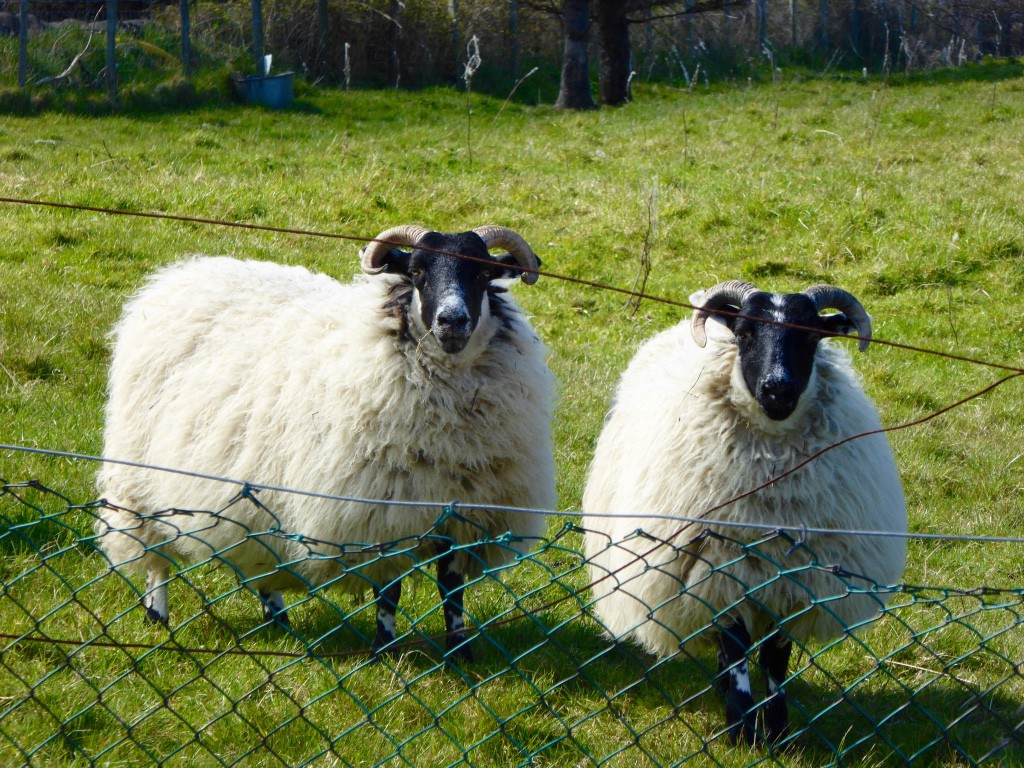
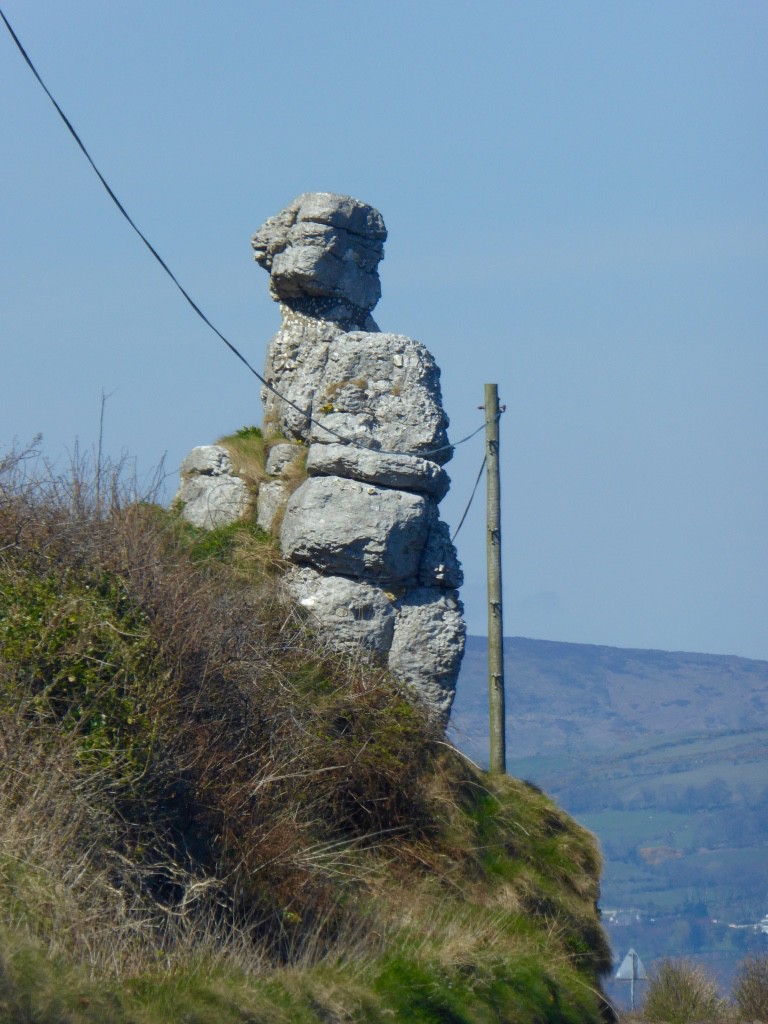
As we drove, we passed the Glens of Antrim. These nine valleys radiate from the Antrim Plateau to the coast and are extremely beautiful. We passed the headlands of Garron Point and eventually arrived in Cushendall, a small coastal town. It lies at the meeting point of three of the Glens of Antrim: Glenaan, Glenballyemon and Glencorp.

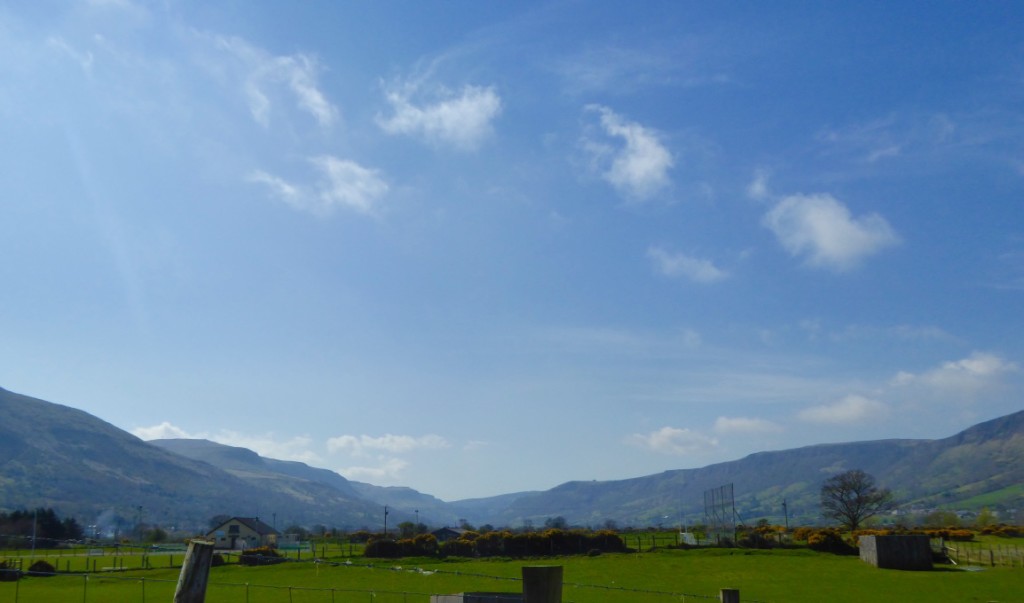
Much of the historic character of this 19th century settlement remains. In 1973 it was designated as the second Conservation Area in Northern Ireland, and includes the largely intact Irish Georgian buildings of the town’s four original streets.
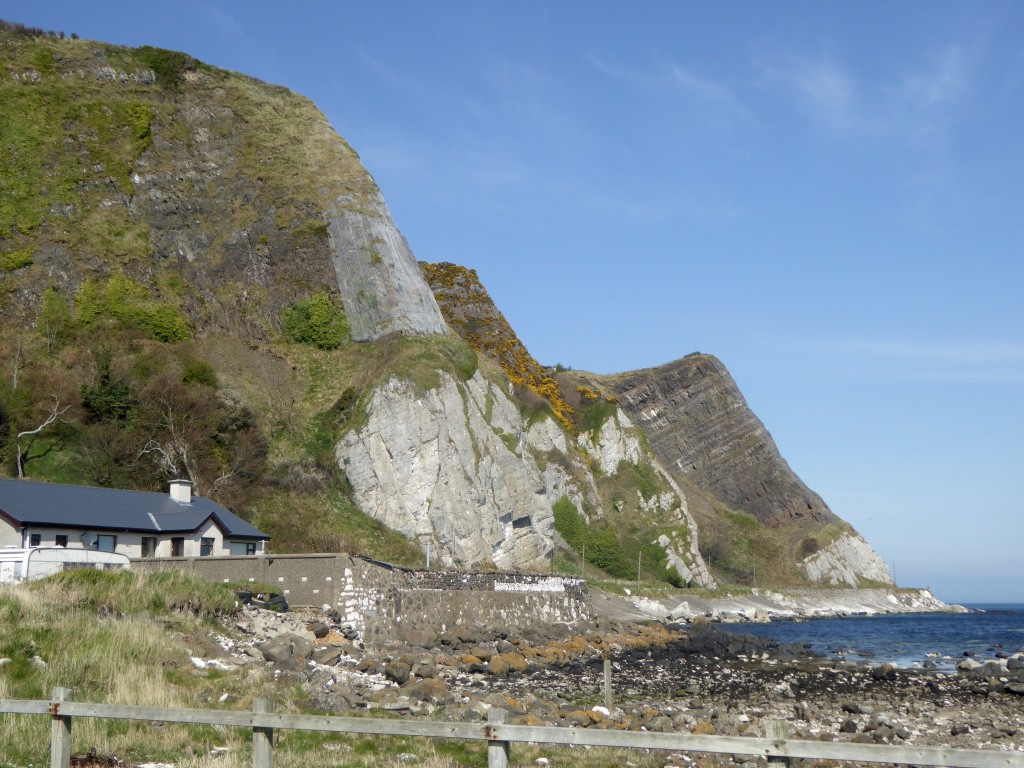
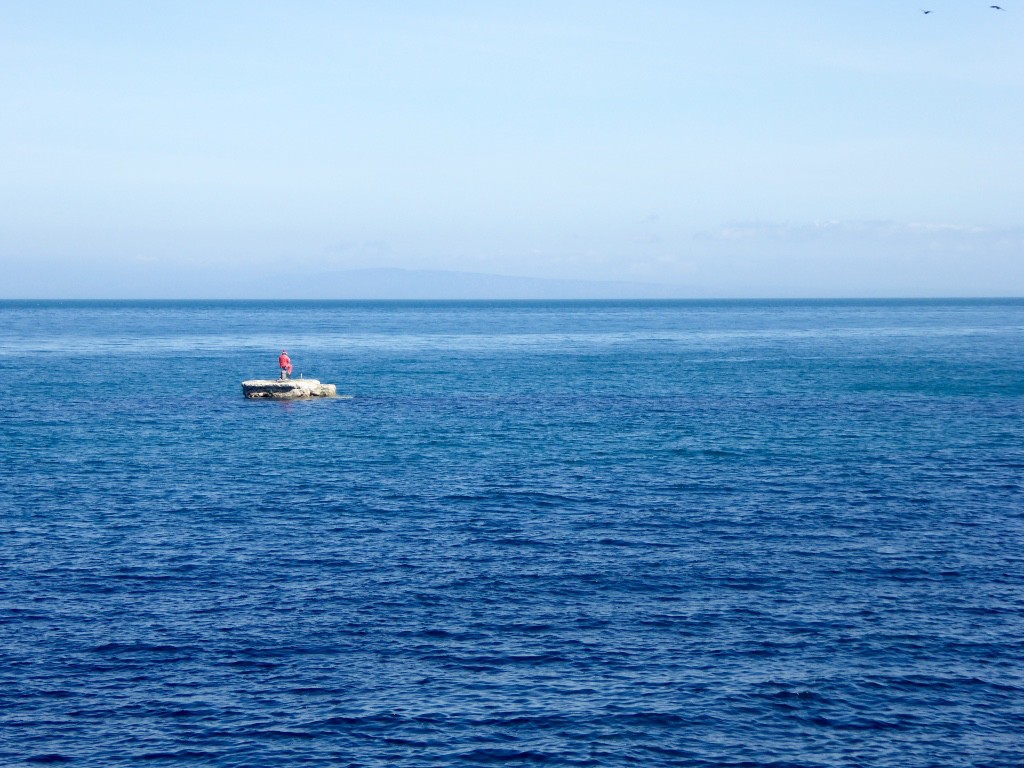
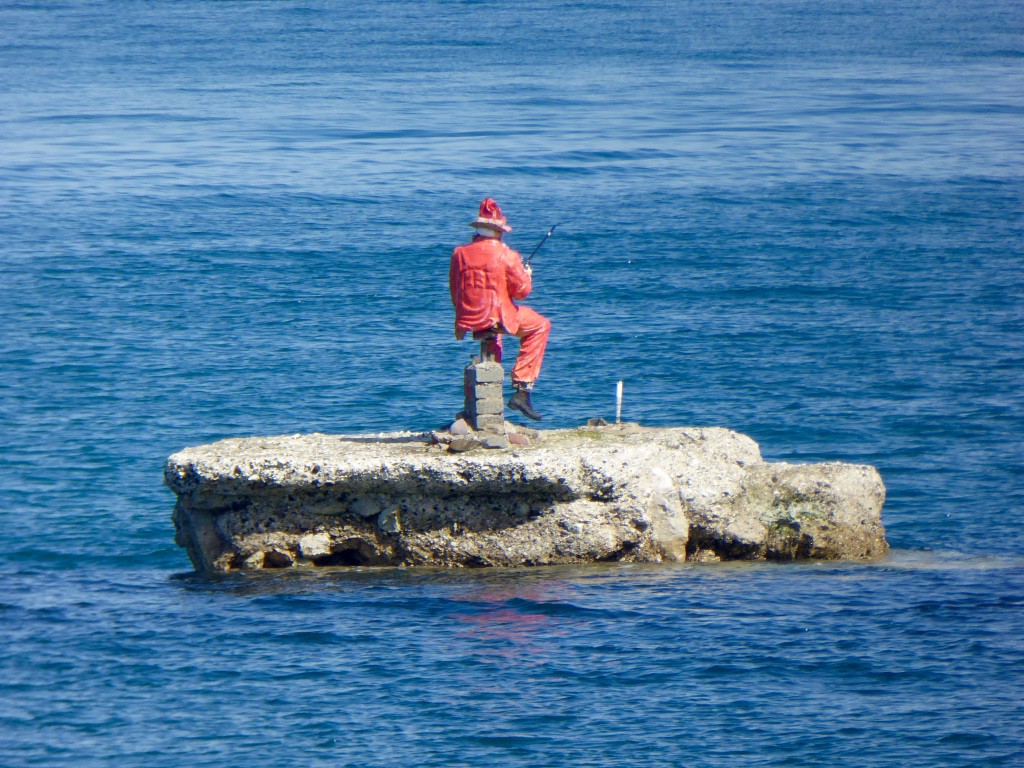
At Cushendall the road heads inland, but we kept following the coast by taking the spectacular Torr Road, a bit of a goat track but we specialise in those! The narrow road is winding and climbs its way up to Torr Head. It was a beautiful sunny day and we could easily see Scotland, which is only 16 miles away.
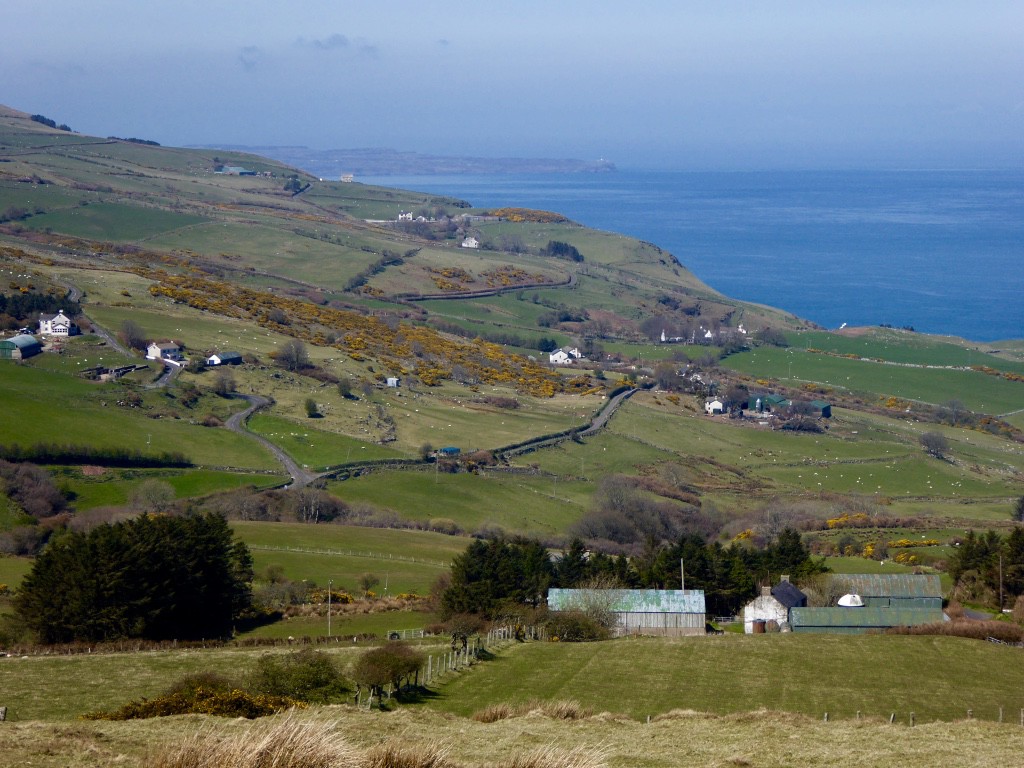
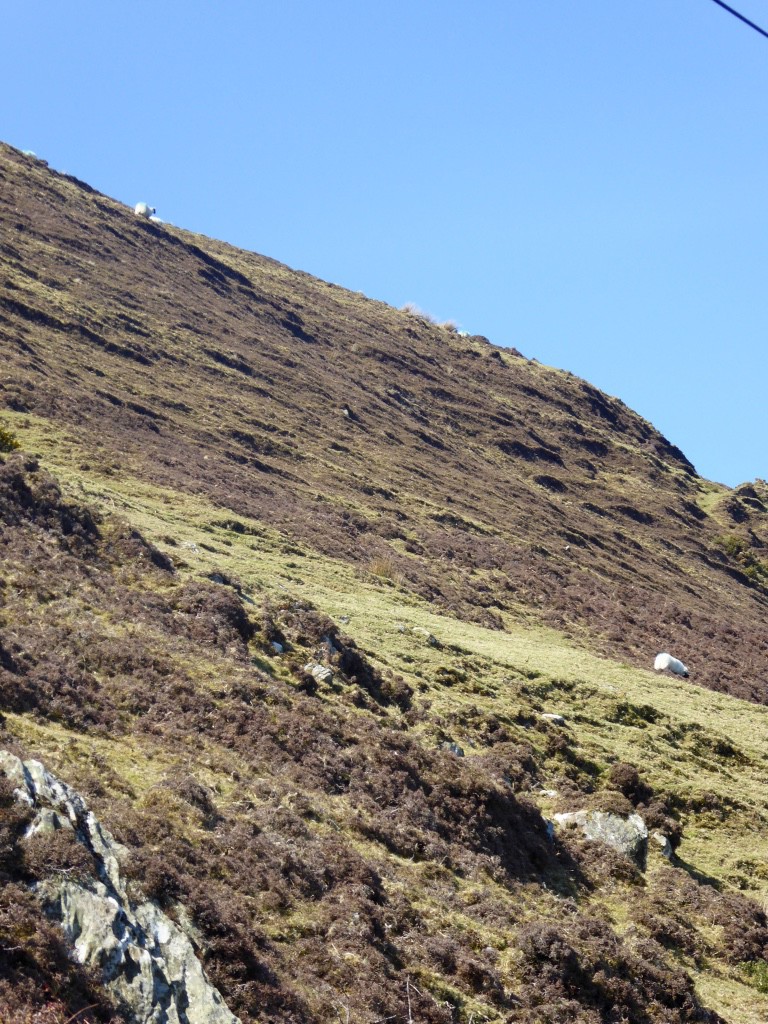
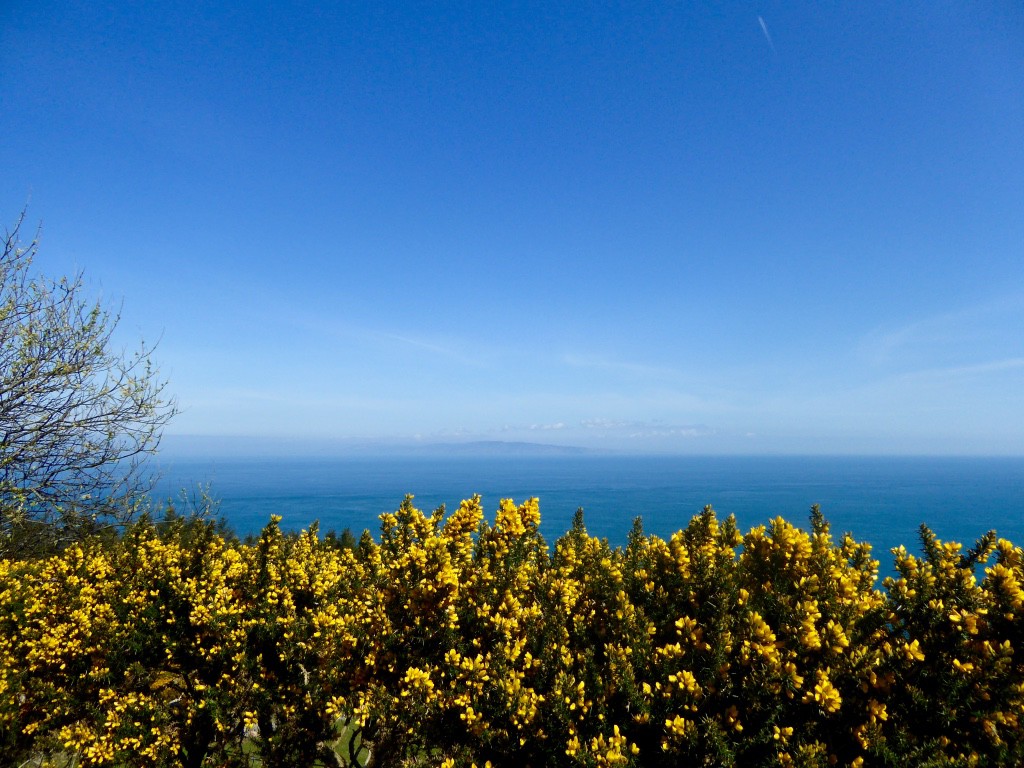
Next on our agenda should have been the famous Carrick-a-Rede Rope Bridge but we missed the turn. We had been warned it was quite a walk and wanted to make sure we caught the ferry over Lough Foyle in time so kept going to the Giant’s Causeway
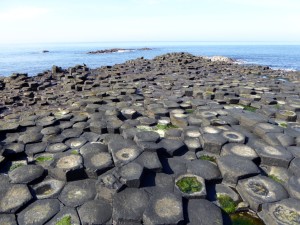
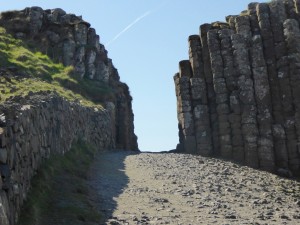
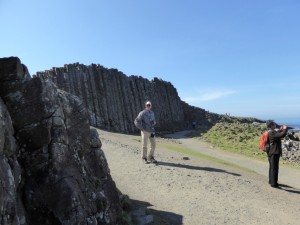
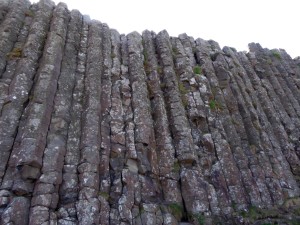
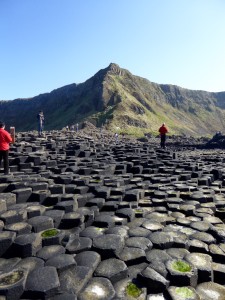
This is an area of about 40,000 interlocking basalt columns that were formed some million years ago by an ancient volcanic eruption. The tops of the columns form stepping stones that lead from the cliff foot and disappear under the sea. At some spots the columns are about 12 meters high, and 28 meters thick. So spectacular it alone was worth the trip and the Irish tale of the two warring giants who formed the causeway was very plausible!
Heading through Bushmills (sadly passing up on the Whiskey Distillery) to Portrush, we passed the Dunluce Castle ruins. These ruins are located on a spectacular headland. The castle is surrounded by extremely steep drops on either side and is only accessible via a bridge connecting it to the mainland. Portrush itself is a pretty seaside resort town. The main part of the old town is built on a mile–long peninsula and is known for its sandy beaches
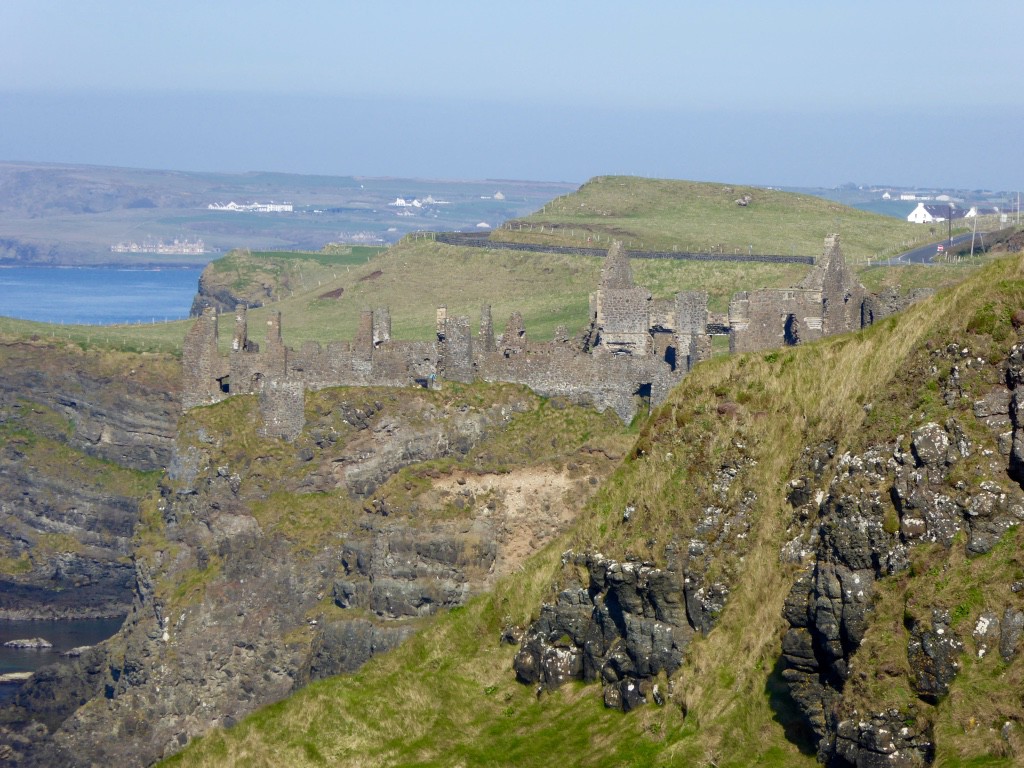
Magilligan Point guards the mouth of Lough Foyle and is home to Lough Foyle Ferry, Martello Tower and The Point Restaurant where they serve the best Seafood Chowder. According to Marty it is the best in the world and he is not far wrong!
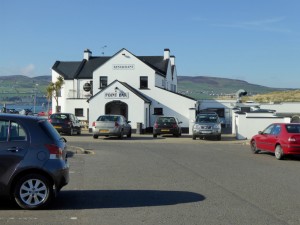
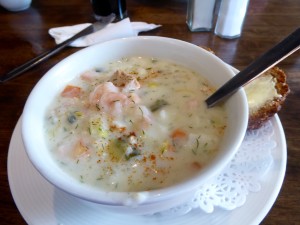
We caught the ferry to Greenhill and wound our way to Derry through some beautiful countryside.
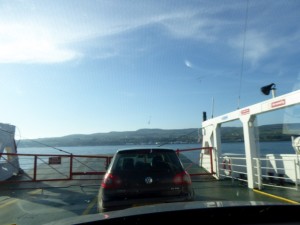
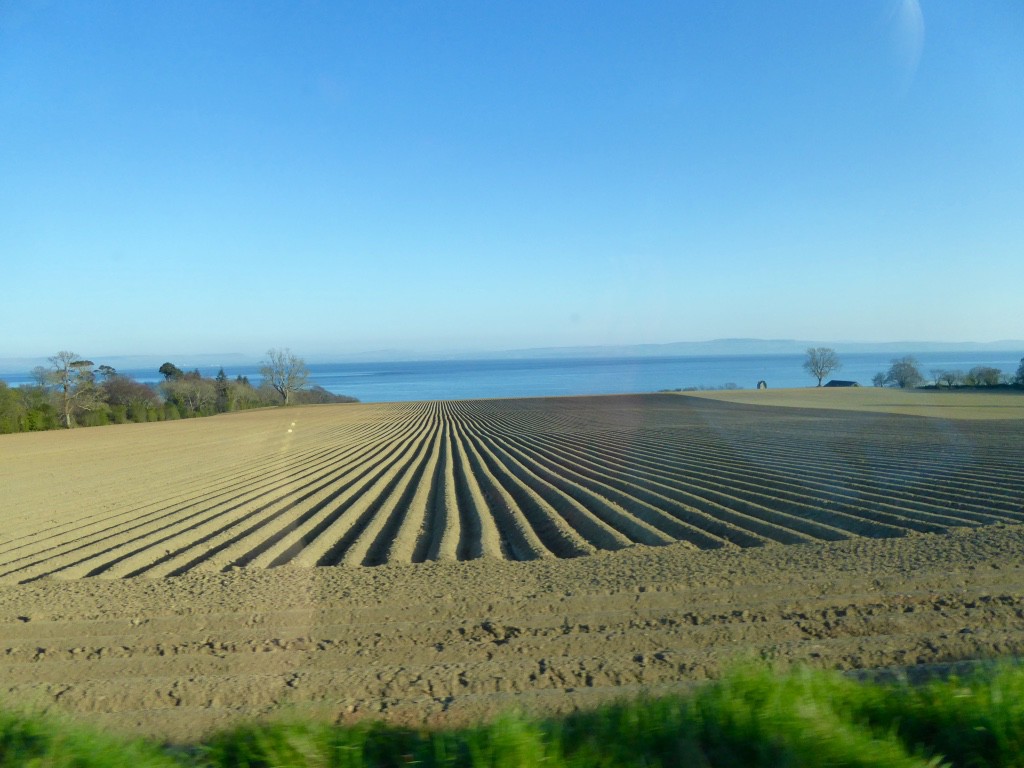
We arrived at Troy Hall to be greeted by a patiently waiting Michael Doherty. Troy Hall is circa 1890s and is the original grand manor house. No hot water wasn’t a good start to our stay but, having left a number of messages for Michael, it came on about 10pm and we sank into the comfy beds so we would be ready for our exploration of Derry the next day.
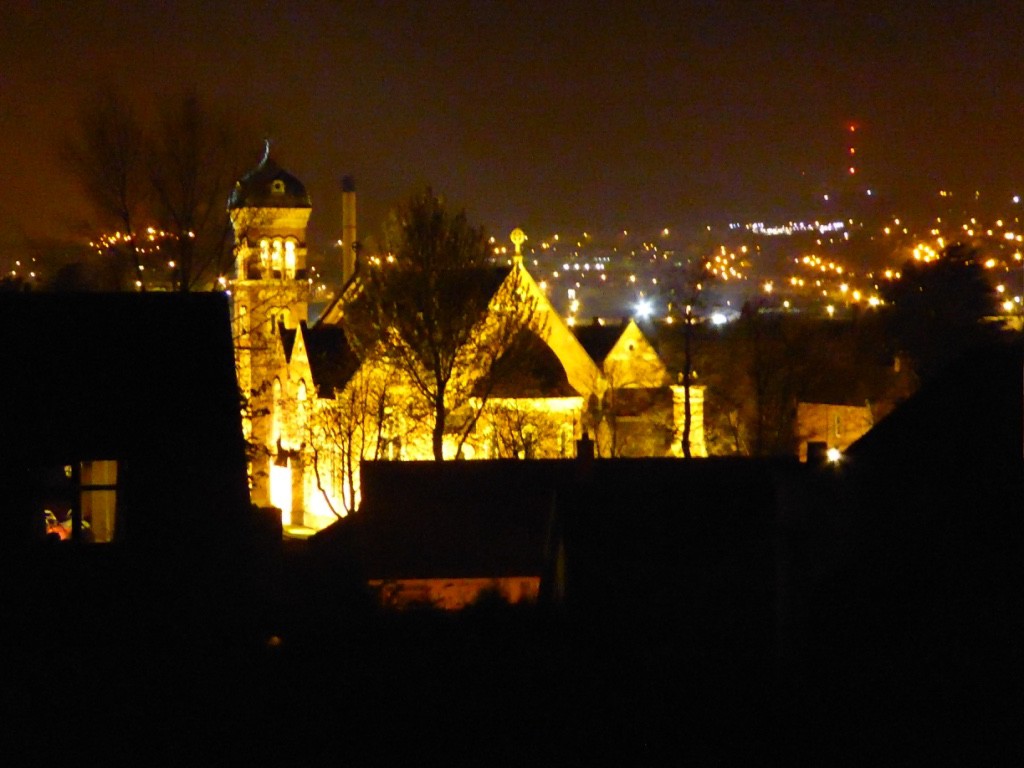
Author: lbassingthwaighte@gmail.com
Off to Ireland
We headed off from York in the afternoon and for the first time encountered heavy motorway traffic because we were passing by all the major cities of the Midlands: Leeds, Manchester and Liverpool. The locals call it the biggest moving carpark in the world!
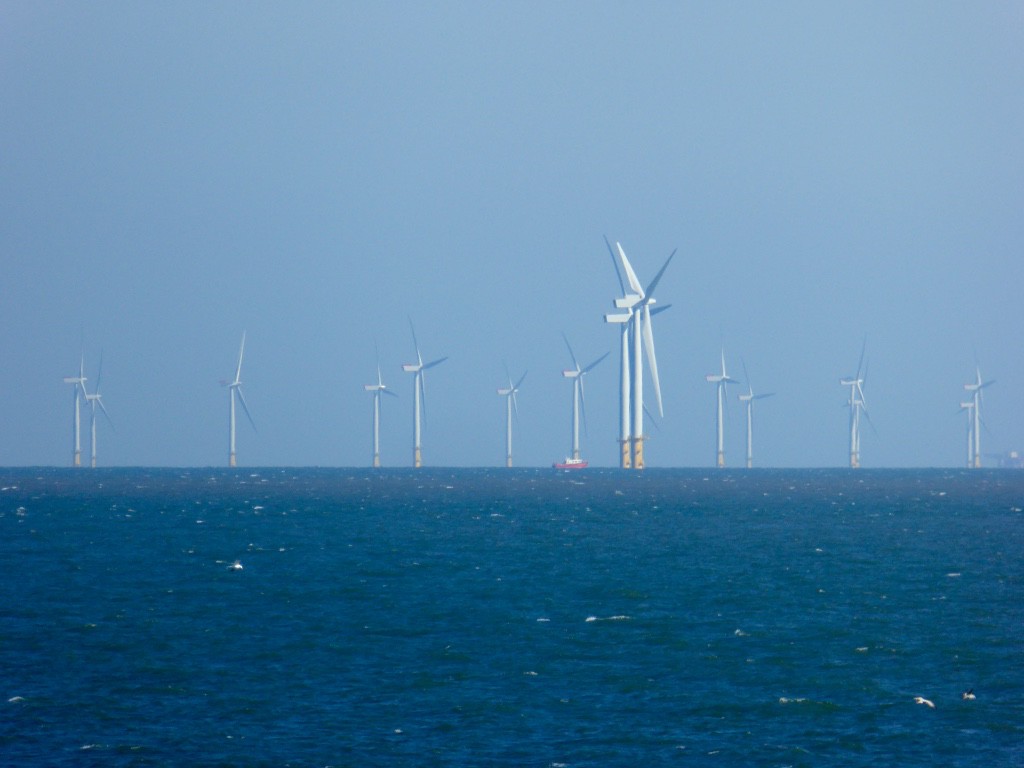
It was a bit of a grind but we finally made it to our B & B at Colwyn Bay on the north coast of Wales. Colbourn’s Hotel was a nice old-fashioned seaside B&B, there was even a wide sandy beach – at low tide, and our hosts Michael and Leslie gave us a very warm welcome and directed us to the nearby Toad Hotel for dinner.
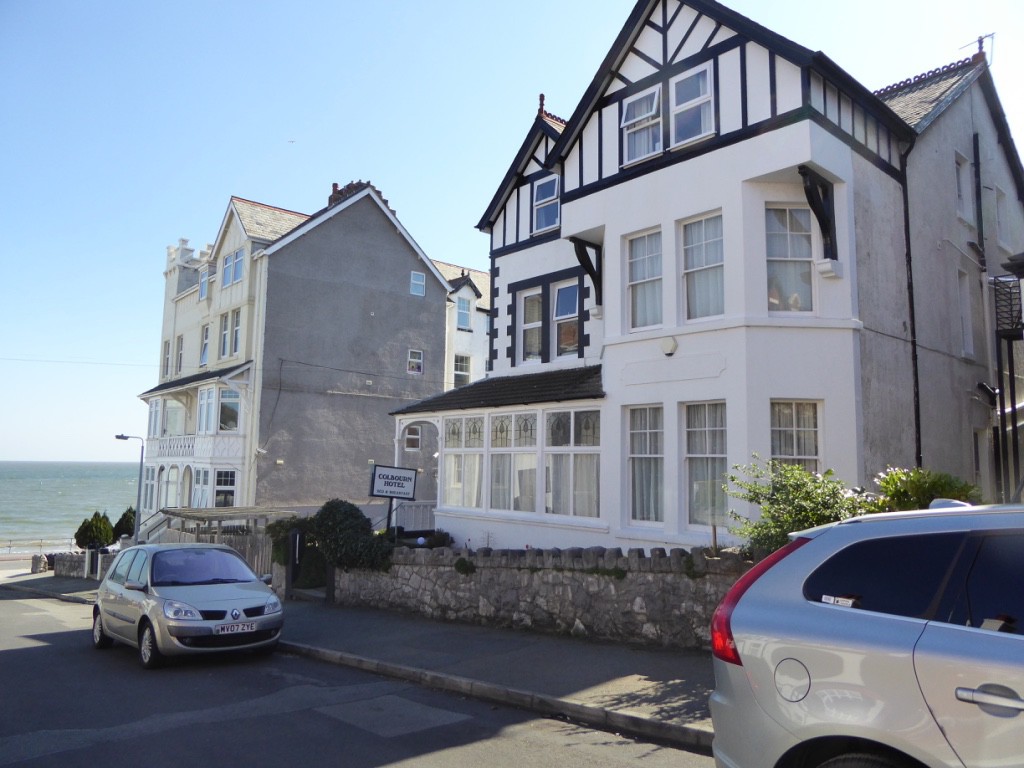
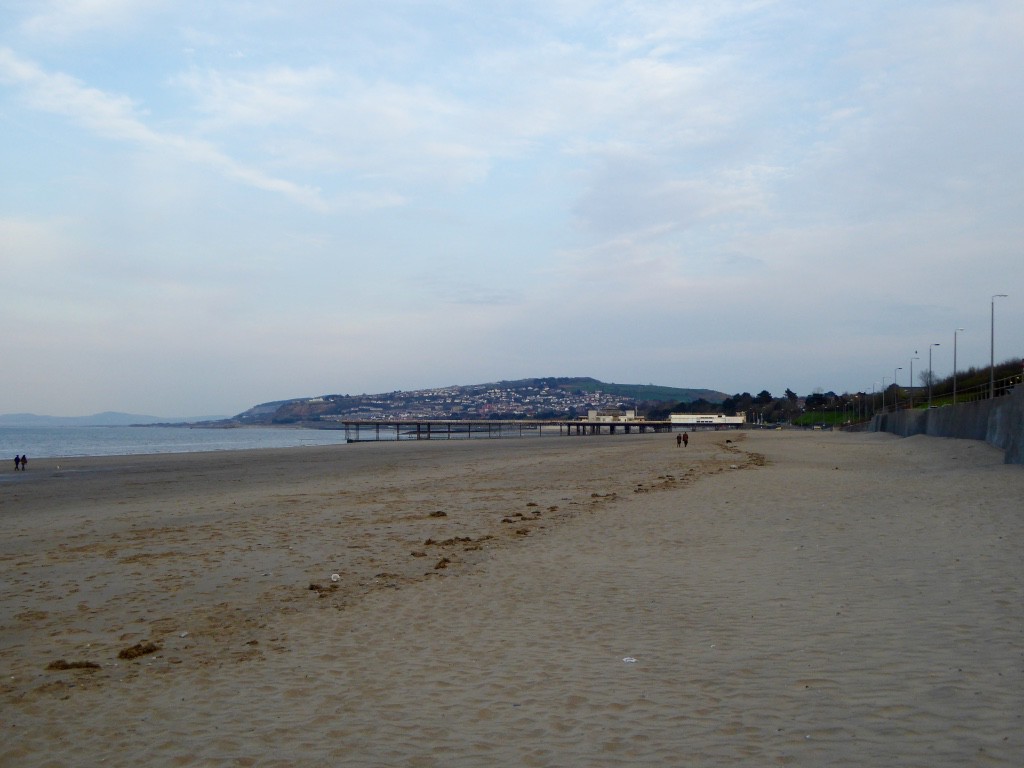
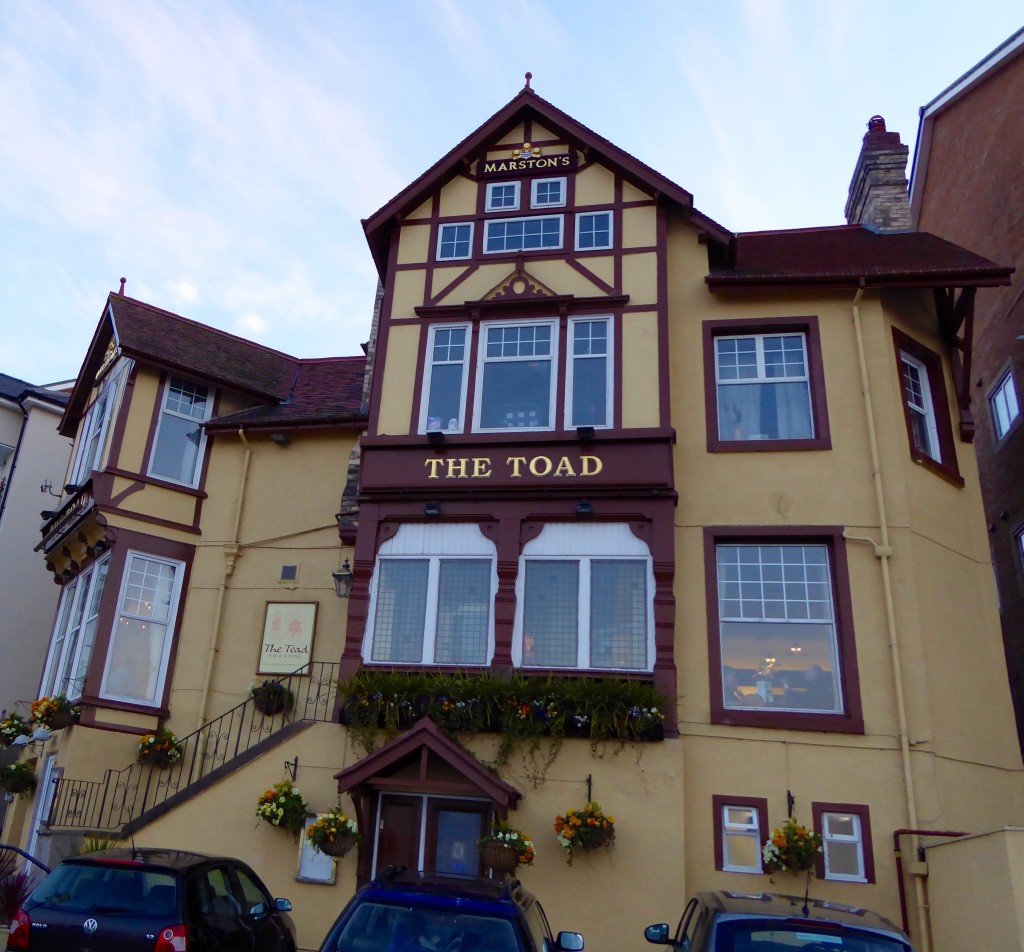
Next morning Michael told us about “1940 Day” being held in the town square so we went up for a look to find a lot of happy people parading about in 1940’s dress and uniforms plus restored jeeps etc. and, star of the show, a Spitfire. We walked around this wondering was it real? ; and how did they get it into the main street of Colwyn Bay?
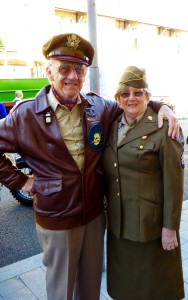
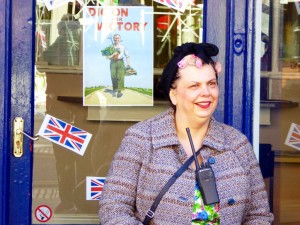
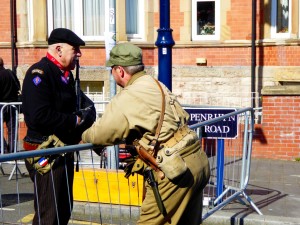
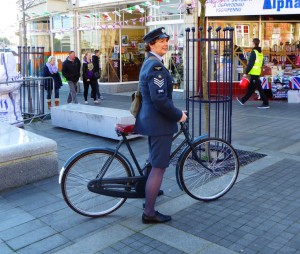
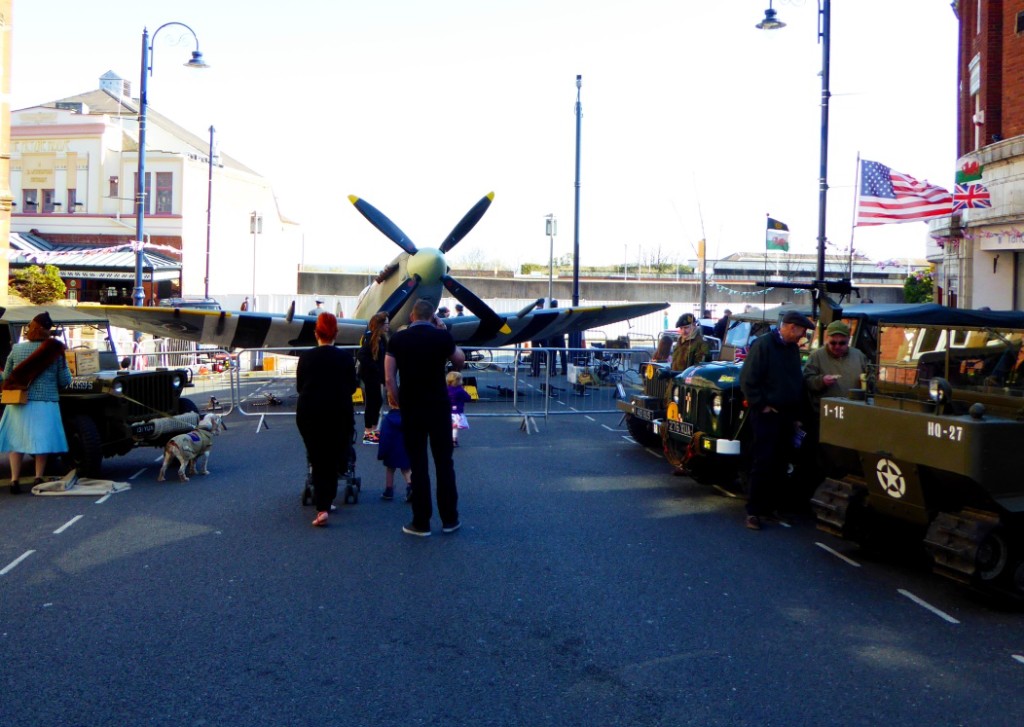
Well turns out it was a replica made to replace a genuine RAF gate guard Spit which had been restored to flying condition. A group of Spitfire enthusiasts had later acquired this replica and set about improving it by fitting genuine Spitfire parts: gun sight, instruments & controls etc. For a small donation you could pretend to be an old Spit pilot and have your photo taken – naturally I was up for that!
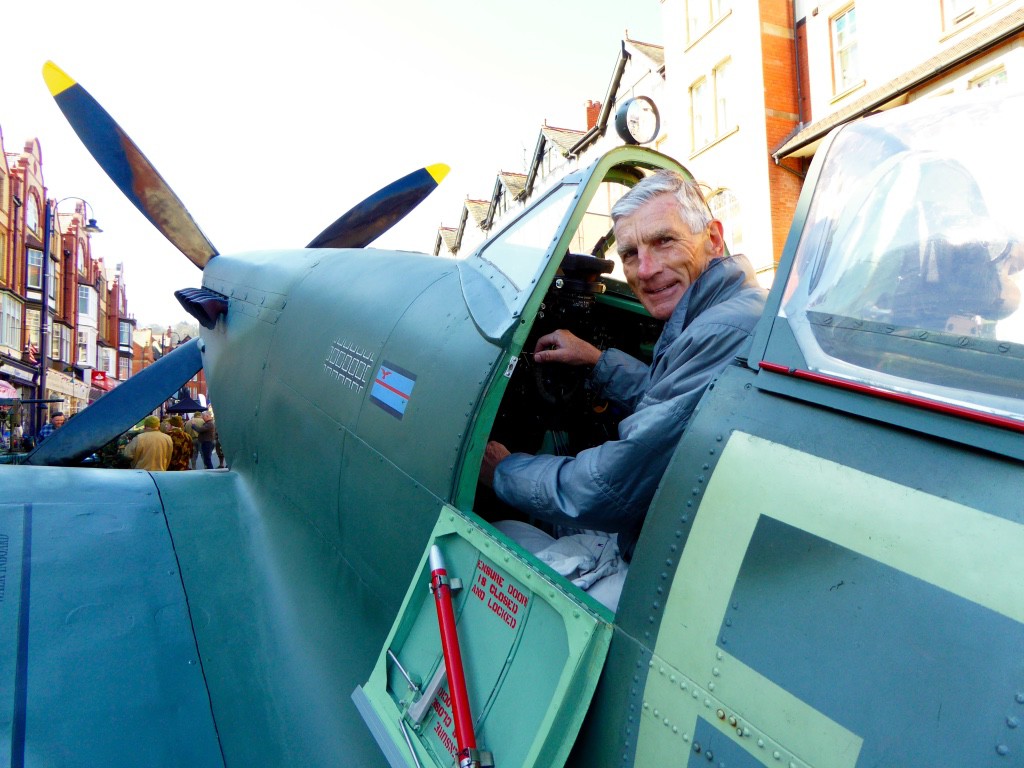
Then it was on to Hollyhead to catch the car ferry via a quick look at Conwy castle on the way. The ferry was a bit bigger than our Straddie barge (it is the largest car ferry in the World and can carry 1342 cars and 2000 passengers) and gave us a comfortable three hour run to Dublin.
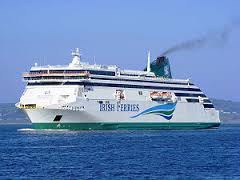
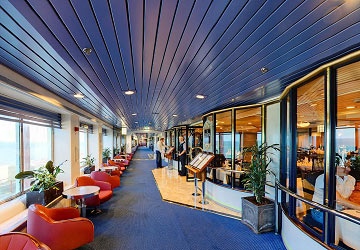
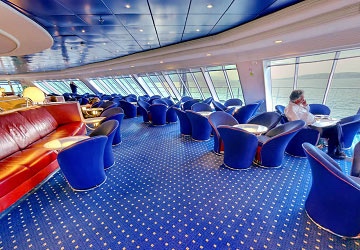
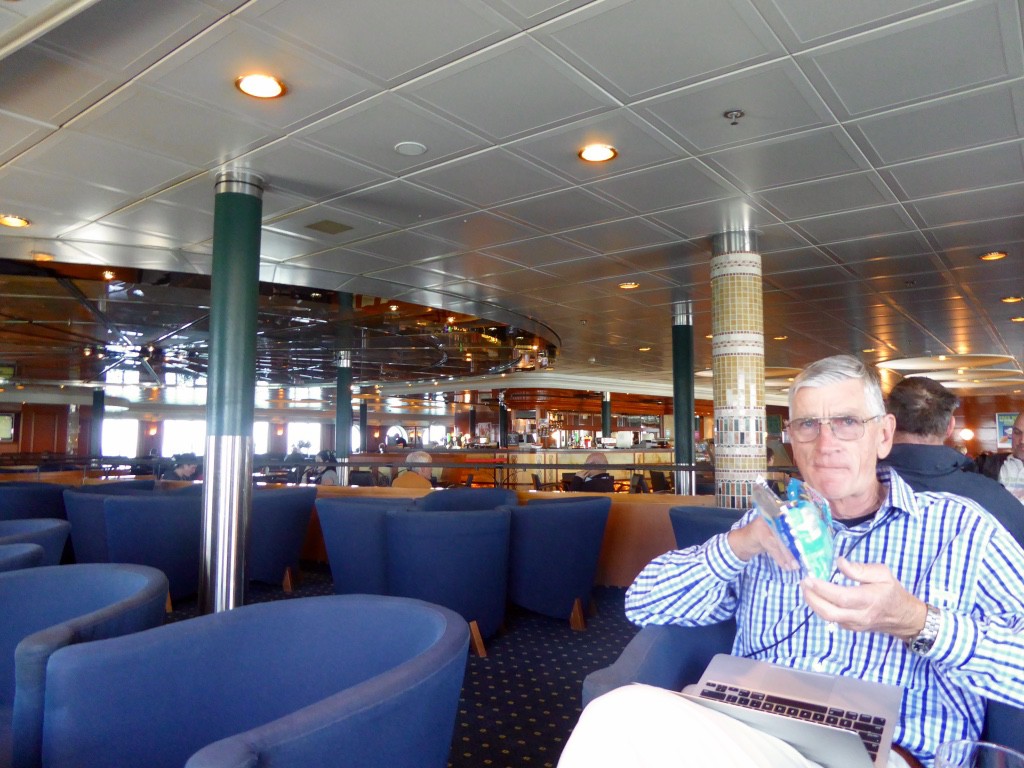
On arrival we checked in to Brooks Hotel and went out to find a meal. Saturday night Dublin was packed with Dubliners and tourists so we found a spot on a sidewalk café and watched the world go by.
On Sunday morning we walked up for a look at St Patrick’s Cathedral and then caught one of the Hop On / Hop Off Bus tours for a look at the city sights. The first place we got off was Kilmainham jail. The older part of the prison was completed in 1796 and is a pretty grim old place and is the part where the condemned men were kept. An additional improved part was added in the Victorian era but this was closed for maintenance and we did not see it.
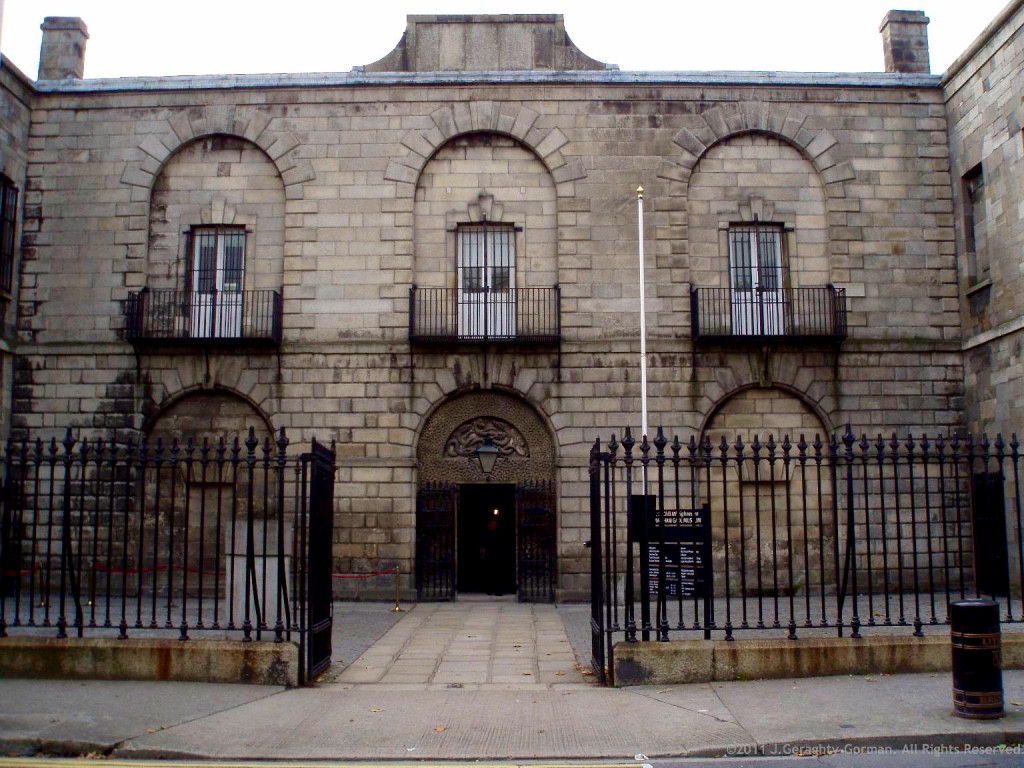
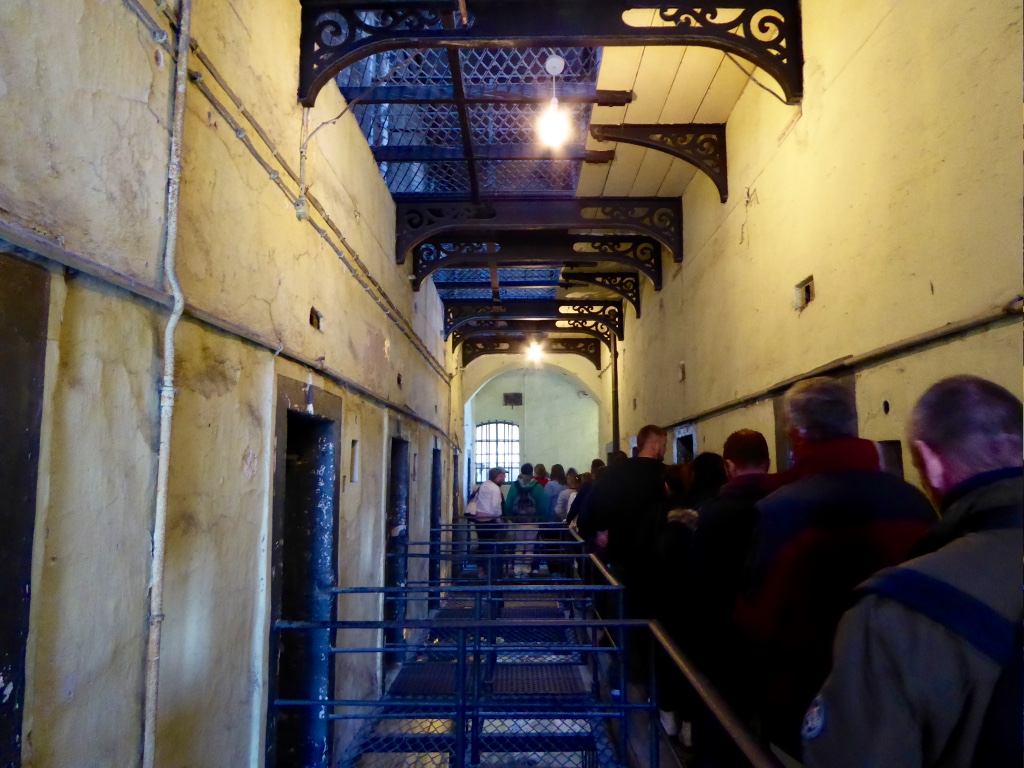
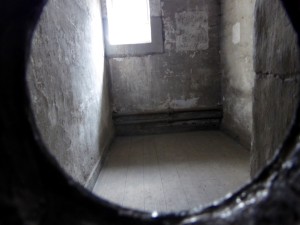
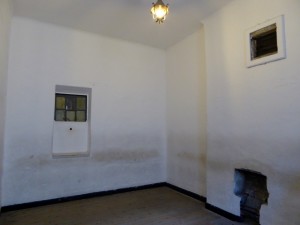
This is a sacred site for Irish Republicans as seven of the principal leaders of the 1916 rebellion were executed by firing squad in the prison on 3rd & 4th May 1916. These events led directly to the 1918 – 1922 rebellion, the establishment of the Irish Free State in 1922 and the eventual Irish Republic. Sadly the establishment of the Irish Free State was followed by a very ugly civil war.
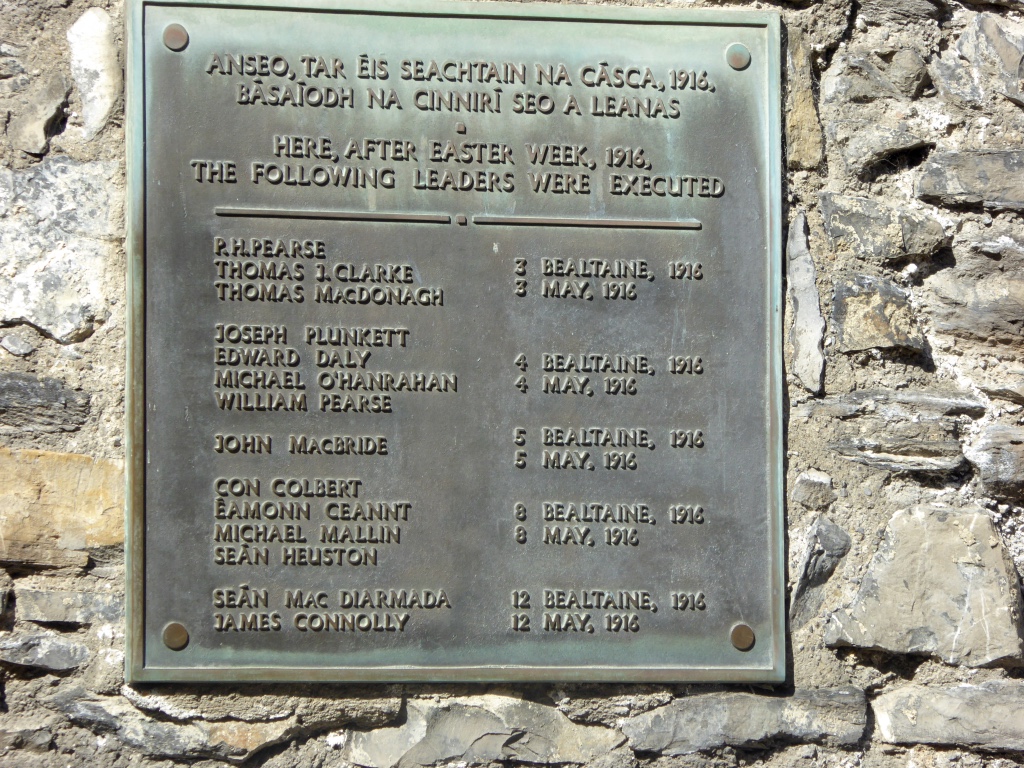
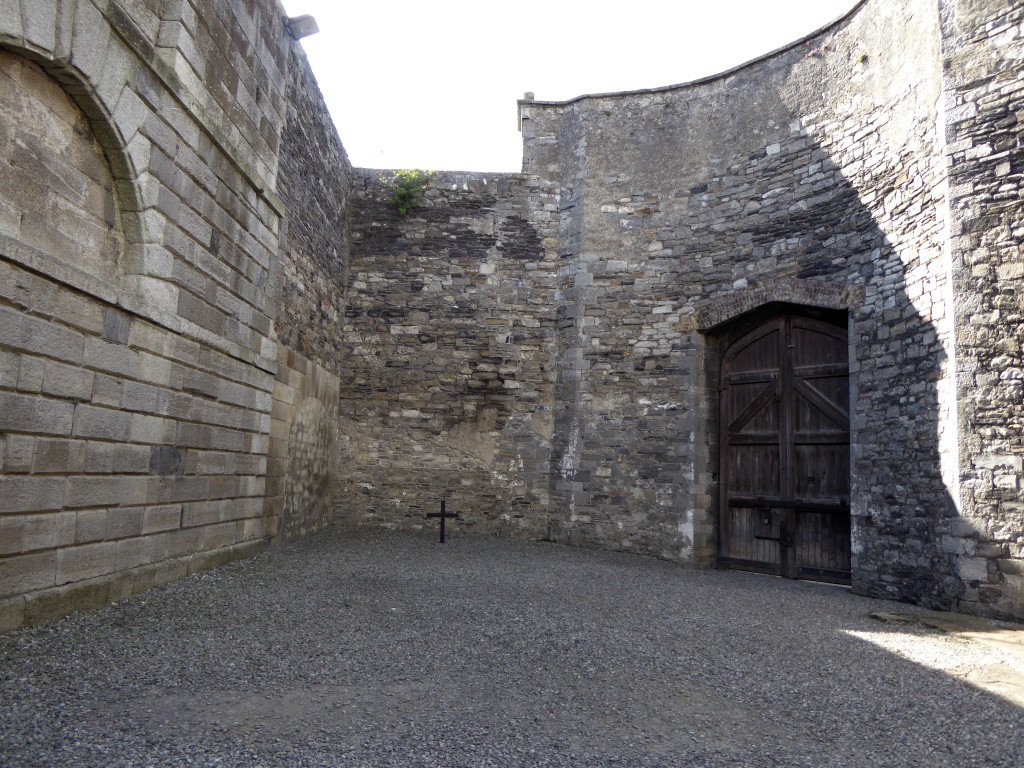
Following this sobering interlude we remounted the bus tour and got off next at the Guinness Brewery. Their newly converted Guinness Storehouse is a most impressive building. The core of the building is shaped like a giant pint glass, and consists of seven floors. Along each floor, you get to see how Guinness is made. The top floor, which holds the Gravity Bar, is the most fun. You get a complimentary pint of Guinness and the most spectacular view of Dublin. We happily consumed our pint while looking out over the city – together with about 5,000 other people (I’m exaggerating just a bit).

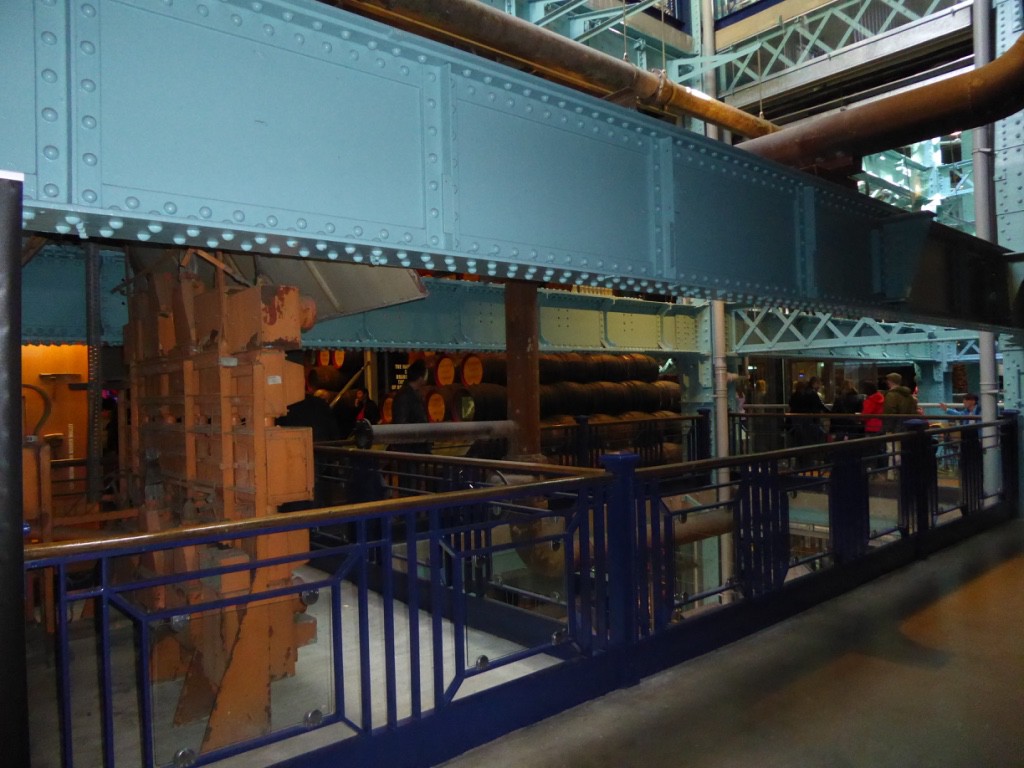
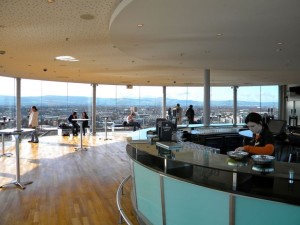
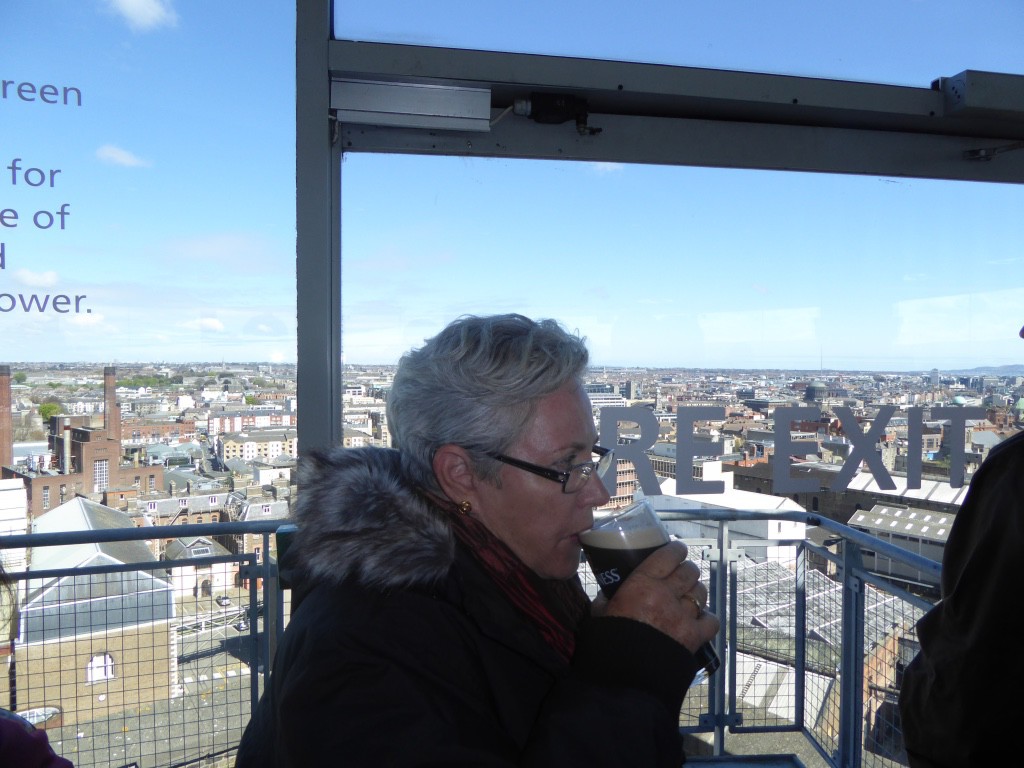
We completed the bus tour seeing such sights as the illustrious Trinity College, Christ Church Cathedral and Dublin Castle. The weather by this time was freezing and we were pleased to retire back to the Hotel.
The next day was as pleasant and warm as the previous day had been cold and windy. We made a leisurely drive up to Coalisland to meet Christine’s family stopping on the way at the Bernish lookout, which has the most spectacular views over the Irish countryside, and on the way called in at a 3 chambered burial cairn dating back to 3500BC i.e. 5500 years old! The cairn is very well preserved and one of only a few three-chambered cairns in Ireland.
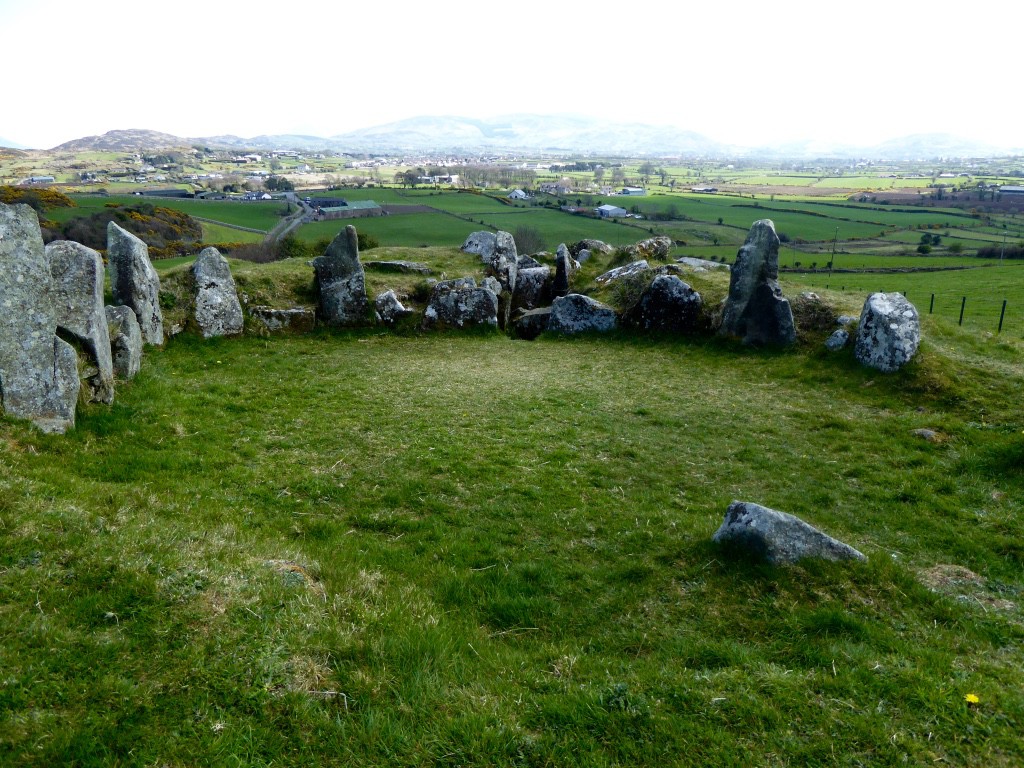
Christine’s cousin (and bridesmaid) Lisa and her mother had organized for us to have dinner with the family, which was very hospitable. We finally got to meet Nanny Maureen, who turned out to be just as lovely as Christine had described, and caught up with Dara and Phillip who had been out for the wedding. Various members of the family kept popping in and out and altogether it was a great night.
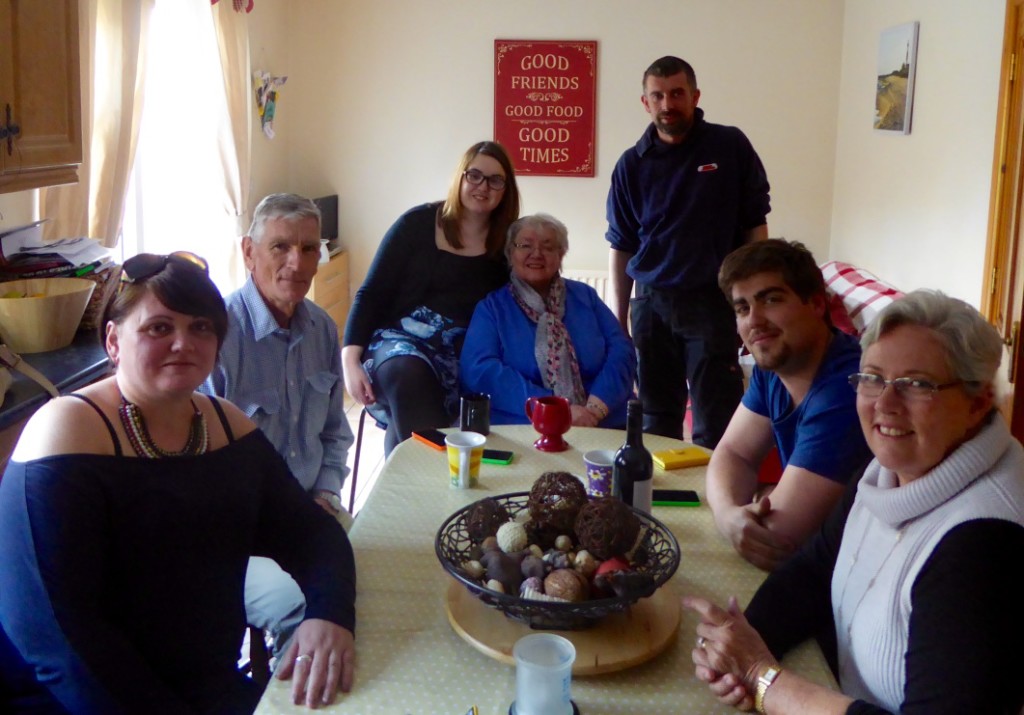
We finally left about 10 o’clock to head for our B&B where our host, Robert, was waiting up for us with a cup of tea
Walking the Wall
Arrived in York. Can overlook the fact that our room at the hotel is through a maze of corridors at the back of the hotel and a total fire hazard because we are just across the road from York Minster, which is amazing.
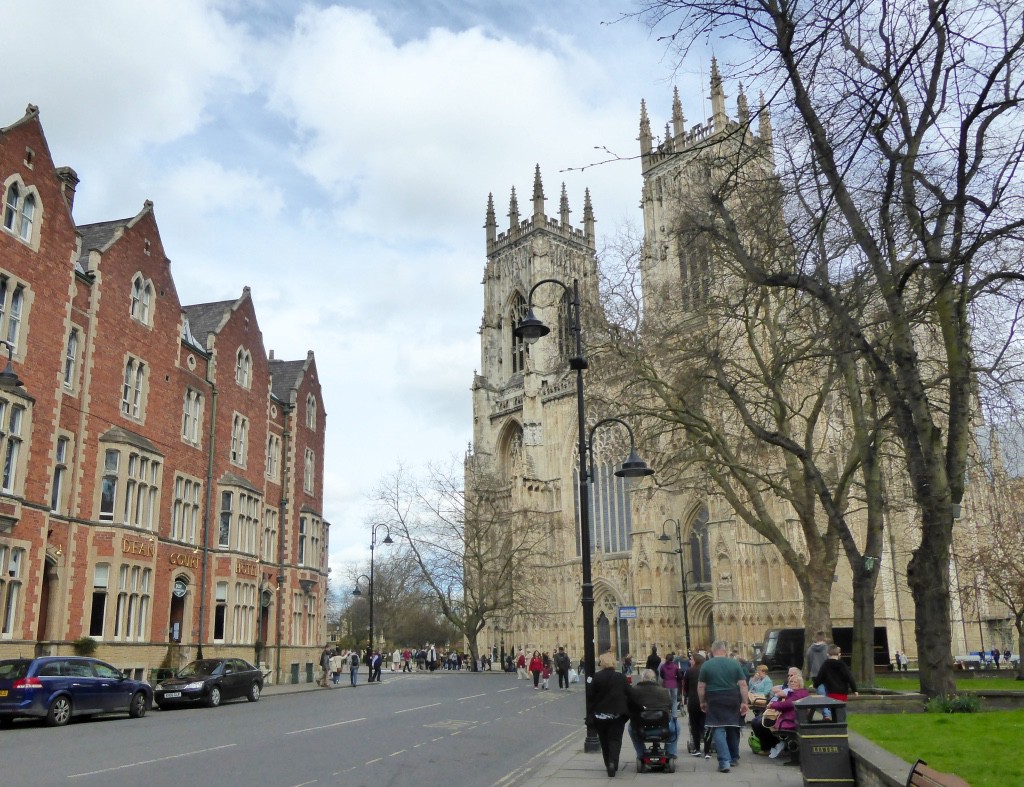
Dropped our bags off and headed for the wall. We walked the high section behind York Minster heading for the Black Swan, which is one of the oldest pubs in York. We never made it to the Swan because at the bottom of the steps was the York Model Shop! With a gleam in his eye and muttering “Good job Mike isn’t here” Ed headed into the shop with me following muttering, “We are going to need a shipping crate to get home”.
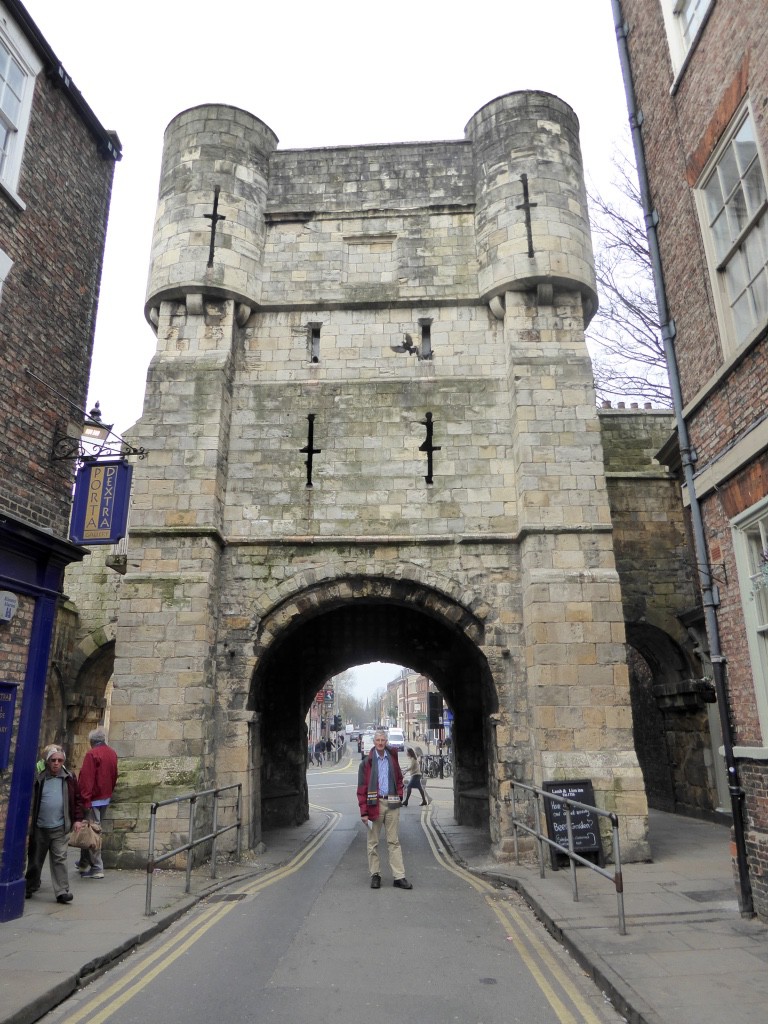
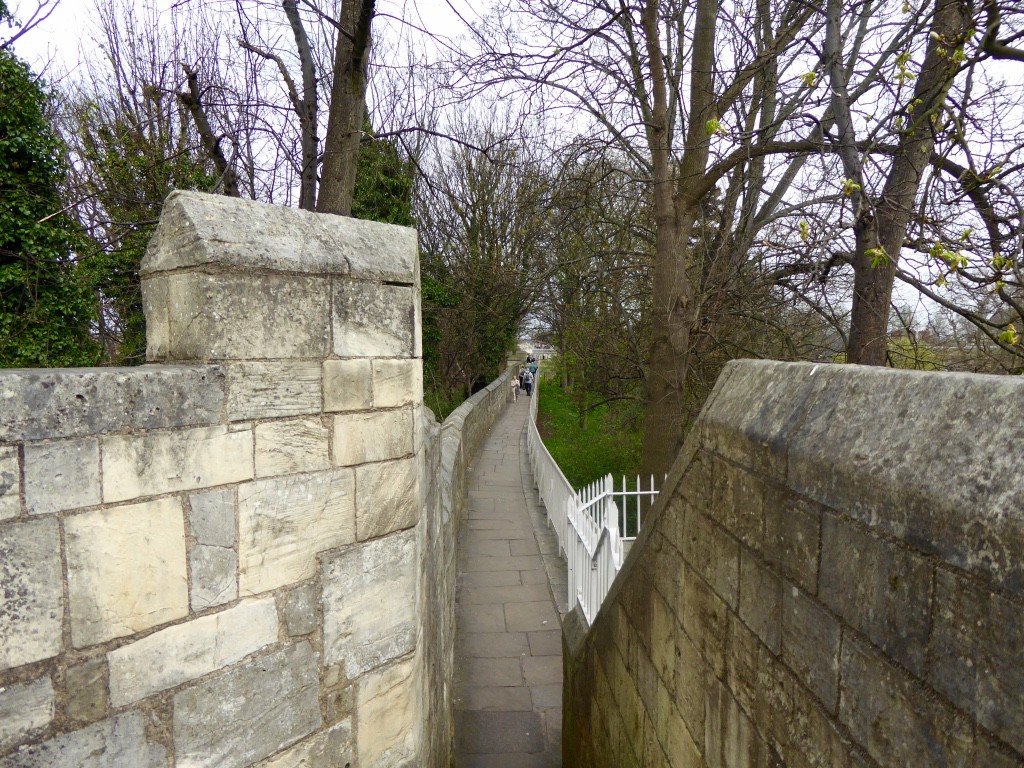
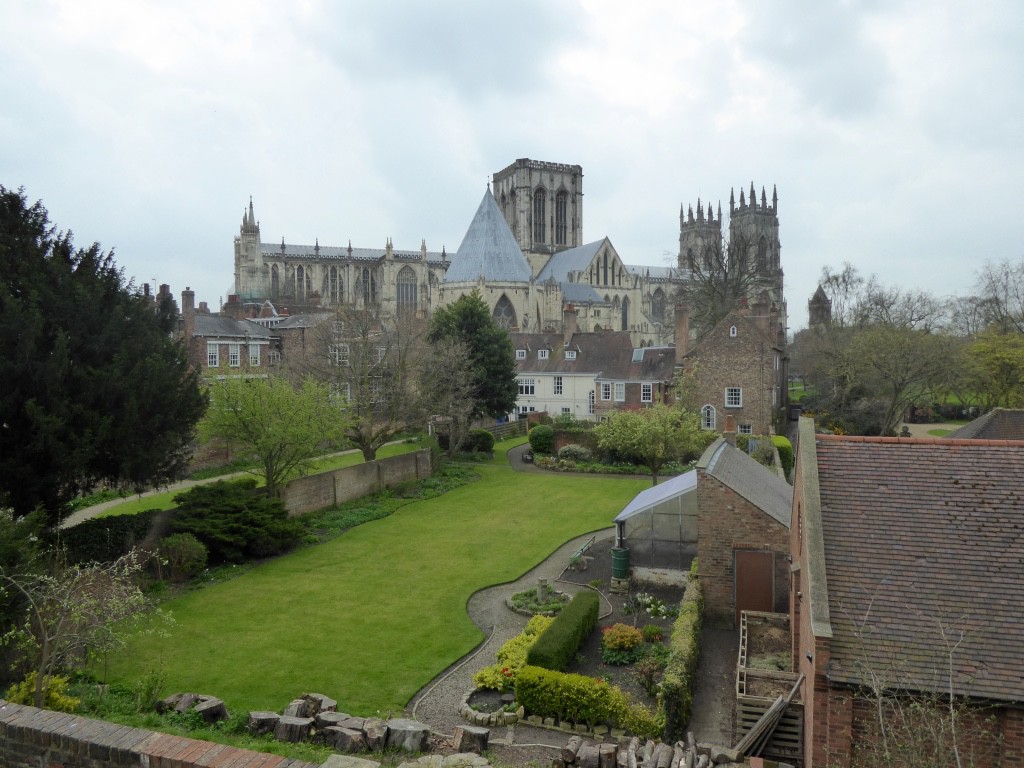
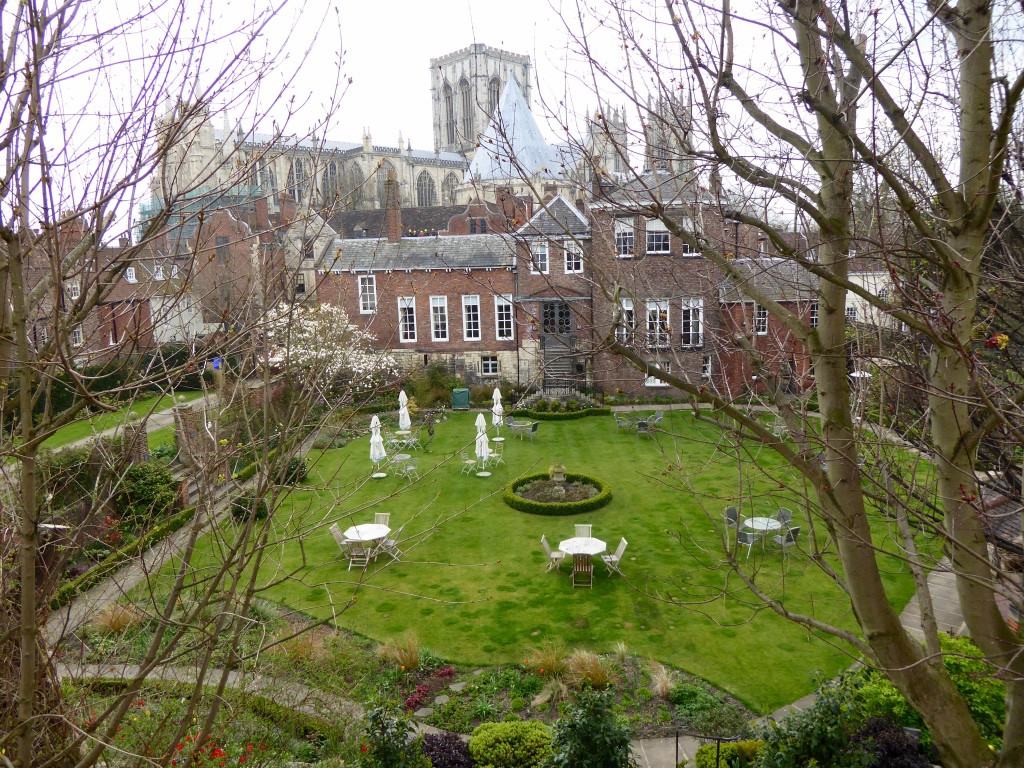
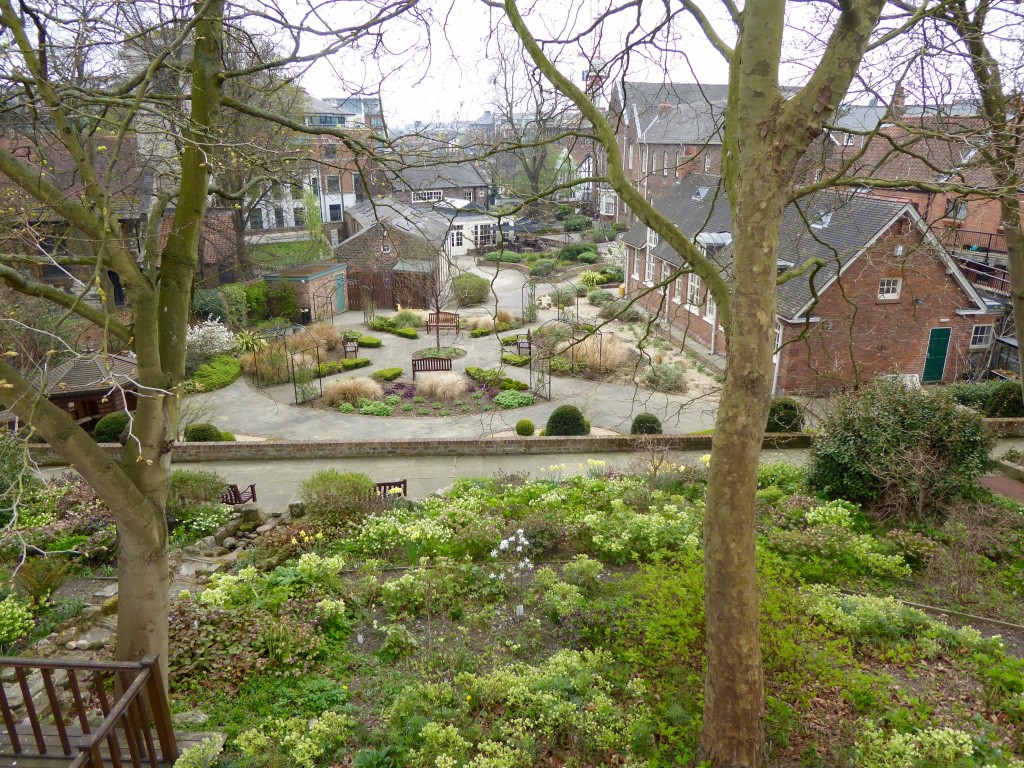
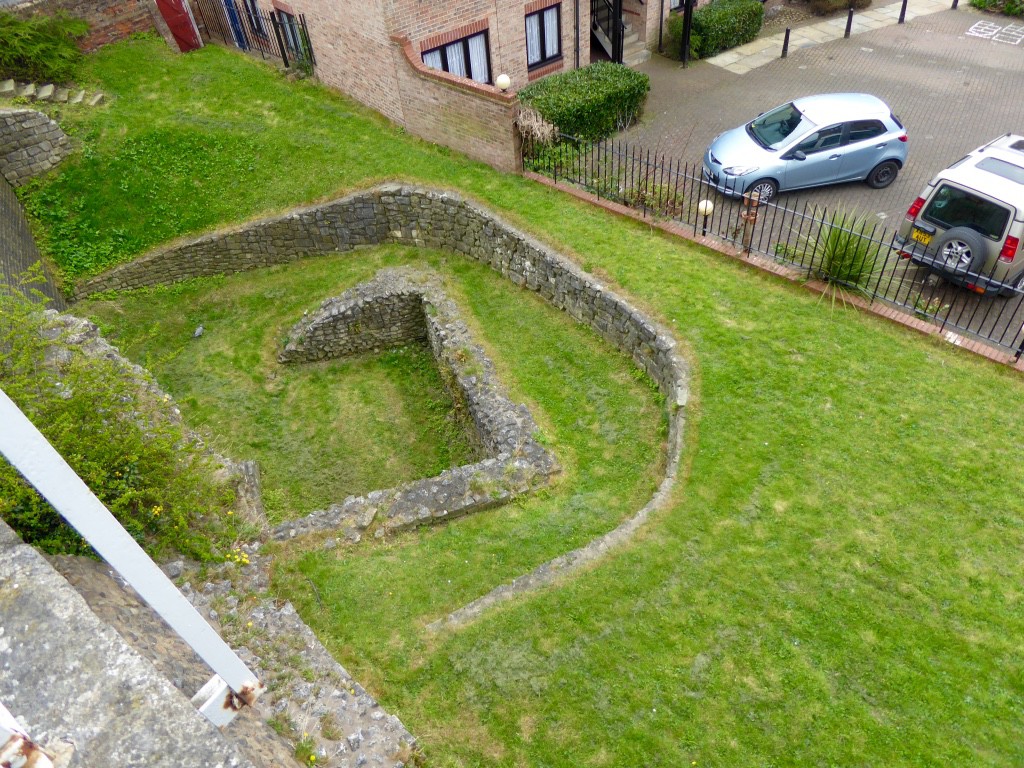
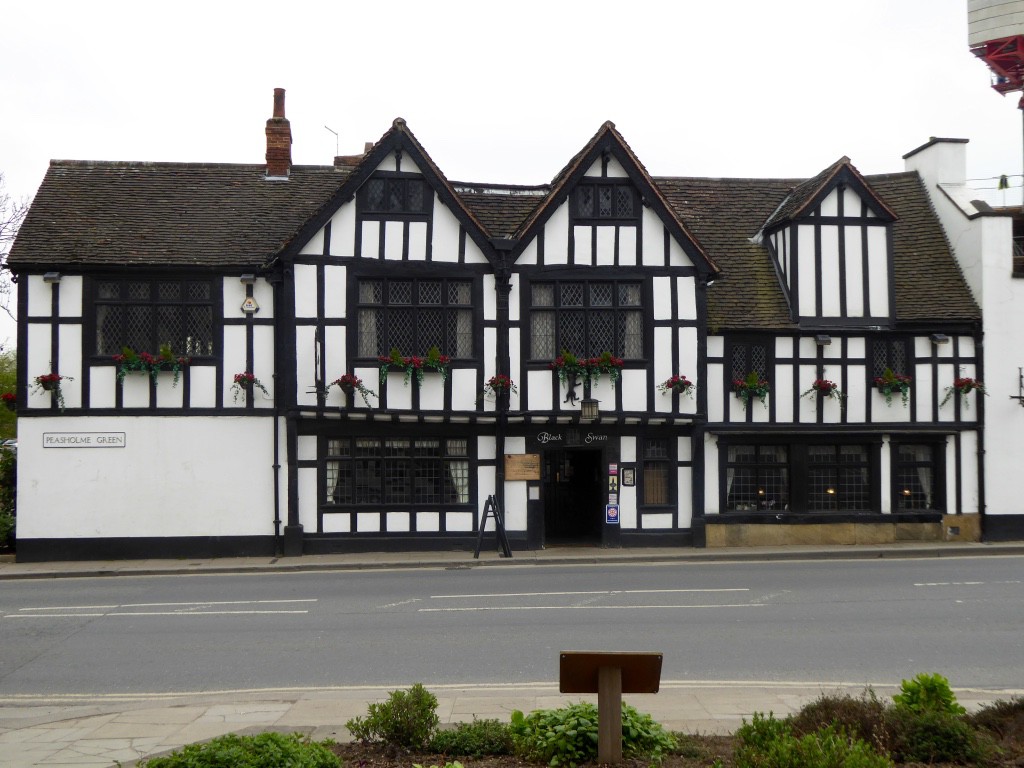
To my surprise Ed bought nothing and we continued on through the Shambles.
The Shambles’ is sometimes used as a general term for the maze of twisting, narrow lanes, which make York so charming. At its heart is the lane actually called the Shambles, arguably the best-preserved medieval street in the world. It was mentioned in the Doomsday Book of William the Conqueror in 1086!
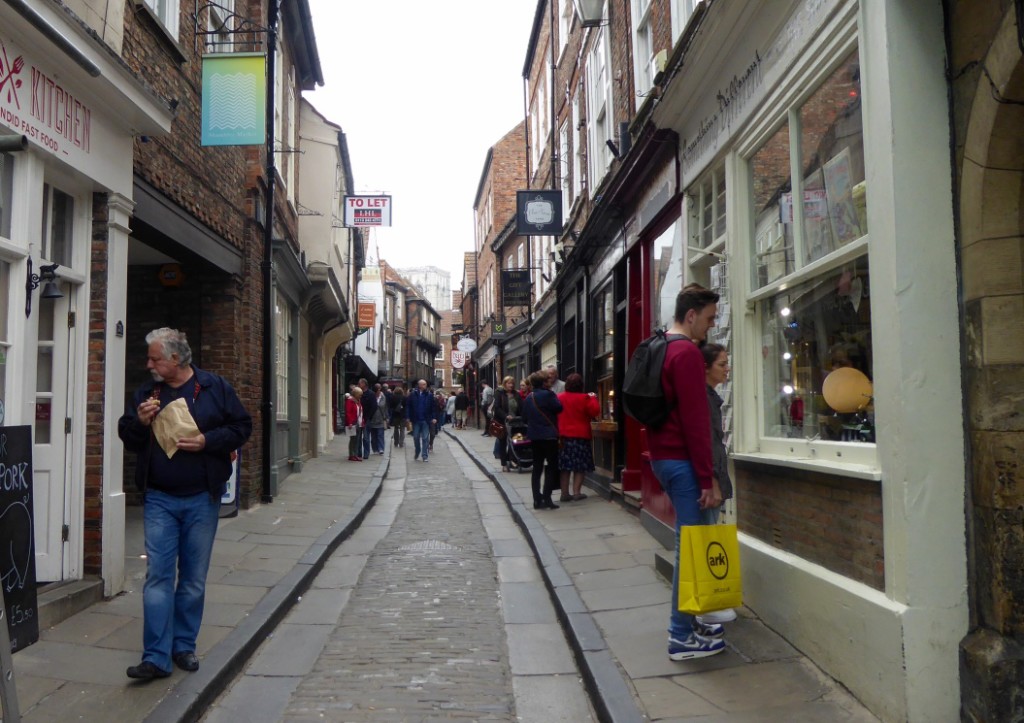
The lane was a street of butchers’ shops and houses, many complete with a slaughterhouse at the back of the premises. The pavements are raised either side of the cobbled street to form a channel where the butchers would wash away their offal and blood twice a week. In some sections it is possible to touch both sides of the street with your arms outstretched and the houses are very close at the top to prevent sunlight reaching the meat.
We arrived back at York Minster and went to Evensong. They had a visiting choir and the service was very beautiful. They have a wonderful organ and I’m sure when it booms out all sinners repent, as the sound is overwhelming
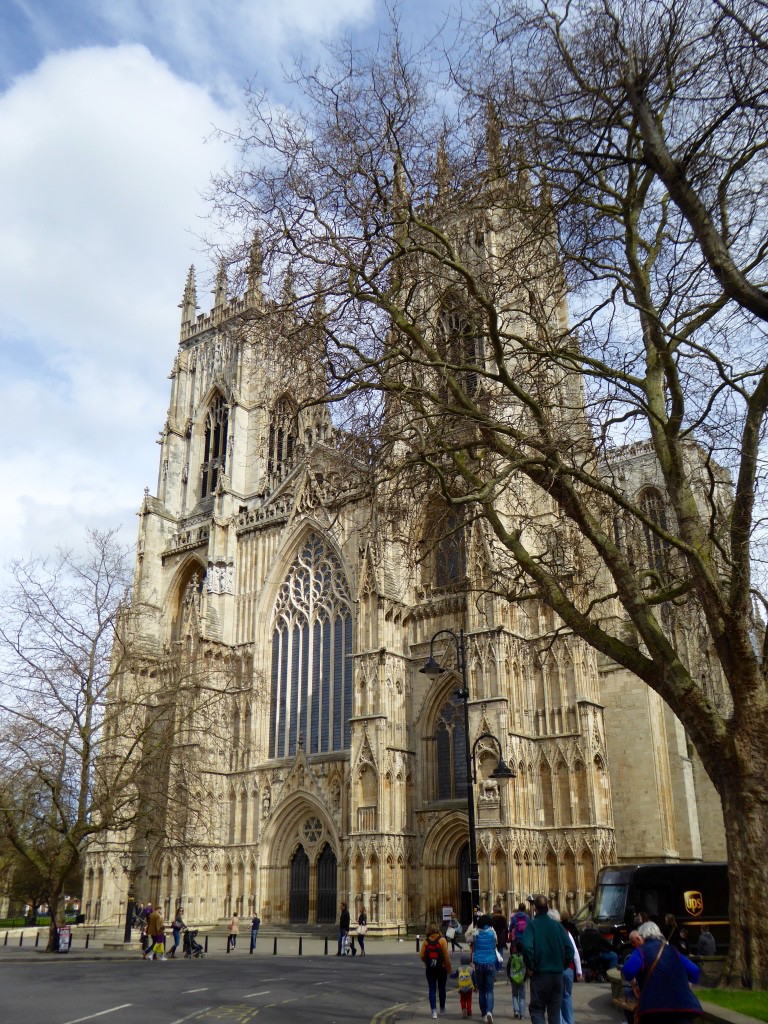
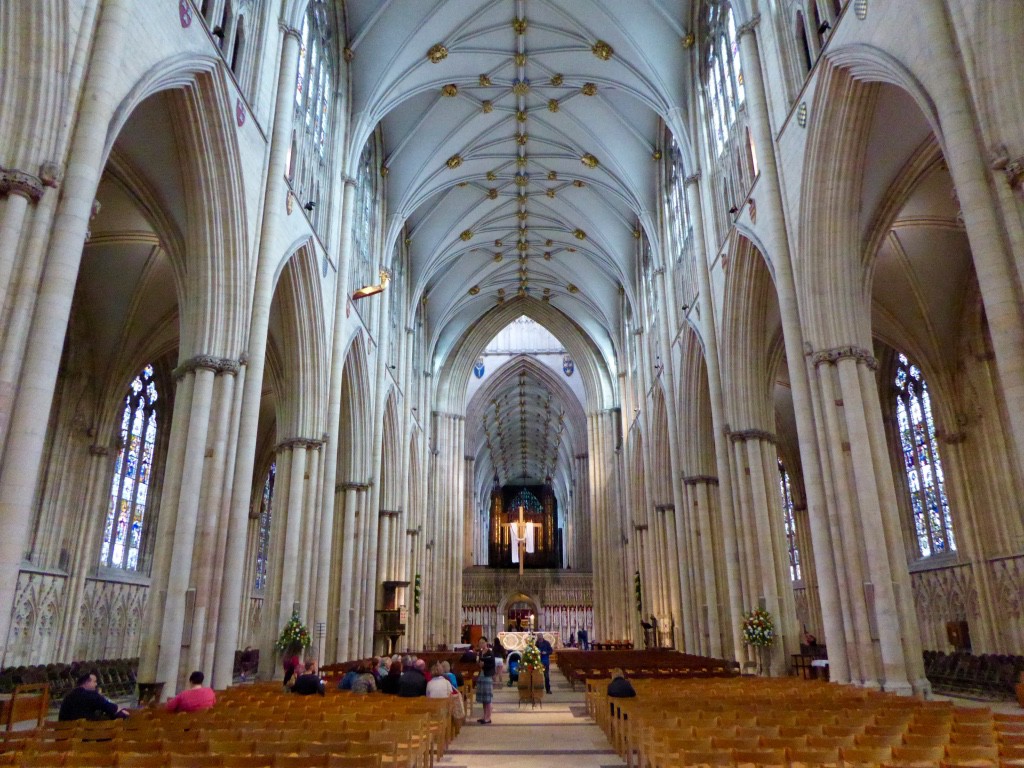
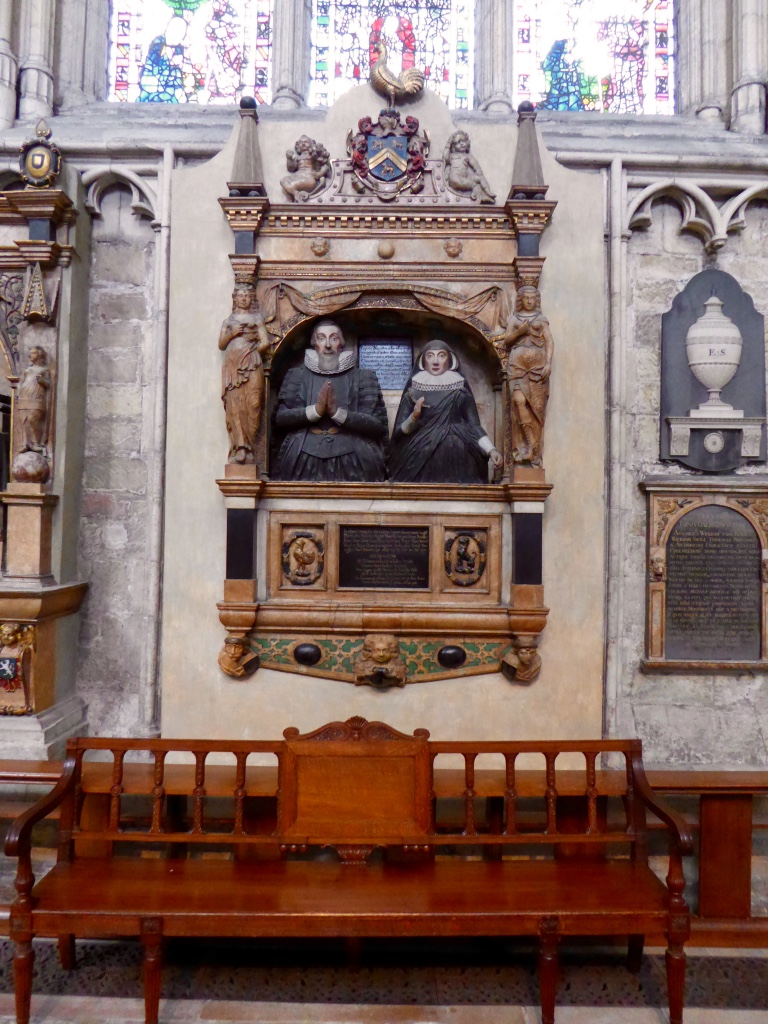
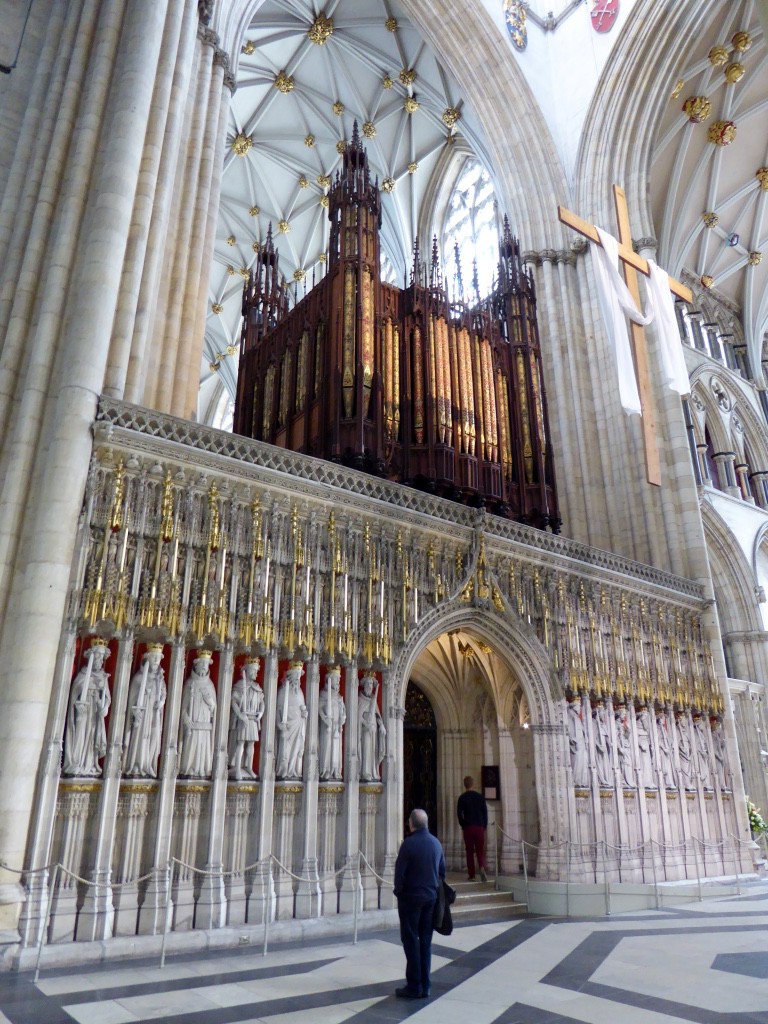
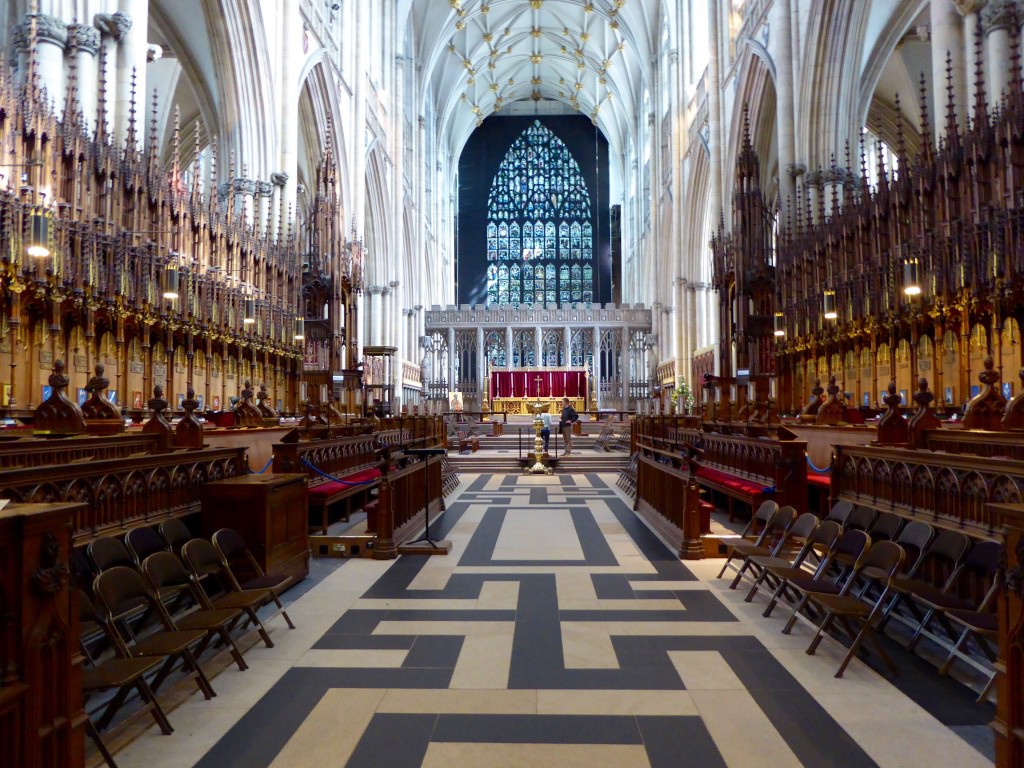
That night we went to a pub called ‘The Hole in the Wall’ and, because we were in Yorkshire had a Yorkshire pudding. Very different to the ones we know as it was a dish and the roast beef was inside.
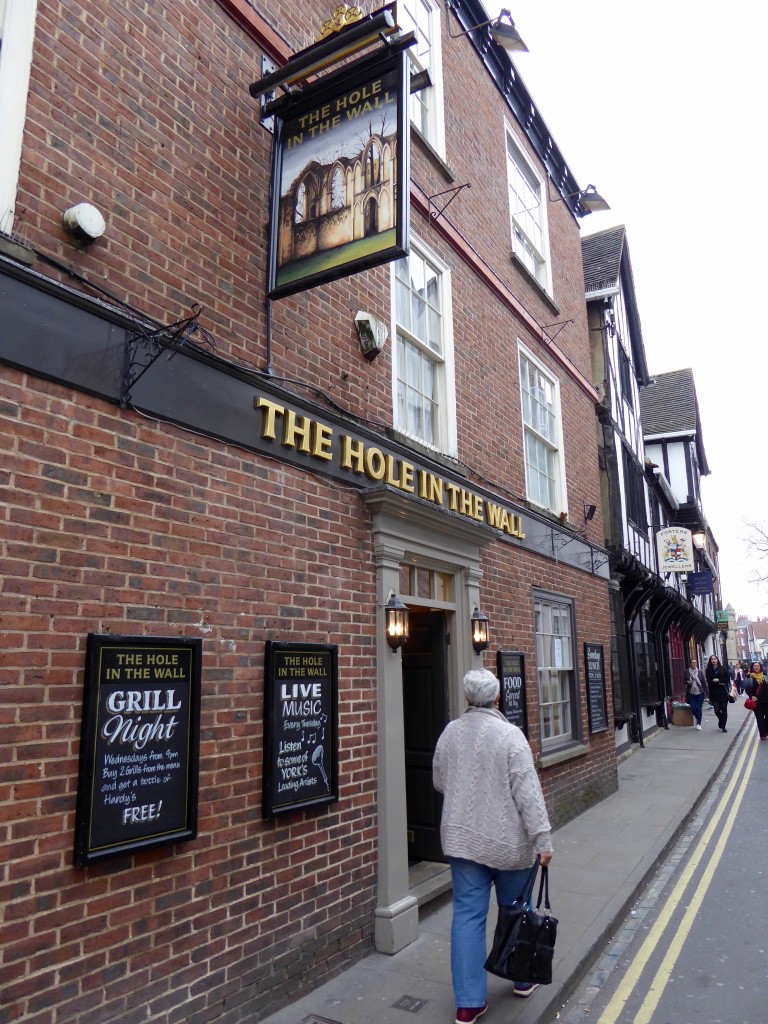
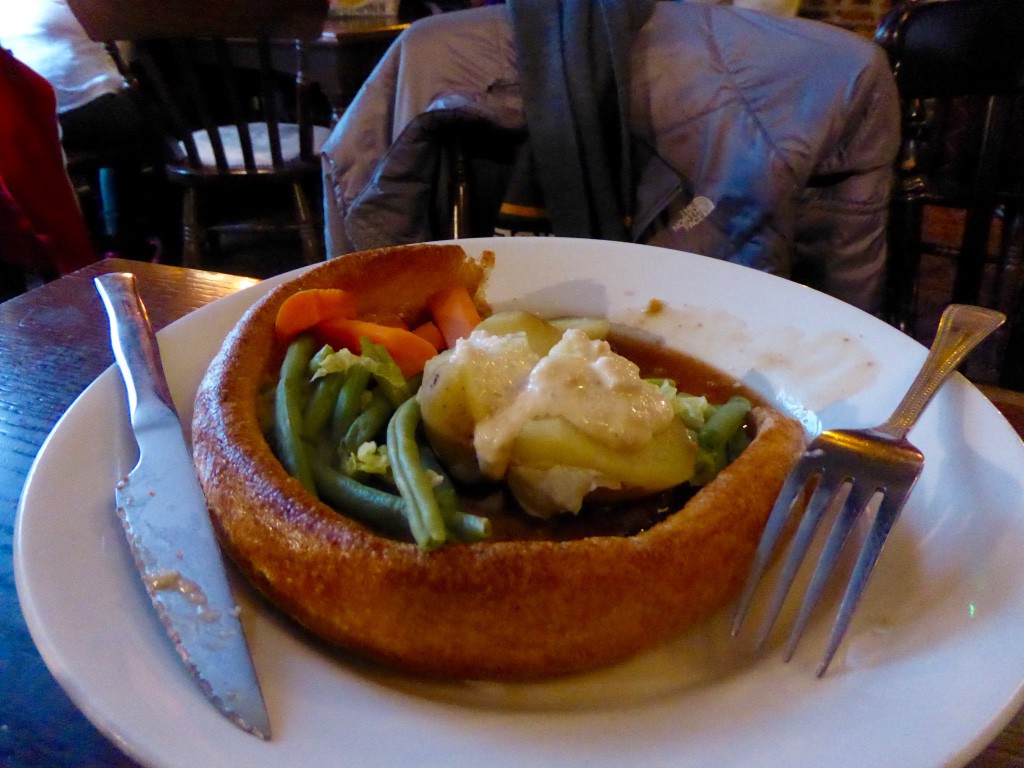
Next morning, whilst I was still surfacing, Ed disappeared to ‘go for a walk’. He appeared sometime later with a large bag containing – you guessed it – models! Apparently the shop is absolutely fabulous and has scale models of almost everything – so Cath; if you ever come to York, hang on to Mike!!
We walked the other section of the wall and came across a guy walking his pygmy hedgehog along the wall – no doubt not game to let him loose in the grass, but not really what you expect to see.
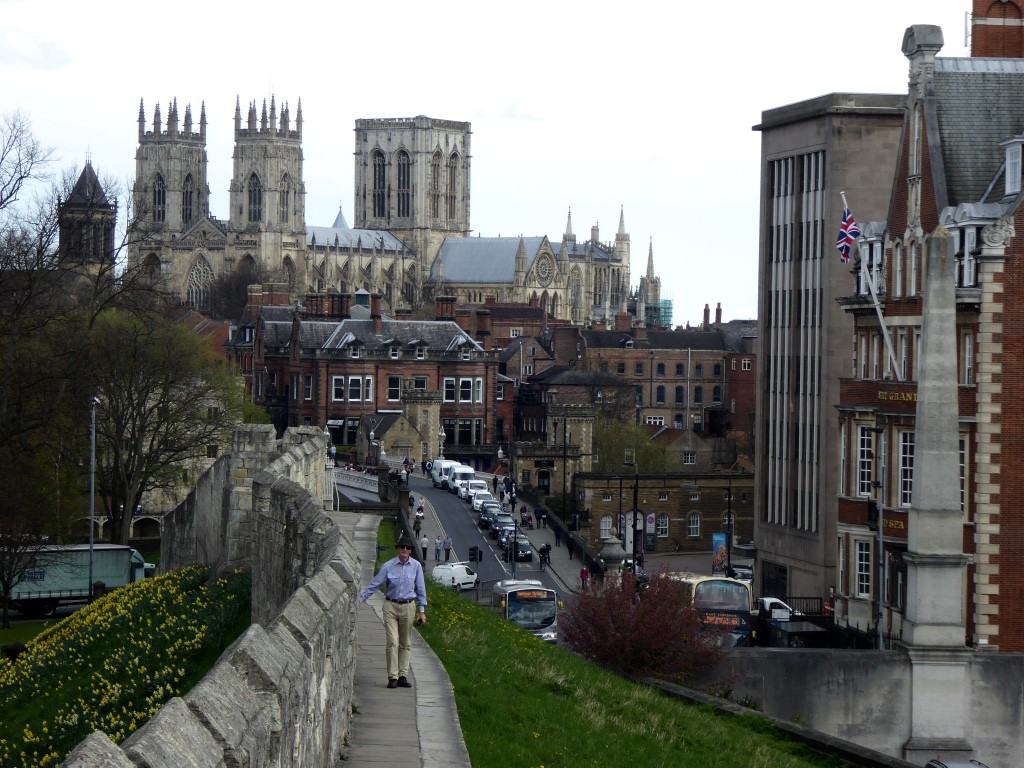
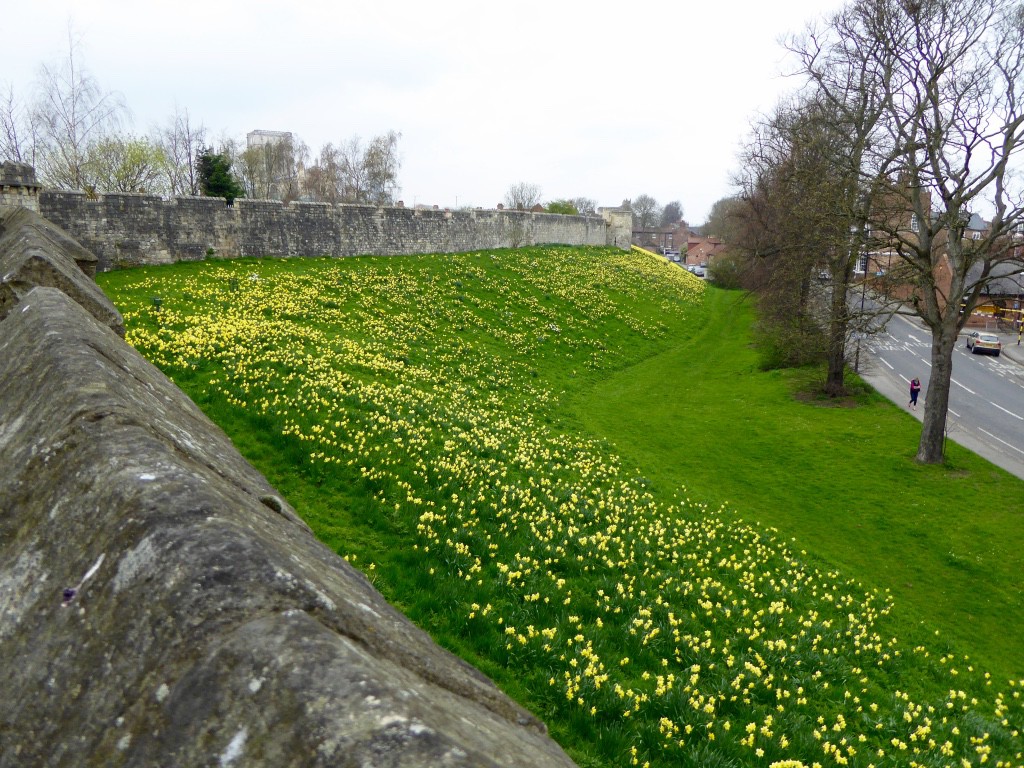
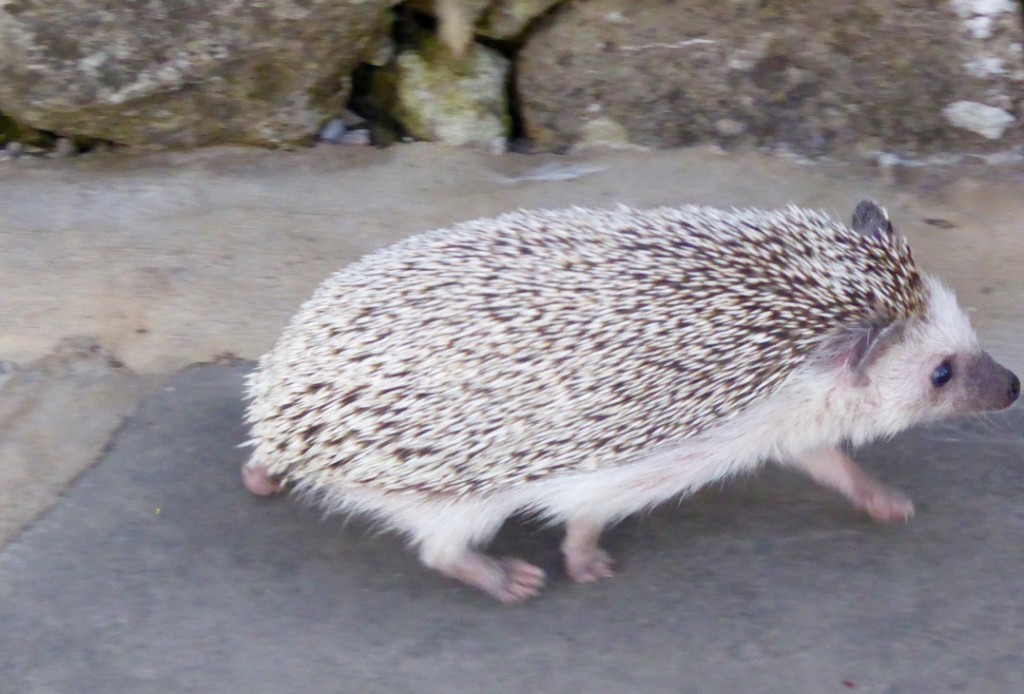
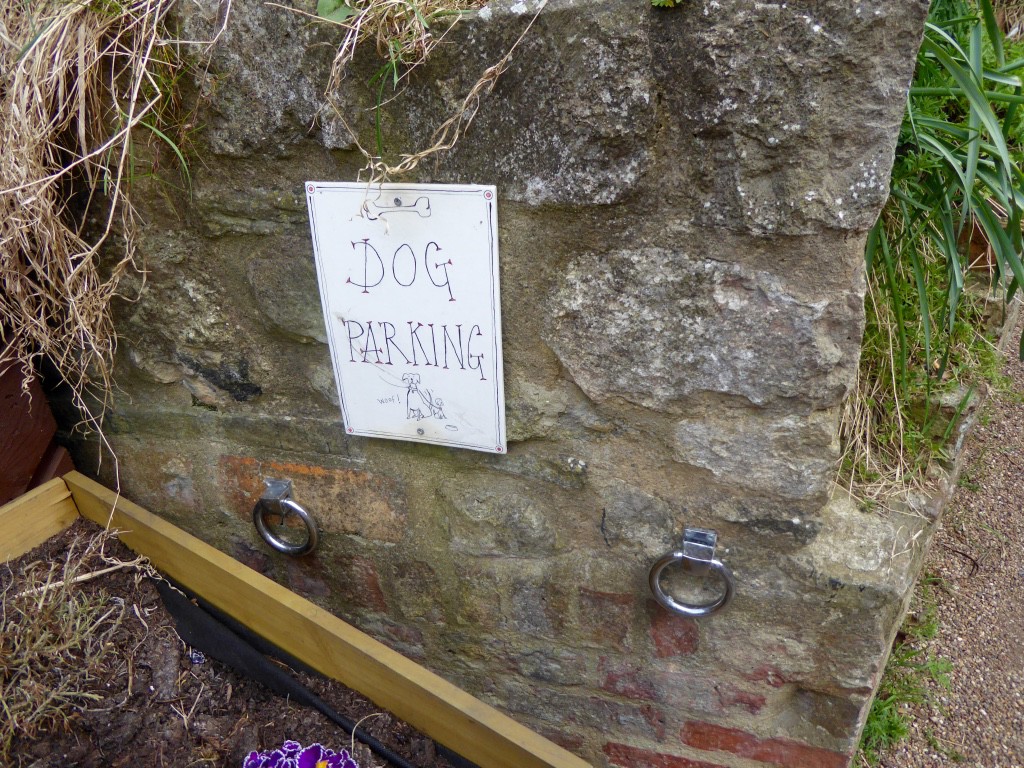
From there we went to the Jorvik Viking Centre which is situated on the site where, between the years 1976-81, archaeologists from York Archaeological Trust revealed the houses, workshops and backyards of the Viking-Age city of Jorvik. As part of the exhibition you travel in a cart through a reconstruction of Viking-Age streets, as they would have been 1000 years ago, complete with noise and smells!
Back into the modern day streets of York, we picked up our modern day car and headed for the seaside town of Colwyn Bay to catch the Irish Ferry.
ALNWICK CASTLE
Since Lyndal is worn out after the gardens, I have been assigned the Castle next to the gardens, which we visited the next day. Alnwick (pronounced “Anick”) Castle has been the family seat of the Northumberland’s (various Dukes and Earls) for some nine hundred years. They are obviously a fairly wily and politically savvy lot since having lost the titles and estates several times over the centuries through being caught on the wrong side, they have always managed to find their back through various old school chums etc. who have put in a good word for them with the monarch of the day.
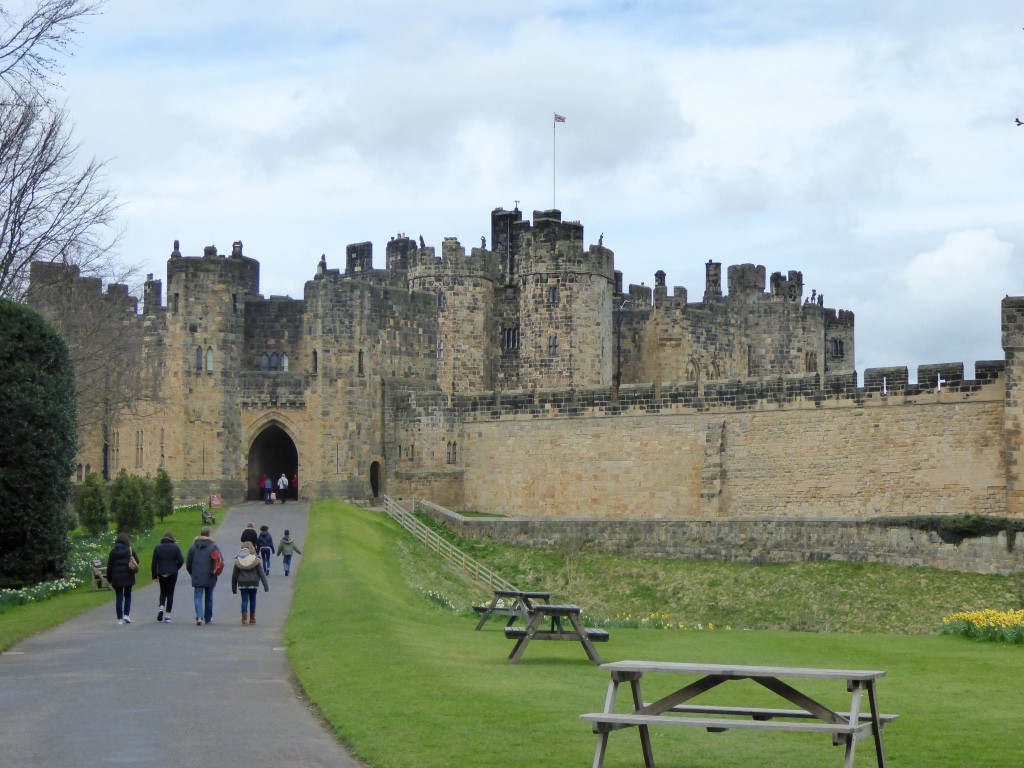
The castle is the family home for six months of the year and open to the public for the balance. No doubt, apart from helping with the (I imagine stupendous) overheads, public access under the auspices of some sort of Trust is necessary to avoid the punitive taxes, which would otherwise apply to such assets.
The castle has undergone two major restorations. One by the 1st Duke and Duchess in 1750, when they transformed the disused medieval garrison into a luxury 18th century Gothic residence and another century later, the 4th Duke restored the castle again, re-medievalising the more Gothic features of the 1st Duke and Duchess’ castle and transforming the interiors of the keep into the Italianate State Rooms seen today.
It is all kept in beautiful order and some rooms like the magnificent library (which has over 14,000 books including many rare first editions) look quite comfortably lived in with lots of family photos of the current Duke and Duchess and family. If one is so inclined, one can spend quite a lot of time checking out the family and their various doings (ahem).
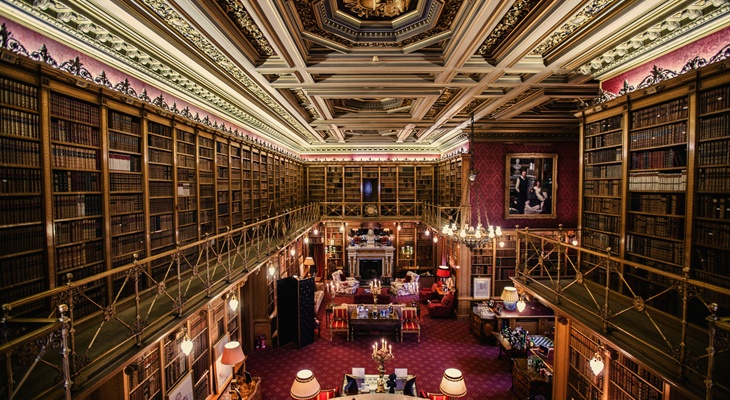

Other rooms like some of the drawing rooms and the state dining room are less often used by the family and more formally presented. Over the years the Dukes have also been astute collectors – not ones to miss an opportunity – and the Castle is filled with one of the country’s finest private art and furniture collections and an extensive display of Paris, Meissen, and Chelsea porcelain.
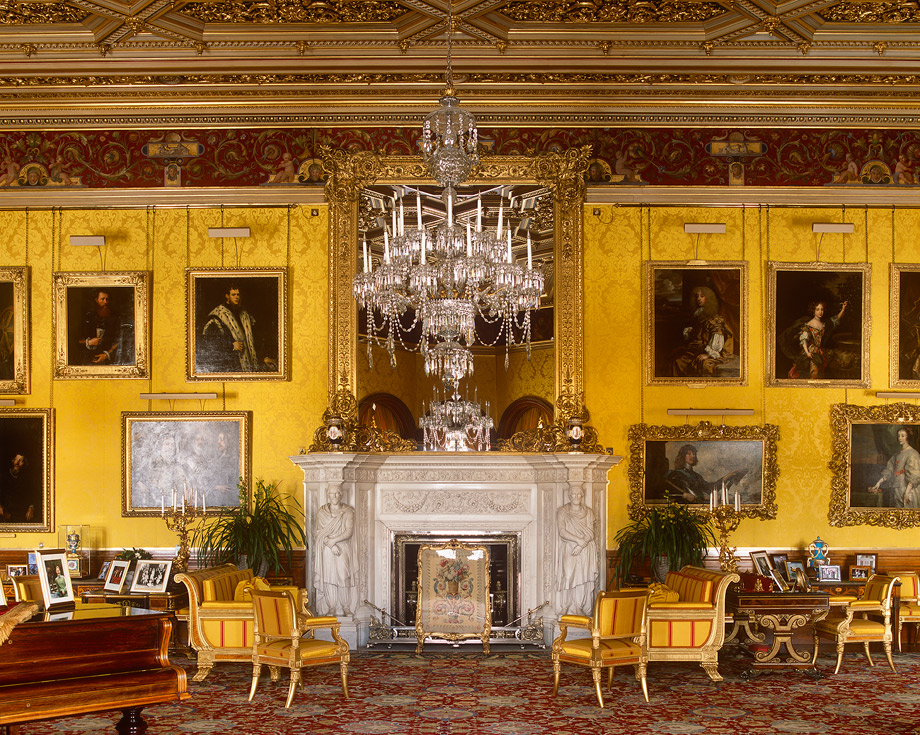

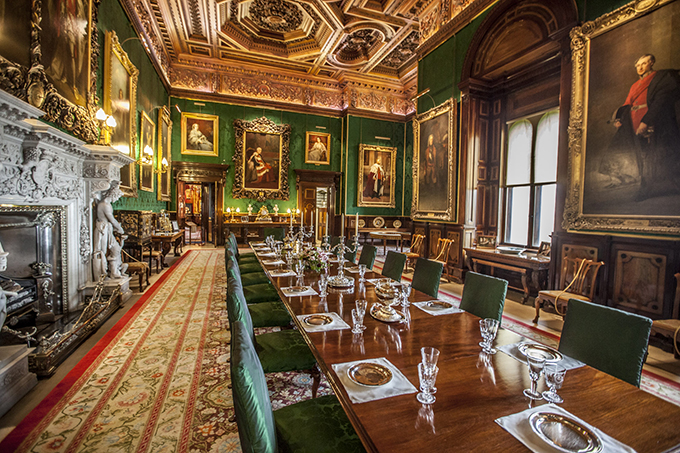
The third Earl purchased the Cucci cabinets, originally created for Louis XIV of France for the Palace of Versaille. These were out of fashion and so were in storage at the time of the Revolution and missed being pillaged. The surfaces are patterns of birds and flowers crafted from small to tiny pieces of polished semi precious stones and added to all the gold leaf creates the most incredibly opulent pieces of furniture you may ever wish to see. They are virtually priceless and the French would like them back but the family still has the original bill of sale: all kosher and above board.
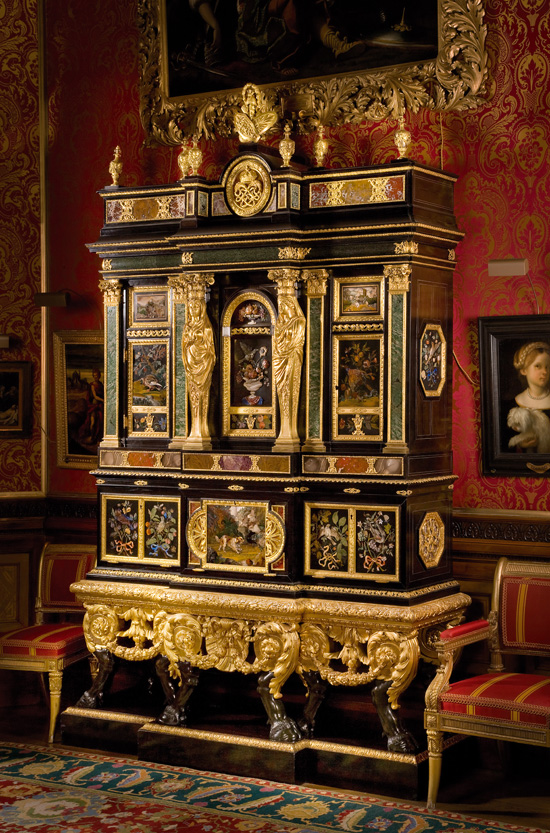
In 1856 the fourth Earl purchased the vast Camuccini art Collection, one of the last great acquisitions made by an Englishman travelling to Rome, which includes works, by Canaletto, Titian and Van Dyck. These paintings, together with portraits of the various members of the Percy family by leading portrait painters , adorn the walls throughout.
If you feel you have seen Alnwick Castle before, you may be right. Some of the more recent films that have been made here include Harry Potter and the Chamber of Secrets, Harry Potter and the Philosopher’s Stone, Elizabeth, and Robin Hood Prince of Thieves.
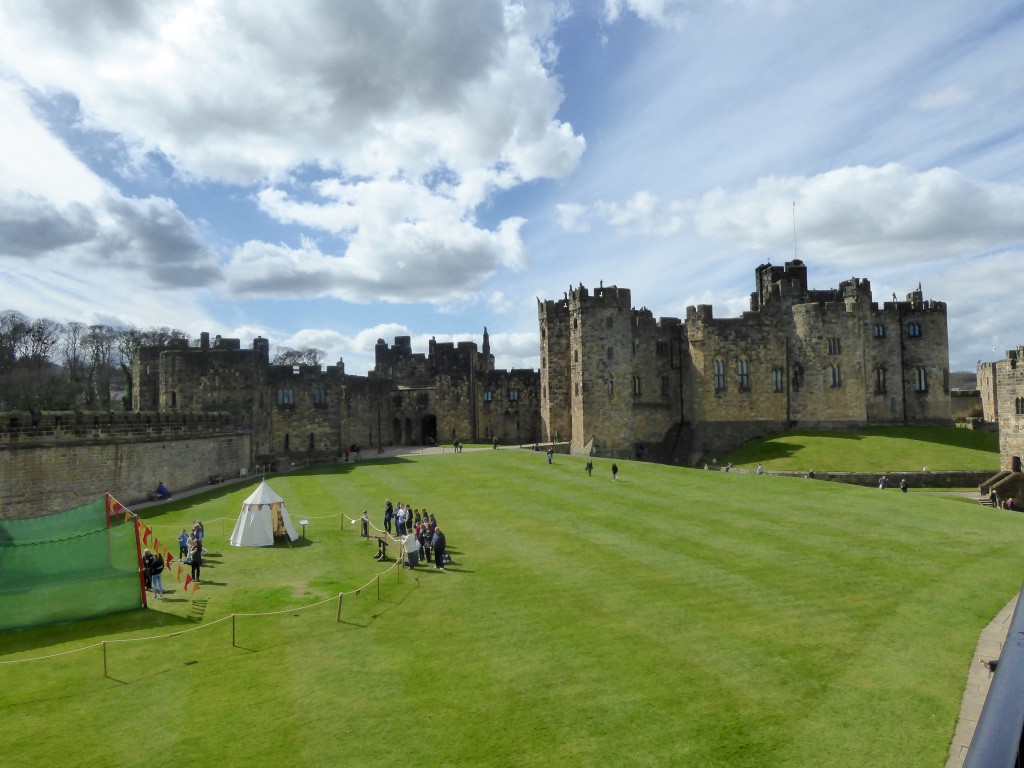
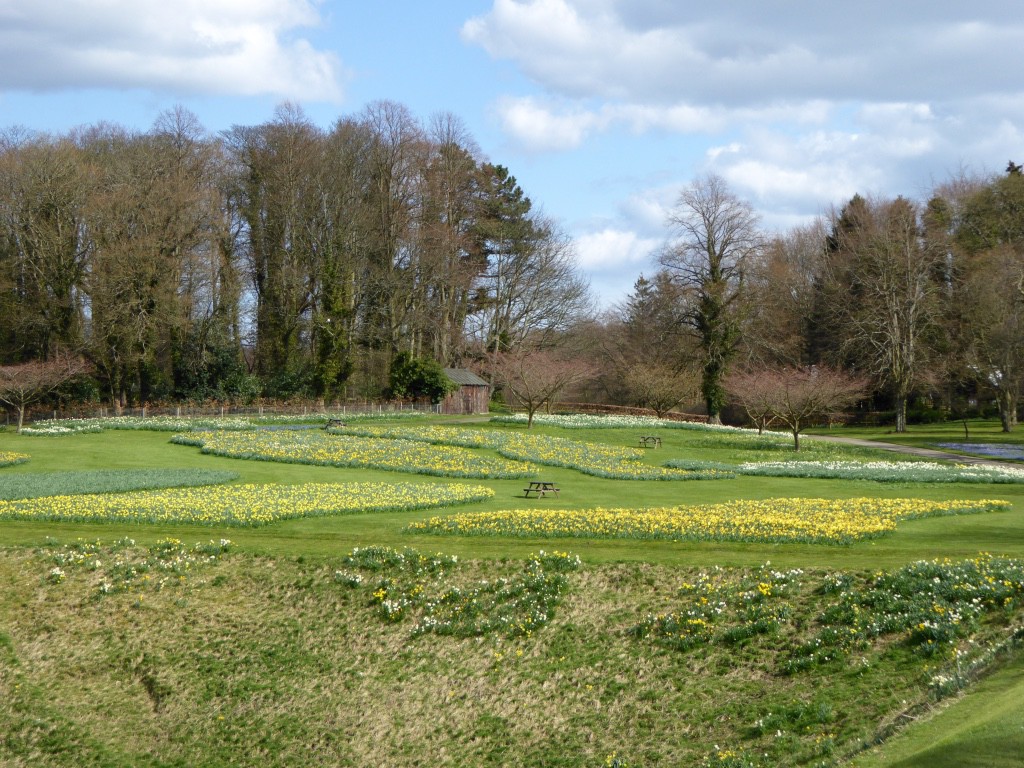
Downtown Abbey’s Christmas Special is the only one to be filmed inside the Castle. Apparently the current Duke is a big fan and he and his son acted in an advisory role for the hunting scenes.
So, having hobnobbed with the Duke and Duchess – at somewhat distant remove – it is off to York. Besides I need time to think about all the things I hear I am enthusiastic about in the Alnwick gardens! A bit of consultation with higher authority at York Minster is called for.
Lyndal’s Blog – totally obsessed with the Alnwick Gardens!
With the threat of rain in the next coming days we headed off early to Alnwick to see the Alnwick Gardens whilst the weather held.
The gardens are a registered charity with programs aimed primarily at children, the handicapped and the elderly. The Duchess of Northumberland is one of the Trustee and the main driving force. The gardens are two thirds complete and she is currently raising the remainder of the £80 million needed to complete the overall design.
It is a controversial garden. Many thought it should be a traditional formal garden to complement the castle and others thought the Duke should have donated the land and $8 million to parks and gardens around the town – none of which would have brought in the huge amount of money to Alnwick that the gardens do.
We found it to be a garden full of fun and inspiration and Ed and I had practically redesigned our garden by the time we had finished. It has a lot of quirky features and has enormous appeal for people of all ages, particularly children.
When you pass through the archway into the garden, it is impossible to miss the Grand Cascade. The Grand Cascade is the largest water feature of its kind in the country. Every minute, thousands of gallons of water tumble down a series of weirs, with water displays on the hour and the half hour. Jets of water shoot up into the air and splash on the terrace as children run underneath them. Children also collect water from the water walls at the foot of the Grand Cascade in John Deere’s mini tractors.
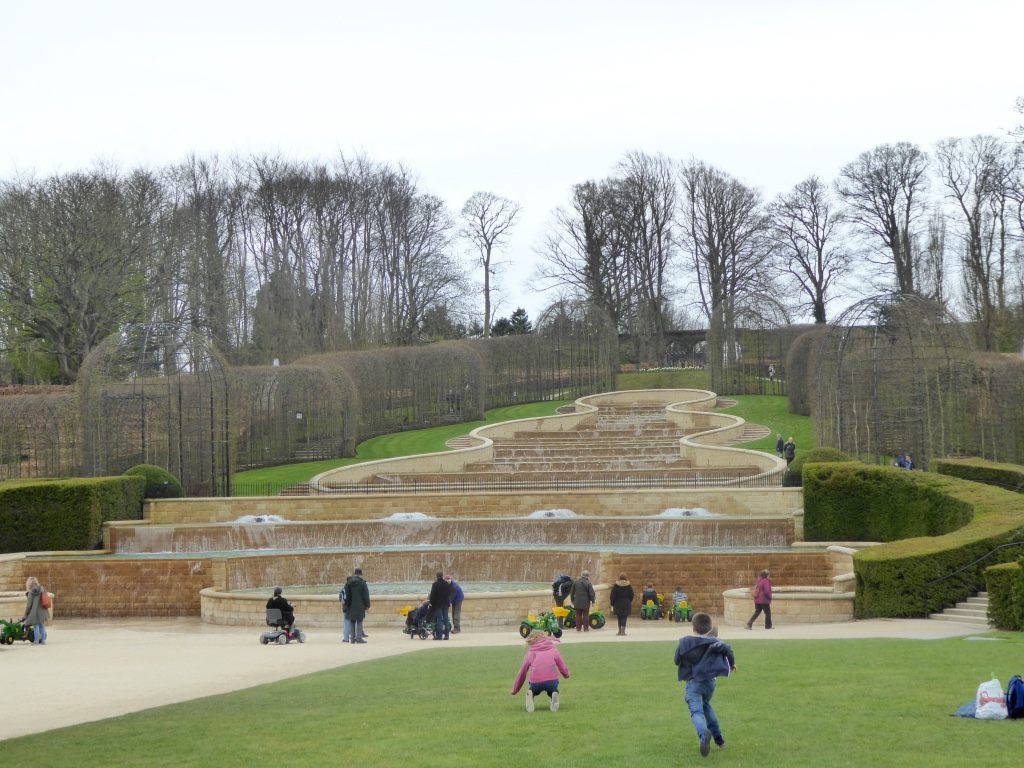
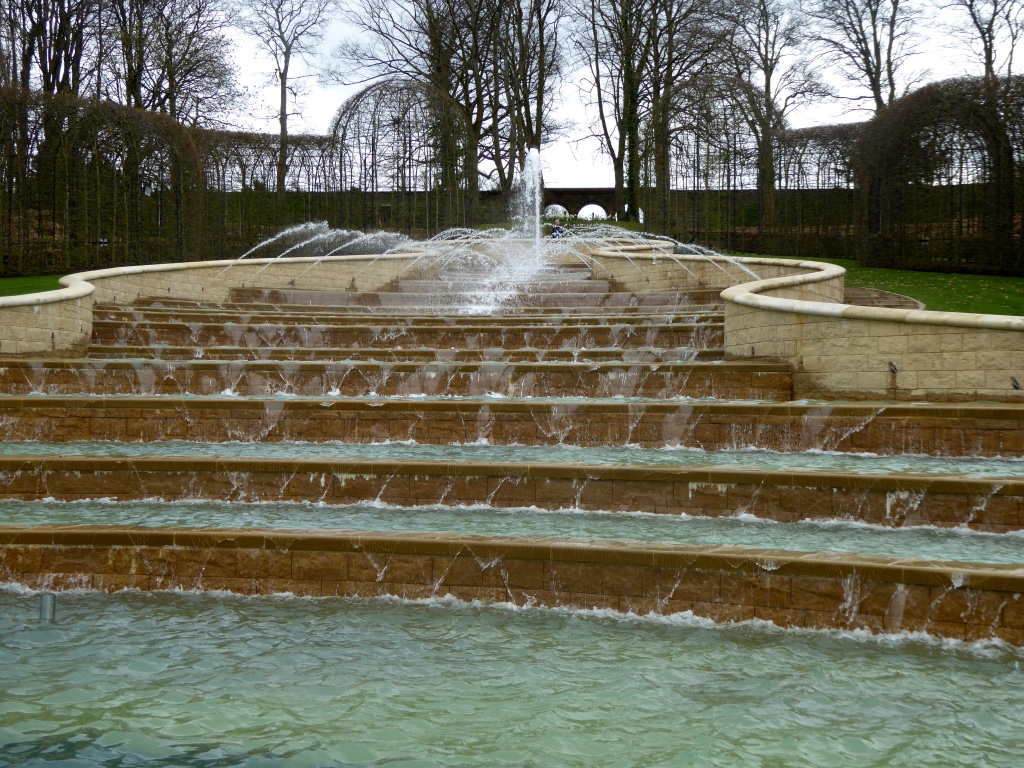
We had lunch overlooking the Grand Cascade and then wandered through the bamboo labyrinth. No escaping bamboo roots here! The whole area is planted on built up beds on concrete and provides a cool, leafy walk that is amazingly difficult to exit.
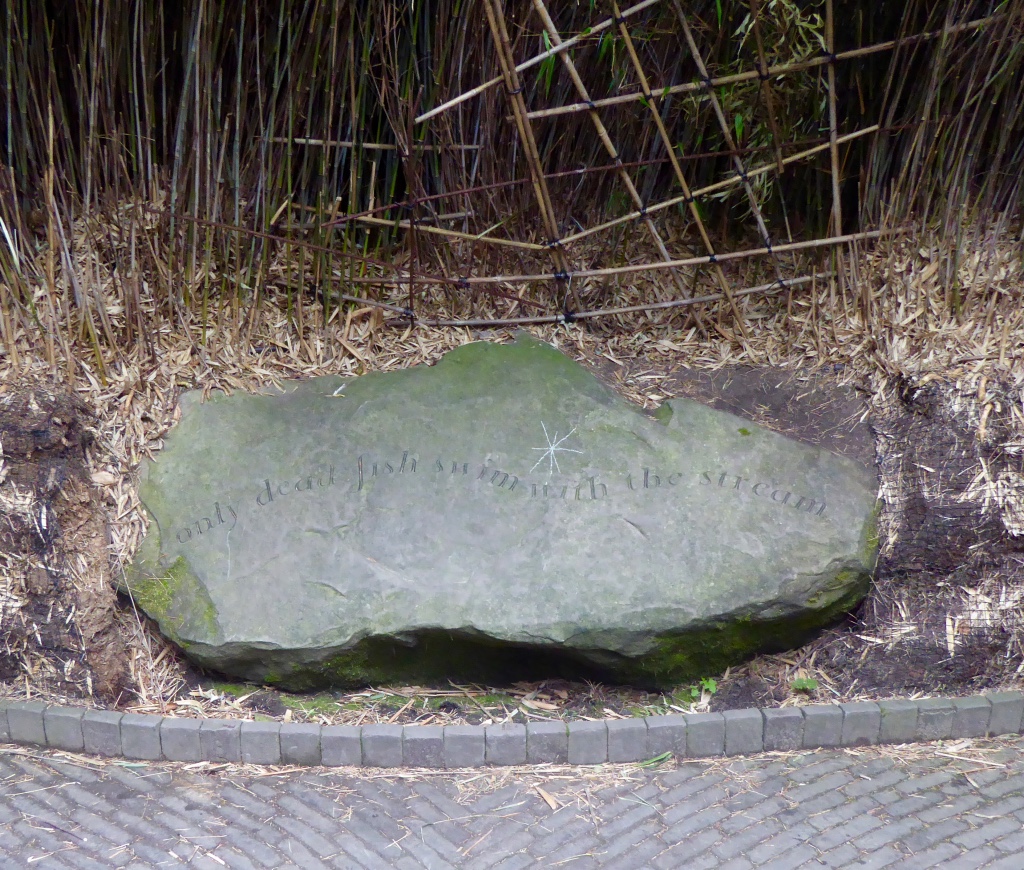
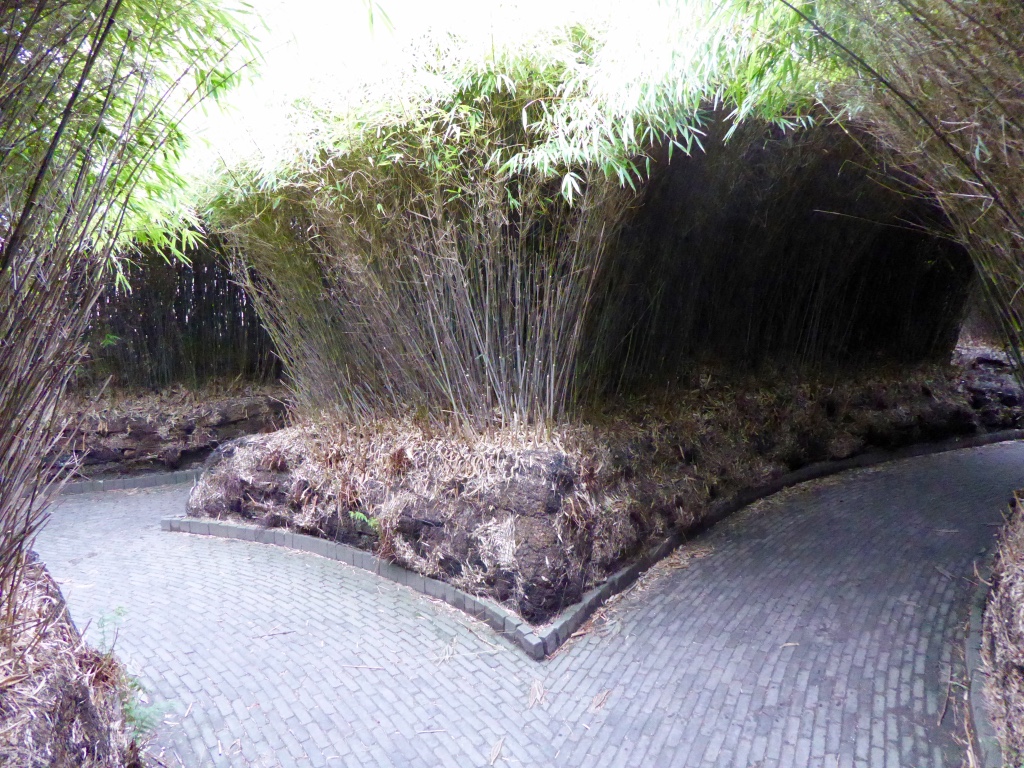
We eventually found our way out into the magnificent Rose Garden with pathways below pergolas swathed in roses, honeysuckle and clematis. Though it was a little early in spring it must be magnificent later on with masses of fragrant roses, a mix of climbing, shrub, old, and English varieties. There are more than three thousand David Austin Roses, including a beautiful new English rose, the Alnwick Rose, launched at RHS Chelsea Flower Show in 2001.

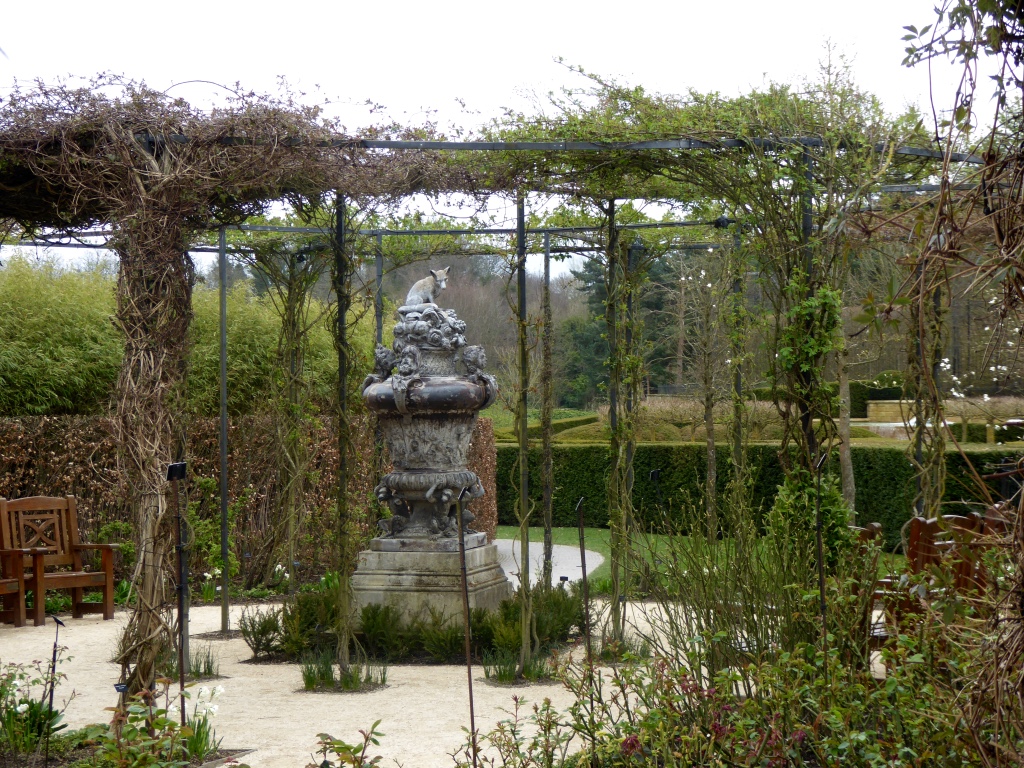
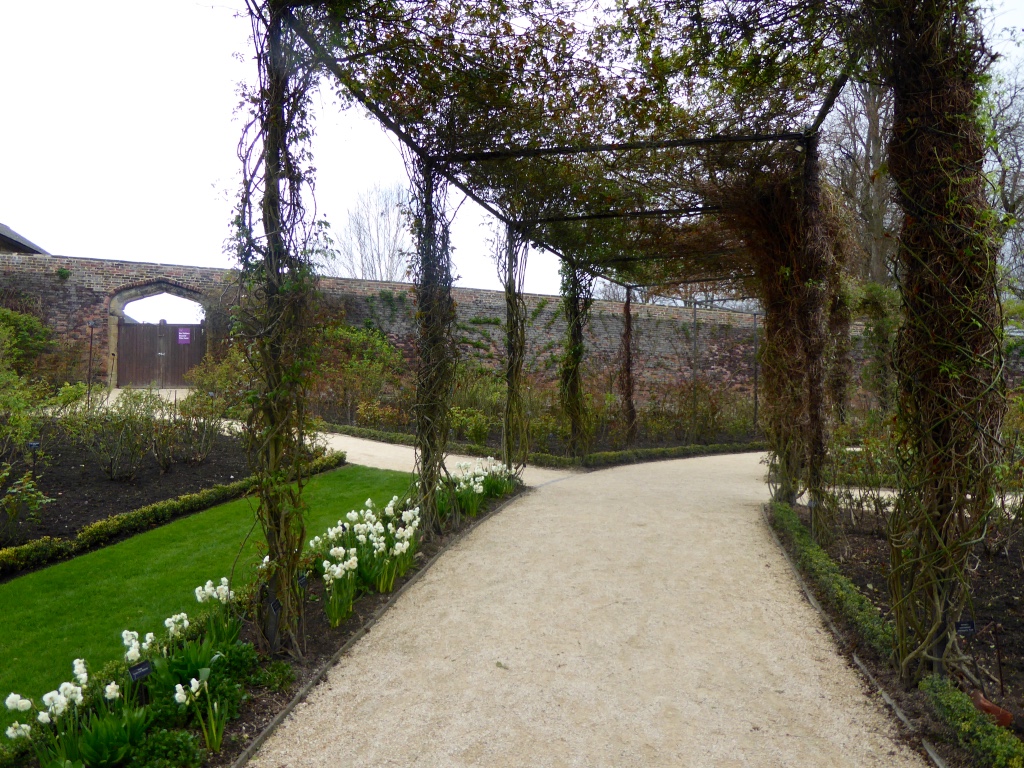
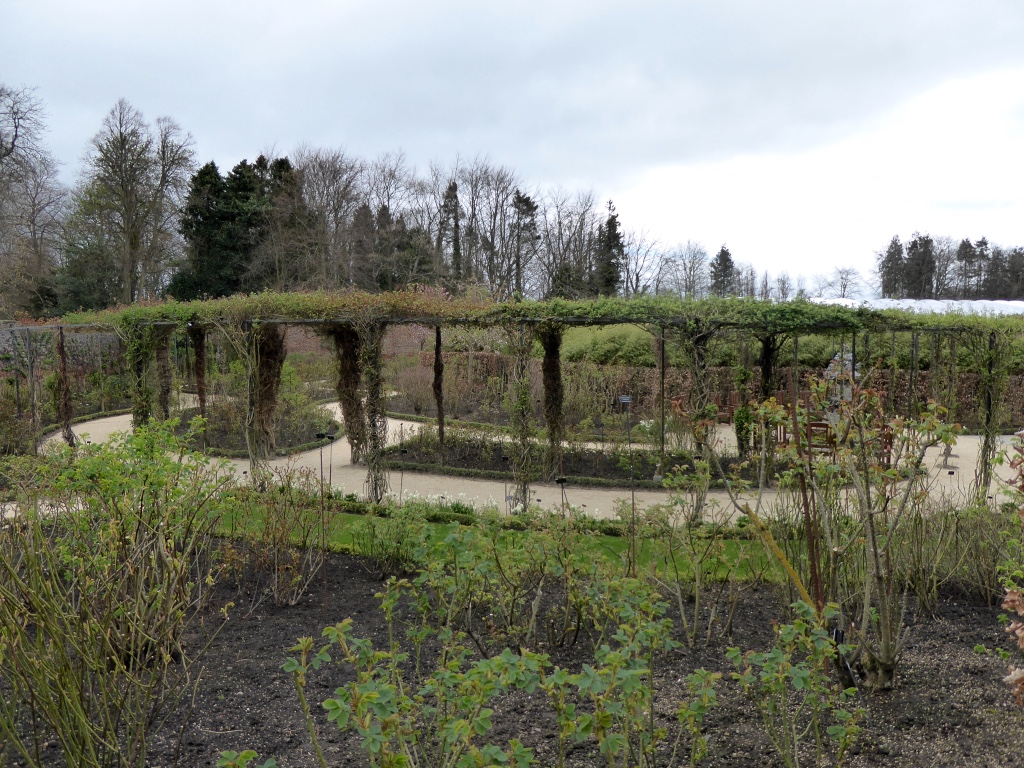
Walking higher up the garden from the Rose Garden we came to an area of clipped yew and beech hedges overlooking the Serpent Garden.
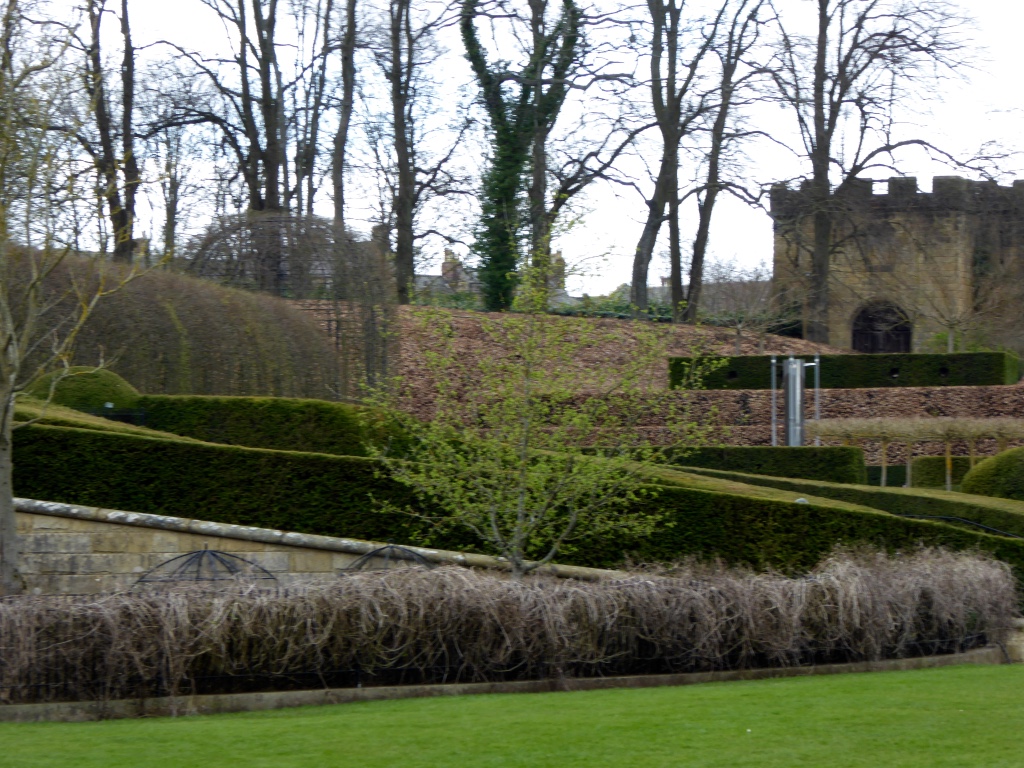
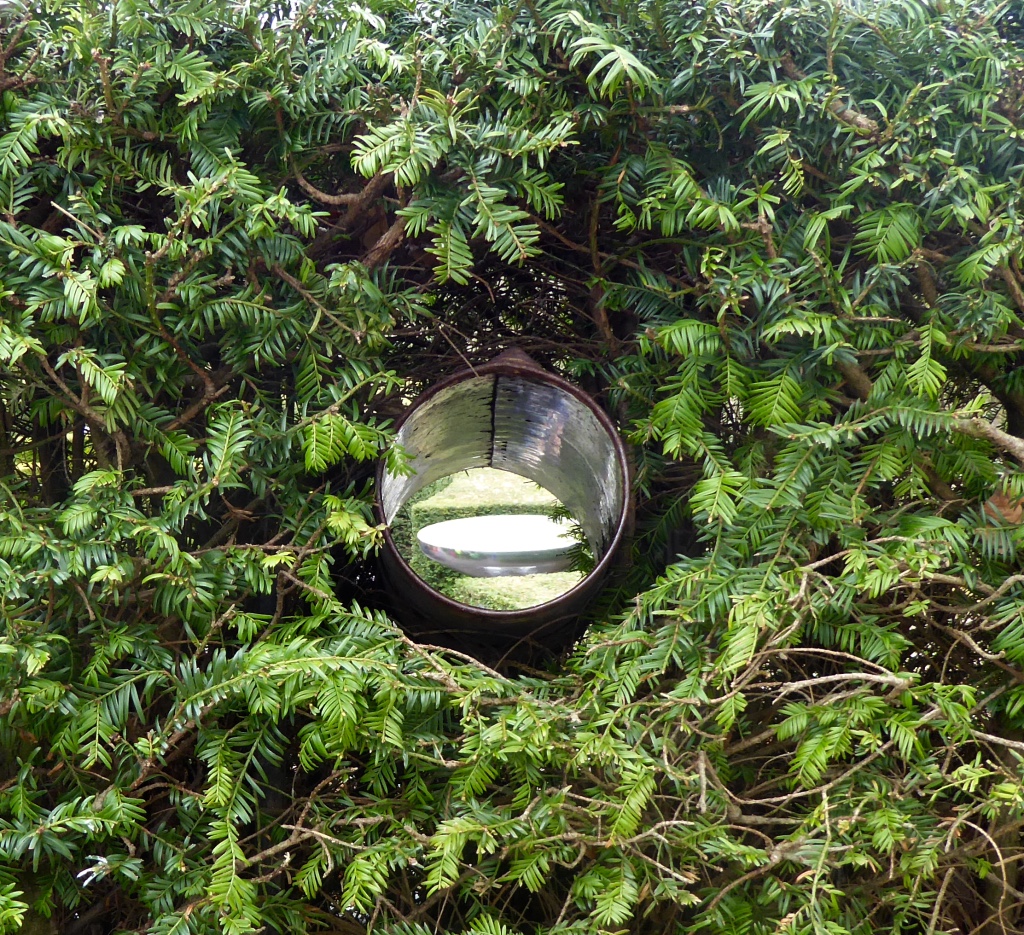
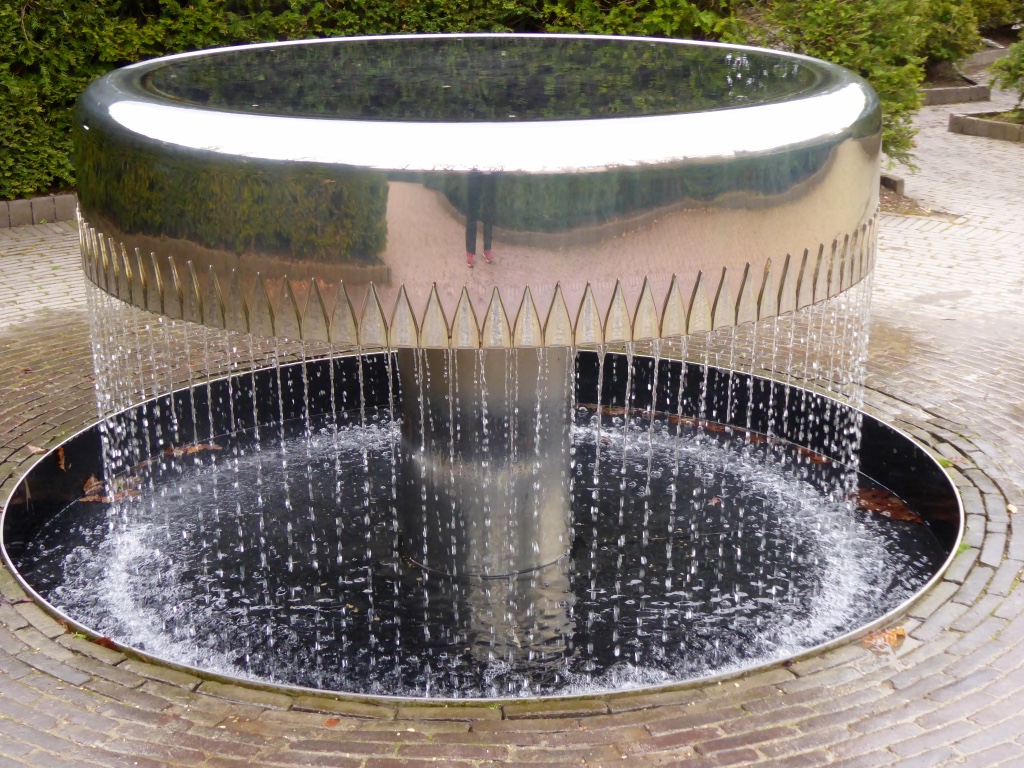
This garden features a topiary serpent in holly which snakes through the Garden, revealing a different water sculpture hidden in each of its coils. Each of the water sculptures are designed to show a different aspect of water and how it can be made to look and move. Inserted into the yew hedges were viewing tubes, each highlighting a different fountain.

We made our way through the Bluebell Wood up to the Venetian gates at the top of the Grand Cascade and into the Ornamental Garden; a structured garden brimming with plants and my favourite place. Here an intricate planting pattern is created with flowers and fruit and surrounded by pleached crab apples. There are pathways bordered by lavender and fruit trees and quiet places to sit and catch the sun.
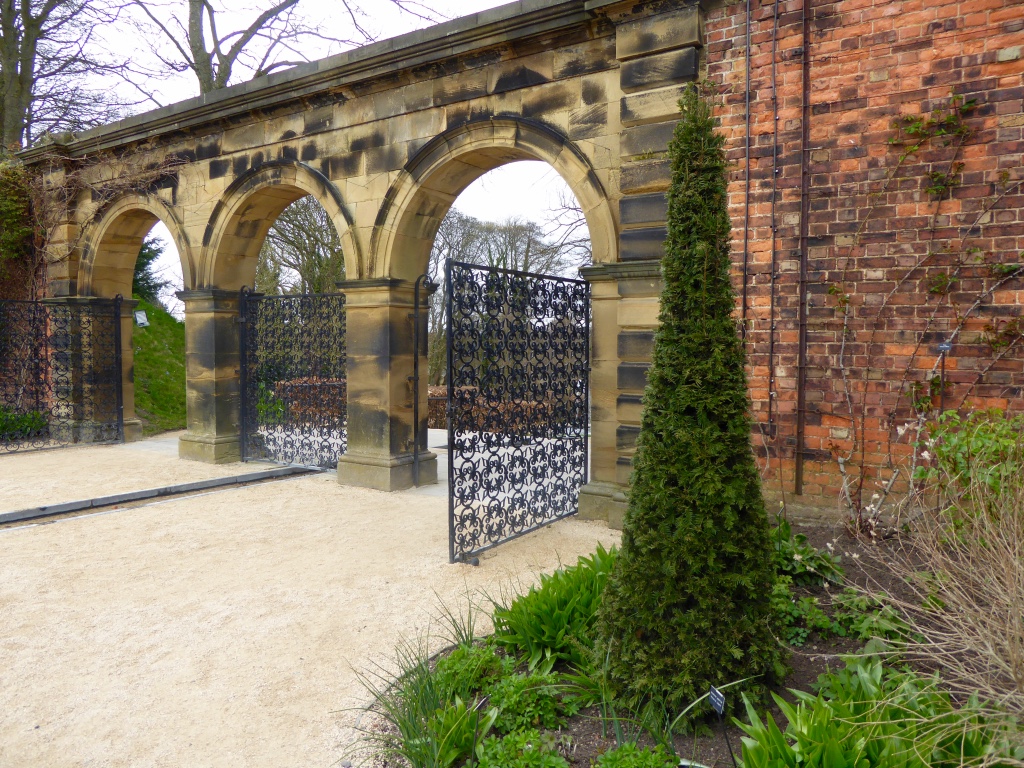
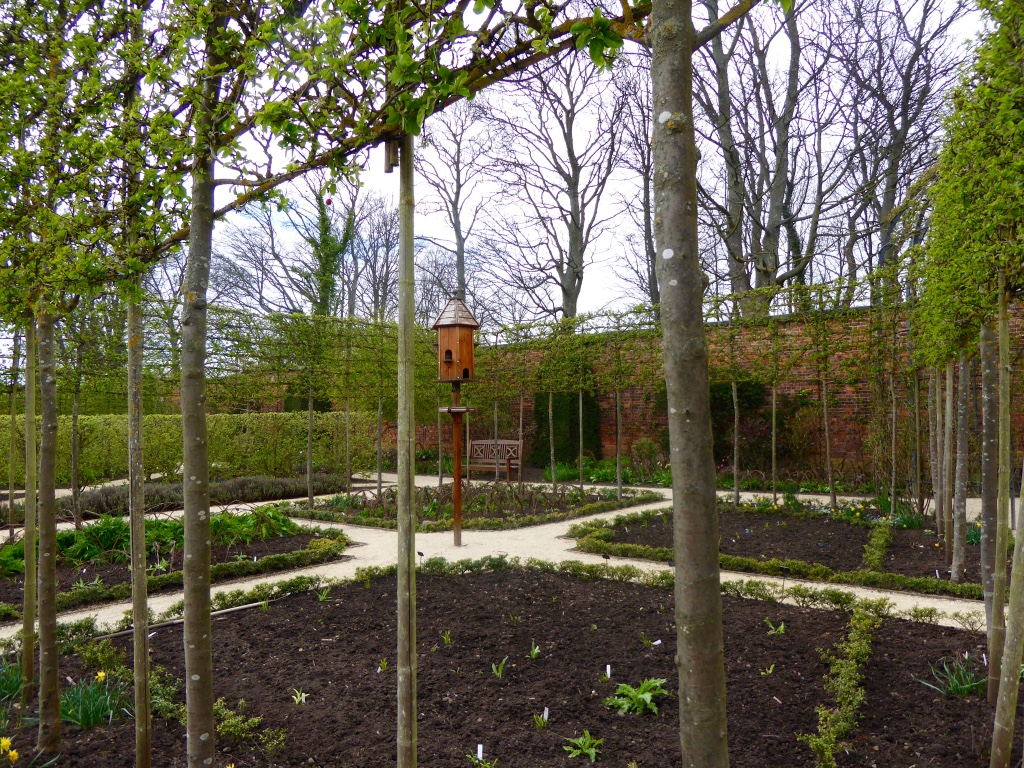
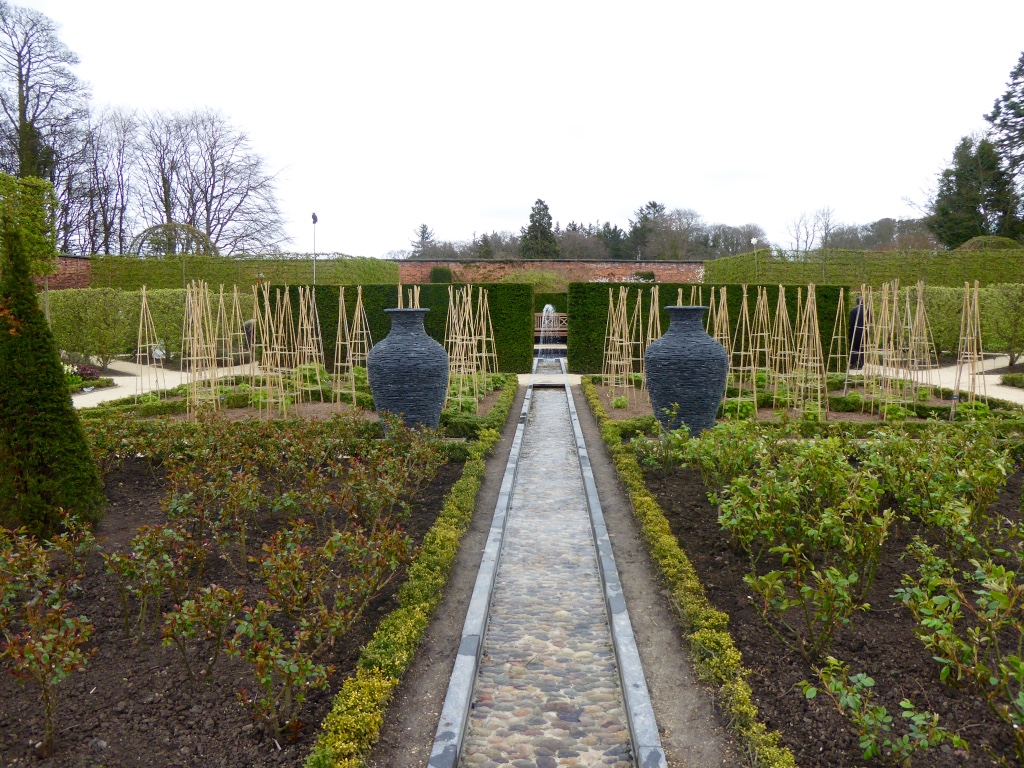
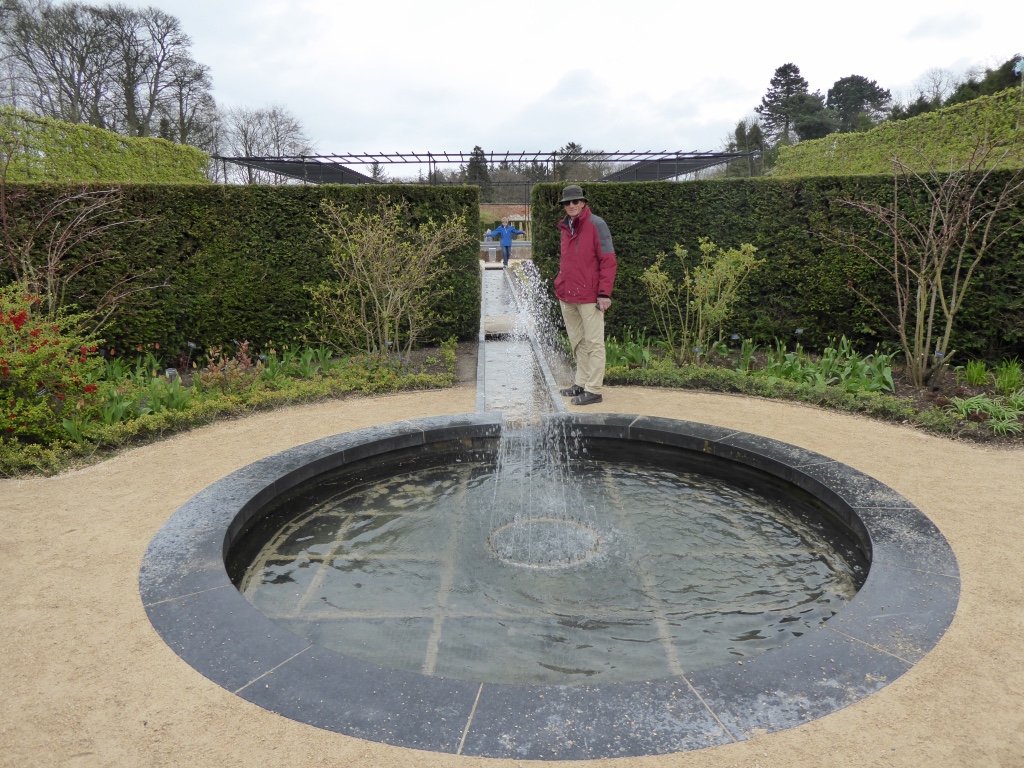
At it’s center lies a pool that spills into the rills that run throughout the Garden, and into two small secret gardens. Beds of bedding roses and delphiniums are edged in box, while cut flower species grow with annuals and bulbs alongside small fruit varieties.
We particularly liked the woven mounds of beech, which they used to keep all the taller varieties from falling over as well as the way plants were staked. Ed is right into pleached trees!!
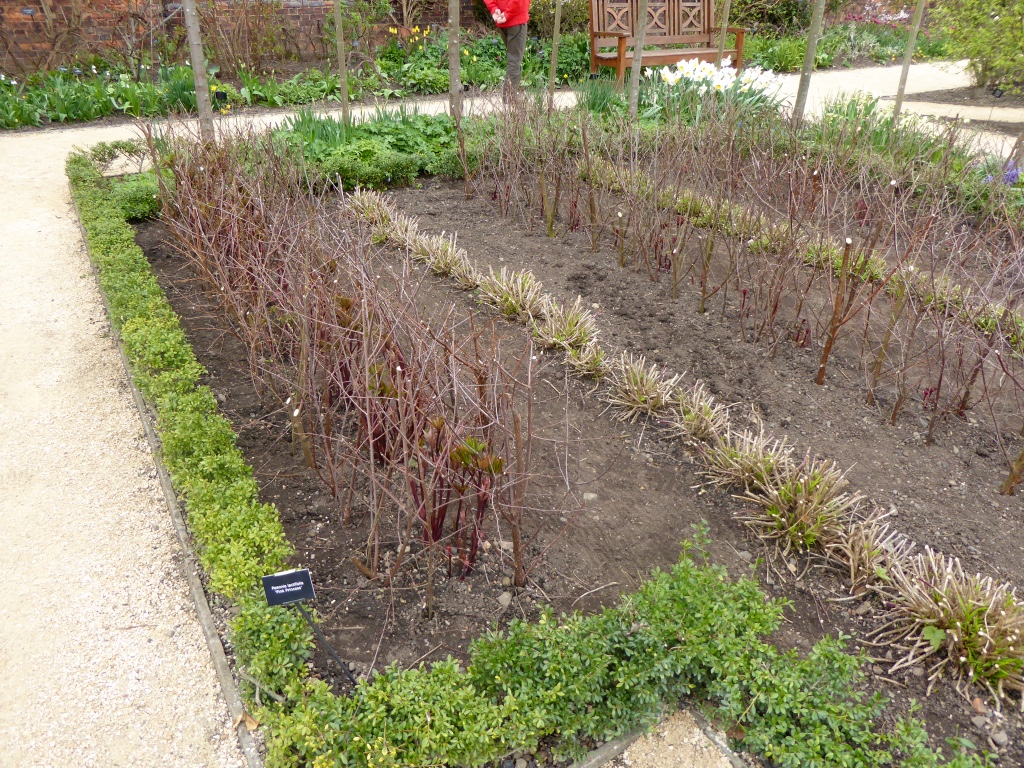
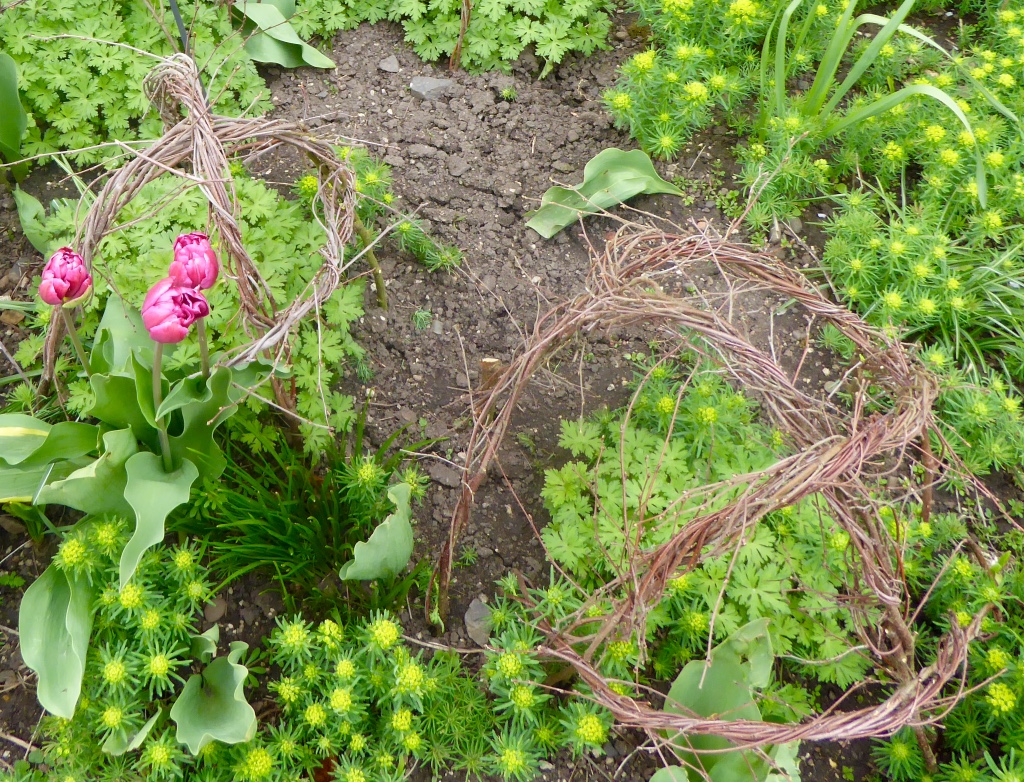
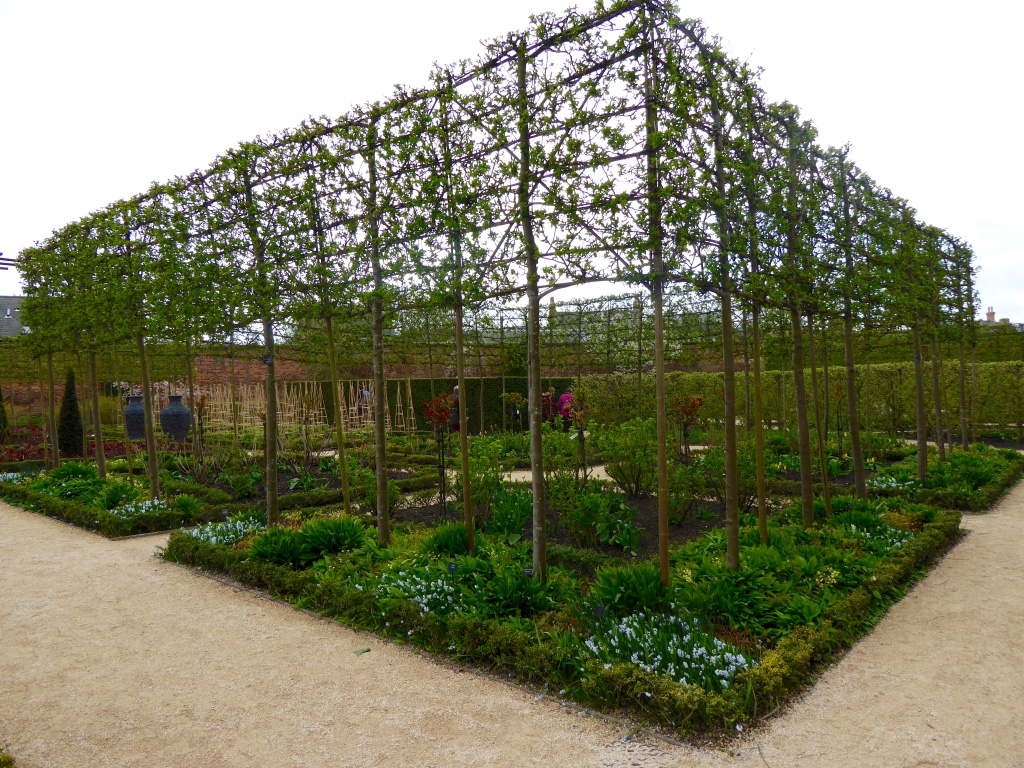
From the Ornamental Garden you can go down the side of the cascades through the many hornbeam pergolas which follow the stone curves, their windows looking onto the water and their twig chandeliers hanging from above
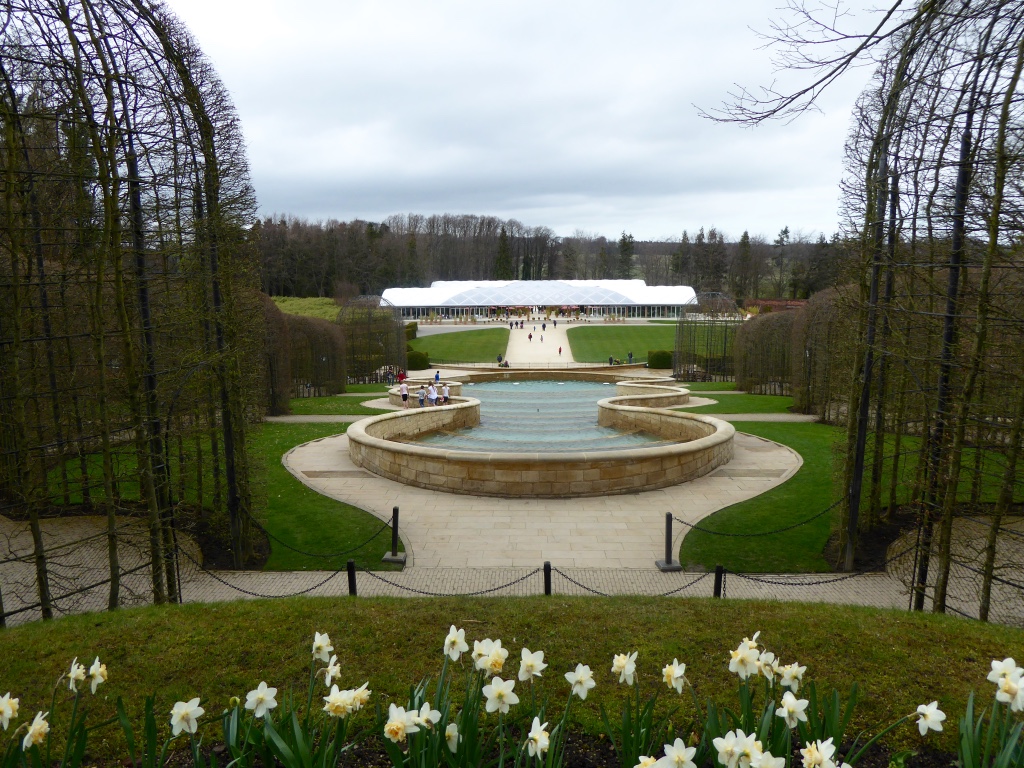
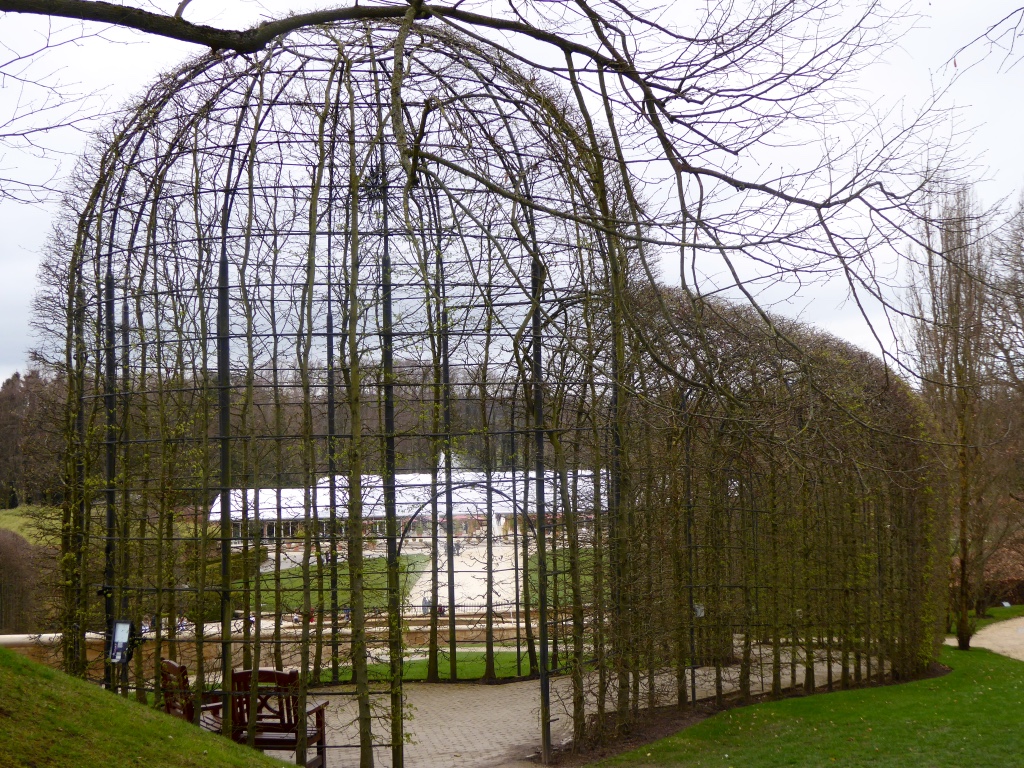
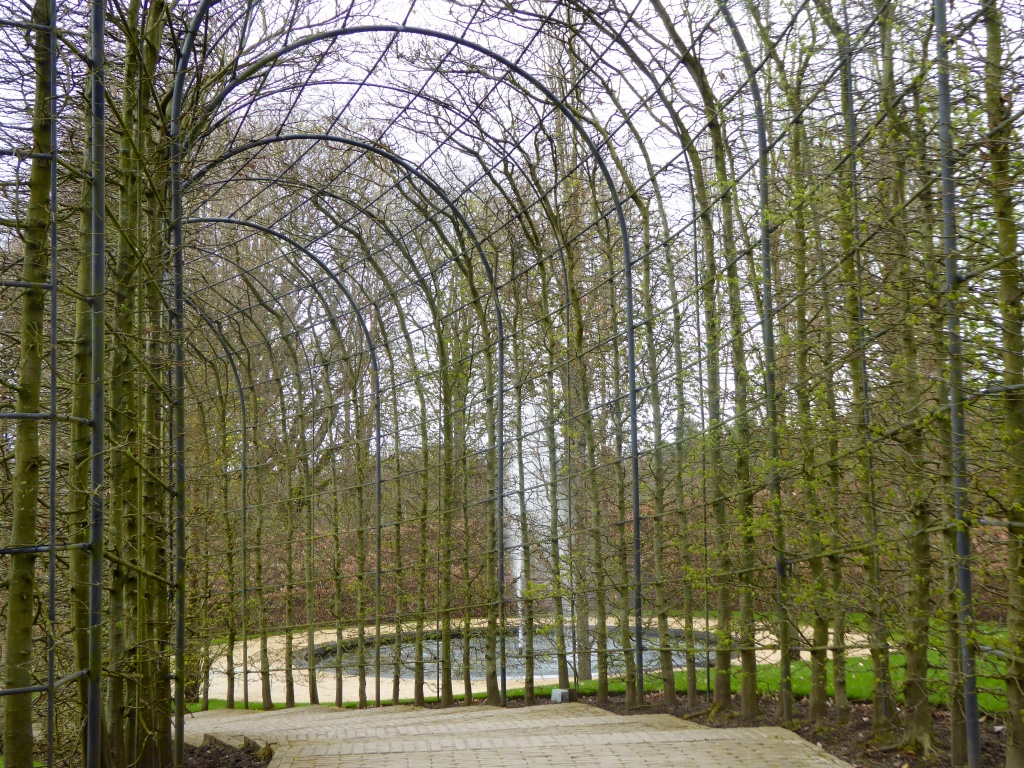
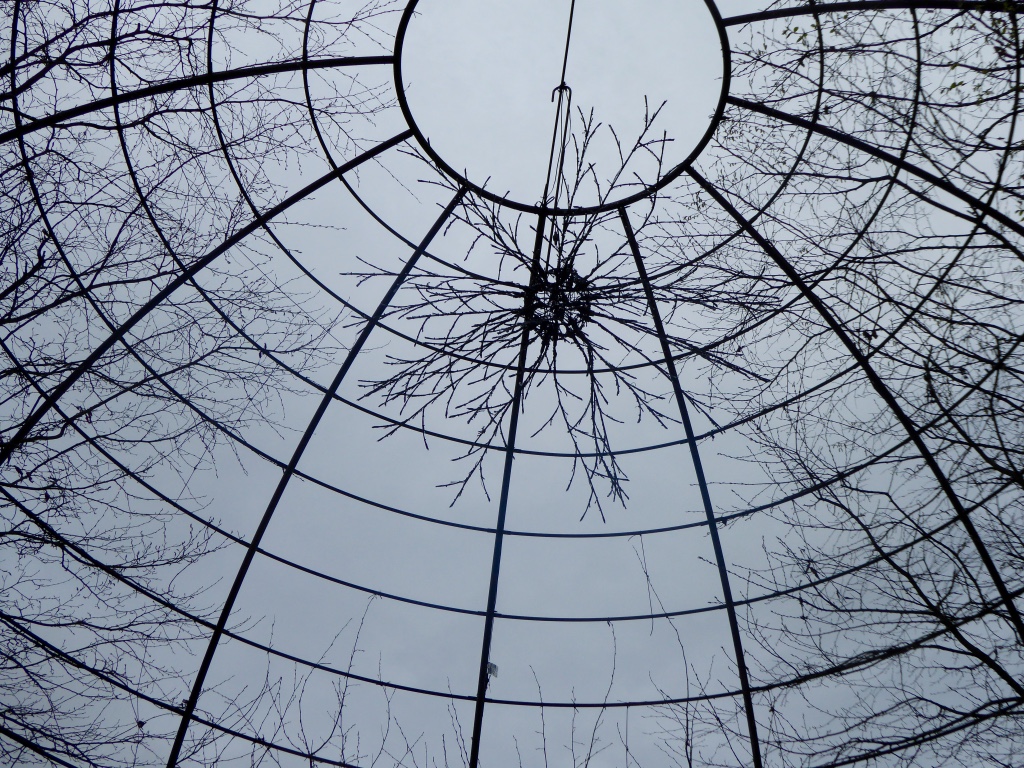
OR you can go down through the Cherry Orchard, which is planted with over 300 Tai Haku cherry trees. The trees are underplanted with daffodils, jonquils and 50,000 Purple Sensation Alliums (which come out a little later), and pathways meander amongst them, with azalea borders planted at the Orchard’s edge.
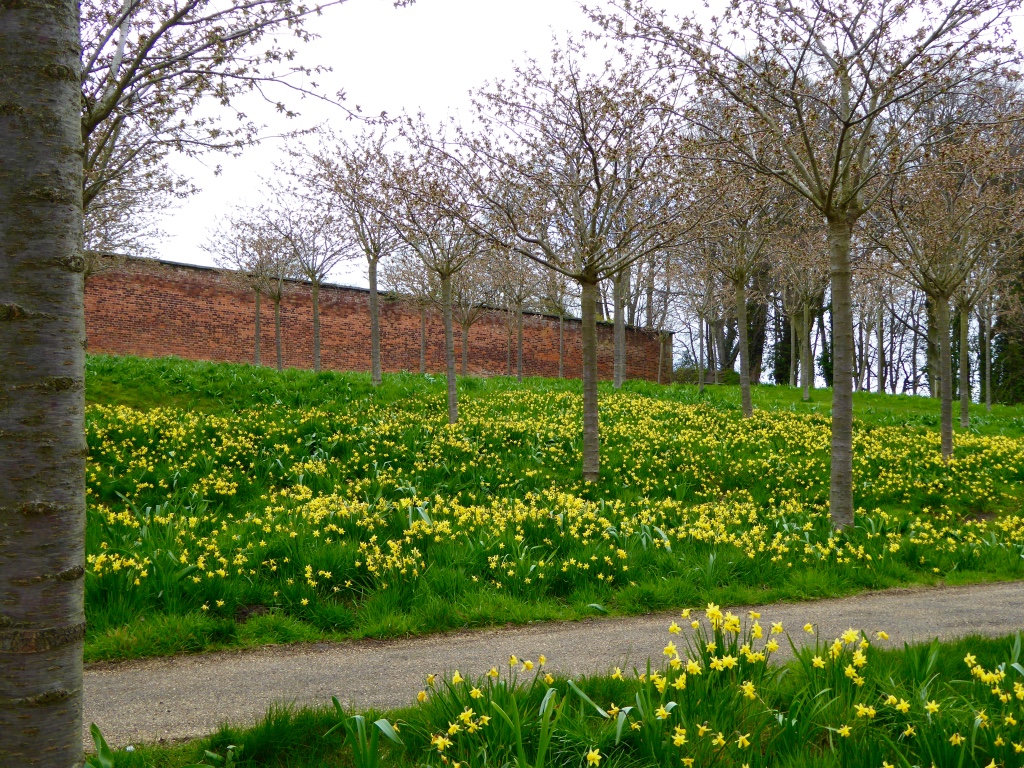
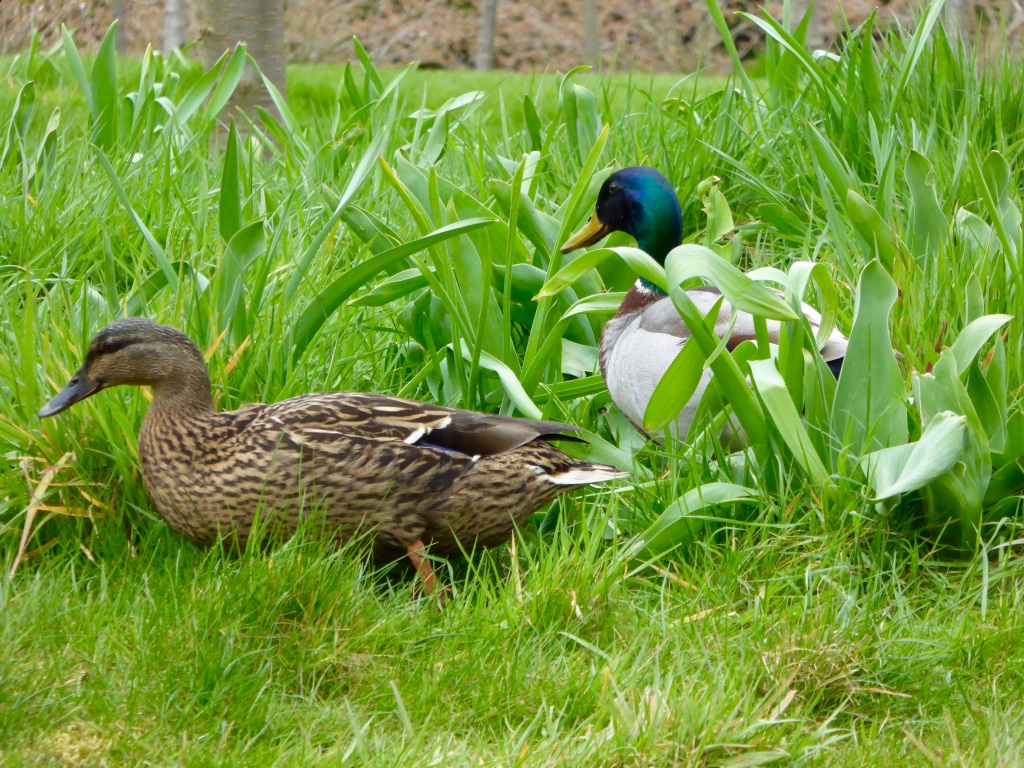
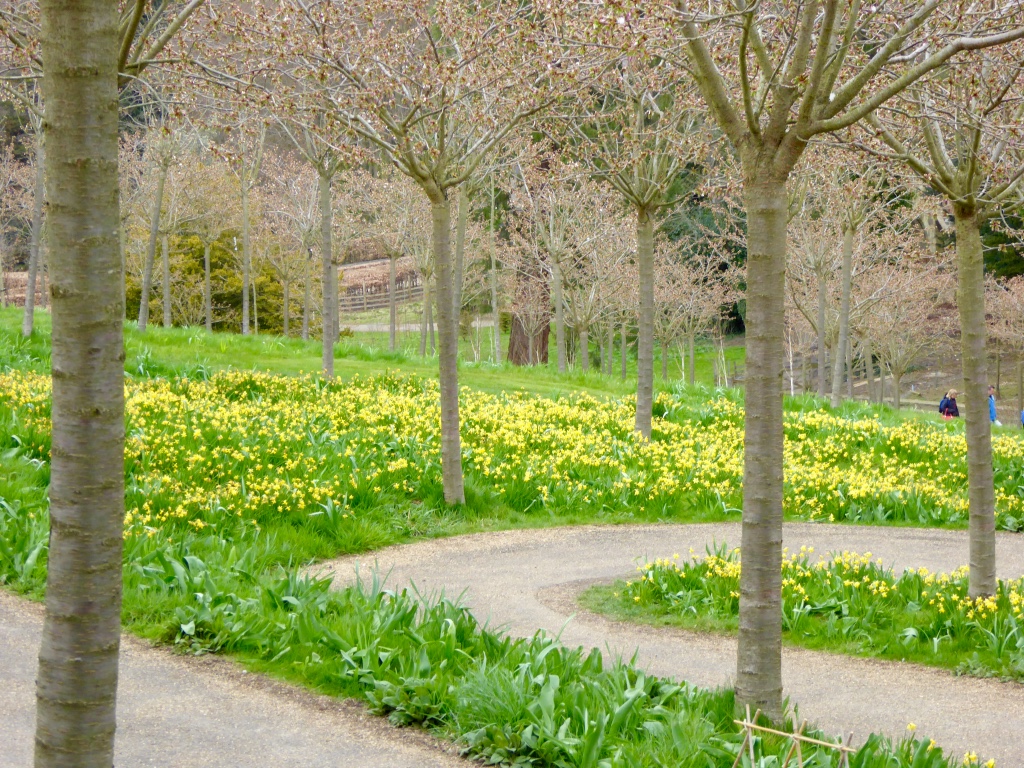
At the bottom is the Poison garden where, behind locked gates, are many varieties of deadly plants – some only displayed with Home Office approval. This is very popular with children and adults alike and is only accessed by guided tour. The guides are well into the spirit of things and play it up really well though we did wonder when they asked us whether it was true that more animals died from the fumes of burning oleander than from the bushfire itself!!
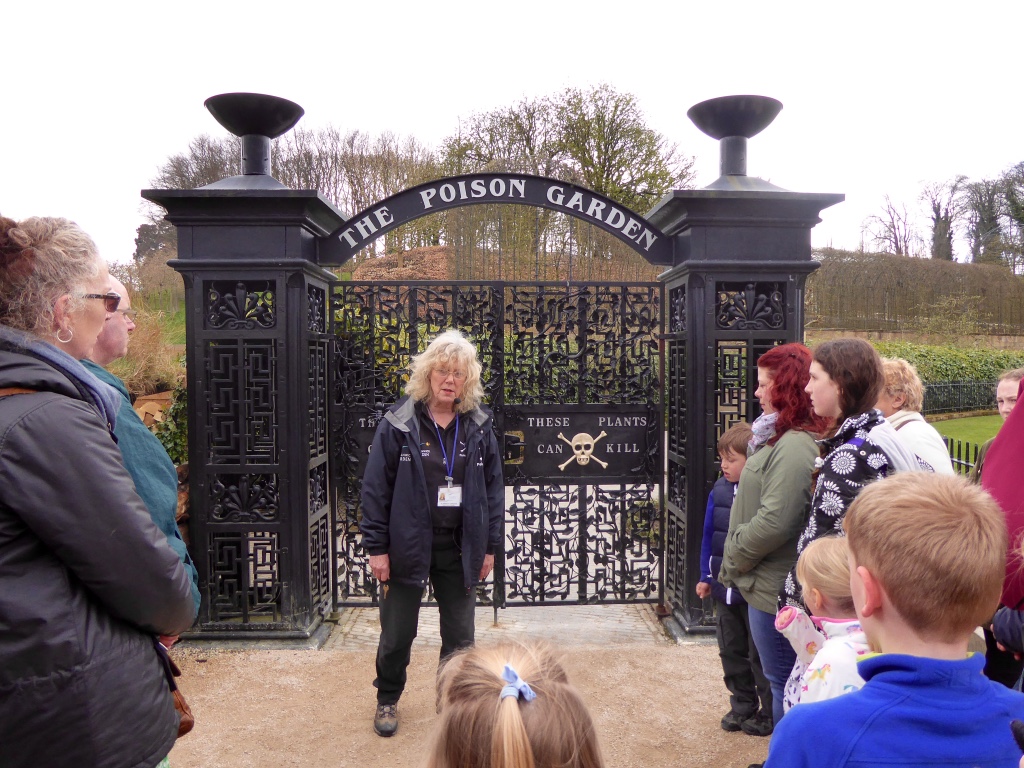
Before you leave the Gardens you come to the enormous and beautifully crafted Treehouse, which is built from Canadian cedar, Scandinavian redwood and English and Scots pine. It sits high in the treetops in a copse of mature lime trees and looks as if it’s been there forever. There are walkways in the sky and wobbly rope bridges for bouncing on as well as a café in the ‘potting shed’.
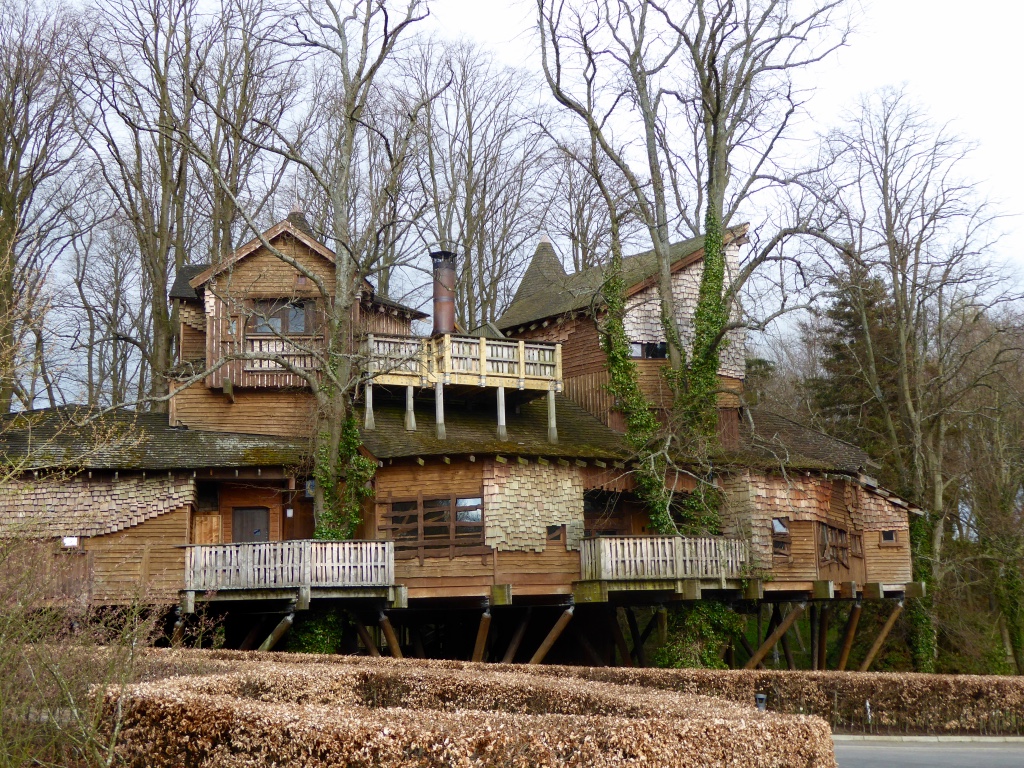
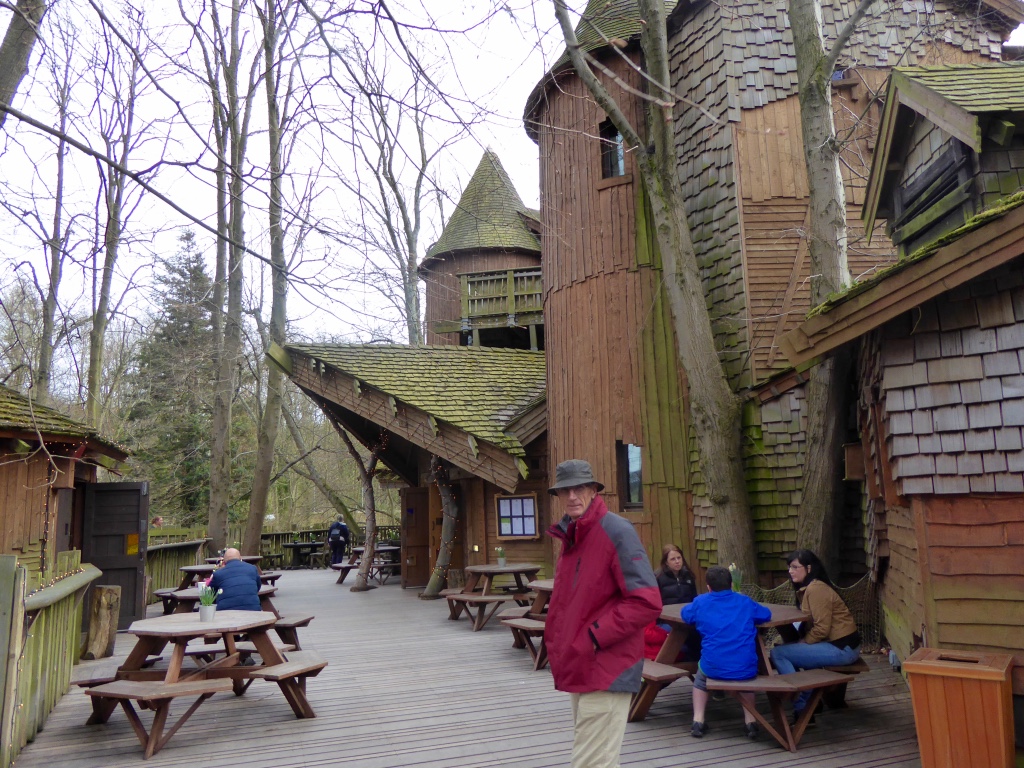
At the heart of the Treehouse is one of the most beautiful and unique restaurants to be found anywhere in the world. There’s a roaring log fire in the center of the room, trees growing through the floor, handcrafted furniture and screens created from fallen branches. Unfortunately you have to book a long time ahead and we were unable to get in.
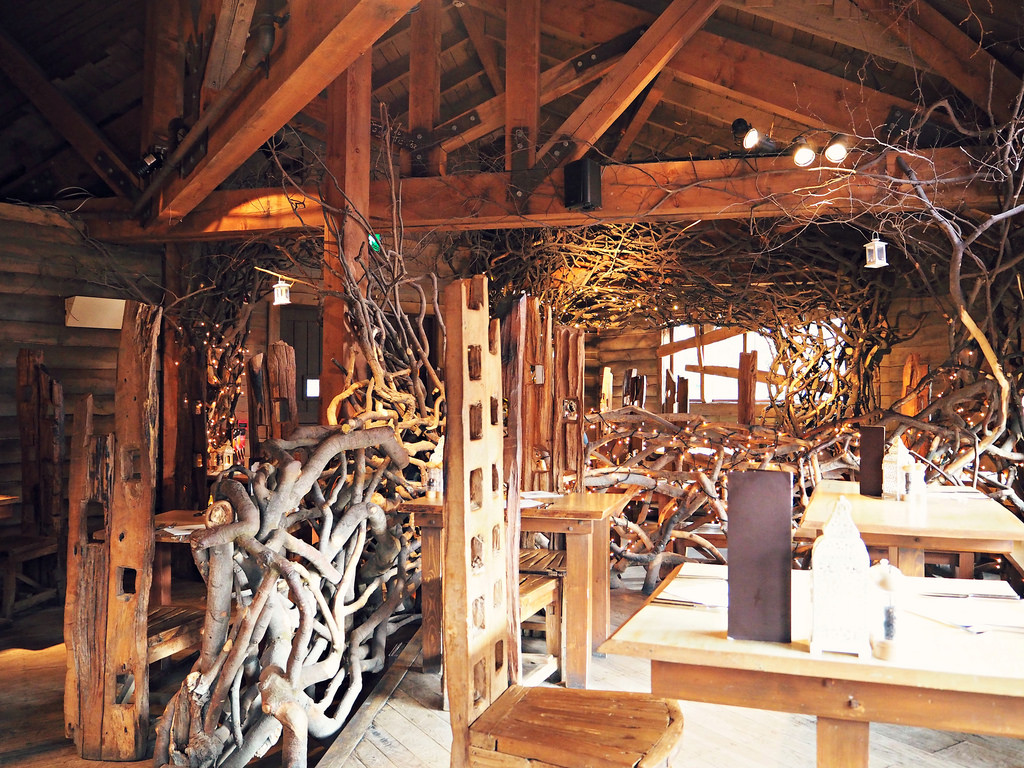
Underneath the Treehouse is the Woodland Walk where the path is lined with mature trees, wild garlic and, in spring, bulbs carpet the ground. Sculpture exhibitions are tucked in among the trees for added interest.
I could have spent a week there but we only had 5 hours and then it was back to our lovely B&B, a warm welcome from Bill and Jean and a comfortable night before tackling Alnwick Castle the next day –but that is Ed’s blog!
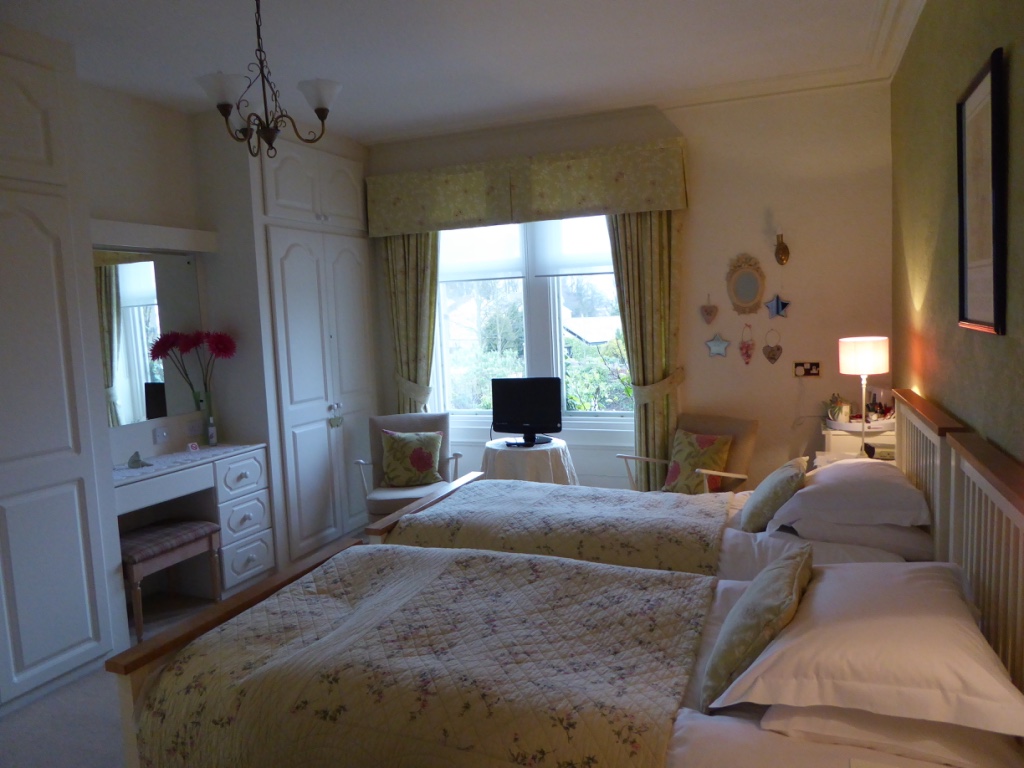
Wild Romantic Scenes
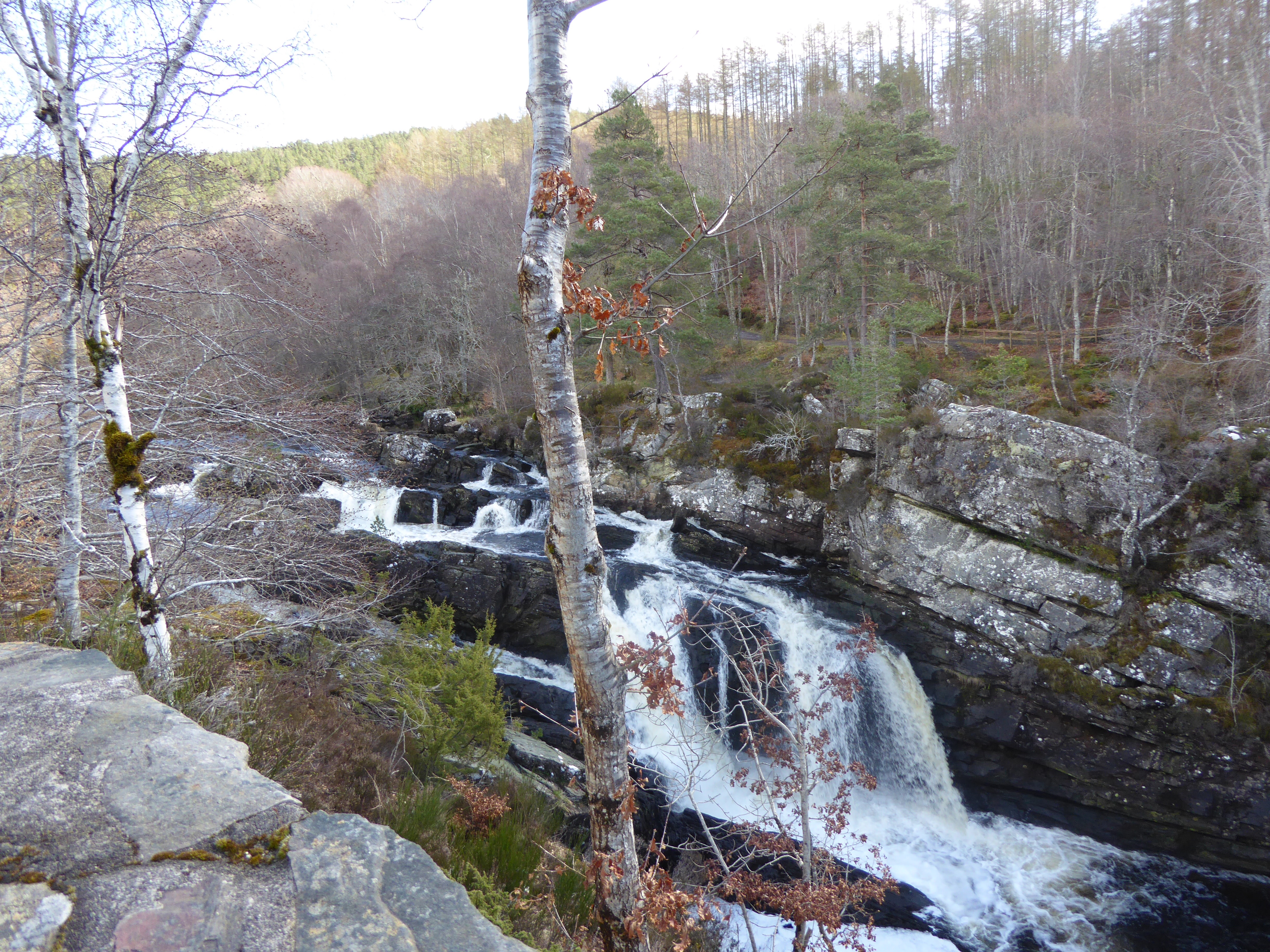
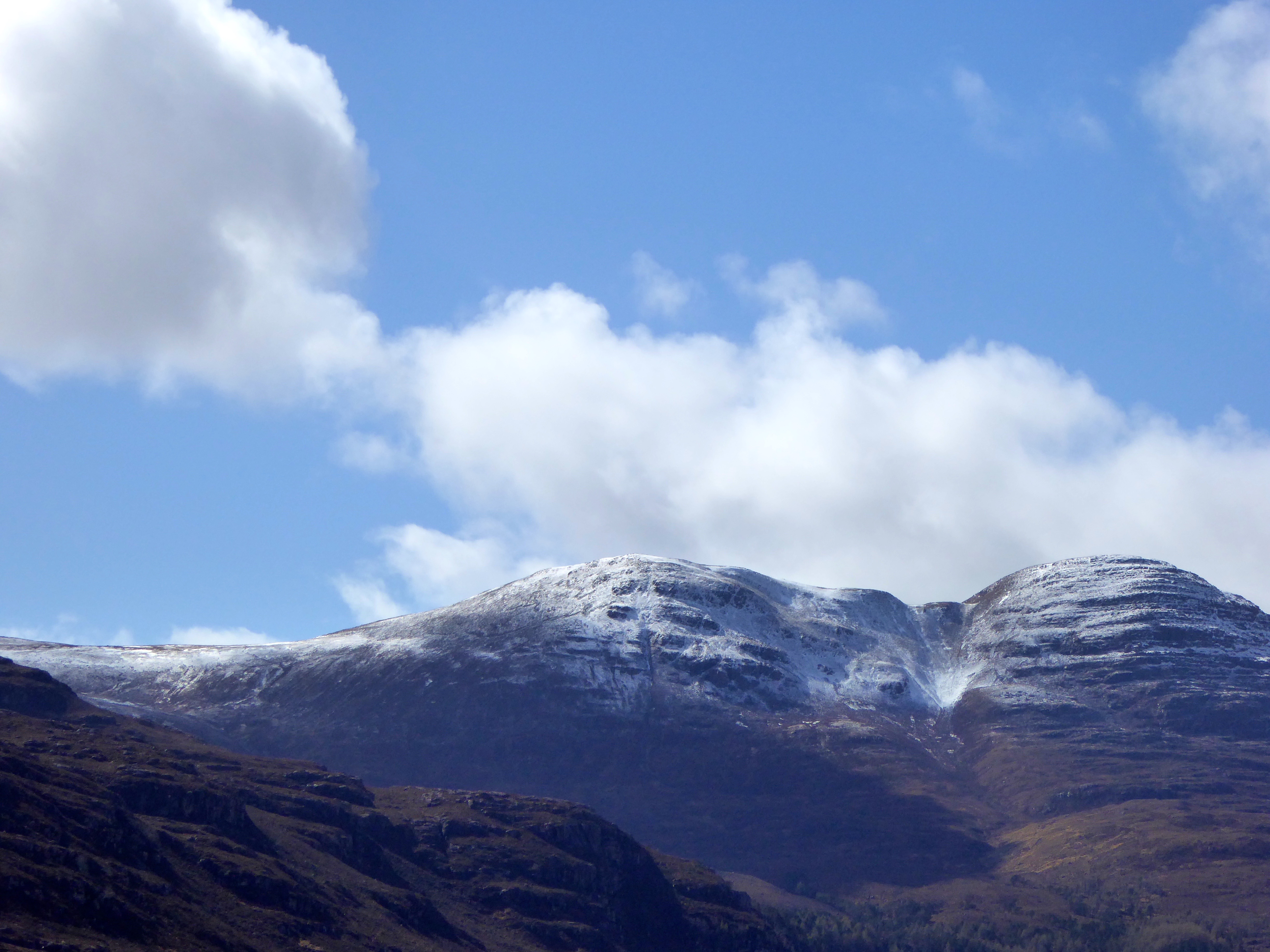

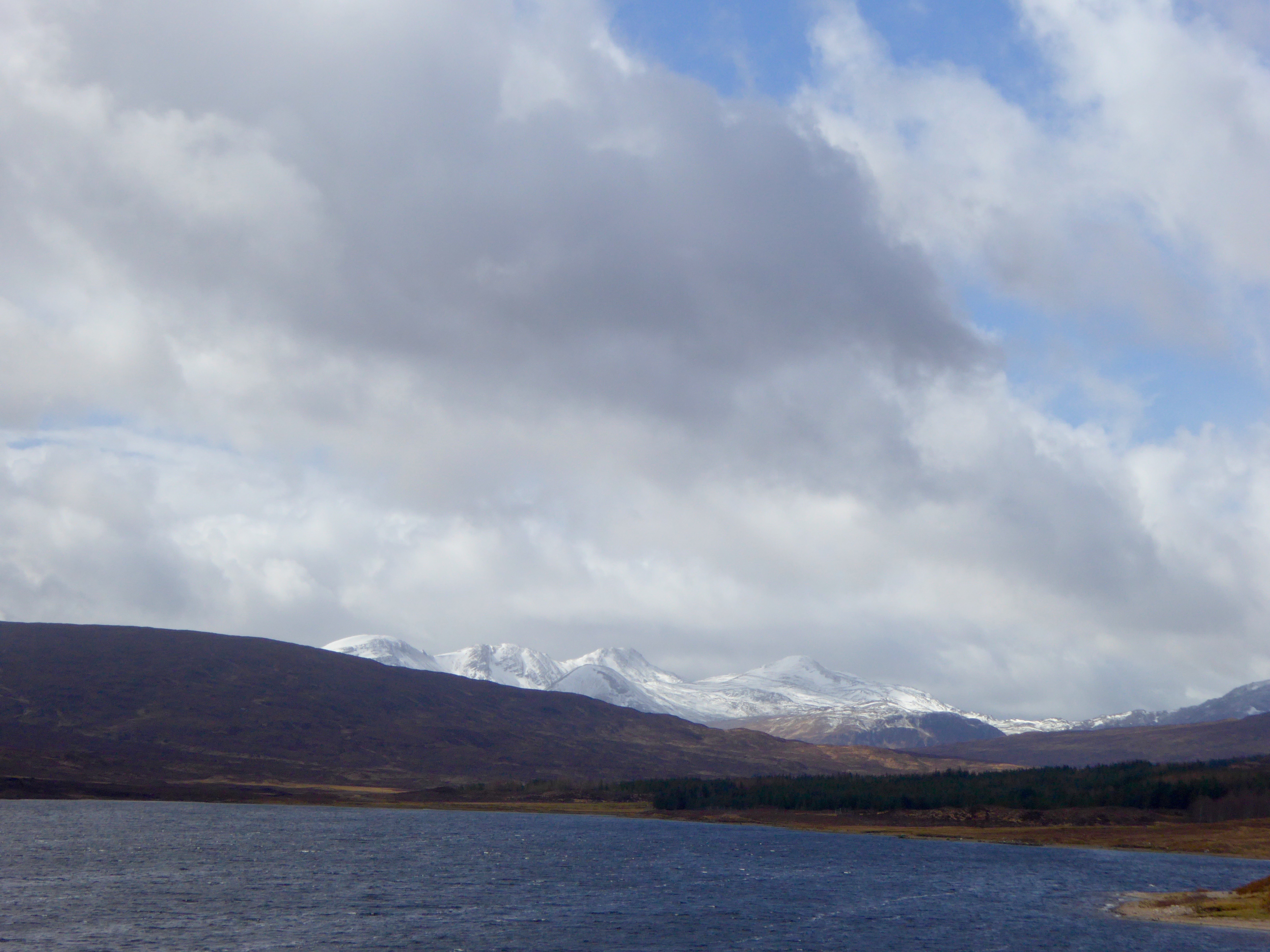
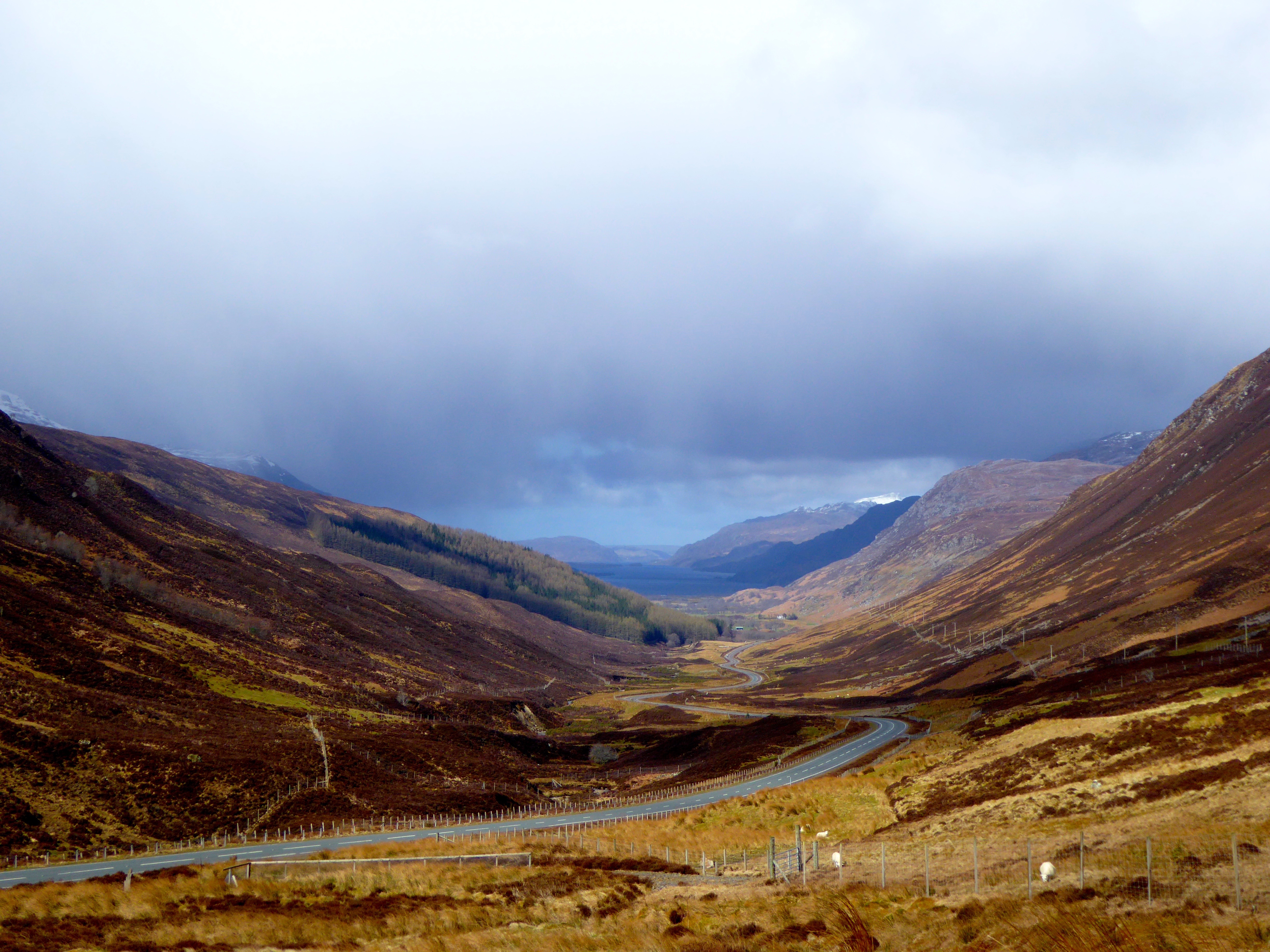
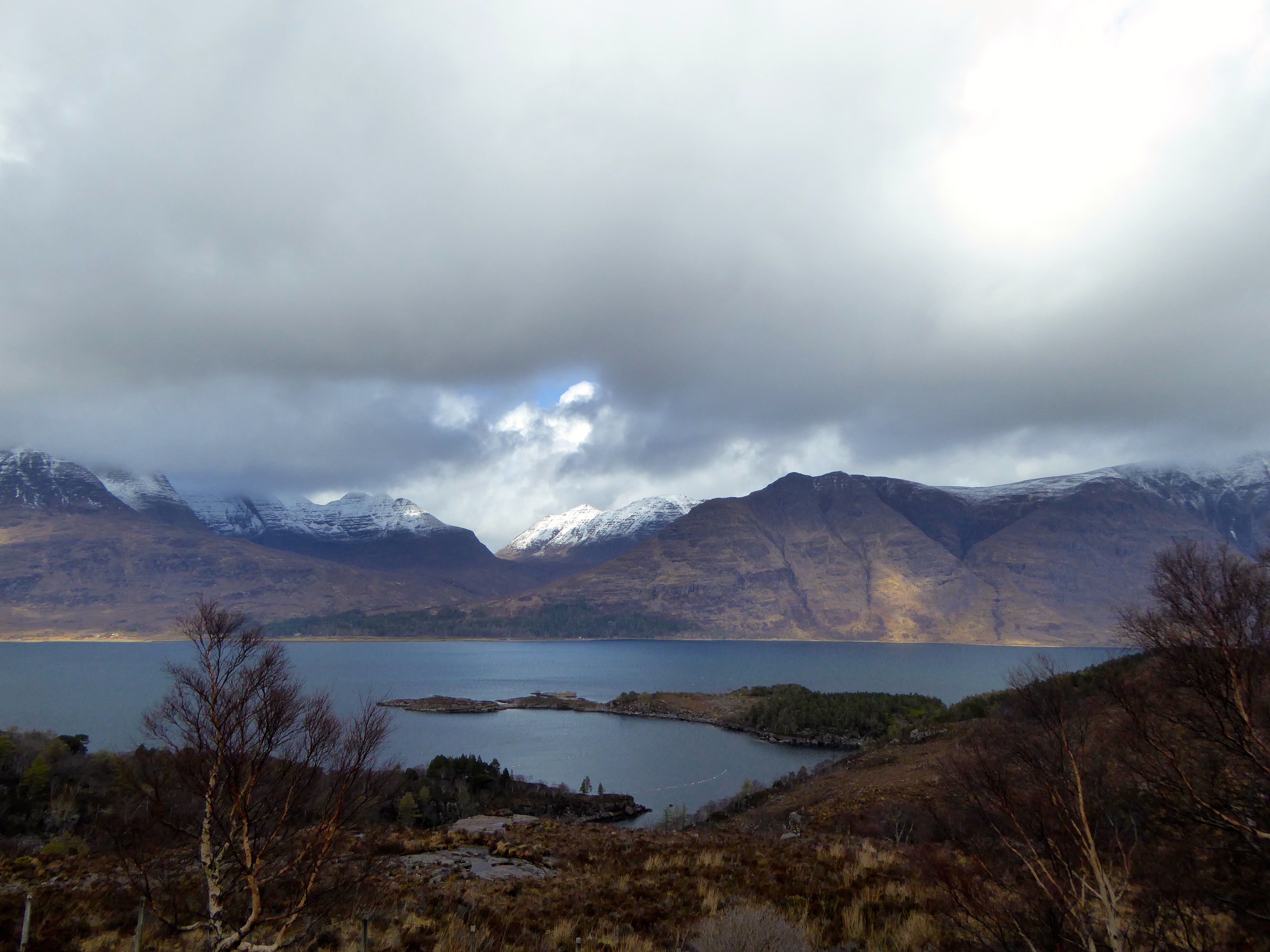
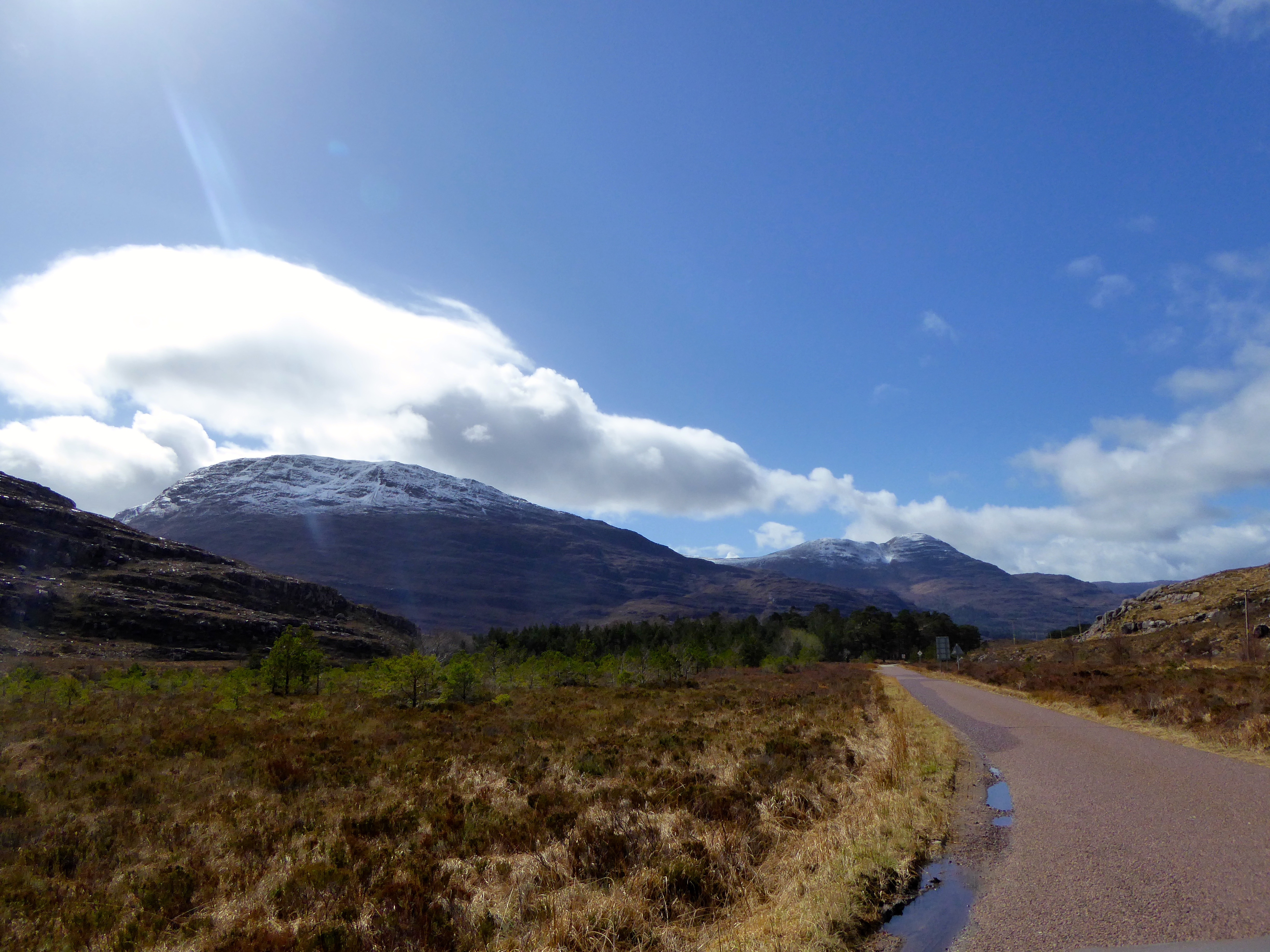
From Inverness we took a more northerly indirect route to the Isle of Skye through the towns of Achnasheen, Kinlochewe, Shieldaig and Lochcarron. On the way we passed Rogie Falls, Loch Luichart, with Sgurr a’Mhuilinn, Fionn Bheinn and many other mountains to the left and right. We passed the head of Loch Maree and finally arrived on the West coast. All the high hills and mountains were dusted with snow. Not far from East to West coast in Australian terms but nonetheless a wild and remote landscape with single lane roads that wound their way through the valleys
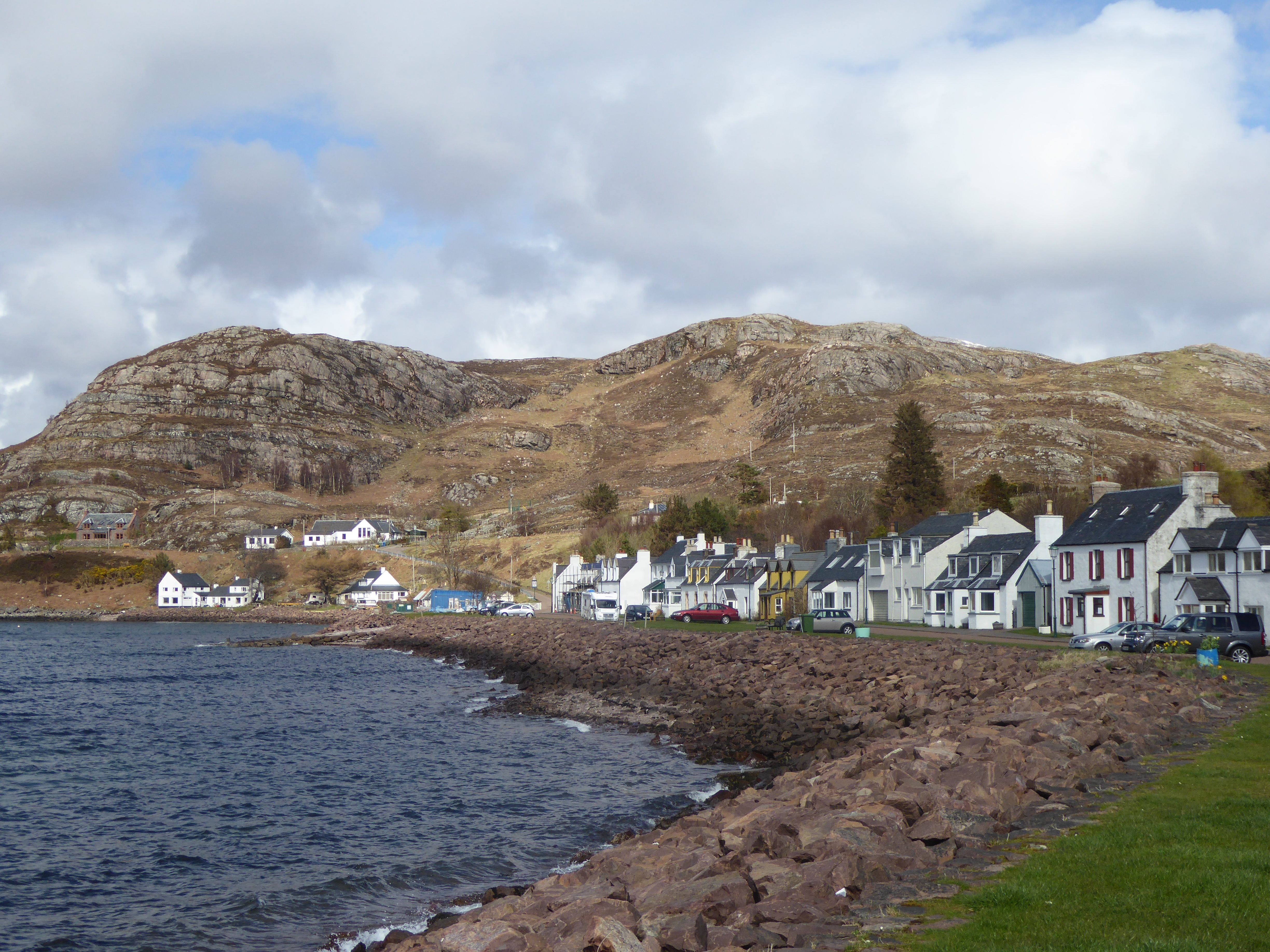
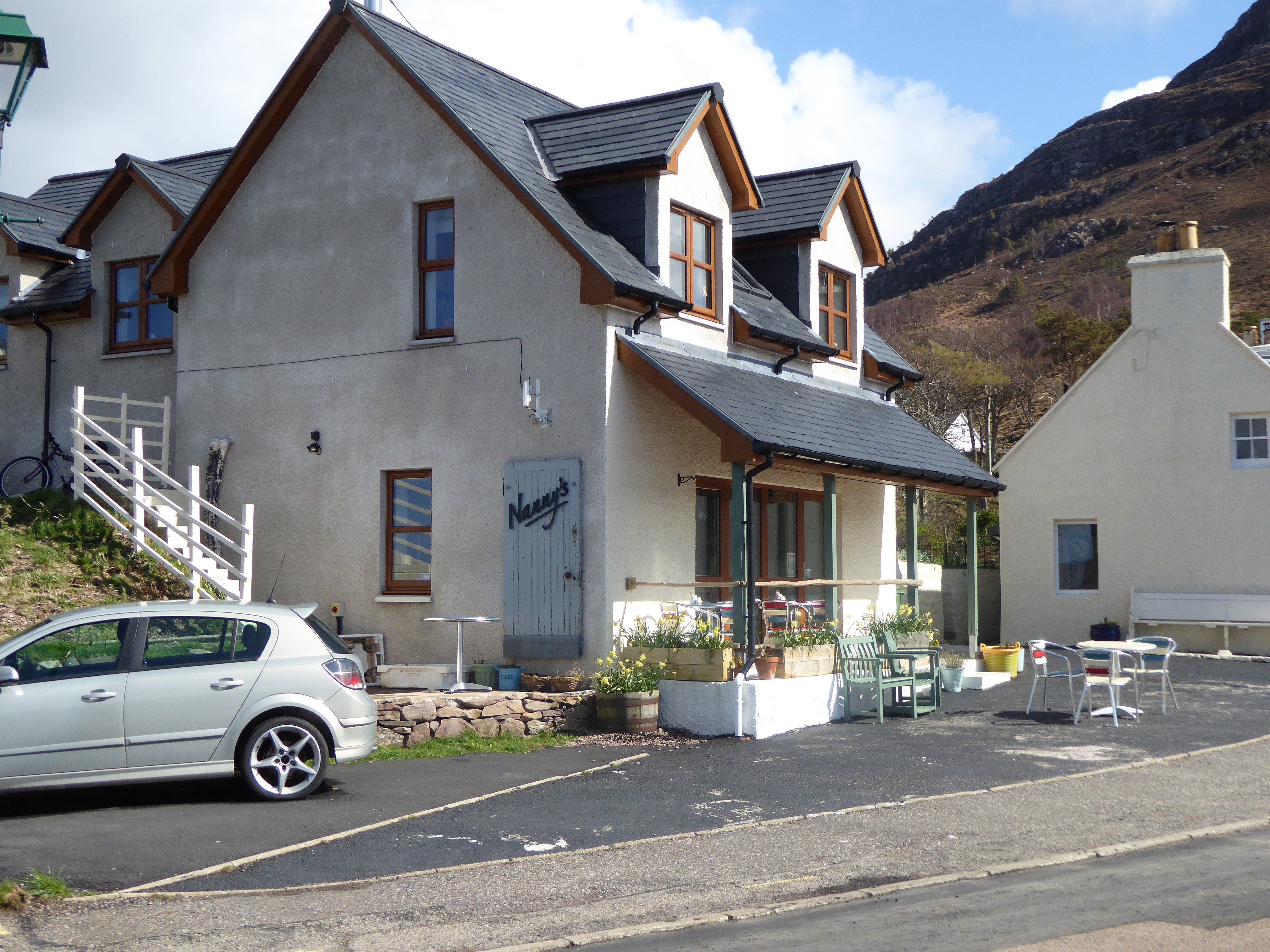

We stopped at “Nannys” in Sheildaig, famous for its local seafood. The Loch Torridon squat lobsters and live creel-caught langoustine being out of season we settled for a salmon platter with salmon in all forms (salmon pate, hot and cold locally smoked salmon all served with the renown Viv’s Dill Sauce) followed by beetroot chocolate cake – very yummy and something I’m definitely going to try. It was then back on the goat tracks and on to Eilean Donan Castle.

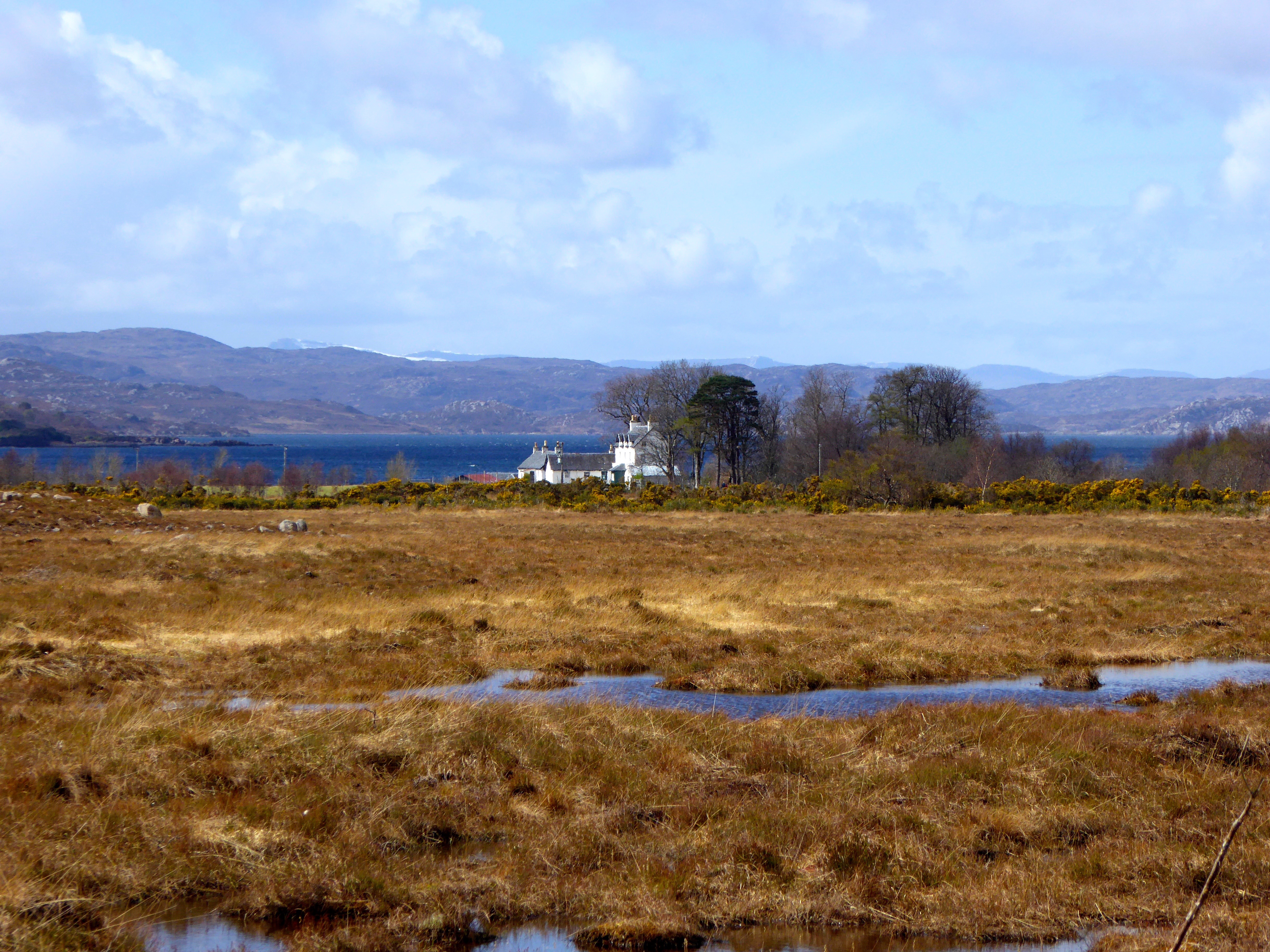
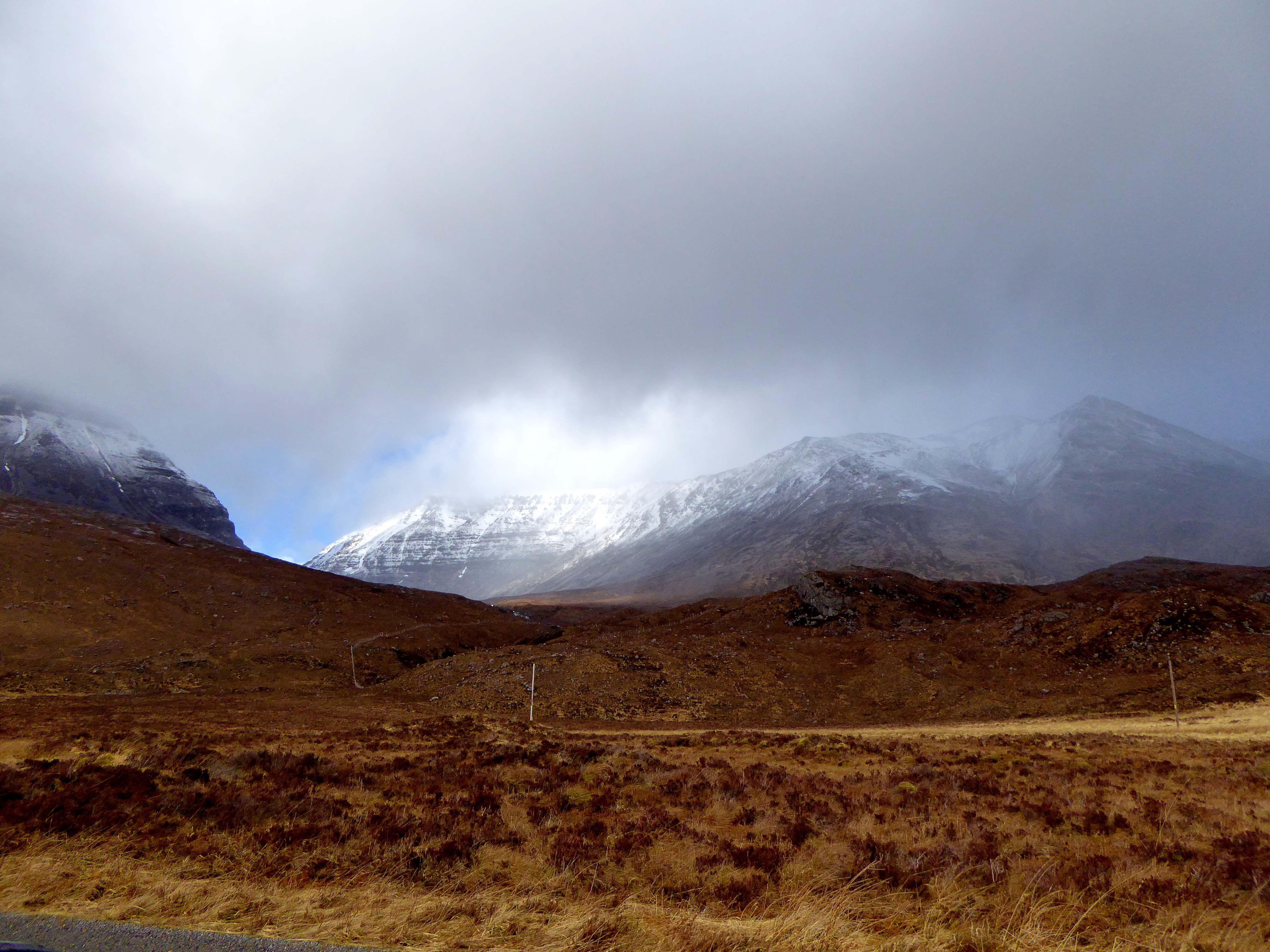
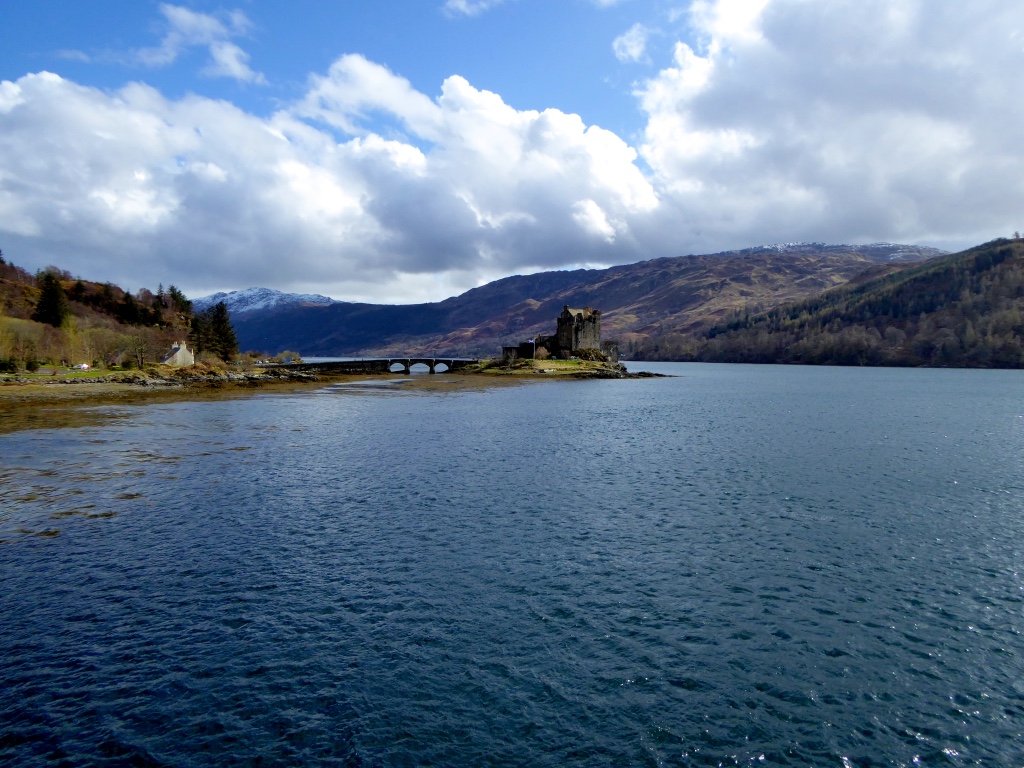
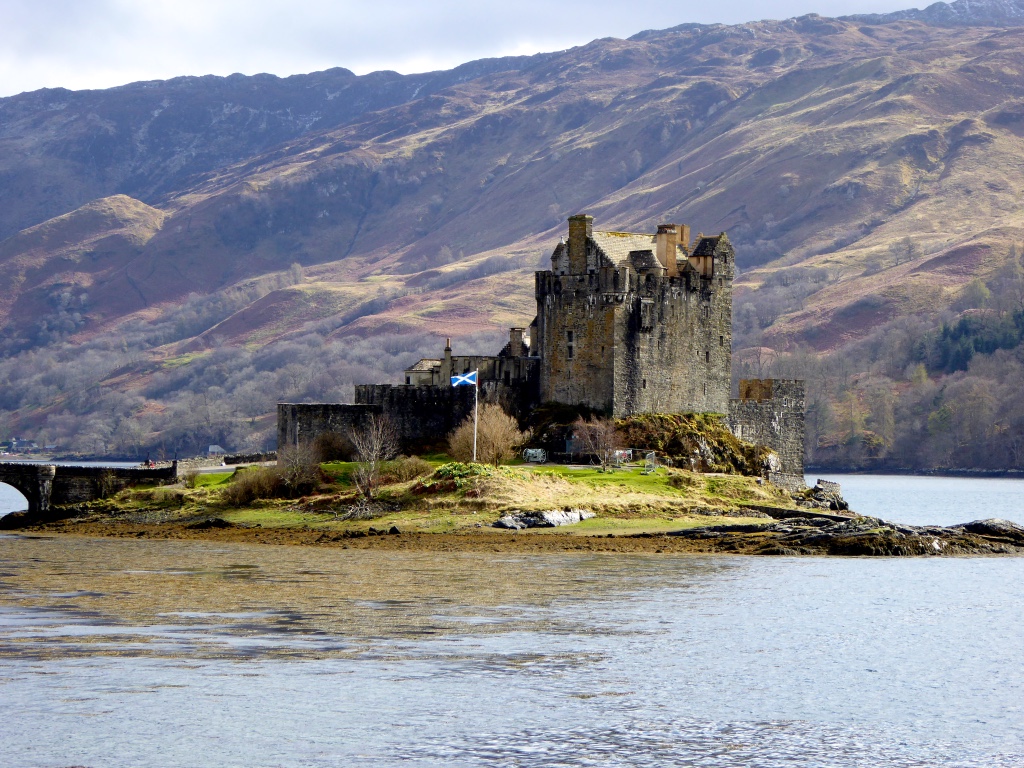
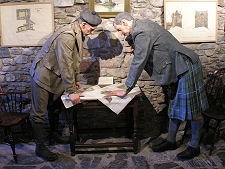

Lt Col John Macrae-Gilstrap and his wife, an American heiress rebuilt it at considerable cost over 20 years from 1911 – 193 using it as a family home until quite recently. It is still owned and run by the family as tourist attraction in immaculate style. It was at Eileen Donan that we purchased a highland cow – her name is Morag and she will be arriving at Stradbroke at much the same time as us.
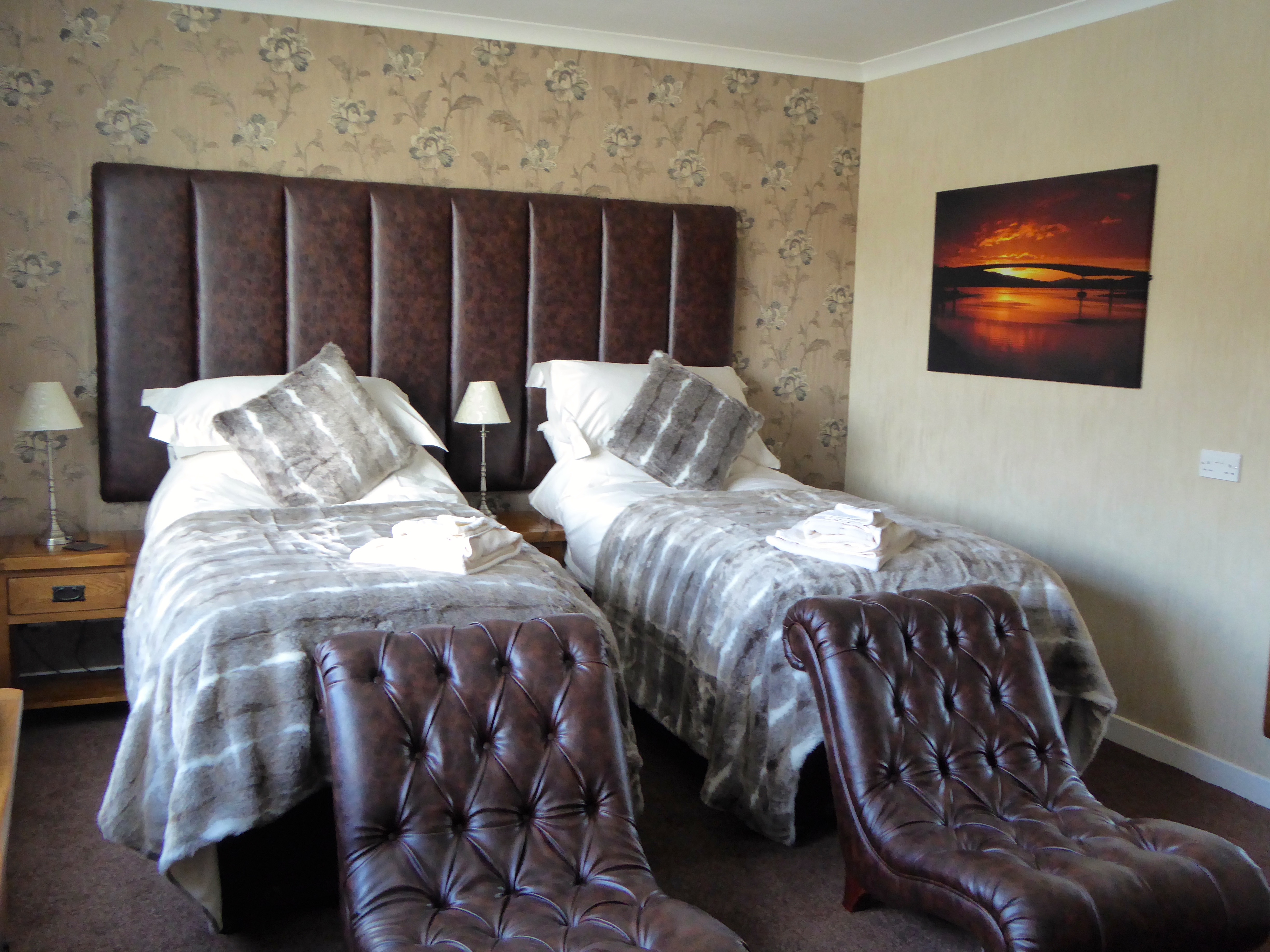
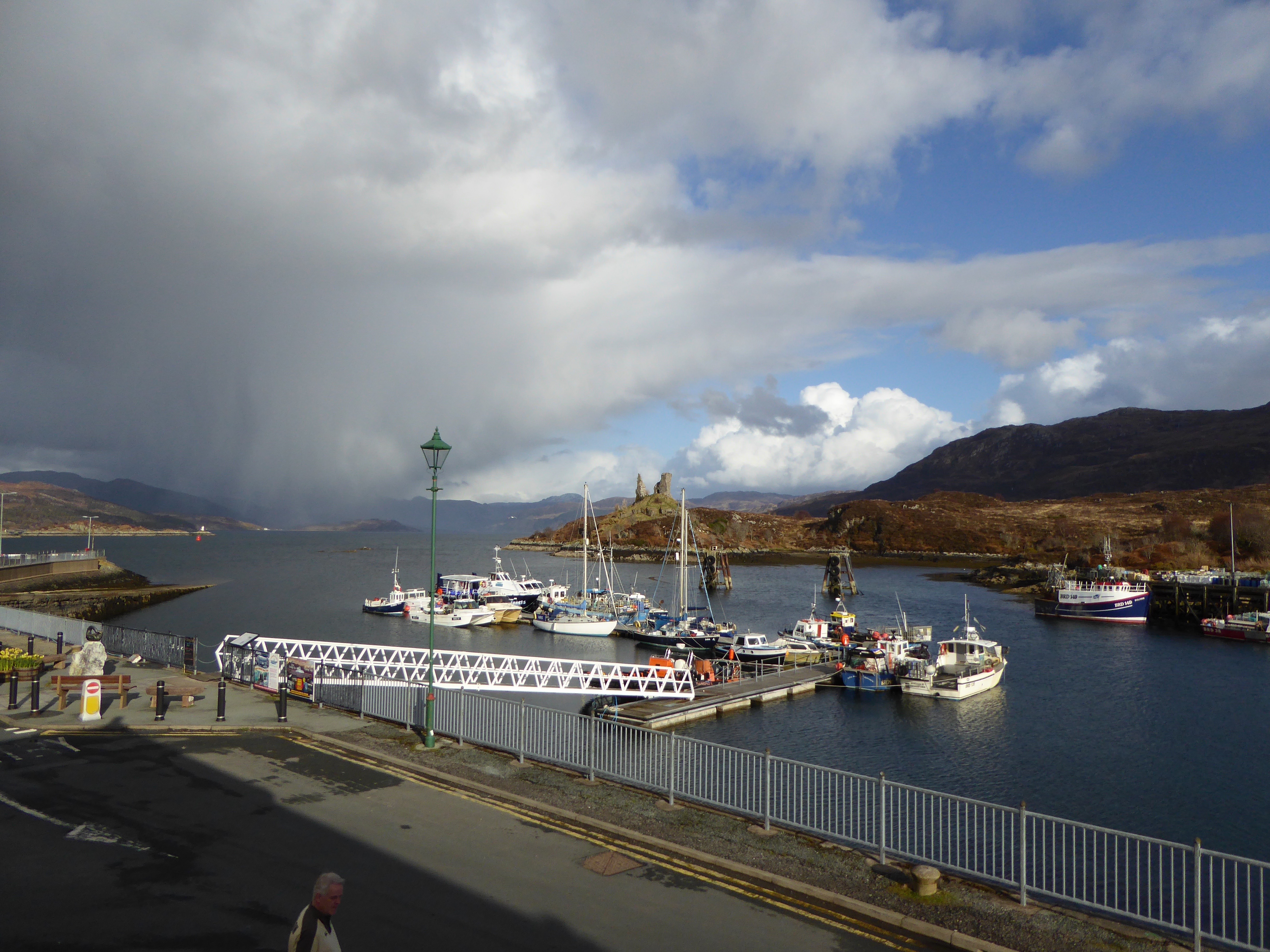
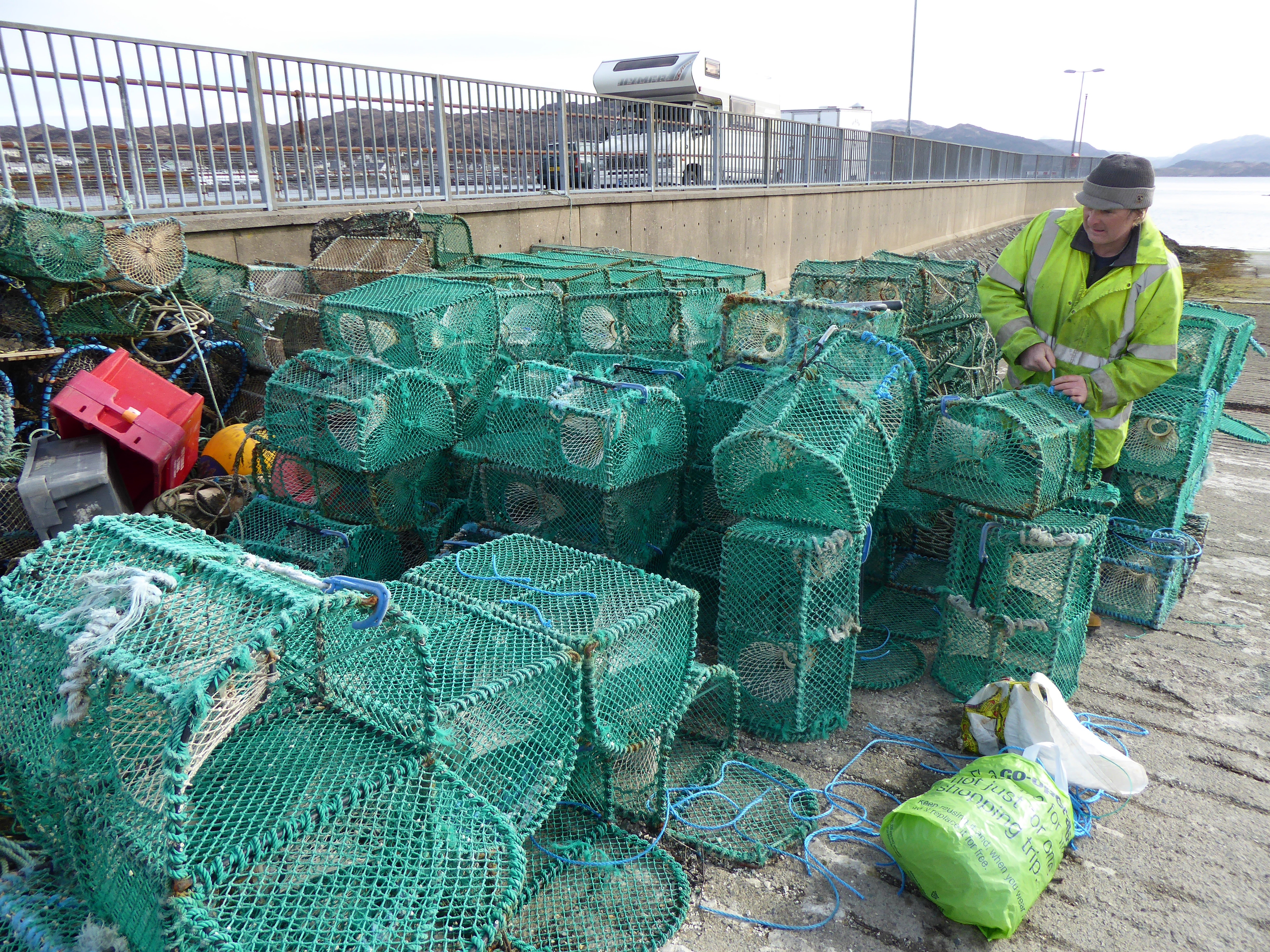
That night we stayed in the pretty little town of Kyleakin on Skye and in the morning drove across to the West side of the Isle via a road recommended to us by our hostess as the way to see “the real Skye”. It was only 15 miles (25km) from one side to the other but took an hour each way via the single lane bitumen road. Nowhere to move over except in “passing bays” every 500m or so. The locals would come charging down this road in “take no prisoners style” around the blind corners whereupon you would make a dive for the nearest passing bay and hope to miss.
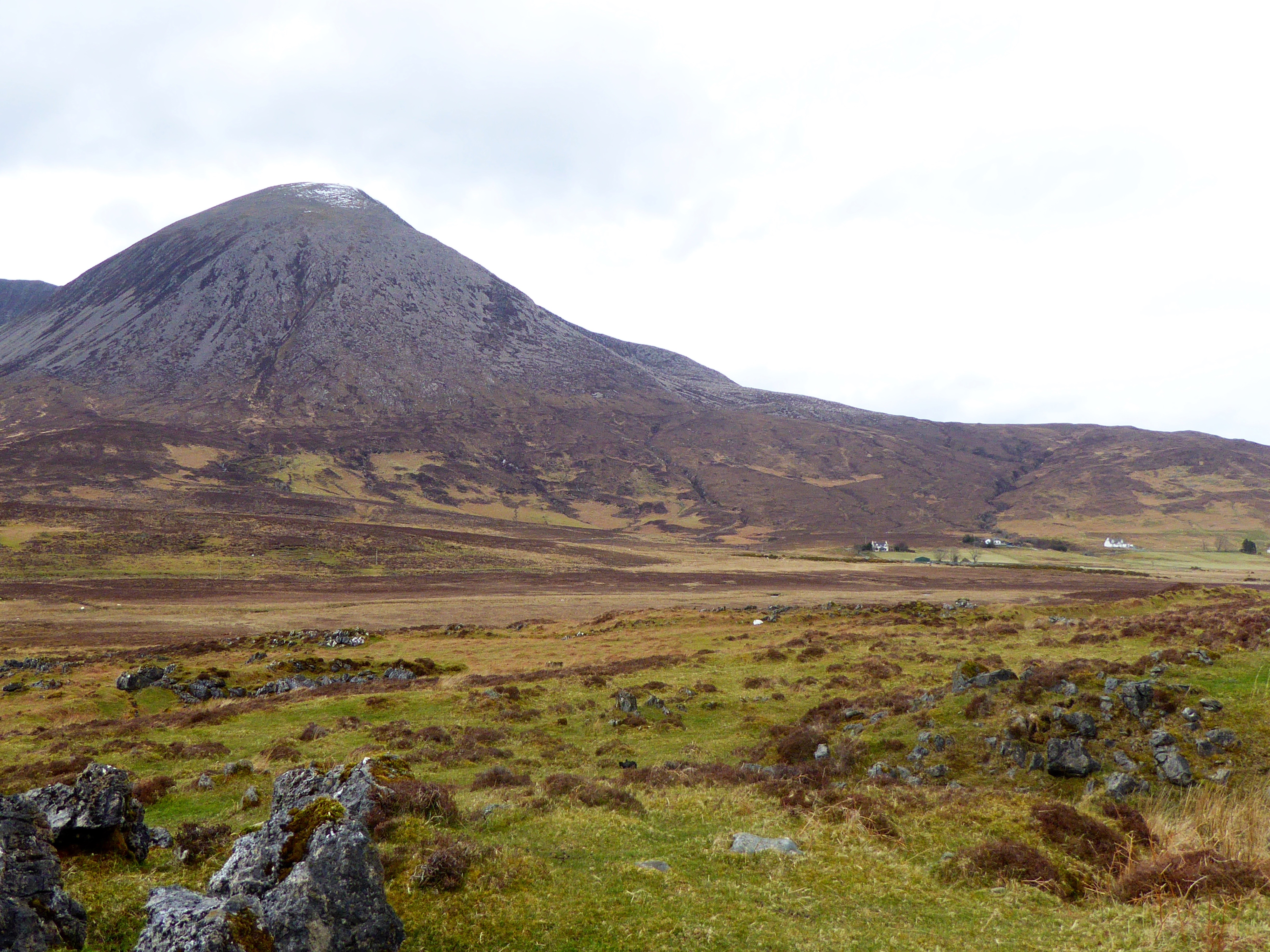
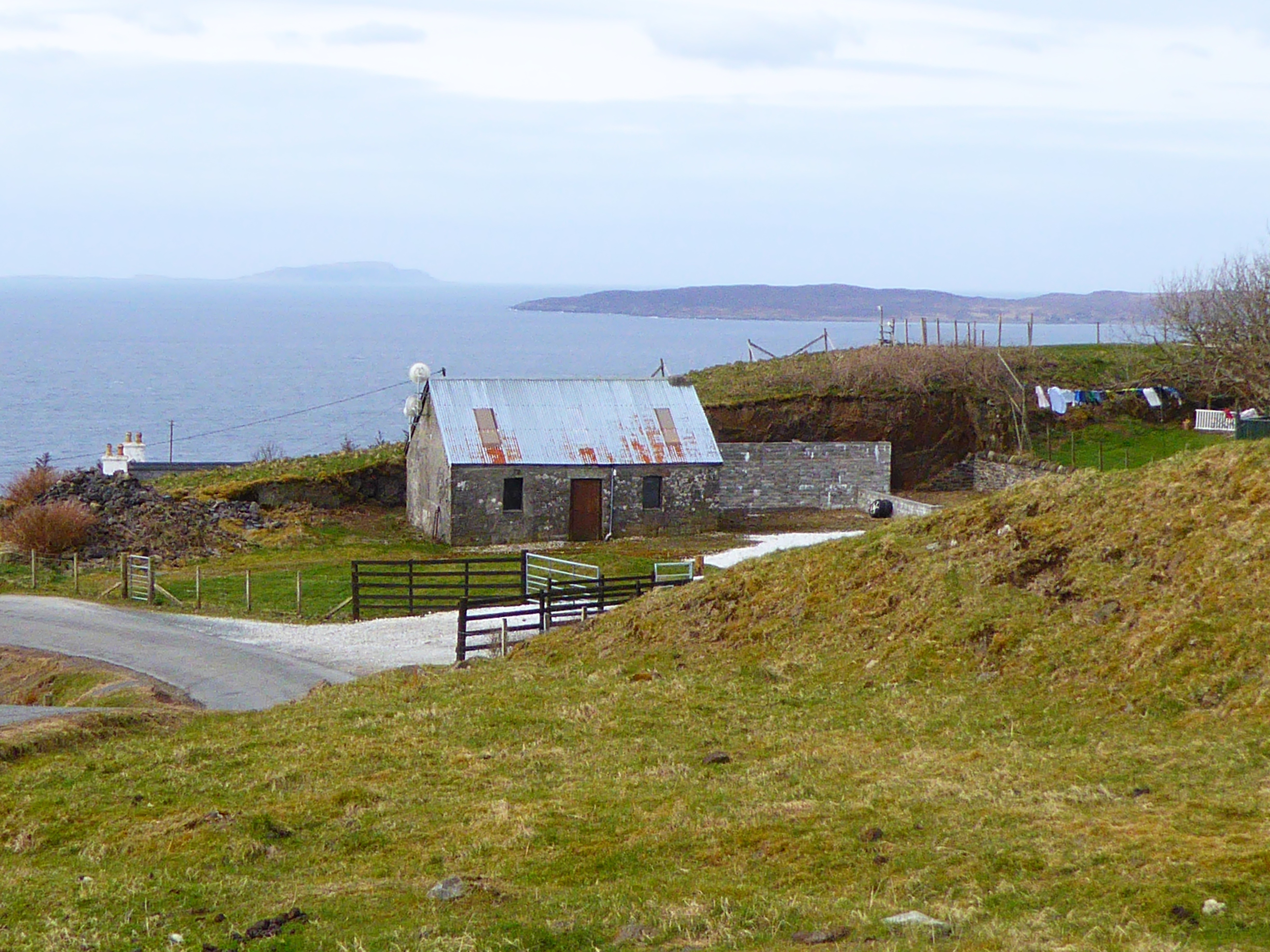
A more wild and barren landscape you could not imagine with some of the worlds hardiest sheep farmers.
After leaving Skye (rather relieved to survive that road) we drove on to Dumbarton on the outskirts of Glasgow. The way took us past many lochs, through Glen Shiel, Glen Garry and the fabulous Glen Coe; on past Ben Nevis, highest mountain in the UK, and down the shore of Loch Lomond. It was a misty Scottish day with the mountaintops hidden in cloud, but nonetheless spectacular.
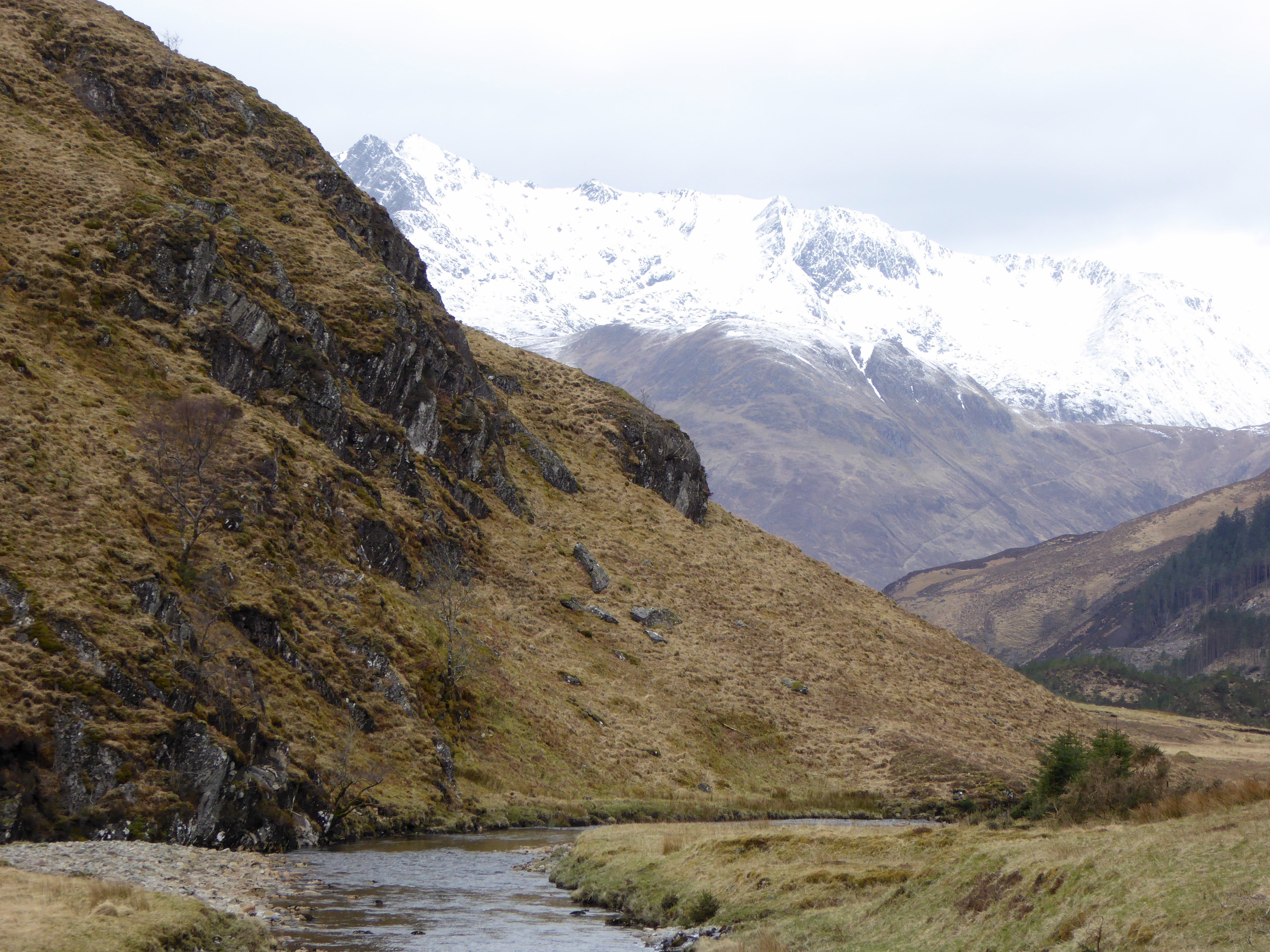
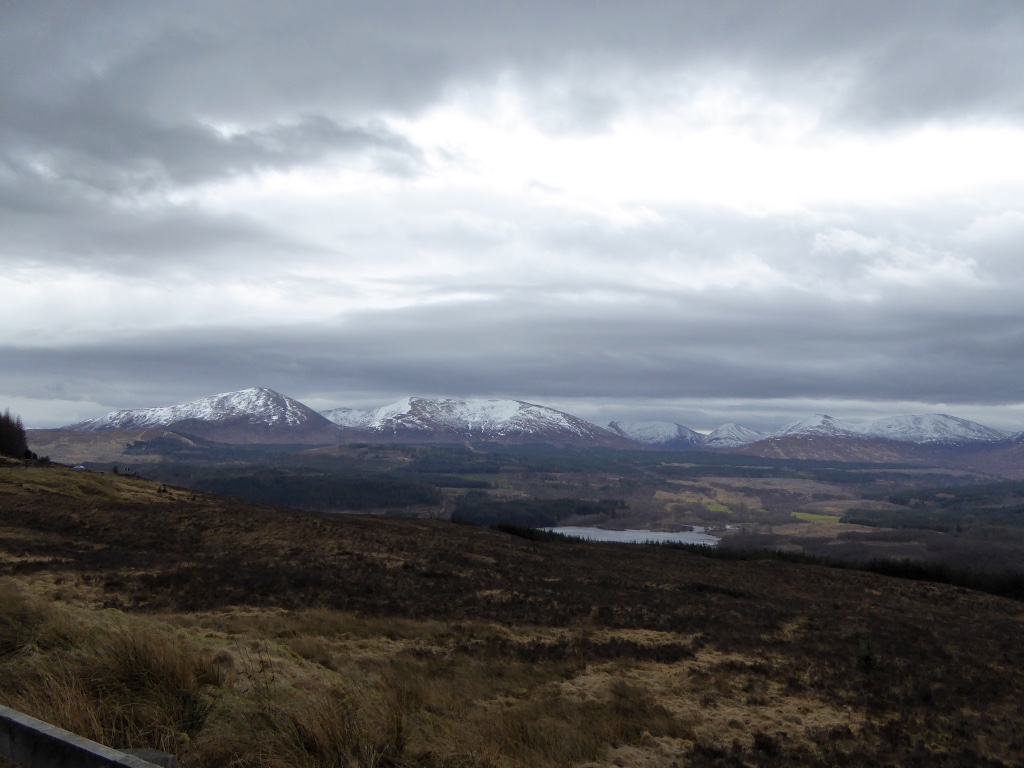

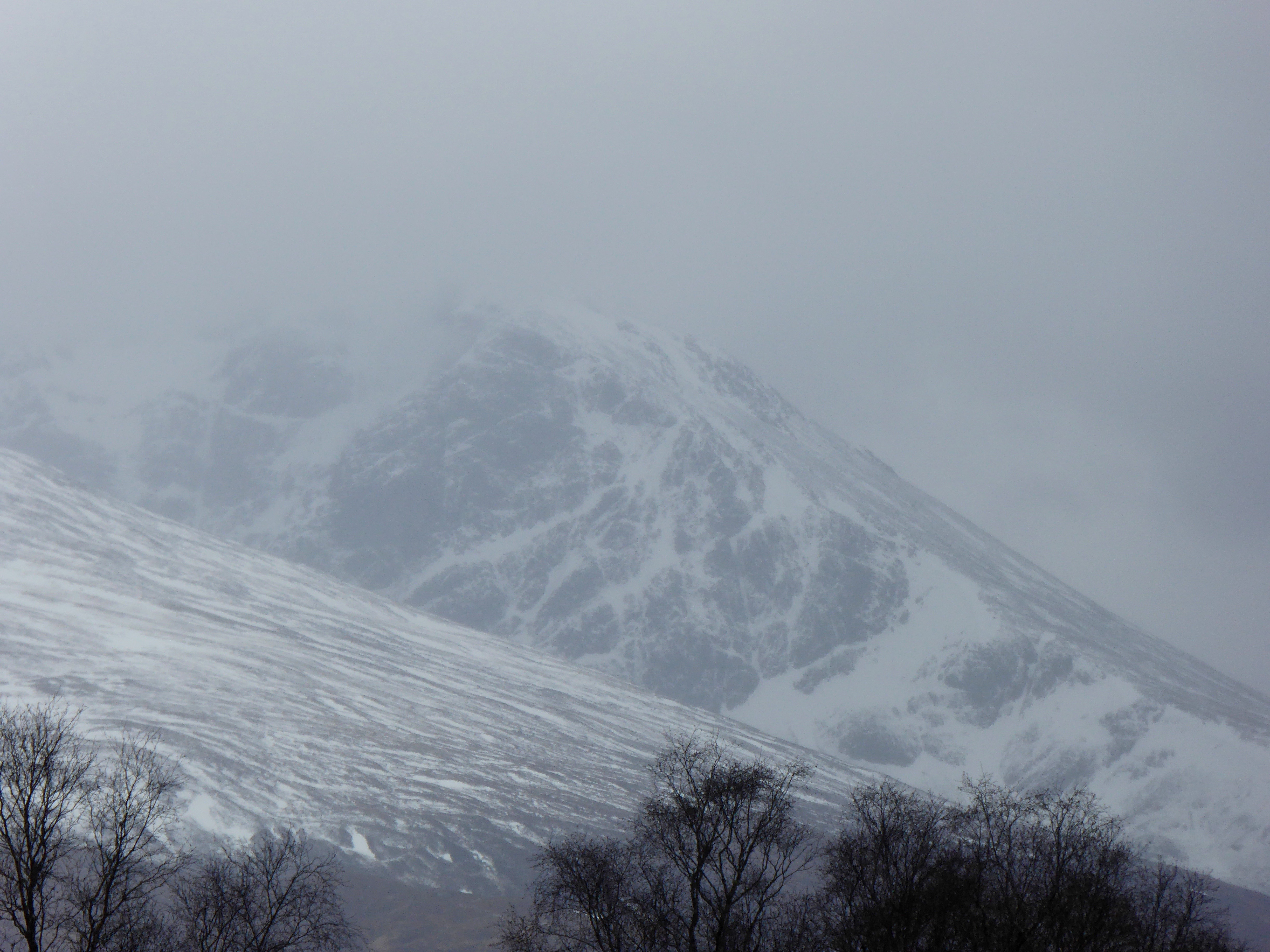
We stopped for dinner at the historic Drovers Inn, which has been dispensing Scottish hospitality for the past 310 years. It was used by the Highland drovers, who used to drive their cattle down the side of Loch Lomond to the markets. The decor and furniture, in deference to the past, look as though they have not been changed or altered for a couple of hundred years. We both tried their steak and ale pie, which came highly recommended by Trip Advisor!
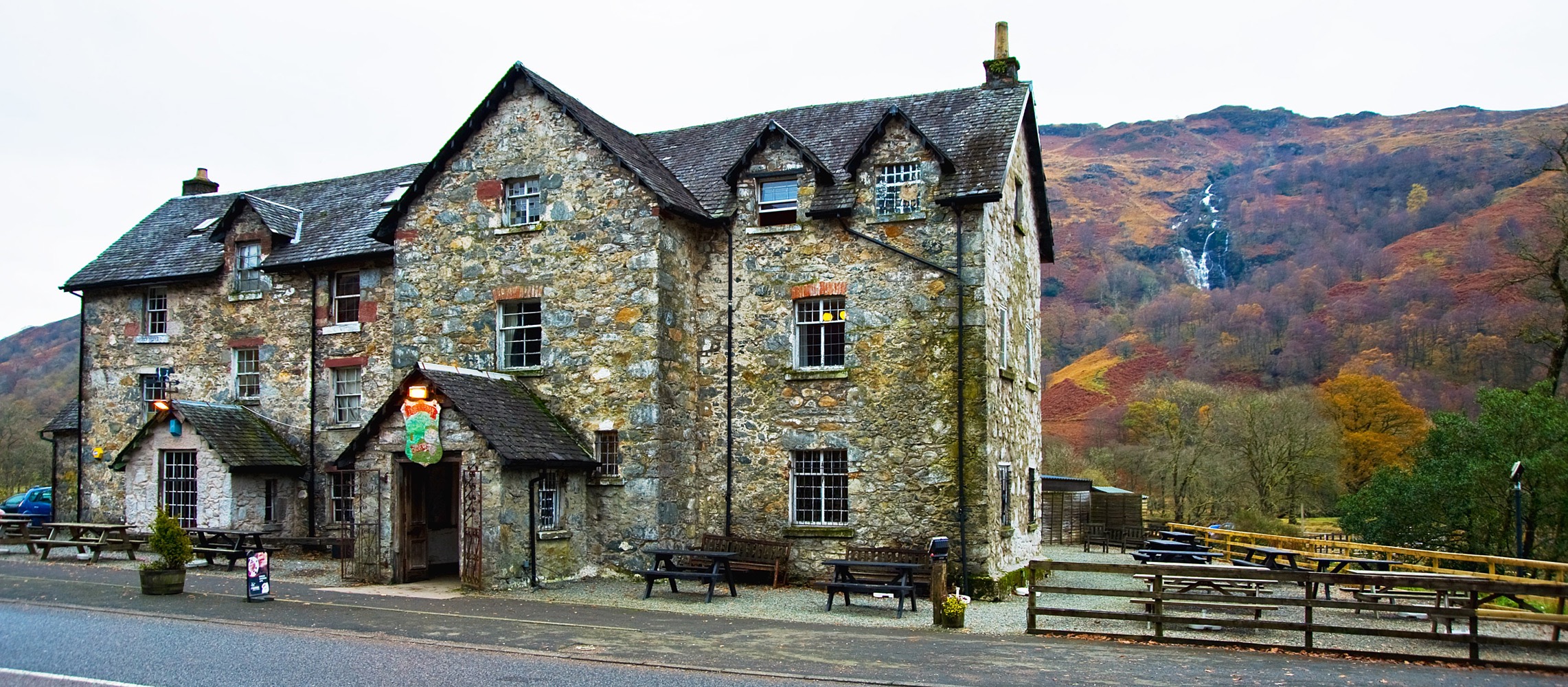
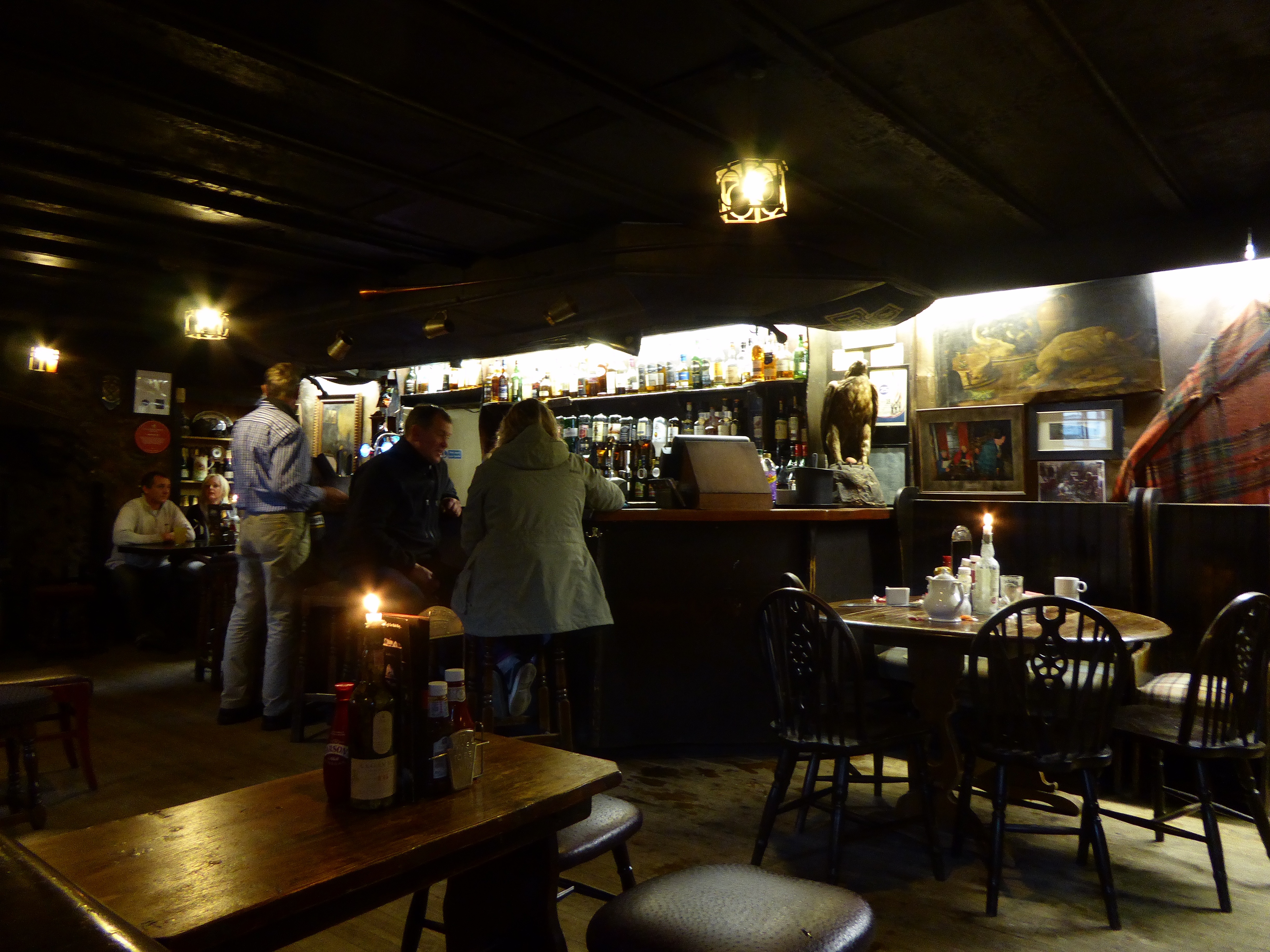
A comfortable night in a Dumbarton motel and then on to Alnwick.
Up to the land of the warring Highland Clans
Sadly we farewelled “Sonya” and headed north.

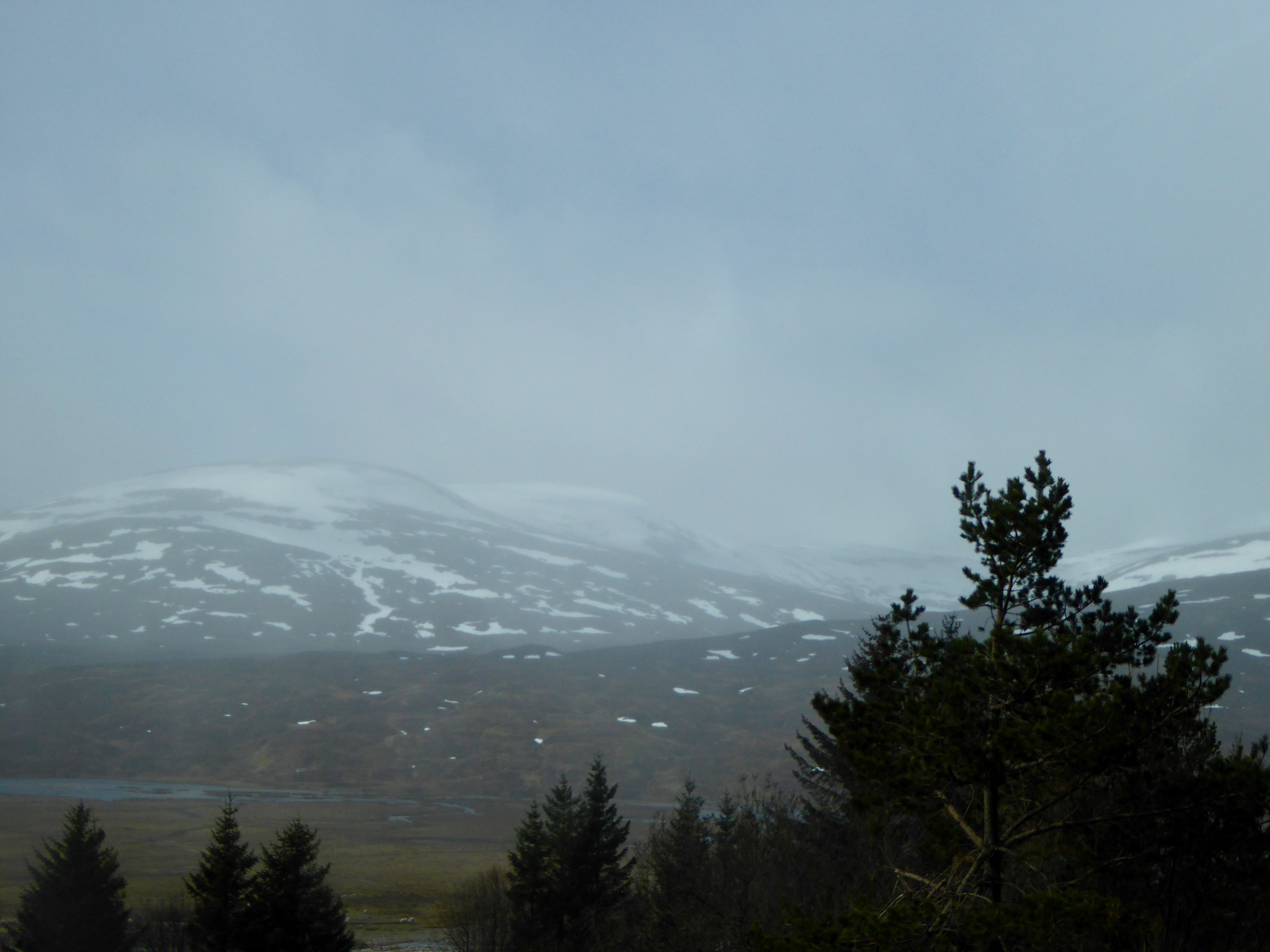
First stop was the site of the Battle of Culloden which was not, as we had previously believed, a battle between the English and the Scots but was a civil war based on religious lines with clans on both sides.
The visitors center was very good and well worth a visit. It was freezing cold so we didn’t walk the battlefield but instead went into an active display where you stand in the middle and all four walls run a film on the battle. It starts off with the troops lined up on the ridges in the distance and finishes with you in the thick of the battle. Very graphic and quite disturbing. The battle only lasted an hour and was a massacre. A good example of how not to run a campaign with Bonny Prince Charlie and his commanders in disagreement all the way along
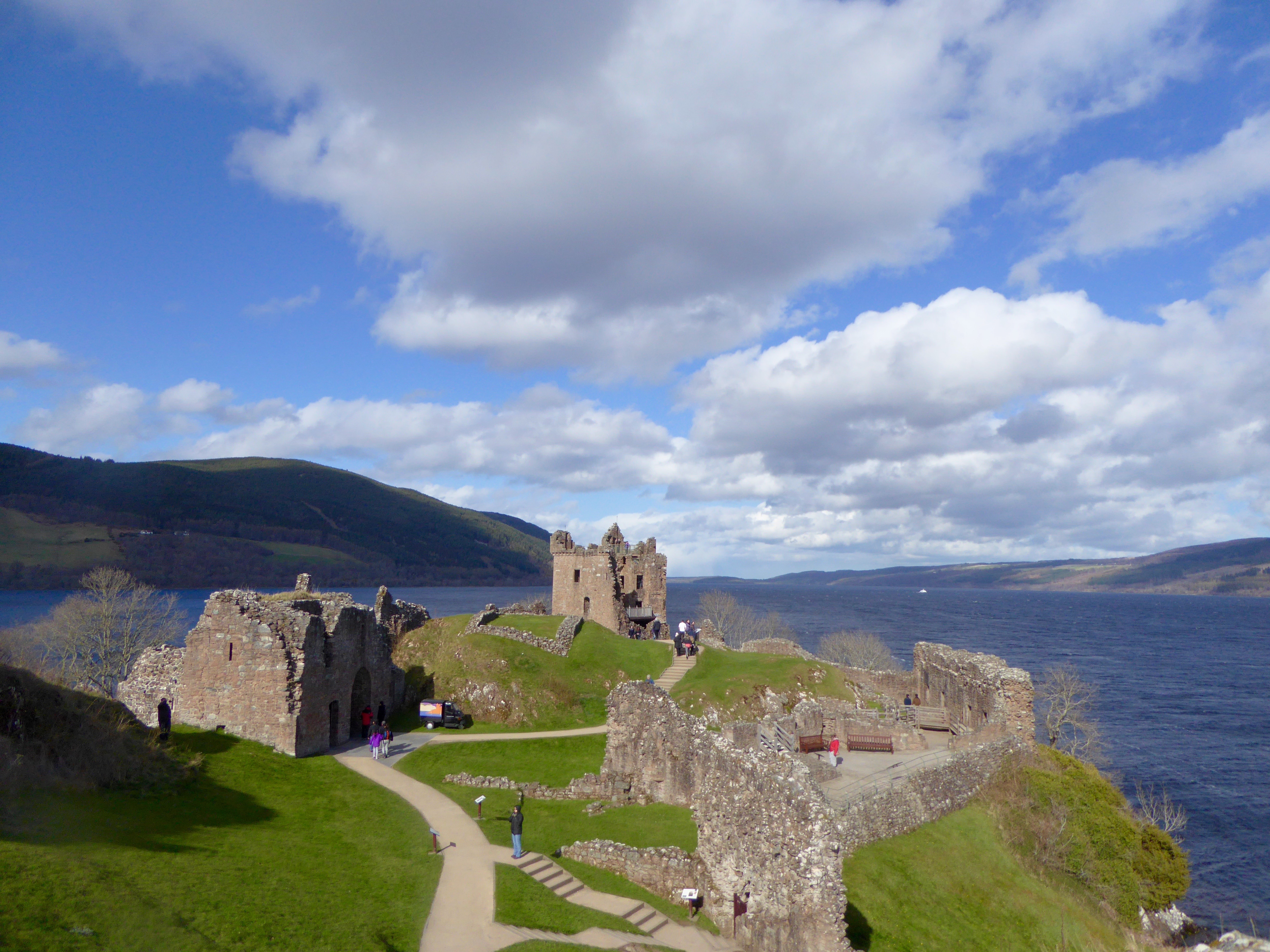
From there we headed to Loch Ness and Urquhart Castle. All the old castles are, of course, located on hilltops, lakesides etc. for defensive purposes so the scenes are uniformly spectacular. . Urquhart Castle has a long history dating back to the Picts. It was blown up by the last inhabitants who, sick of defending it against the Lords of the Isles, the MacDonalds, and others, blew it up and retreated south to their other estates. Hence the ruins which are still impressive.
Loch Ness is a lot bigger than I had imagined – you could hide a lot of monsters in there and no doubt they are all swimming up and down laughing at us, but we didn’t see one. A few whiskeys would surely be needed to help my eyesight.
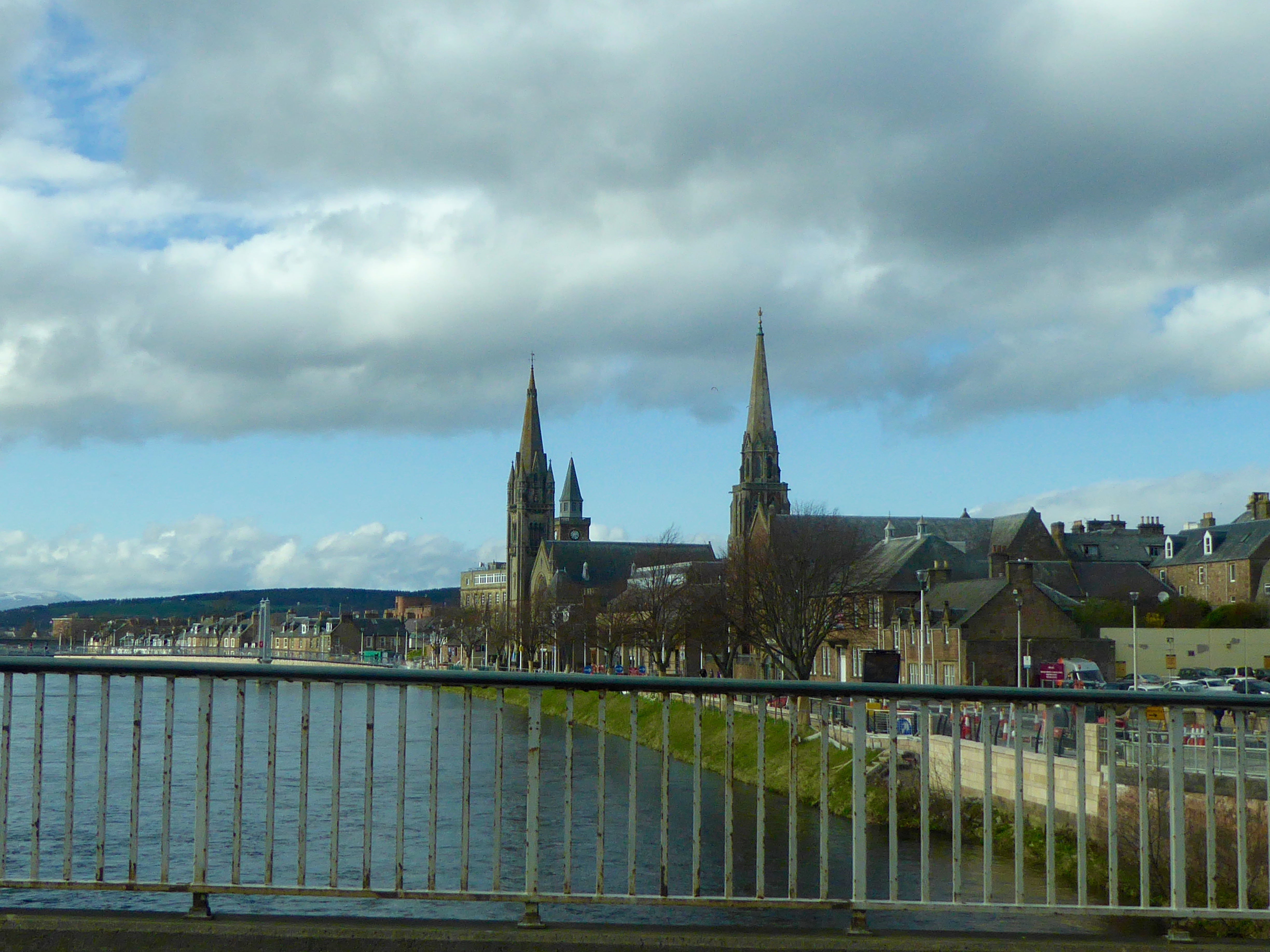
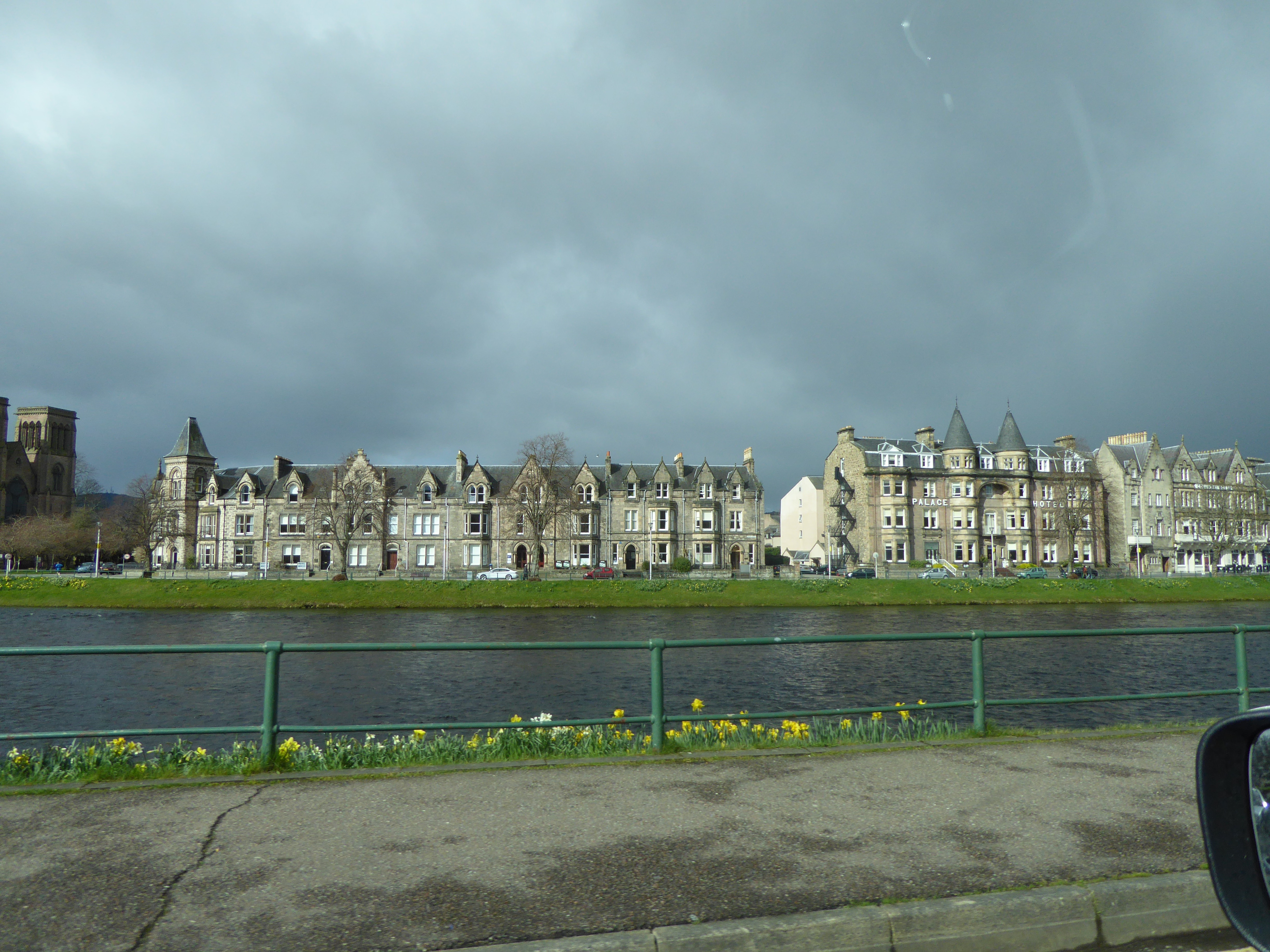
We stayed the night in Inverness in an 1876 Mansion House owned, unsurprisingly by a MacDonald. Lovely spacious room but their restaurant was a bit mixed. To (Ed) my amazement (somewhat tinged by nostalgia) I saw that my “medium rare” rump steak had been hammered and well done a la Mrs. Paul. No more steaks while in UK.
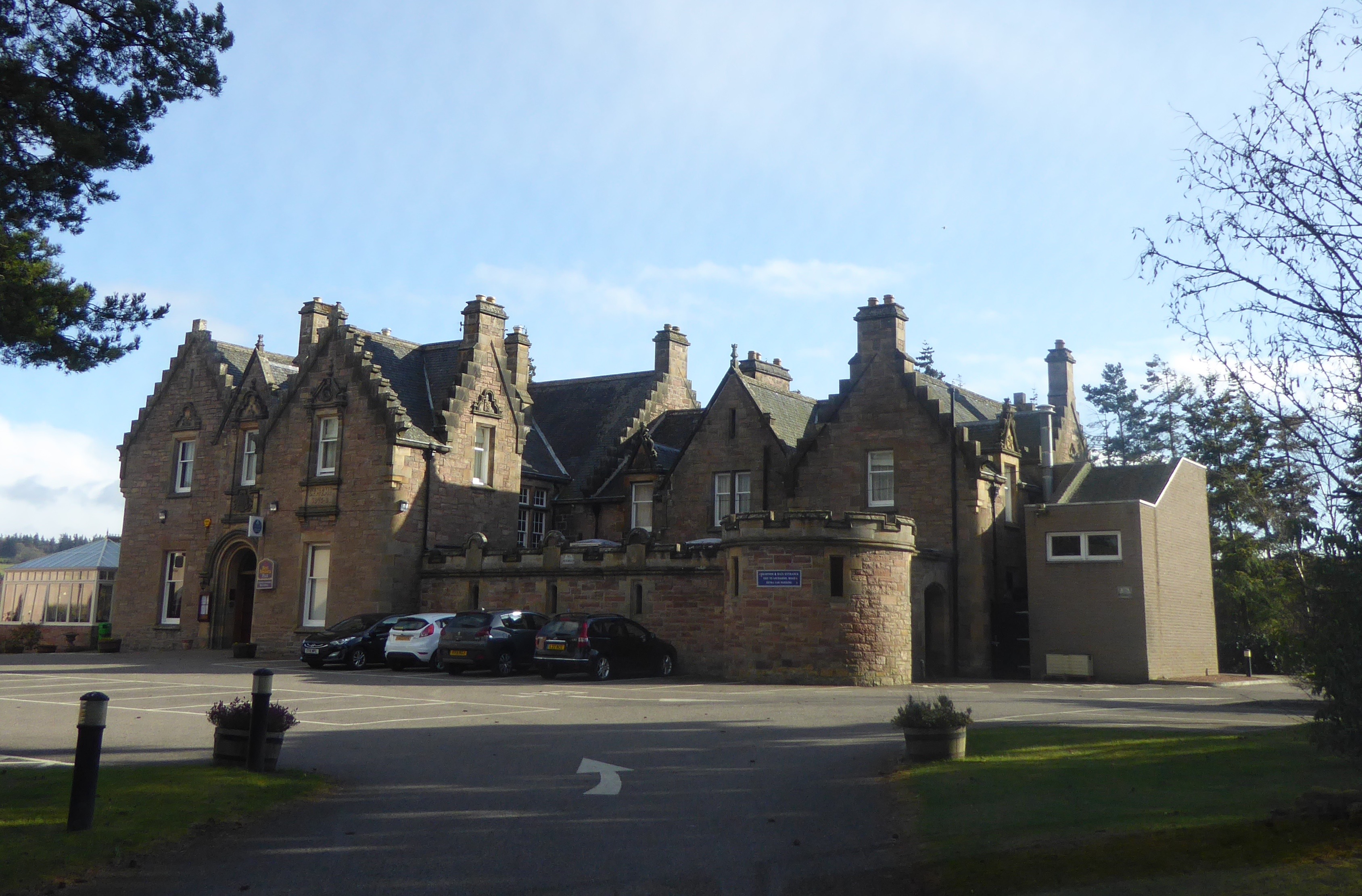
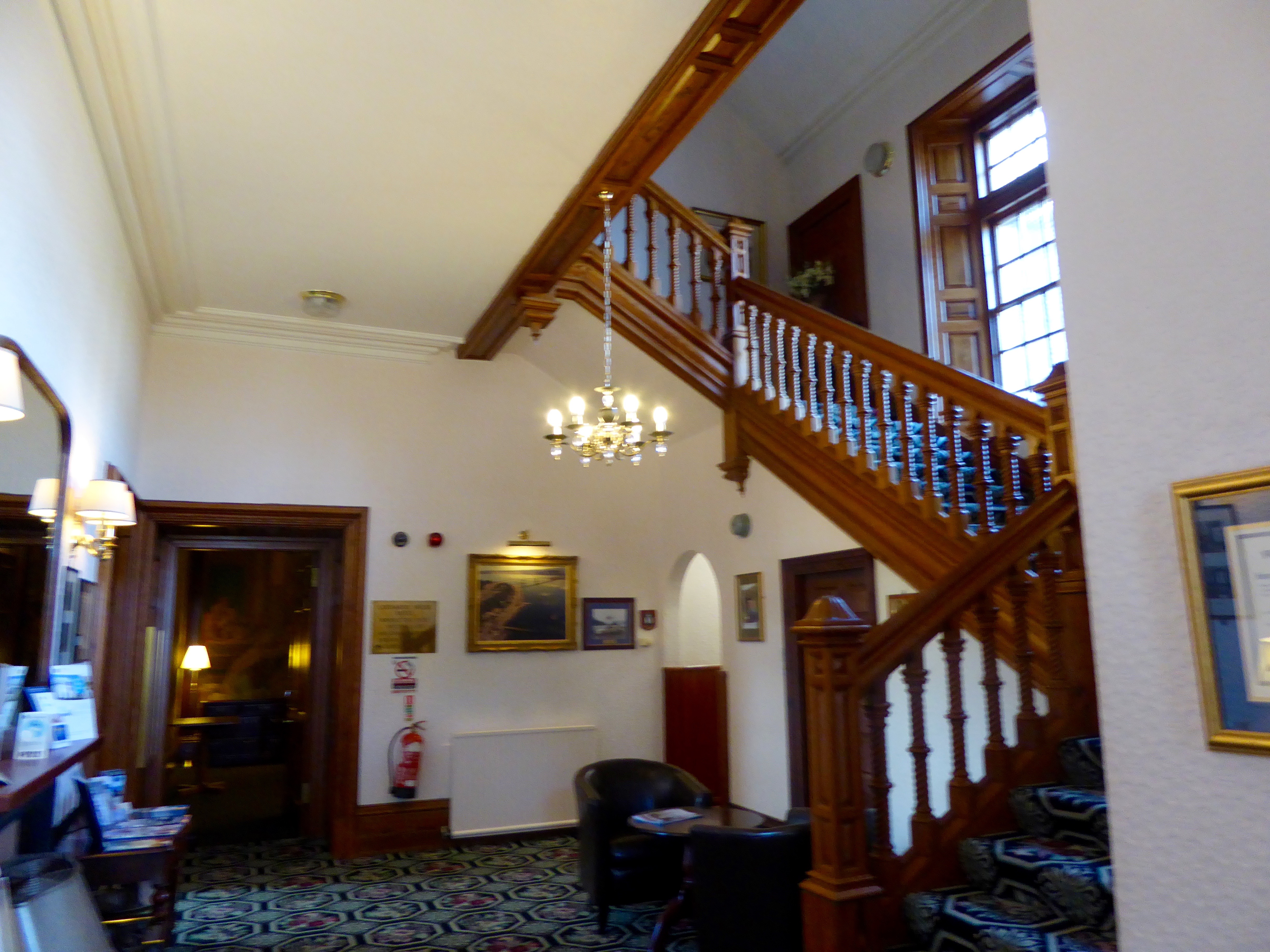
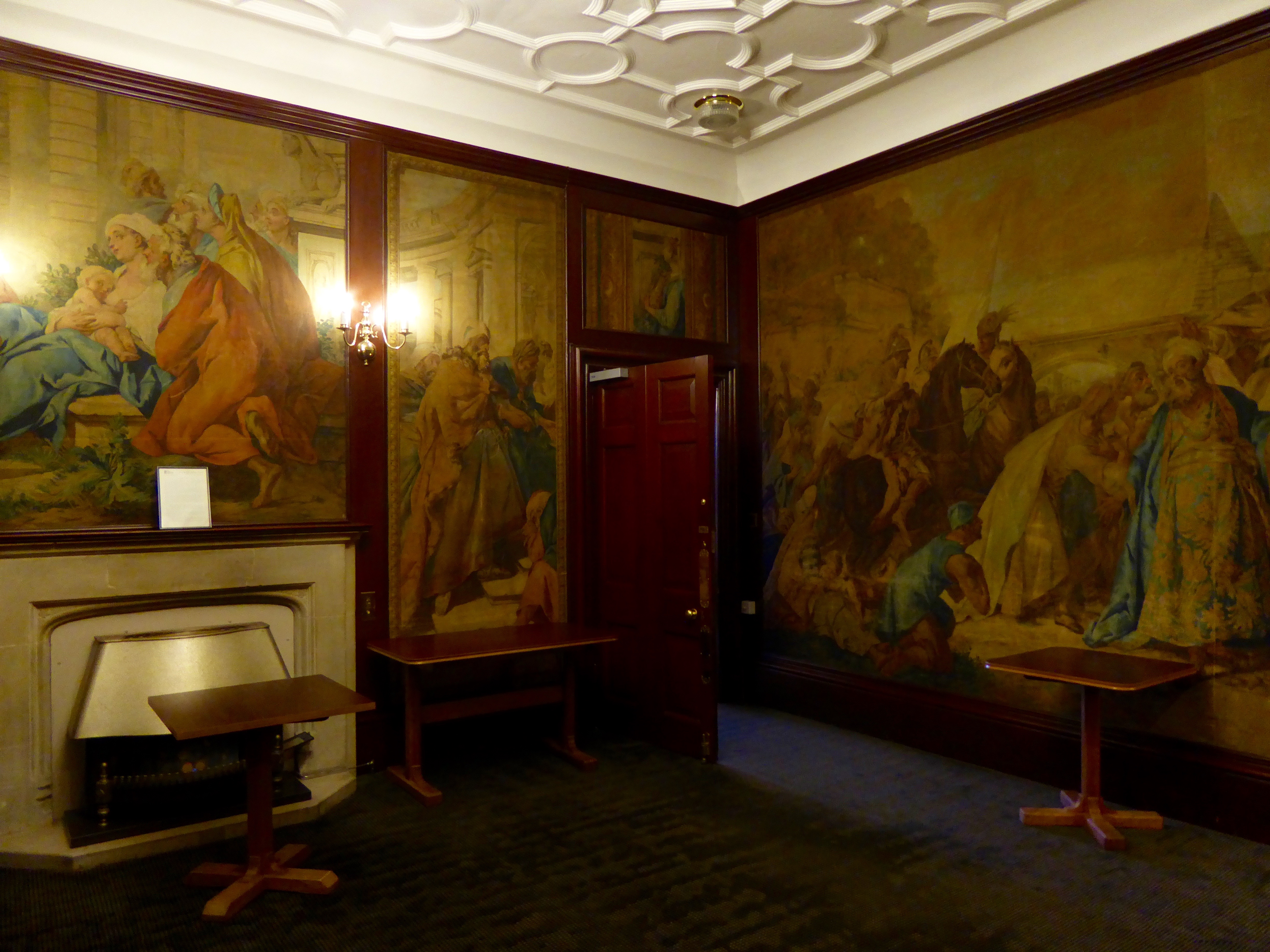
Next day on to Isle of Skye via a more northerly route to see more of the Highlands
“Sonya” – Home away from Home
After a few false starts we finally made it to Falkirk and on a beautiful warm sunny day were introduced to our new home for the next week, “Sonya”.
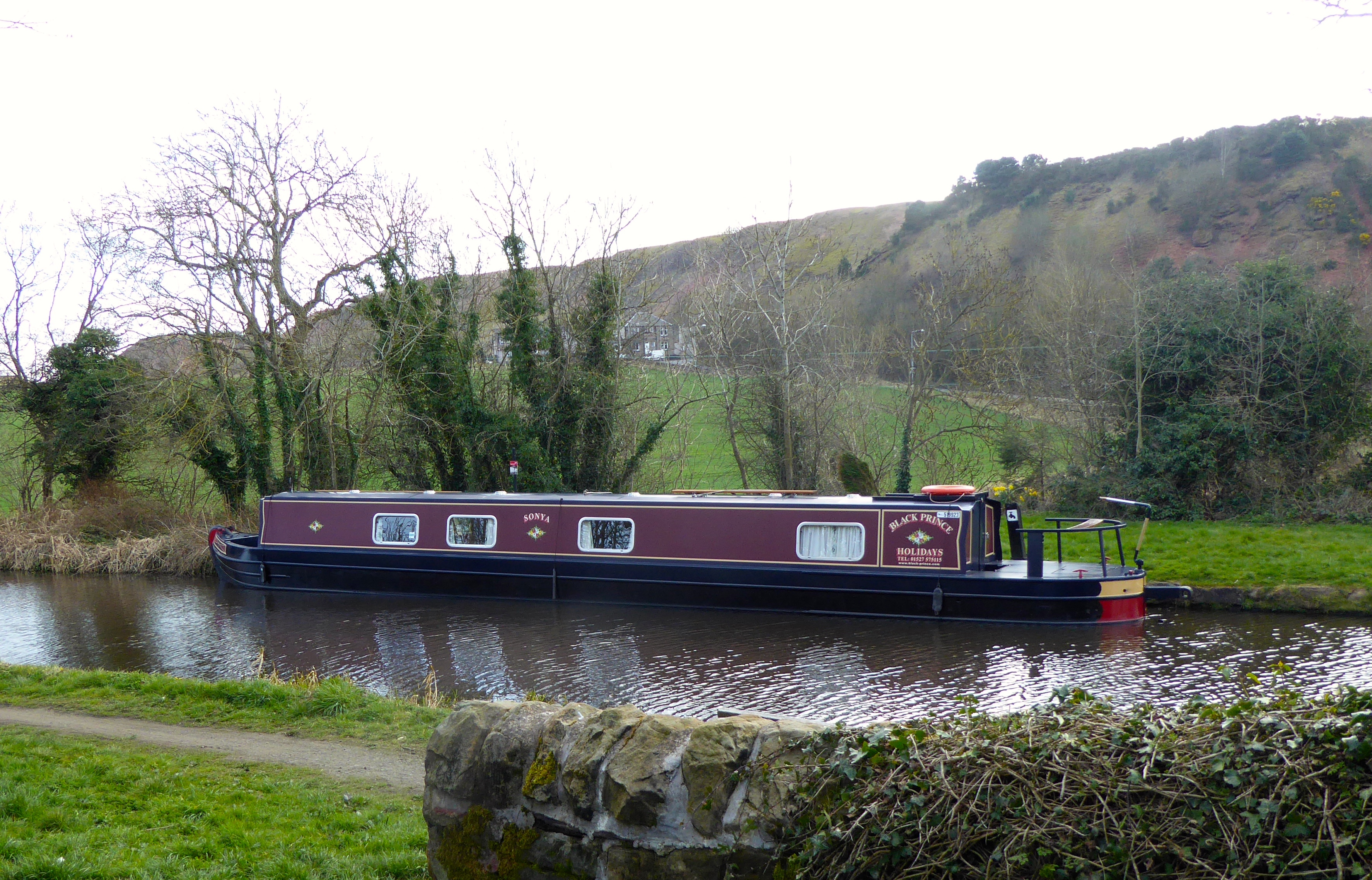
She may only be narrow but has all the comforts you could want including wi-fi, central heating and plenty of storage. We did a shop at Tesco and stocked up so that we could have most of our meals on board, which meant we could tie up in the countryside and not crowd in with the other boats in the town
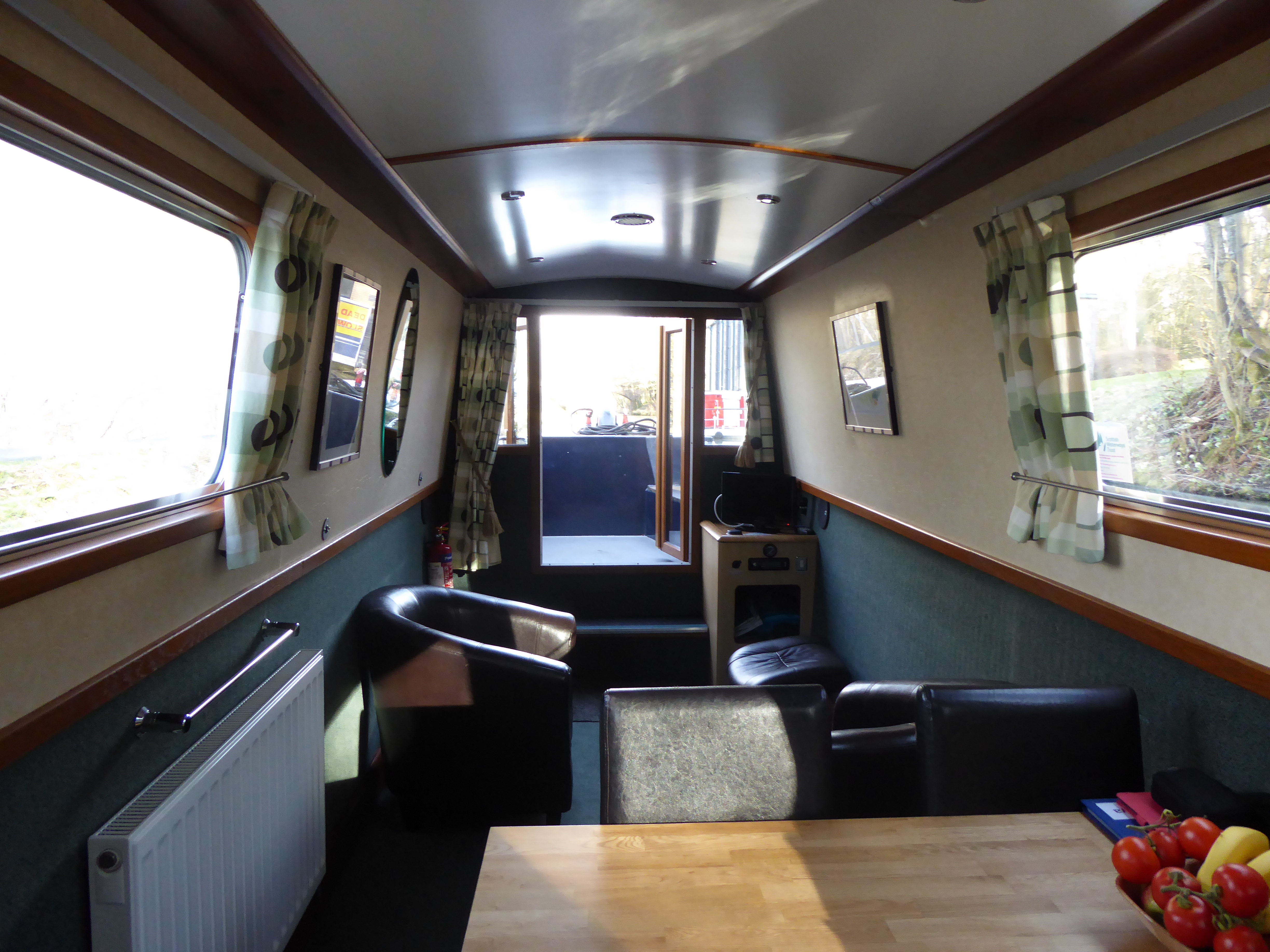
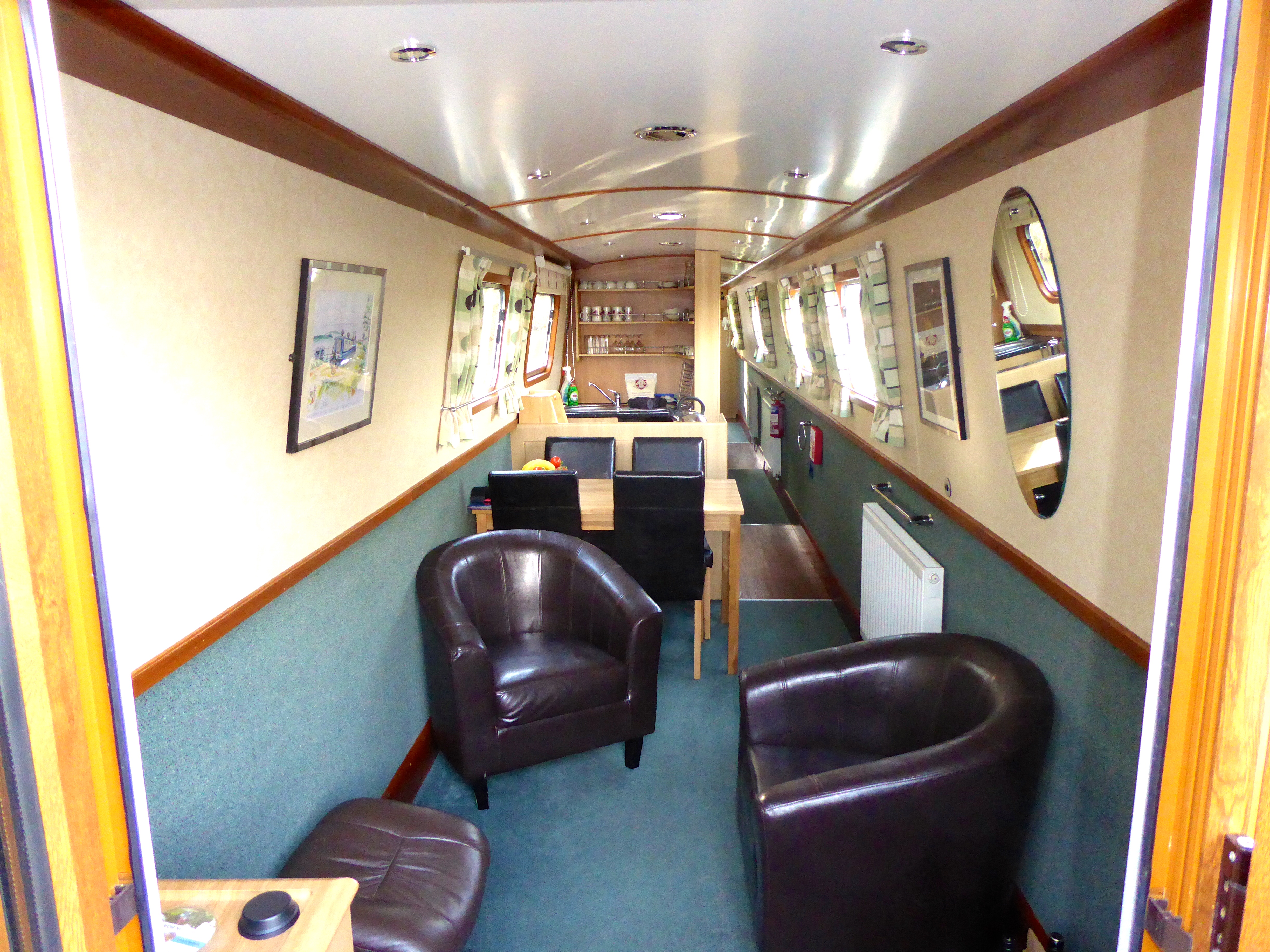
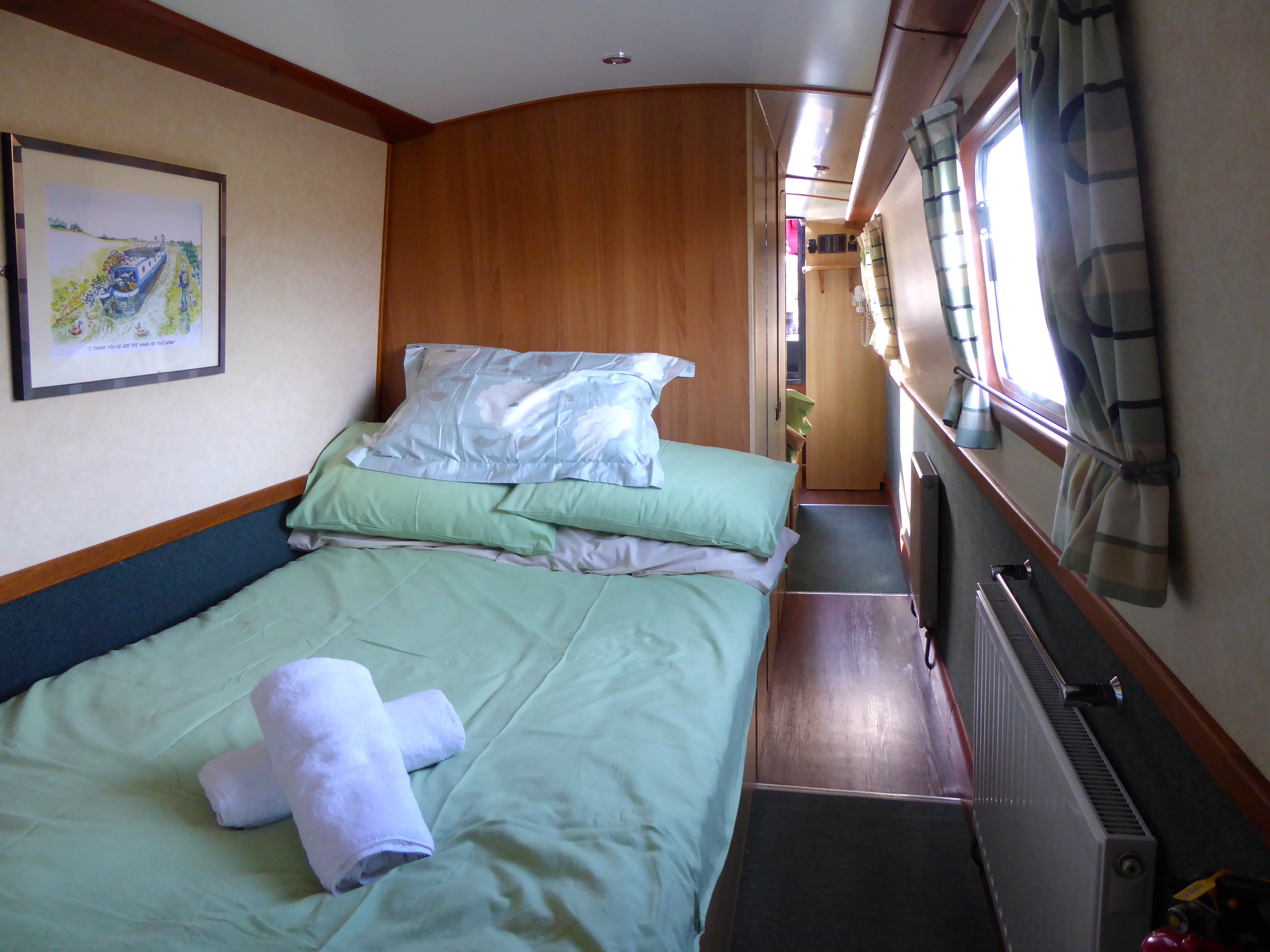
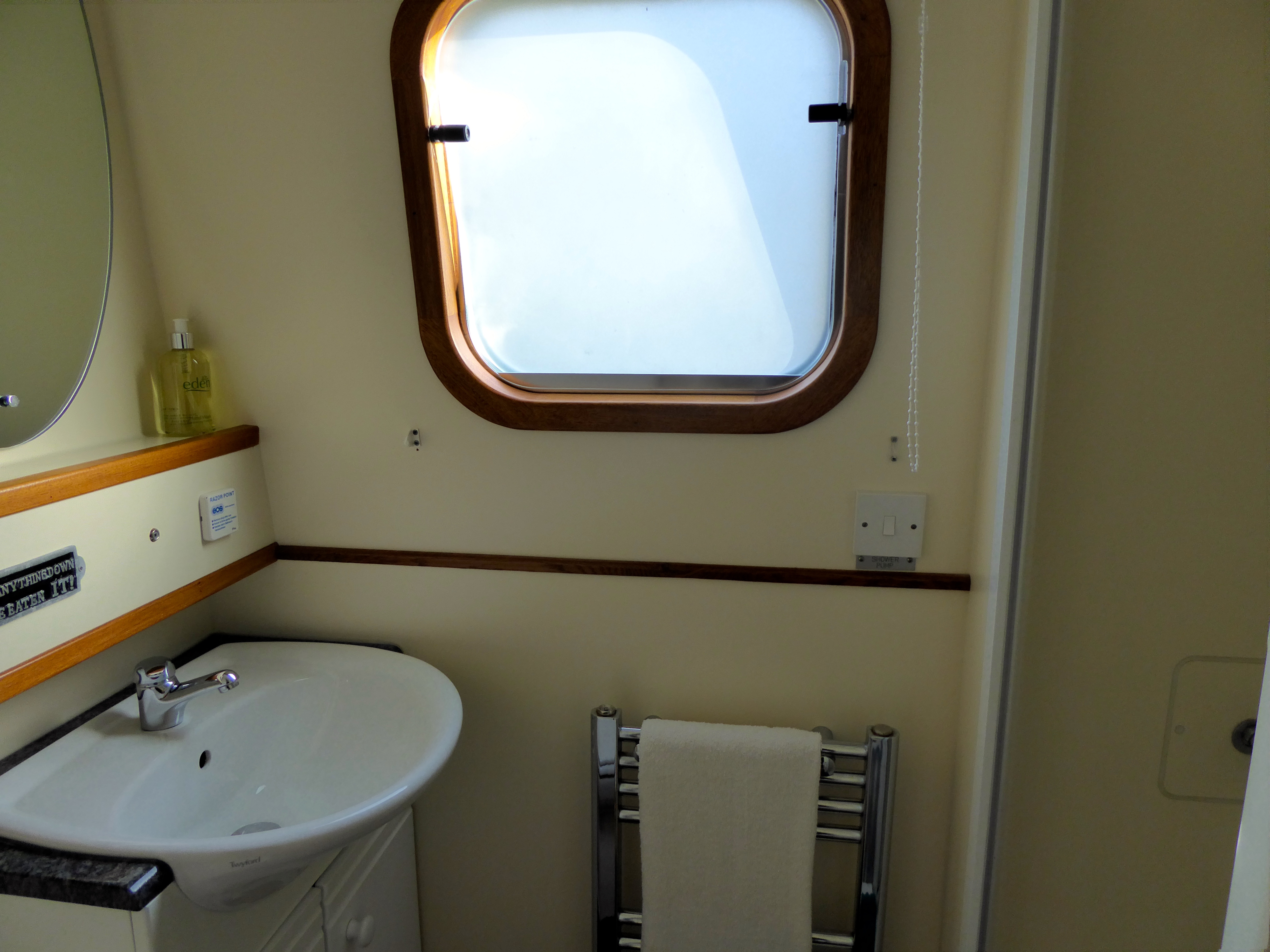
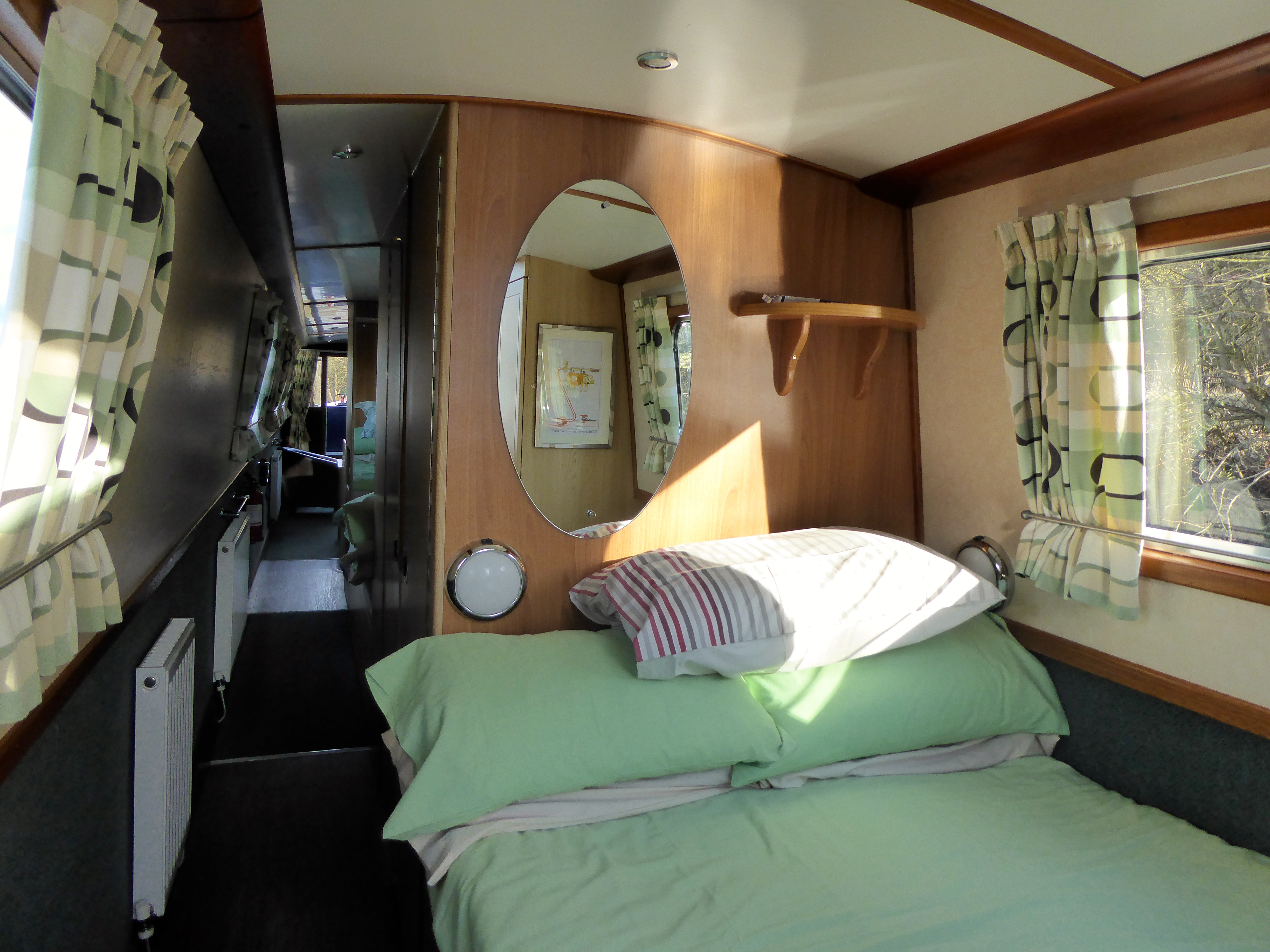
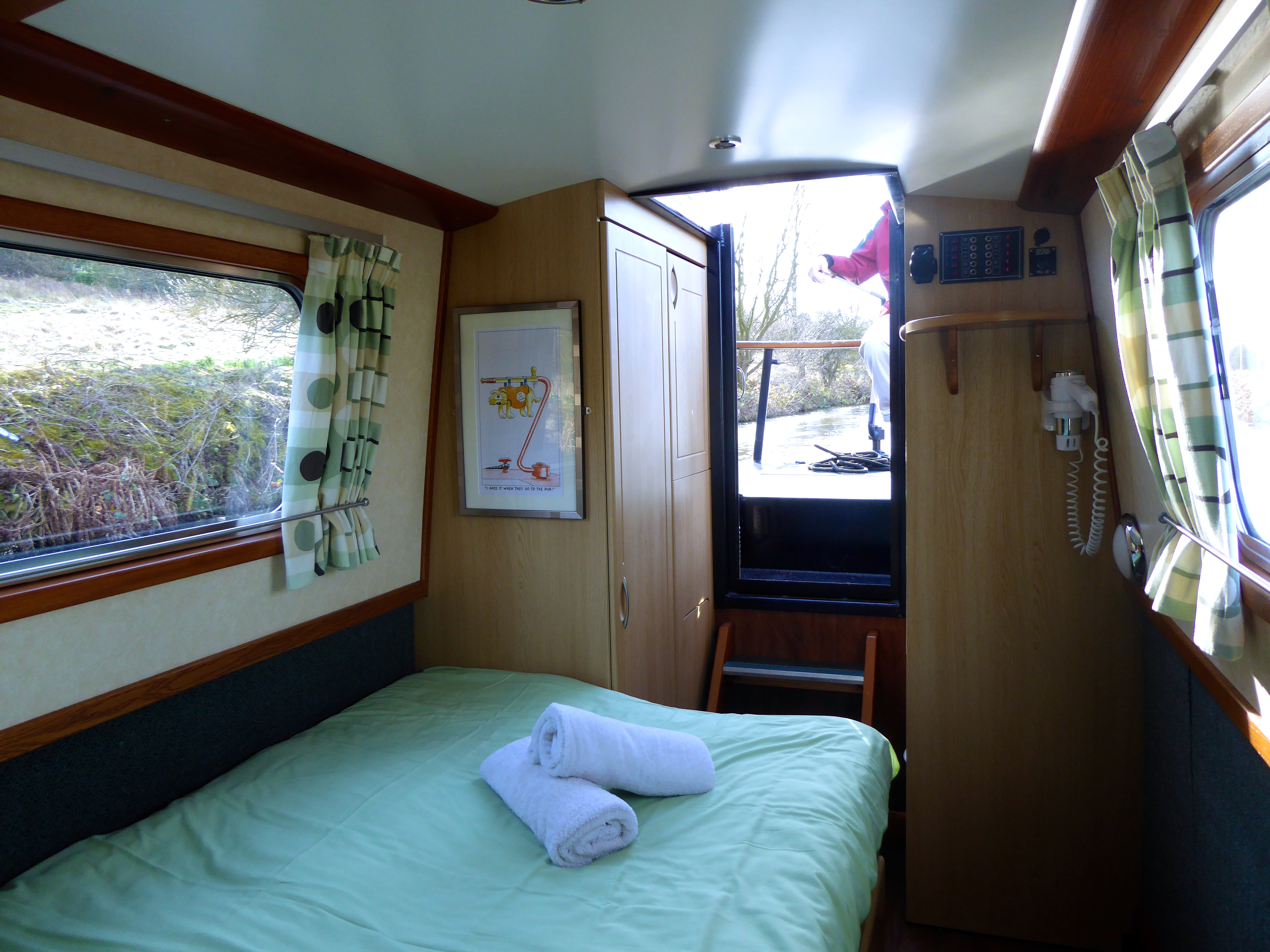
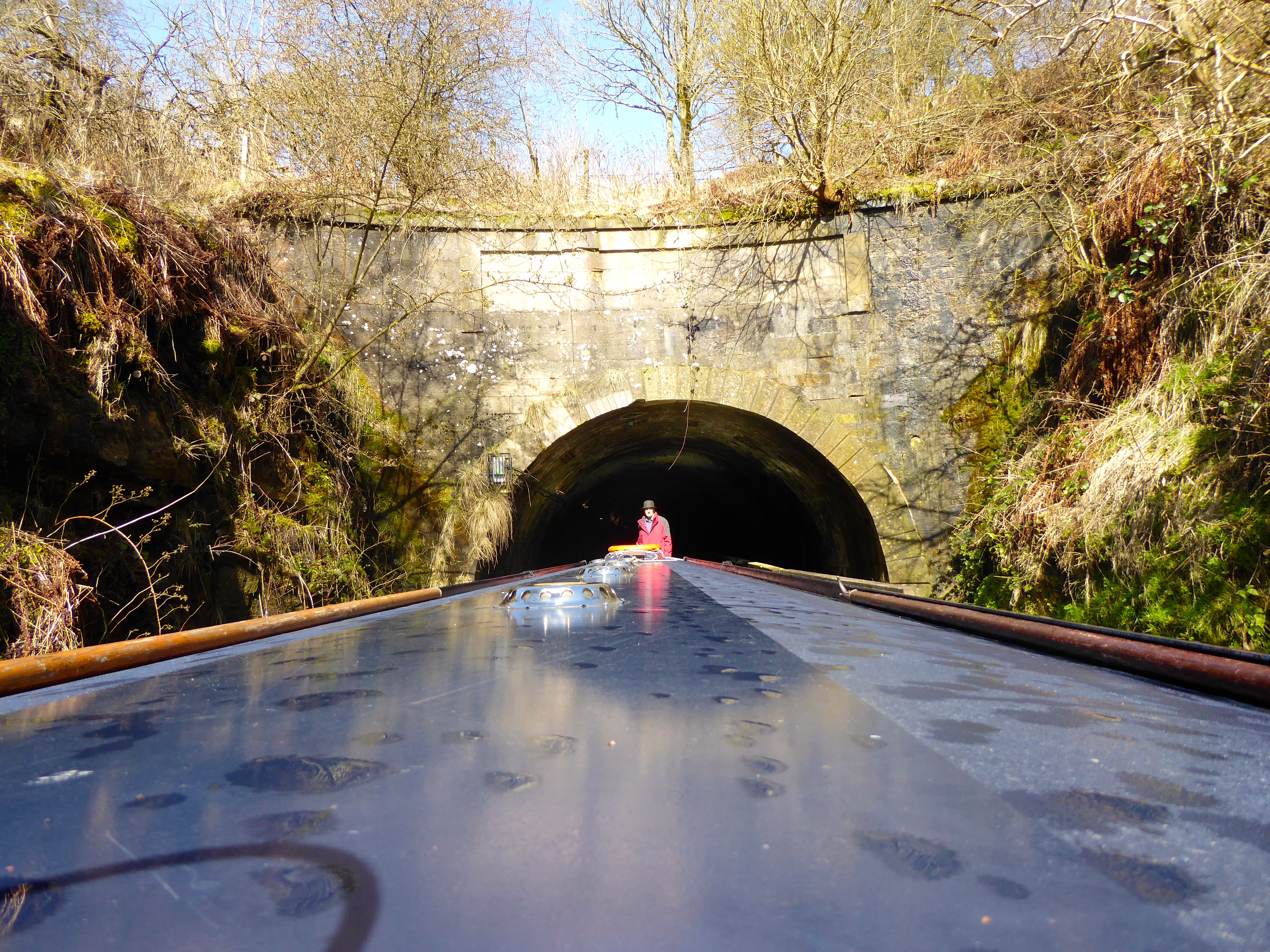
We were given a brief run down at Falkirk and then it was straight into the first lock up to the Falkirk Basin. Being Easter it was crowded with holidaymakers who lined the rails taking photos – talk about a baptism of fire! On the green light we motored across the basin and into the gondola where the Scottish lock people positioned us for our ride aloft. Ed did extremely well with his steering and we rose in the air in great style! Two more locks and a long tunnel and we were on our way along the Union Canal.
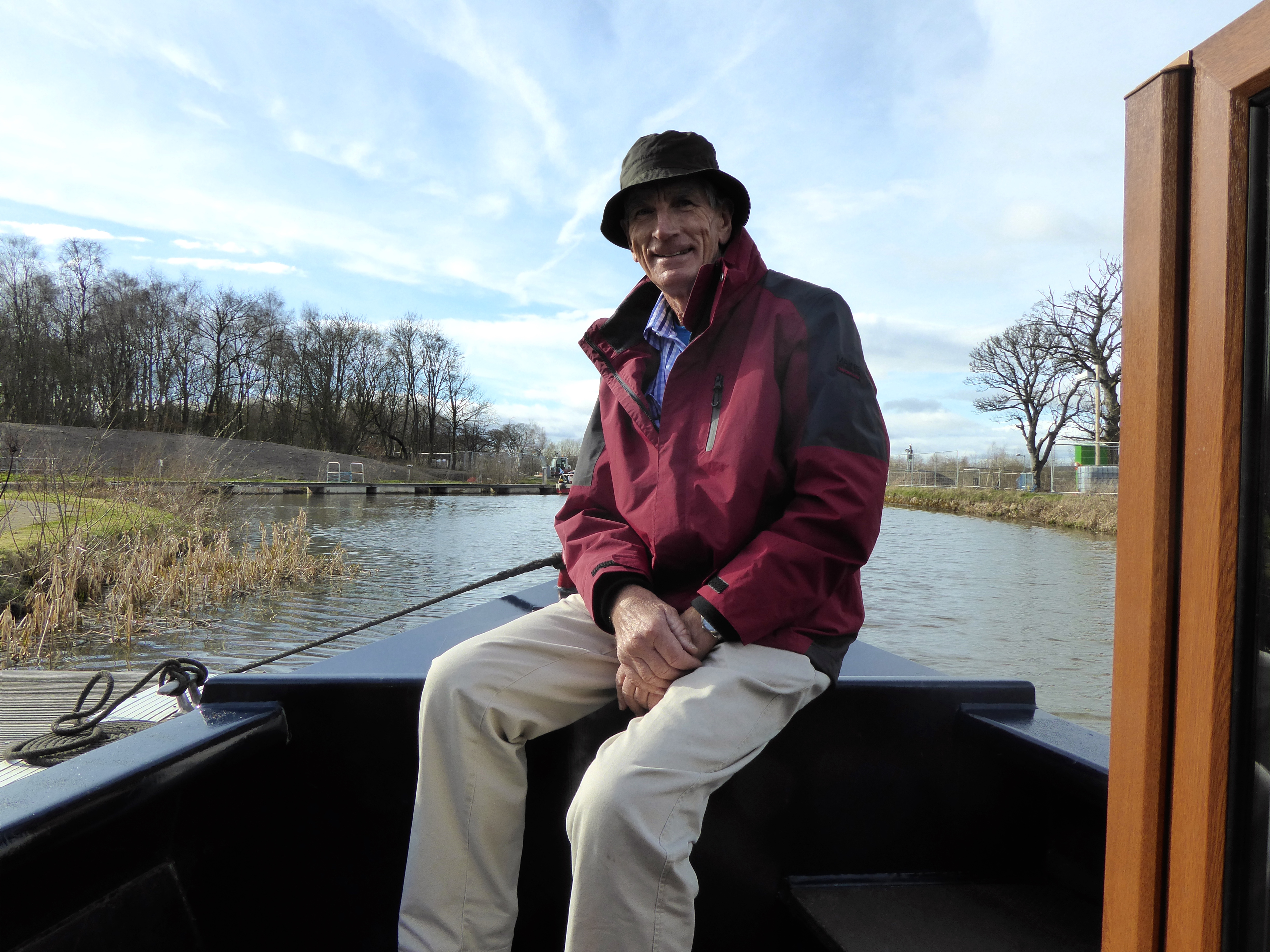
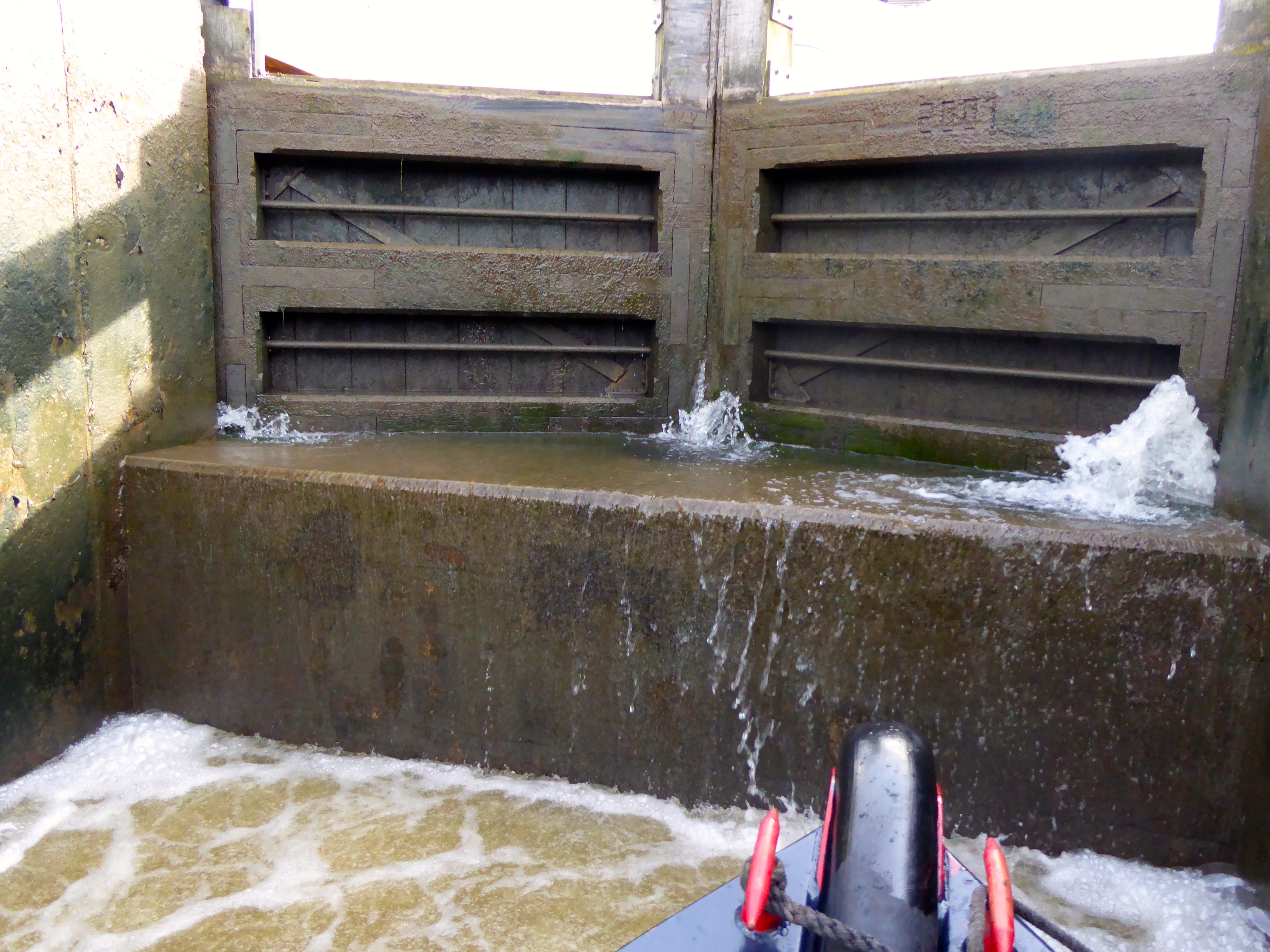
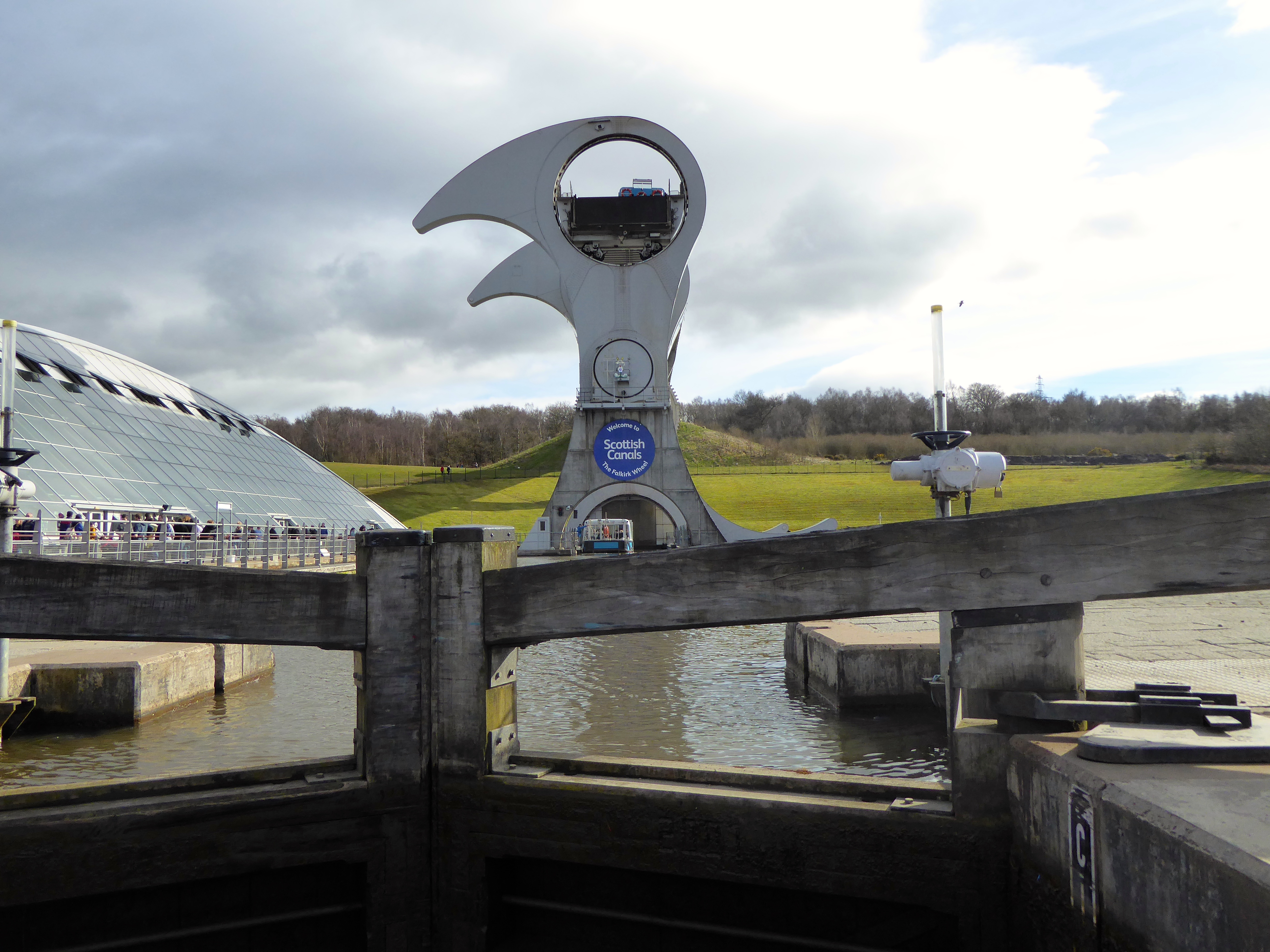
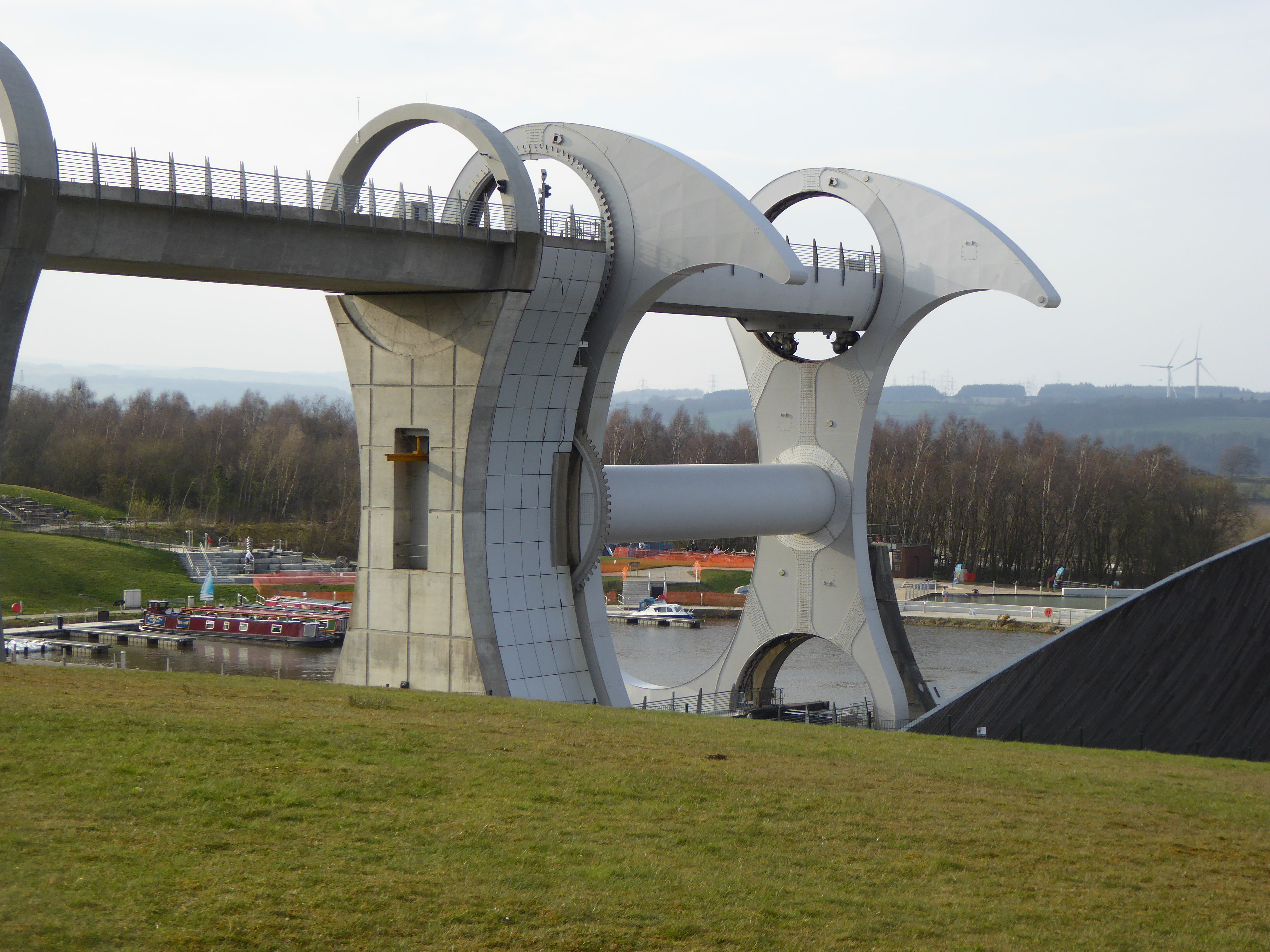
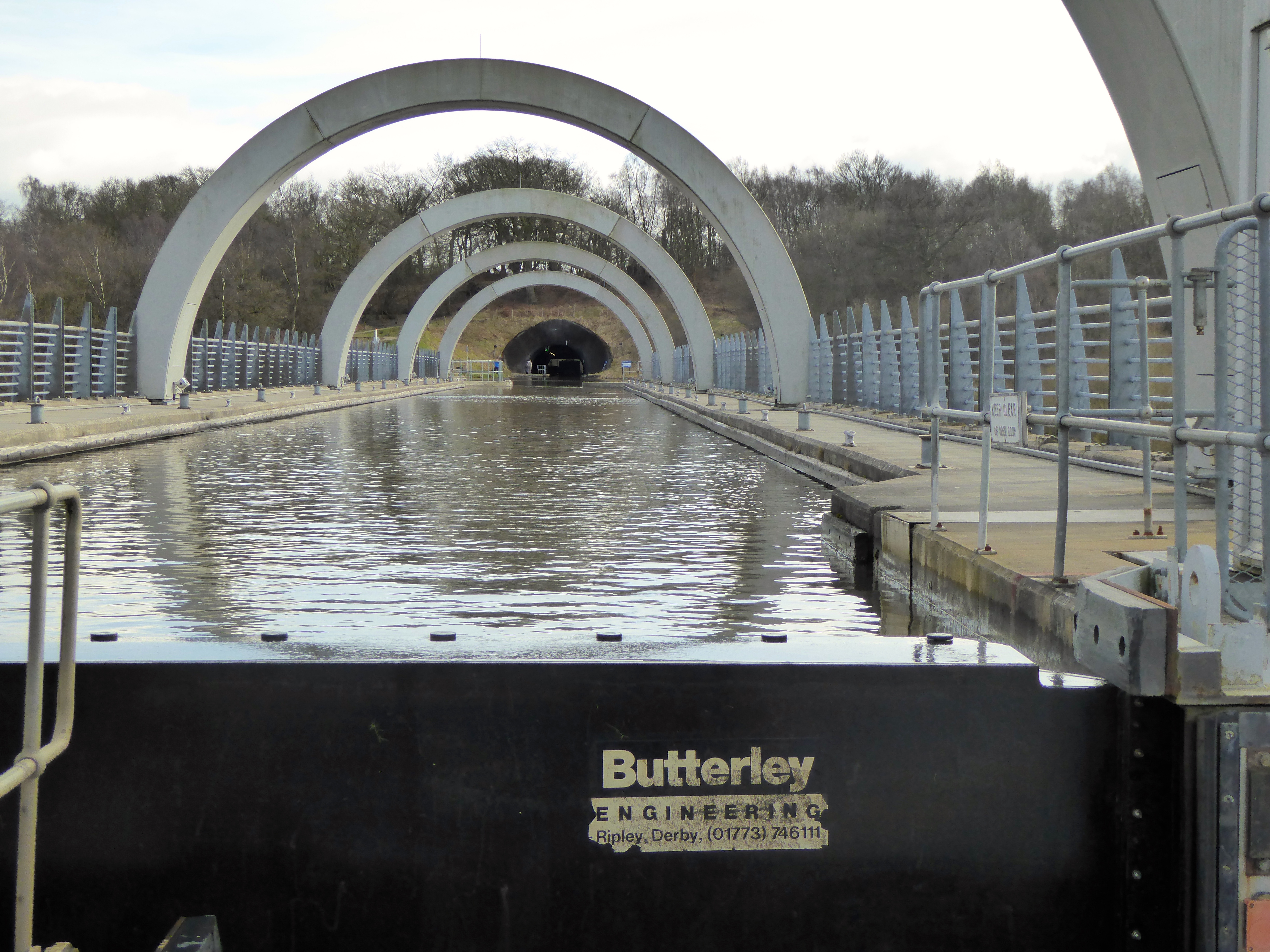
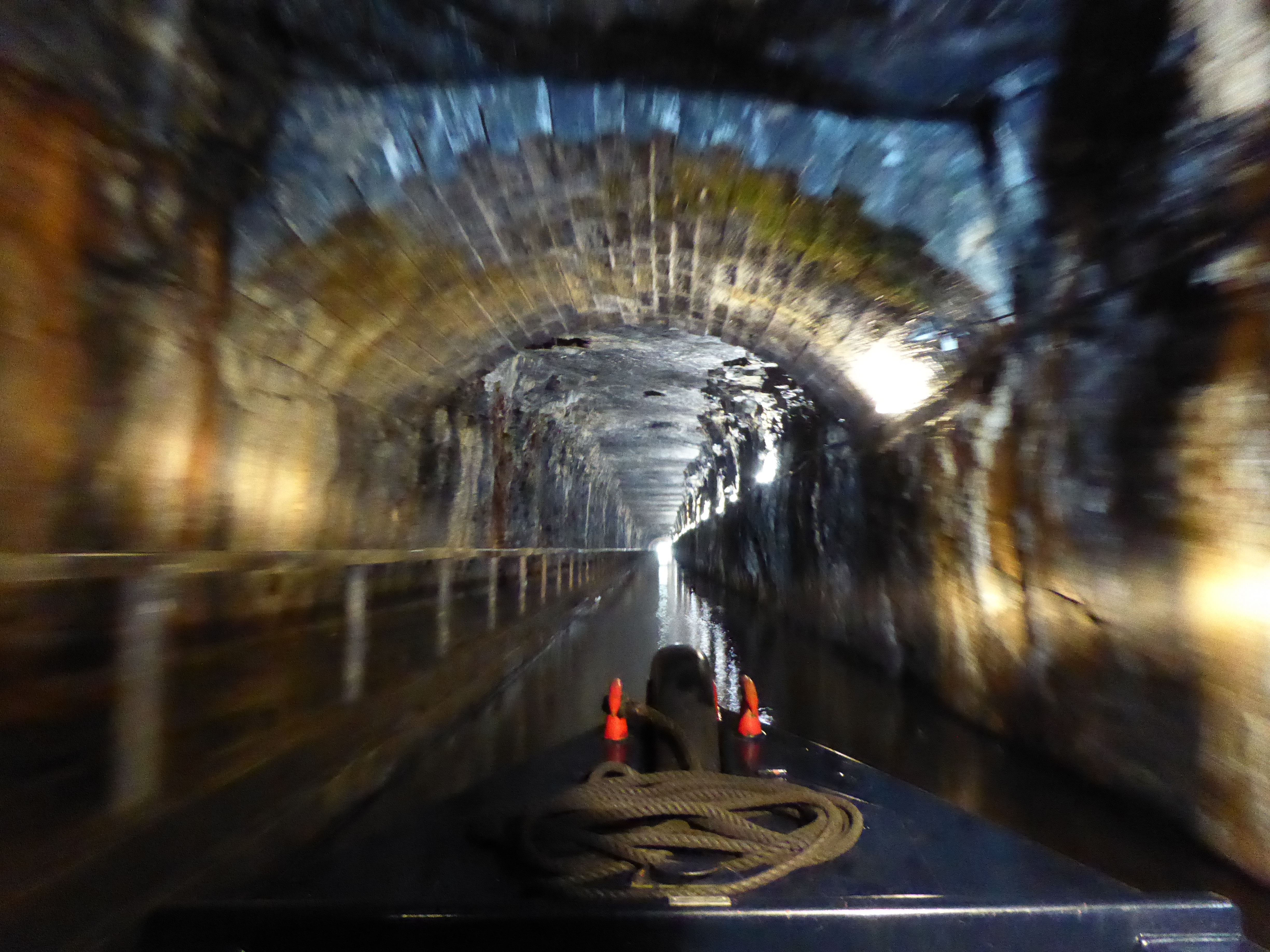
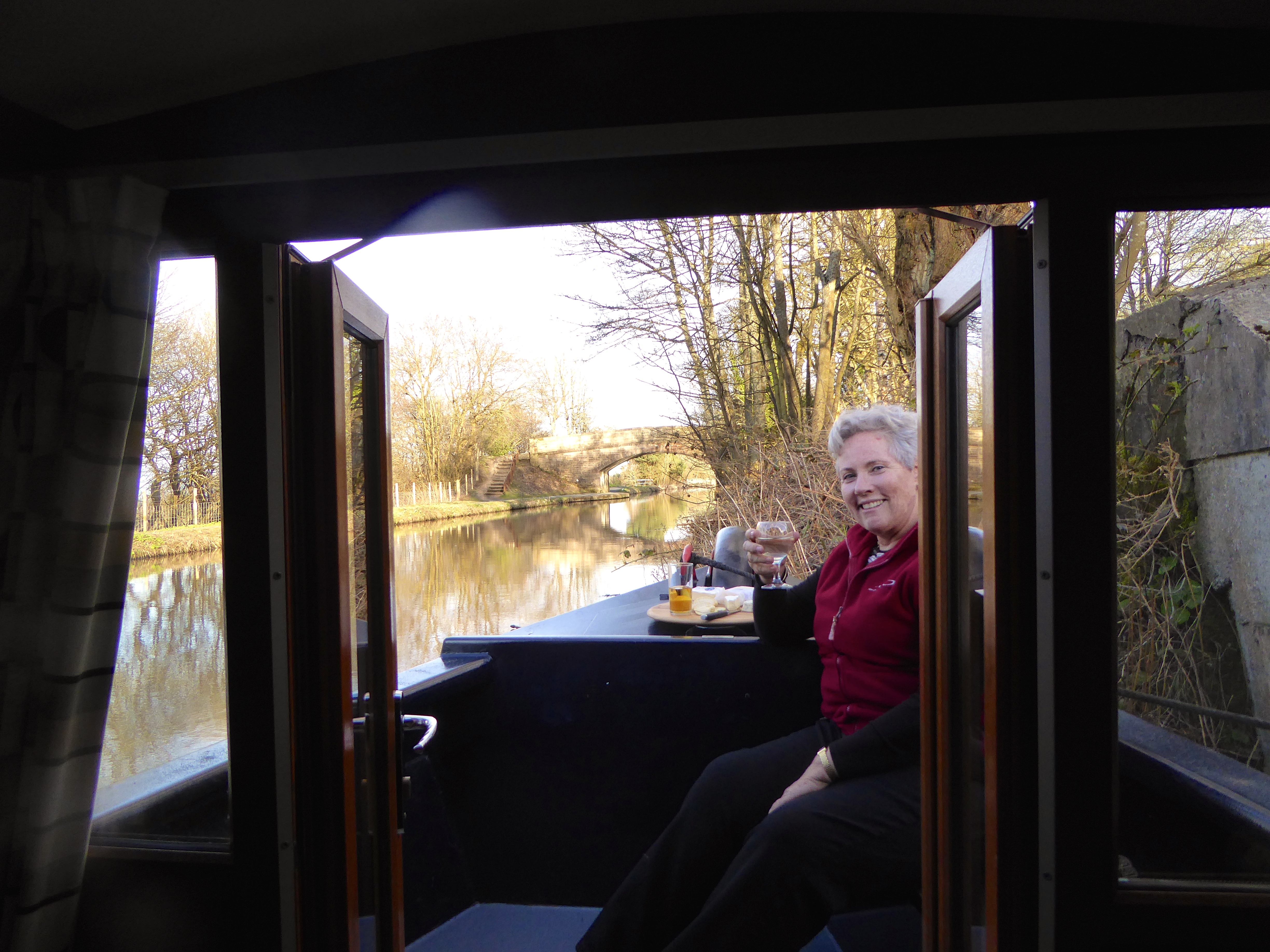
We decided before we left that we were going to take things at a slow pace as we had been on the move for the previous couple of weeks. This meant a leisurely breakfast, tidy up before motoring off down the canal and mooring again about 4pm for afternoon tea followed by a brisk walk along the canal, drinks and nibbles followed by dinner and bed around 9.30pm
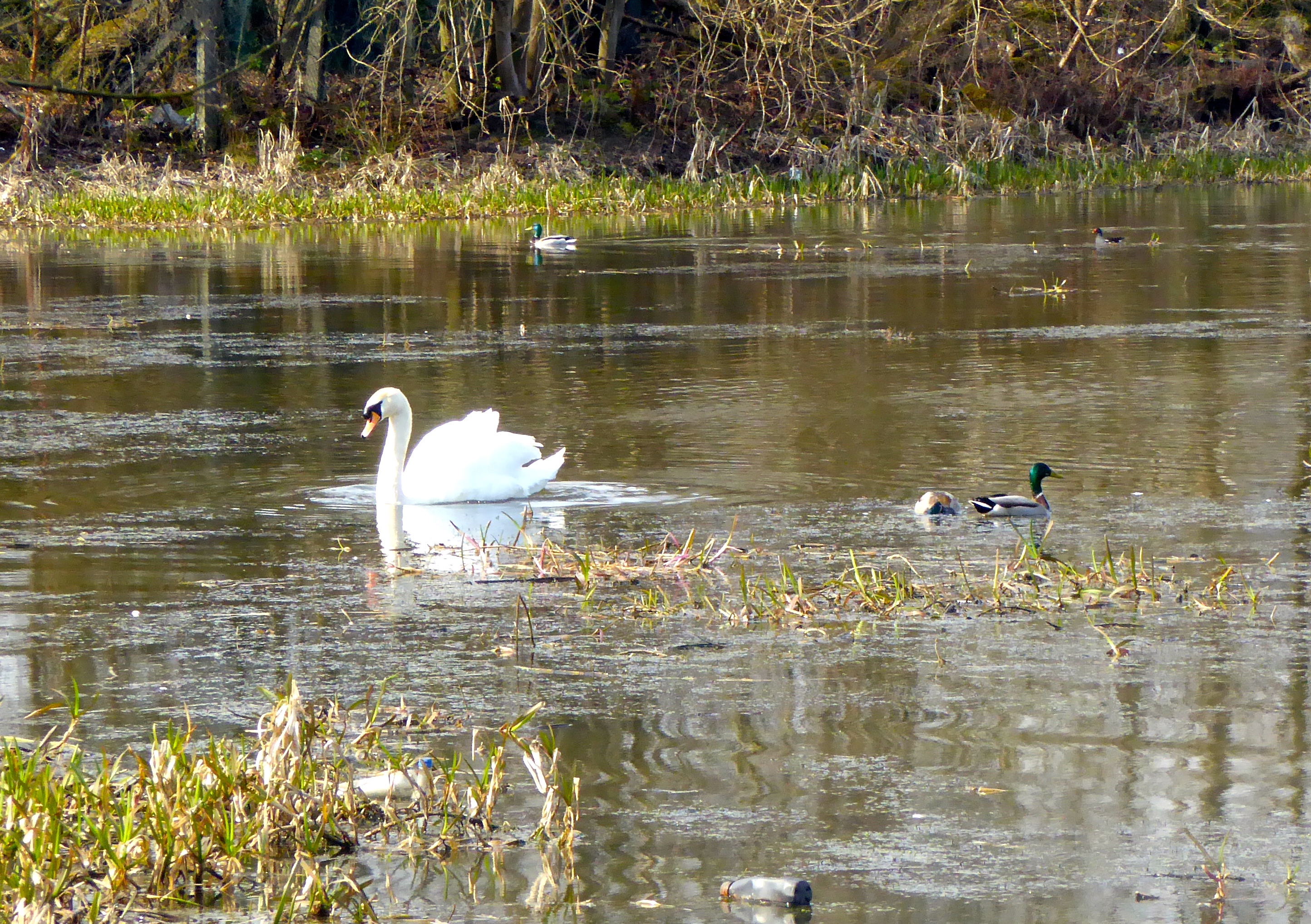
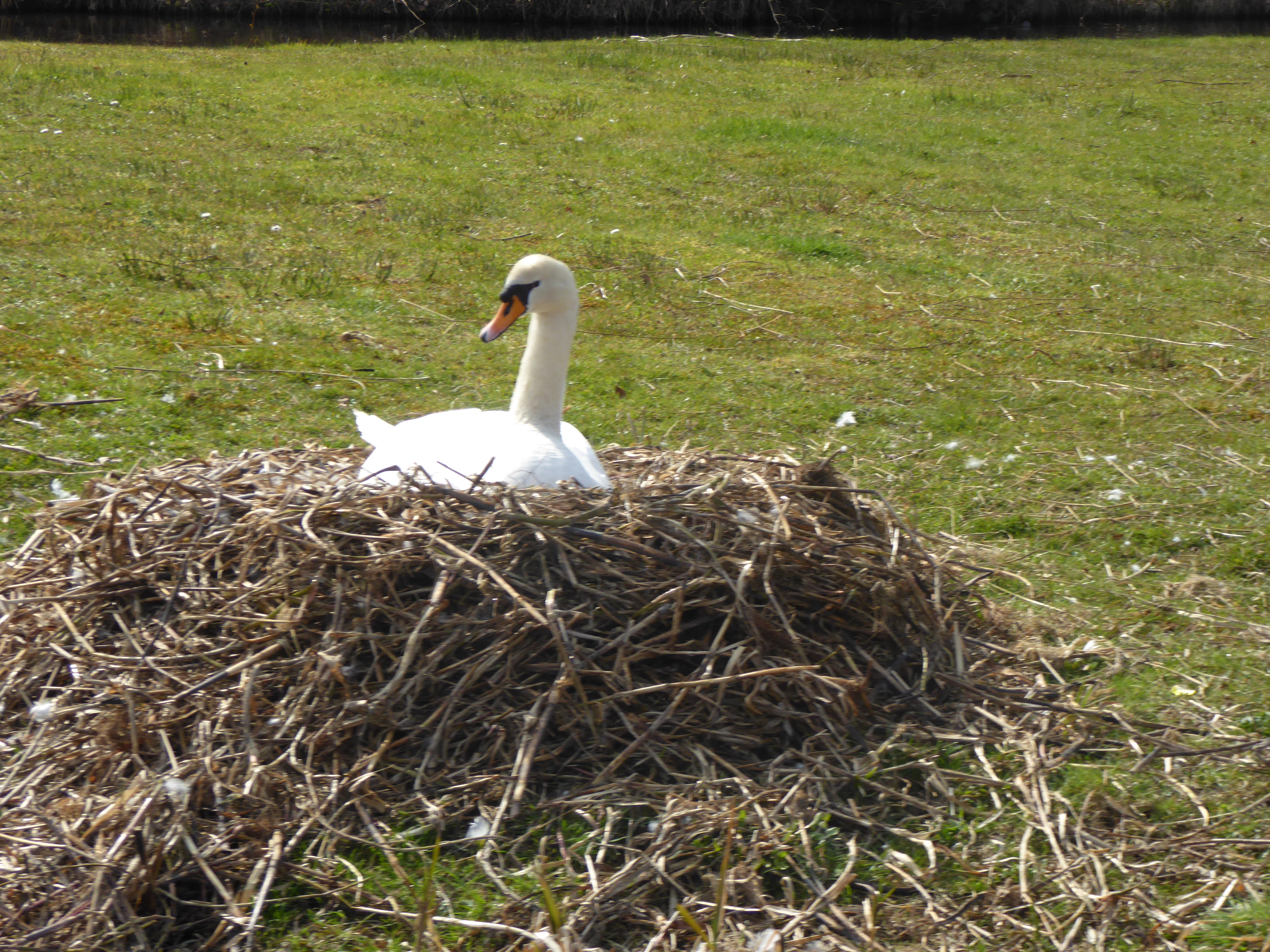
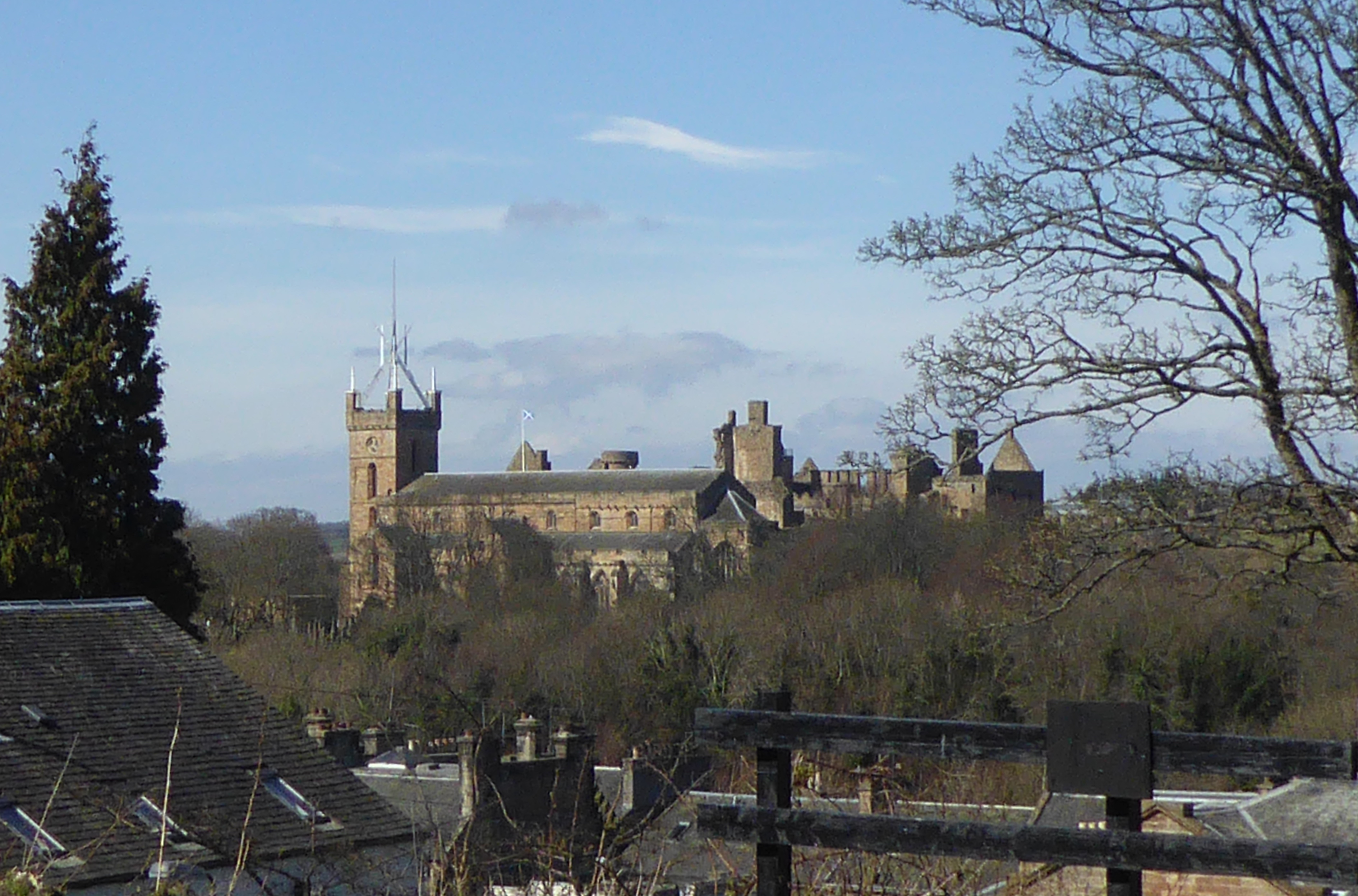
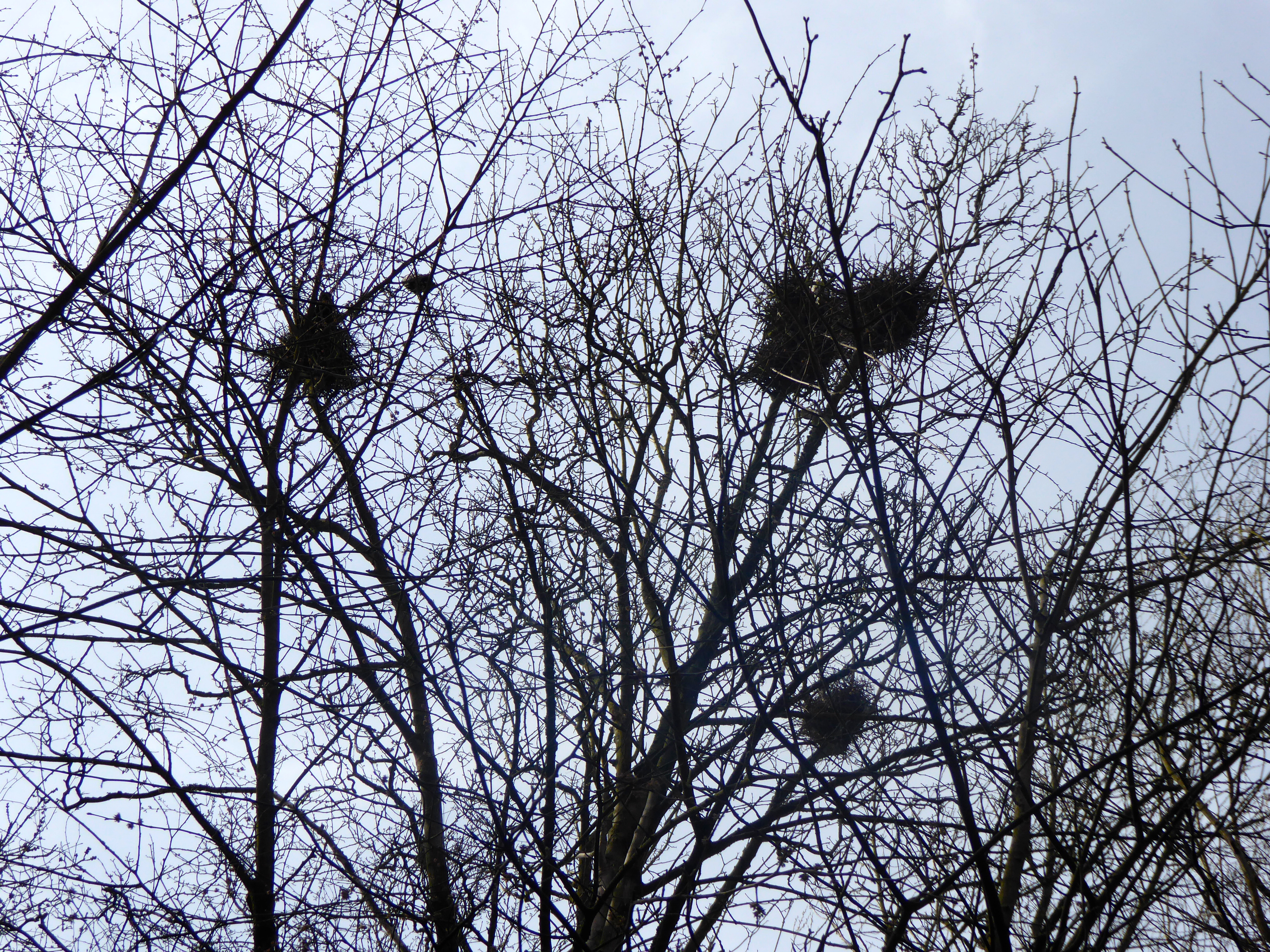
As the boats only go at walking pace (we had numerous children on the tow path racing us – and winning) you have plenty of time to see the scenery and watch the various birds and animals on the way. We were extremely lucky with the weather and only had one cold day. The rest were sunny and pleasant though the winds were cool and we welcomed the central heating in the evening.
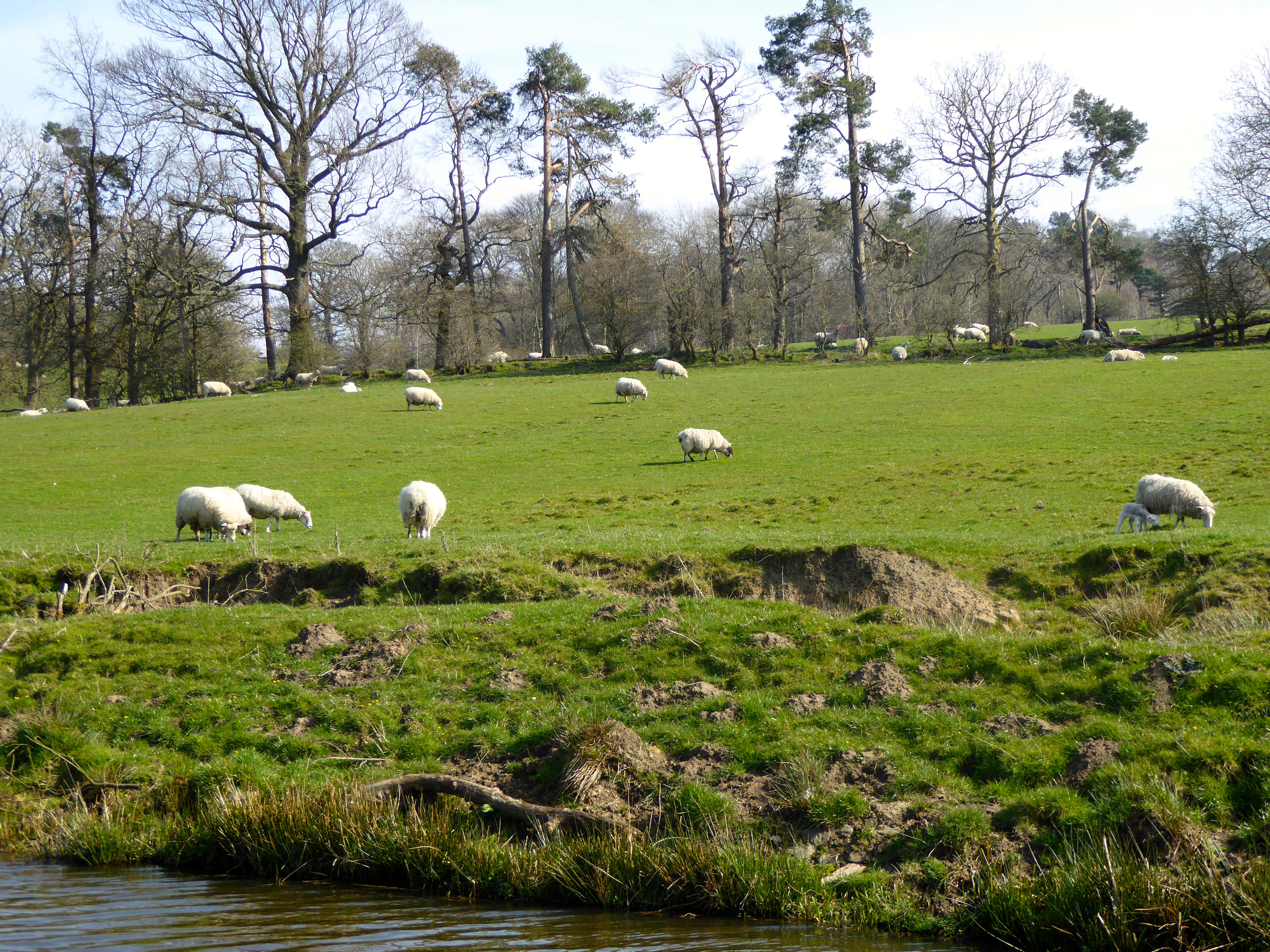
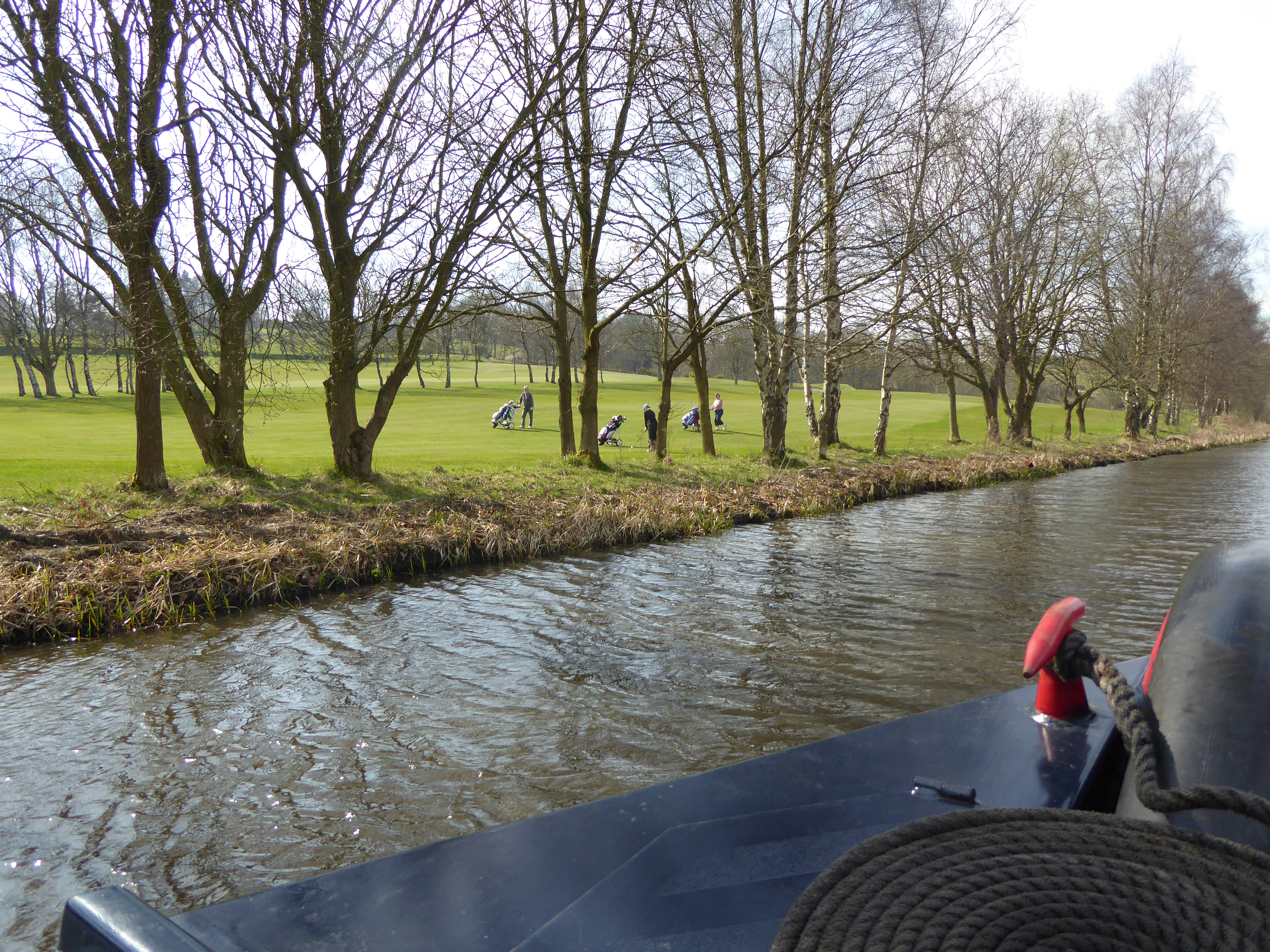
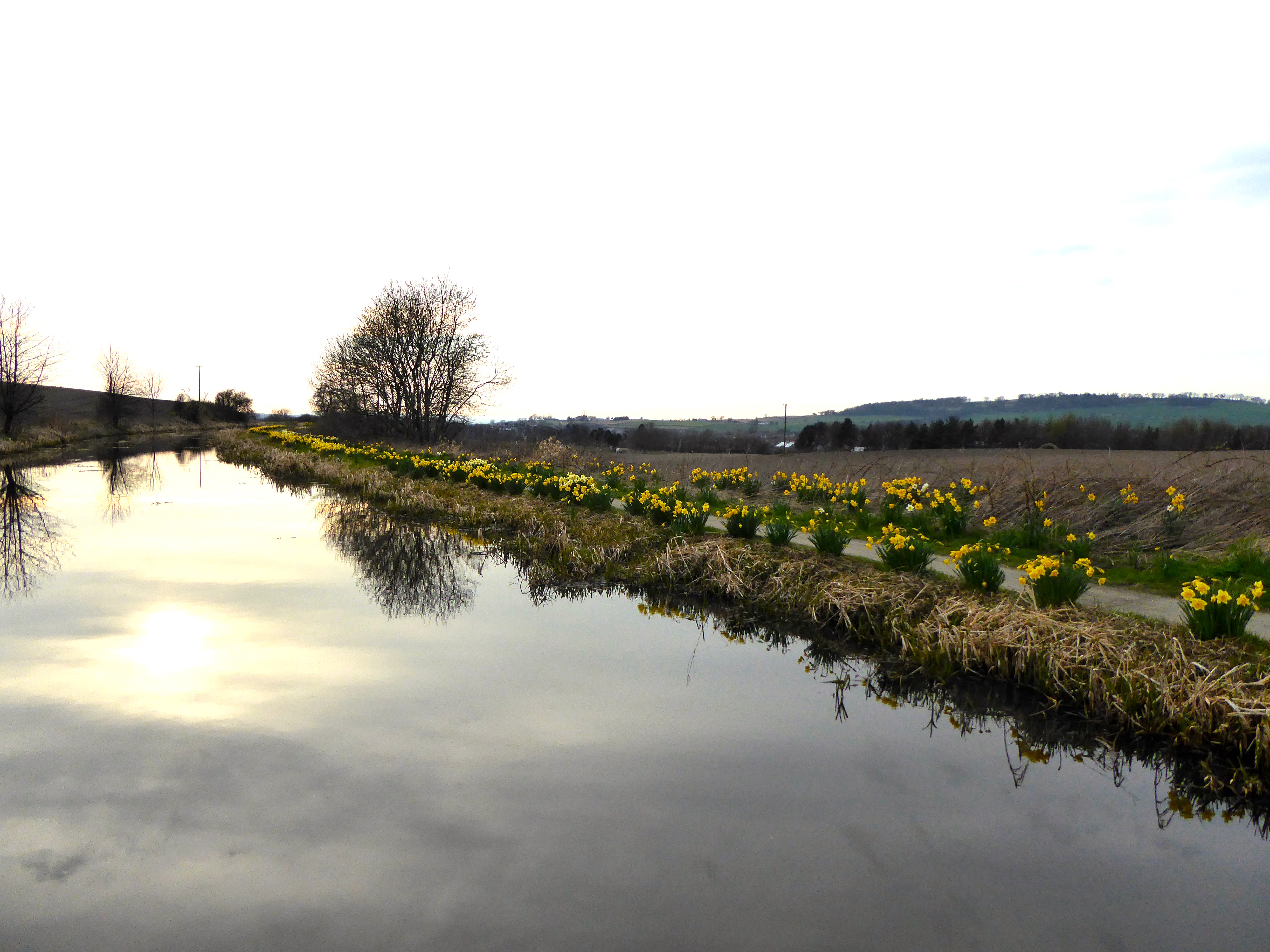
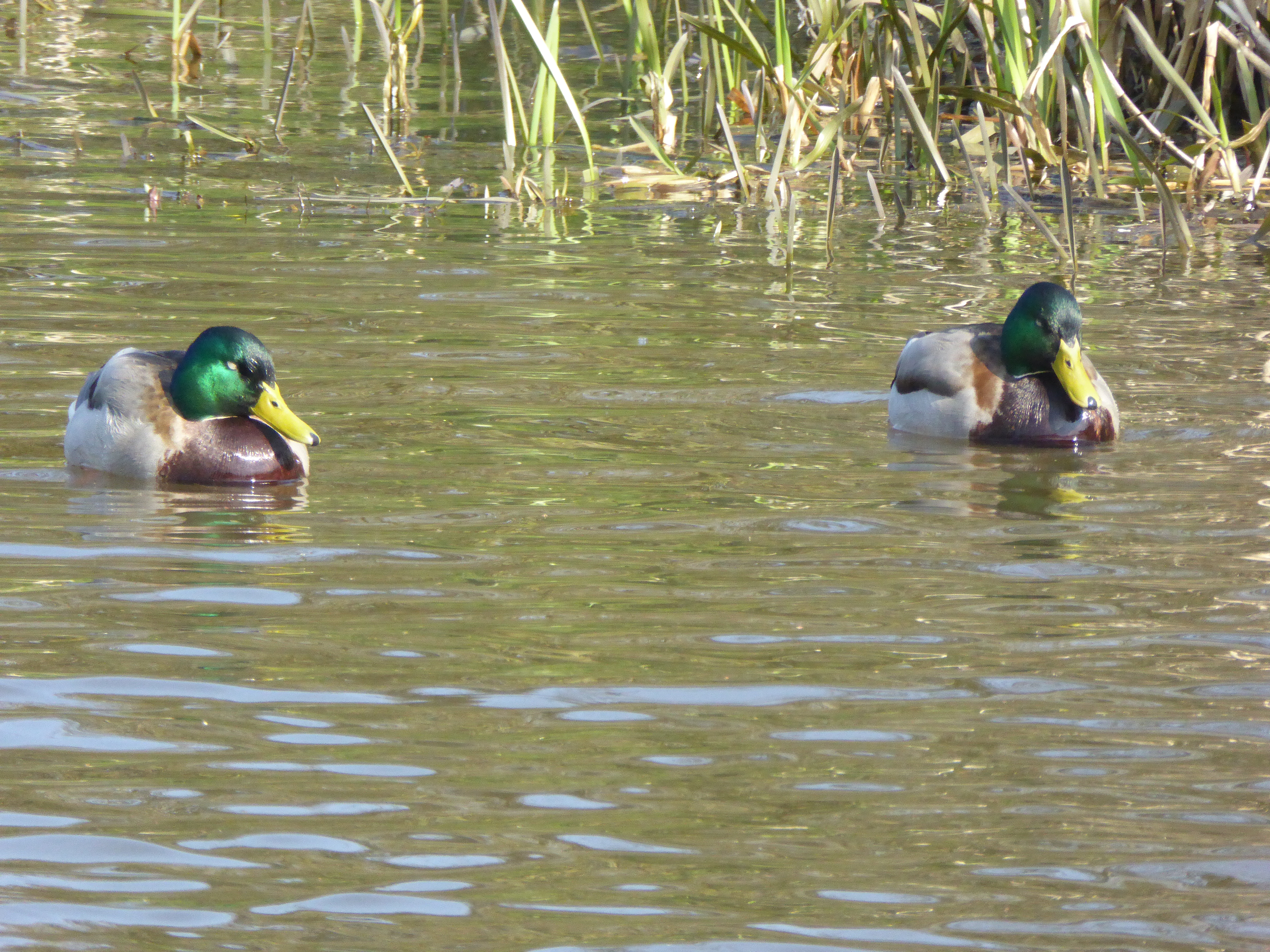
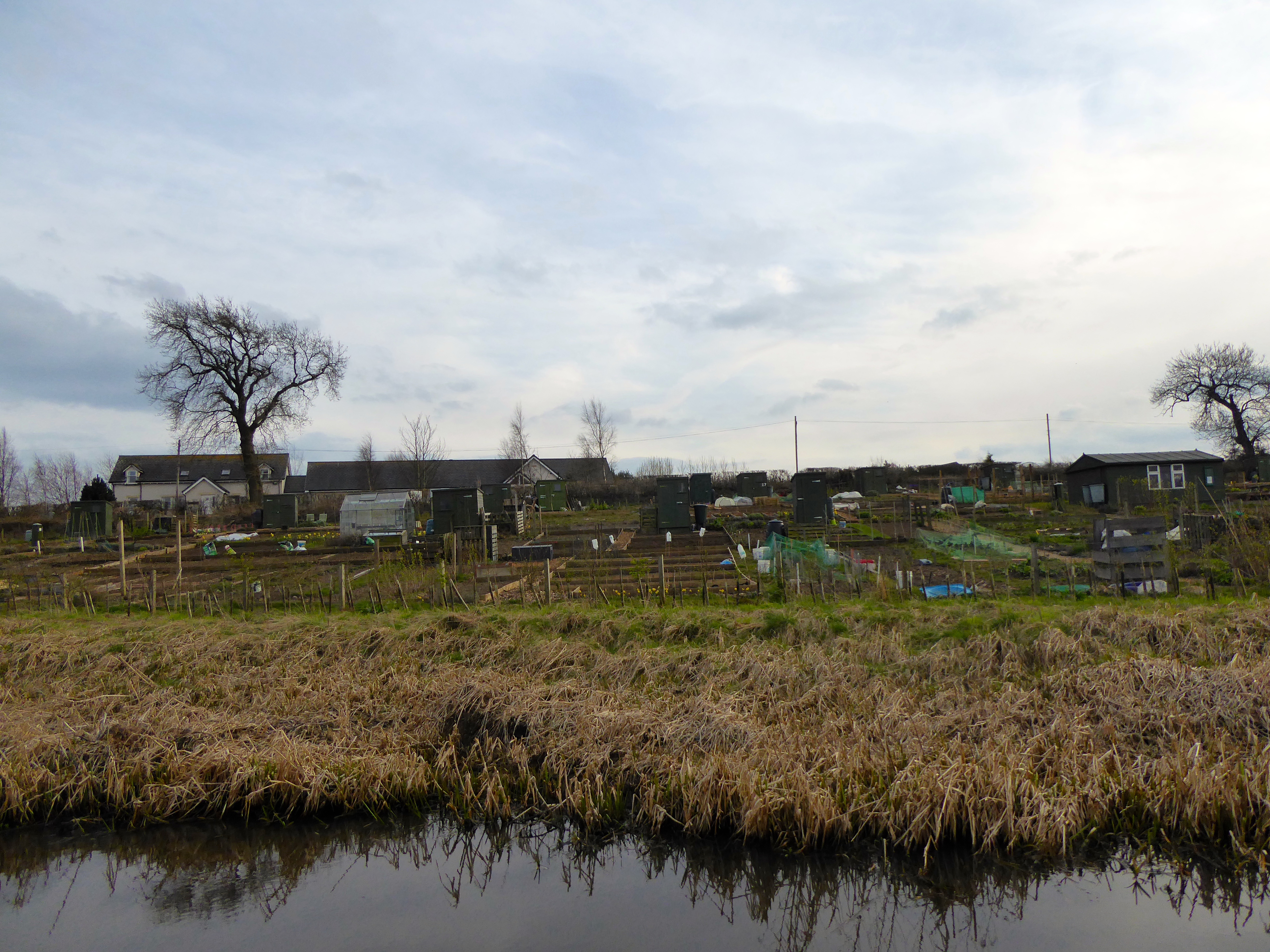
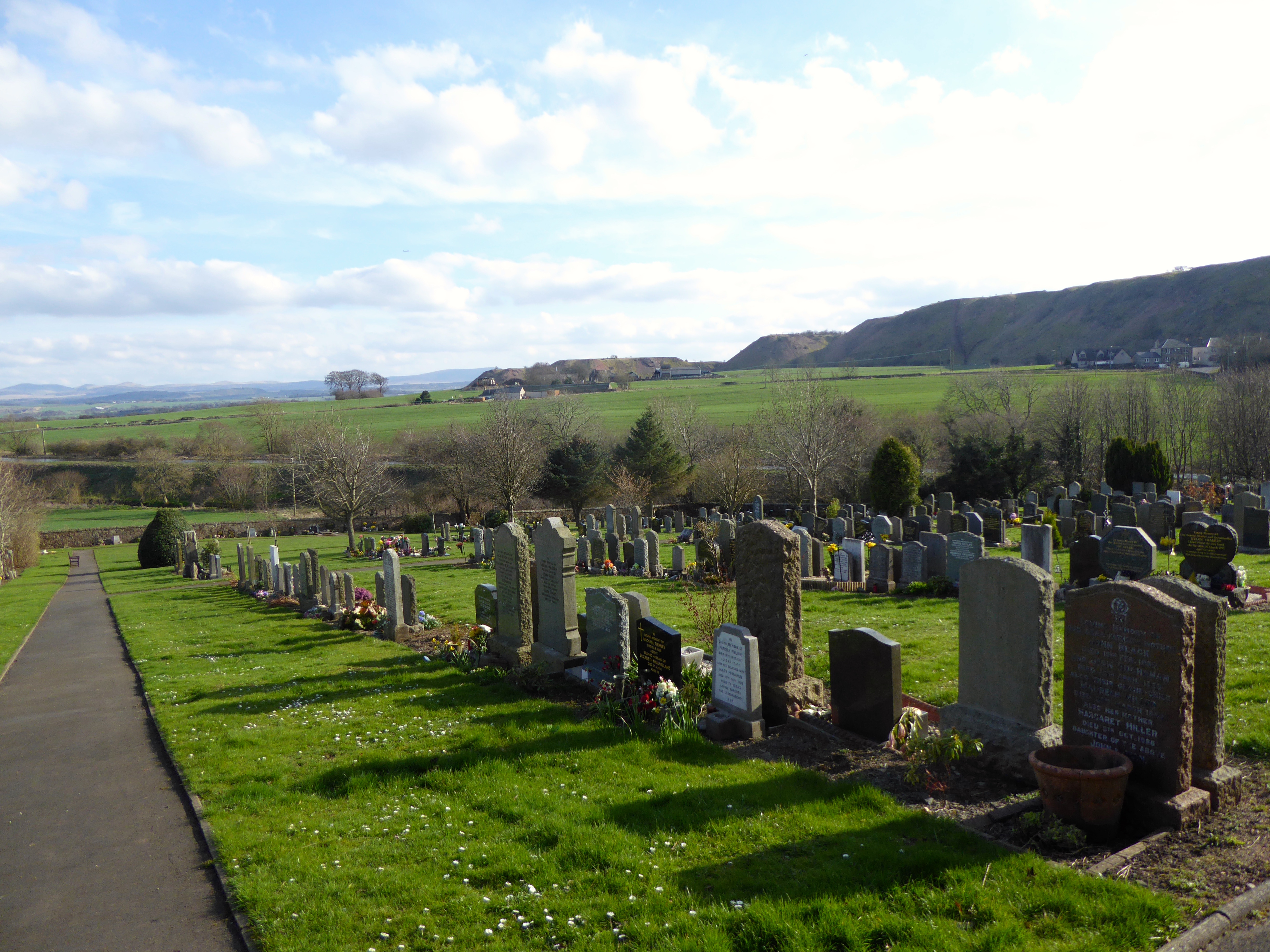
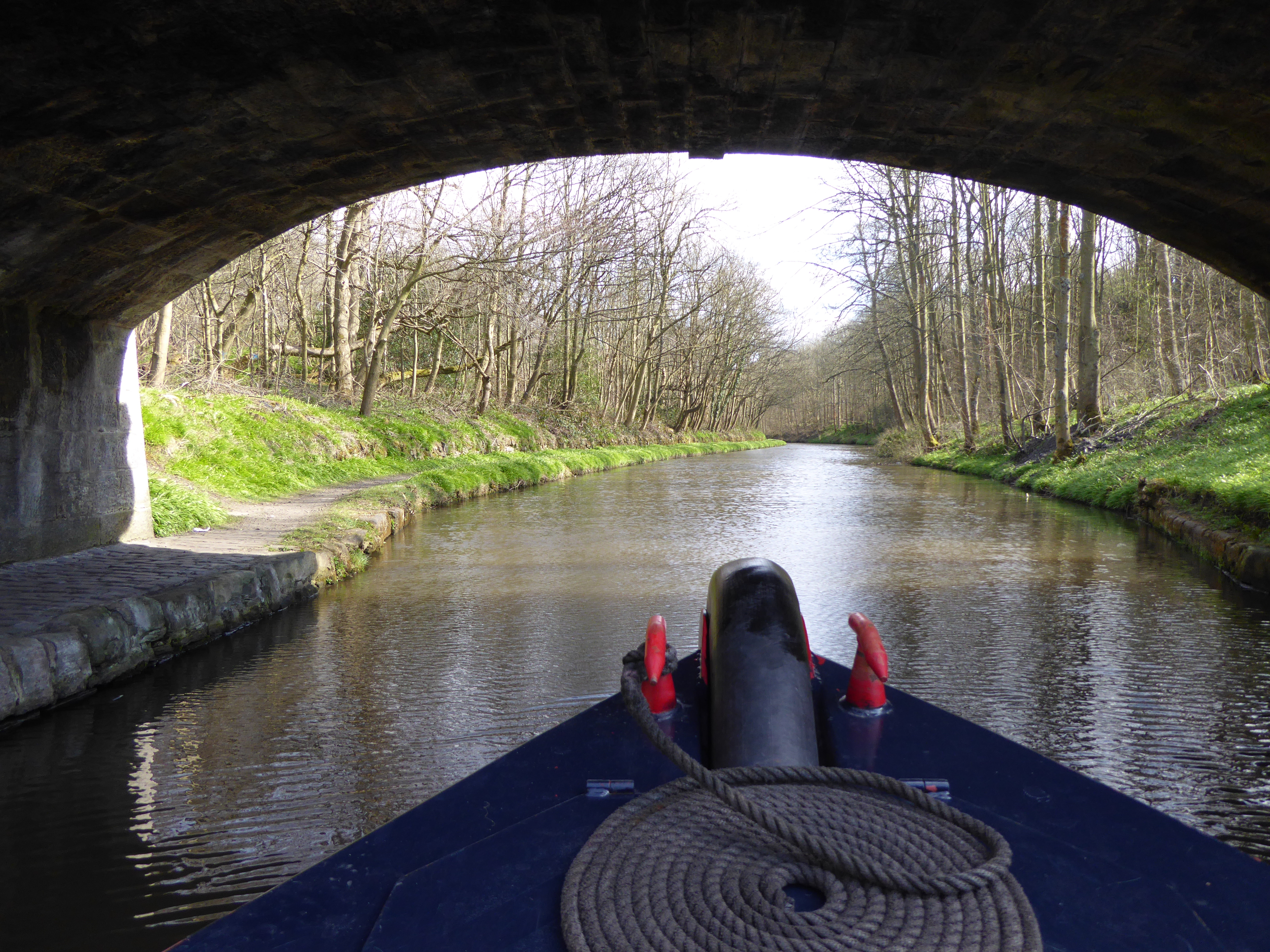
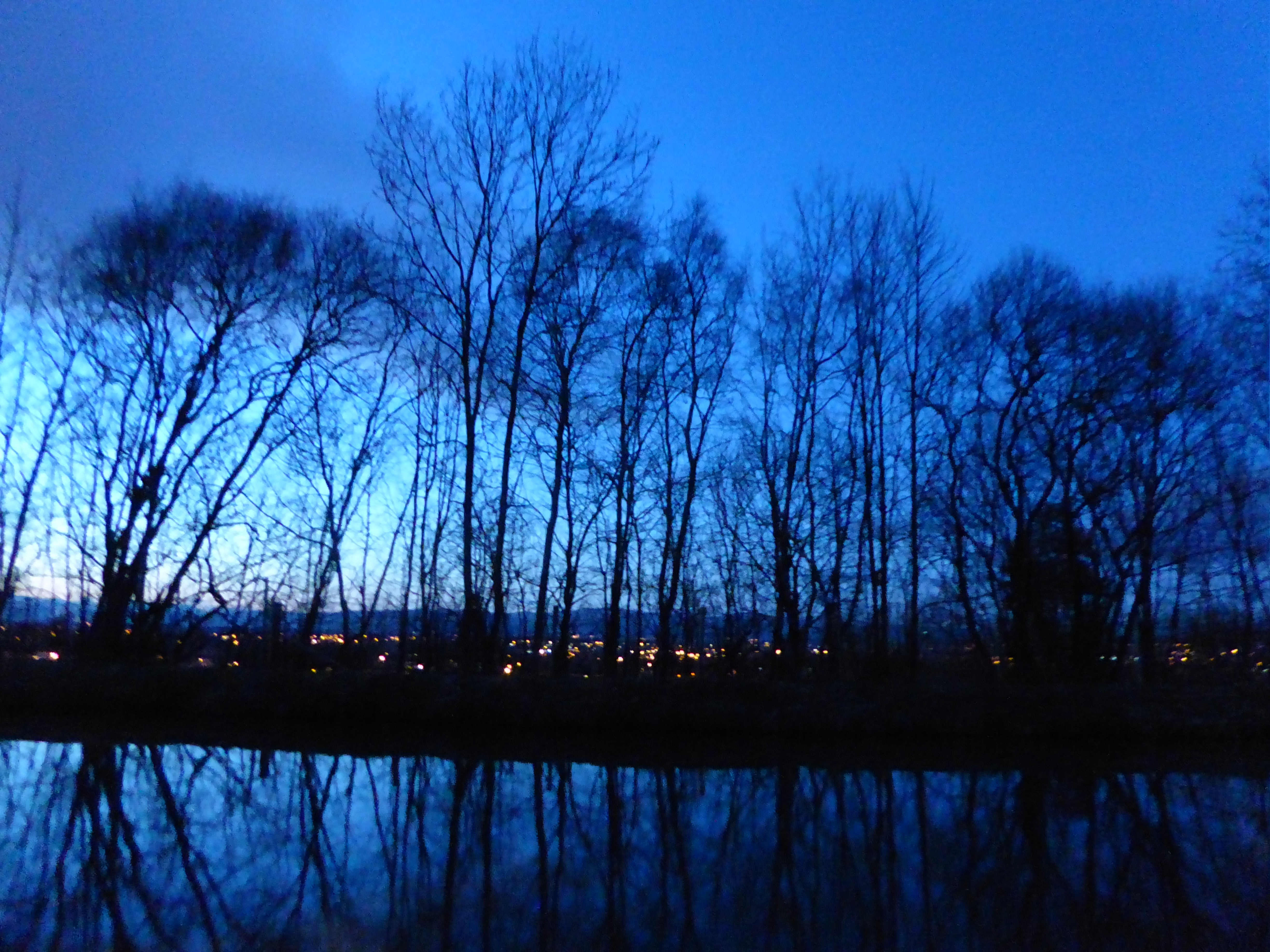
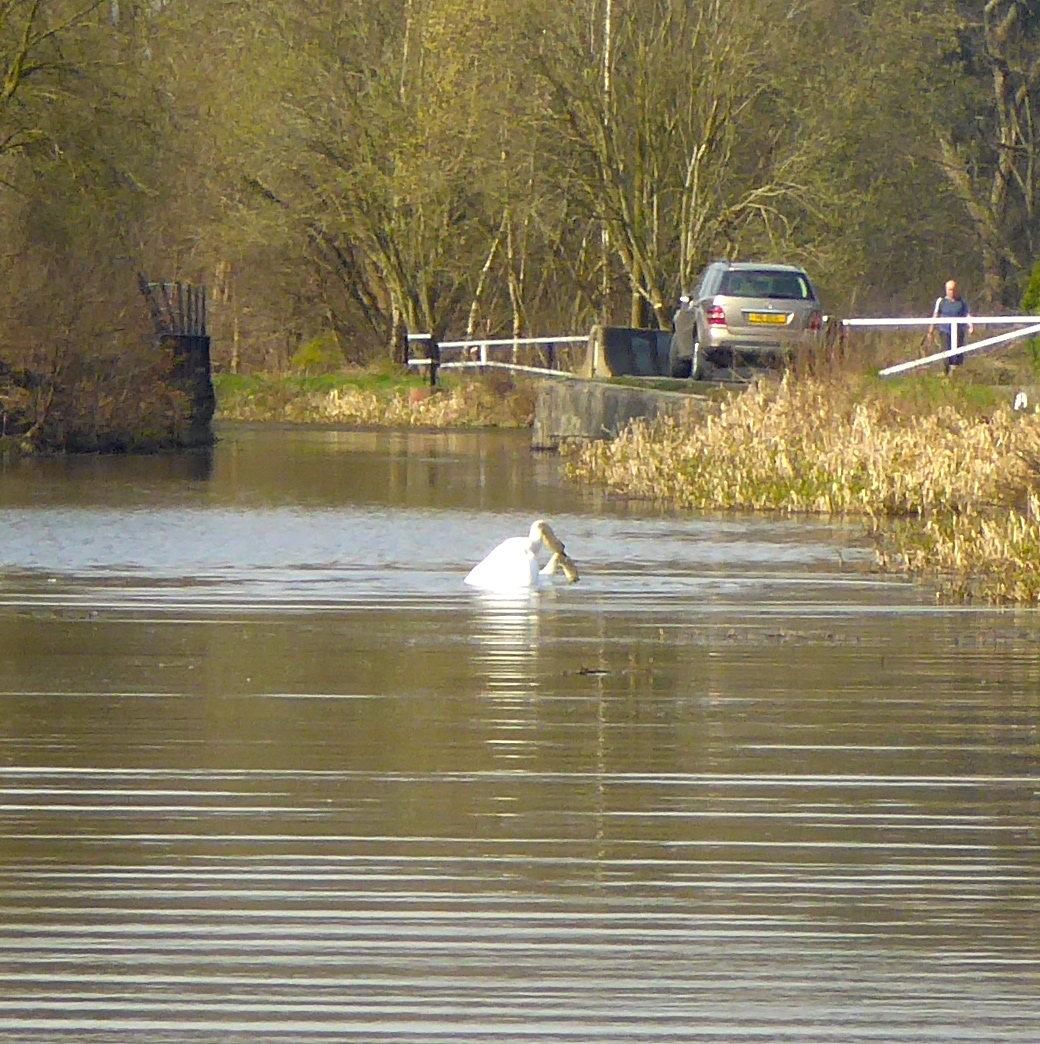
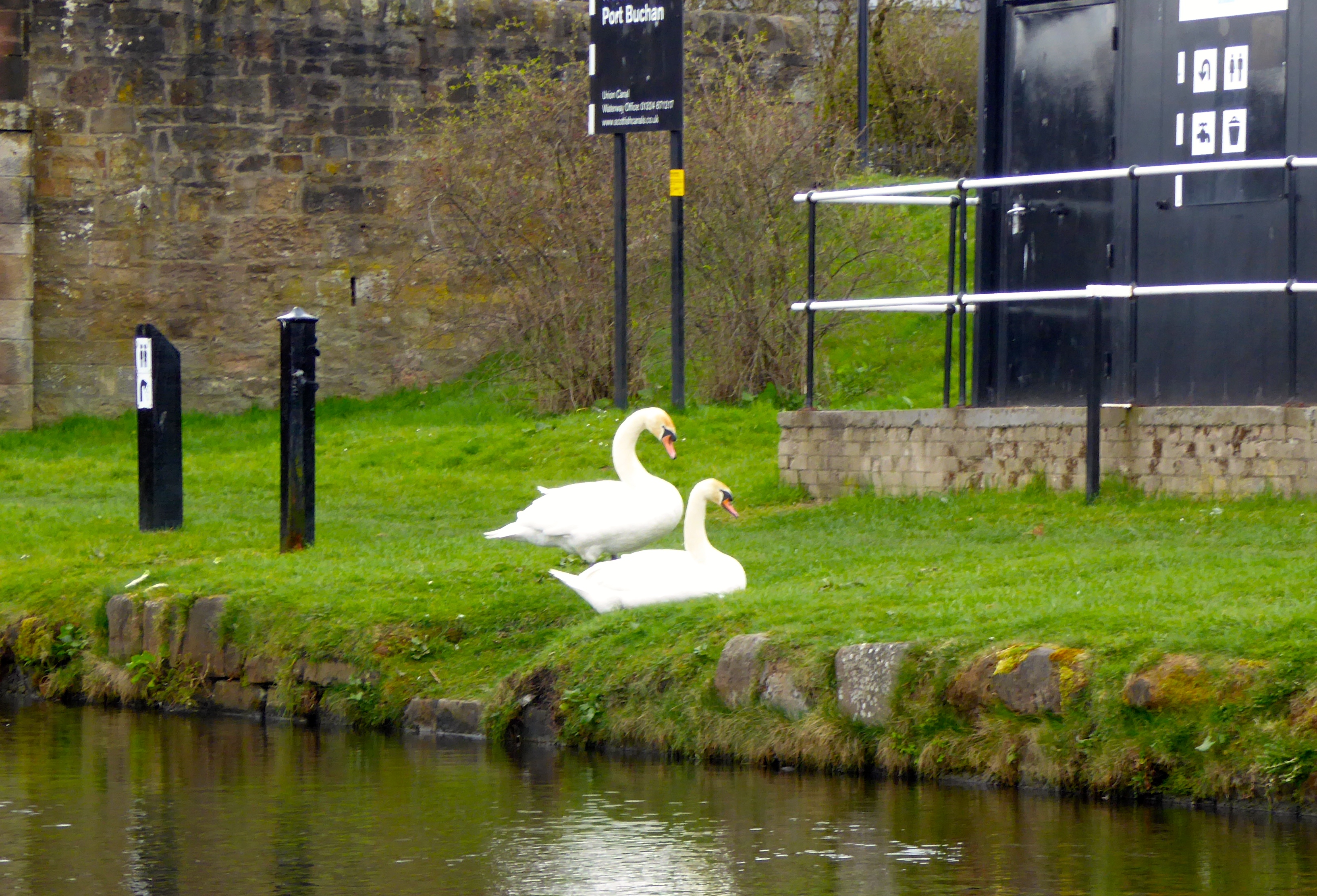
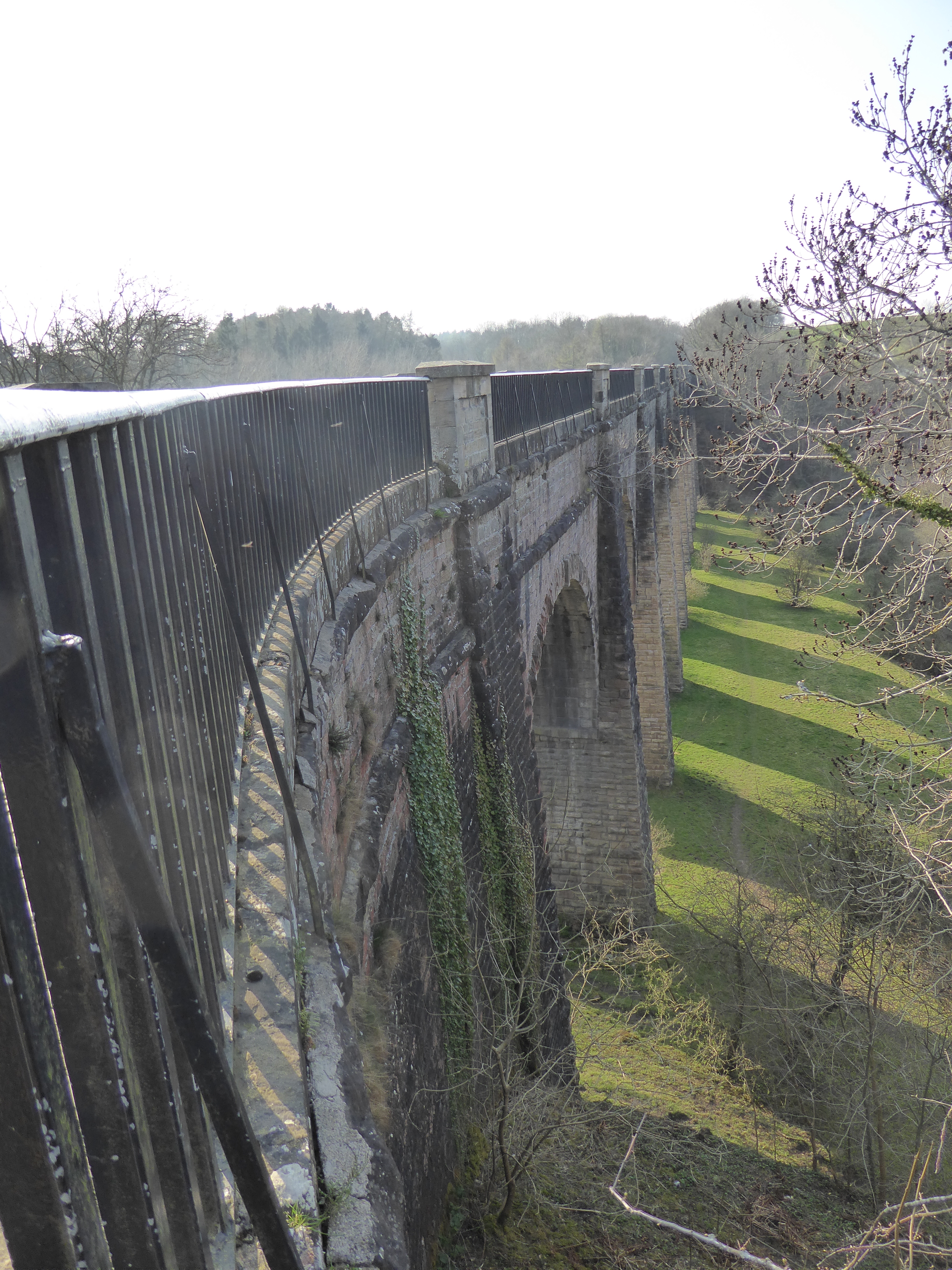
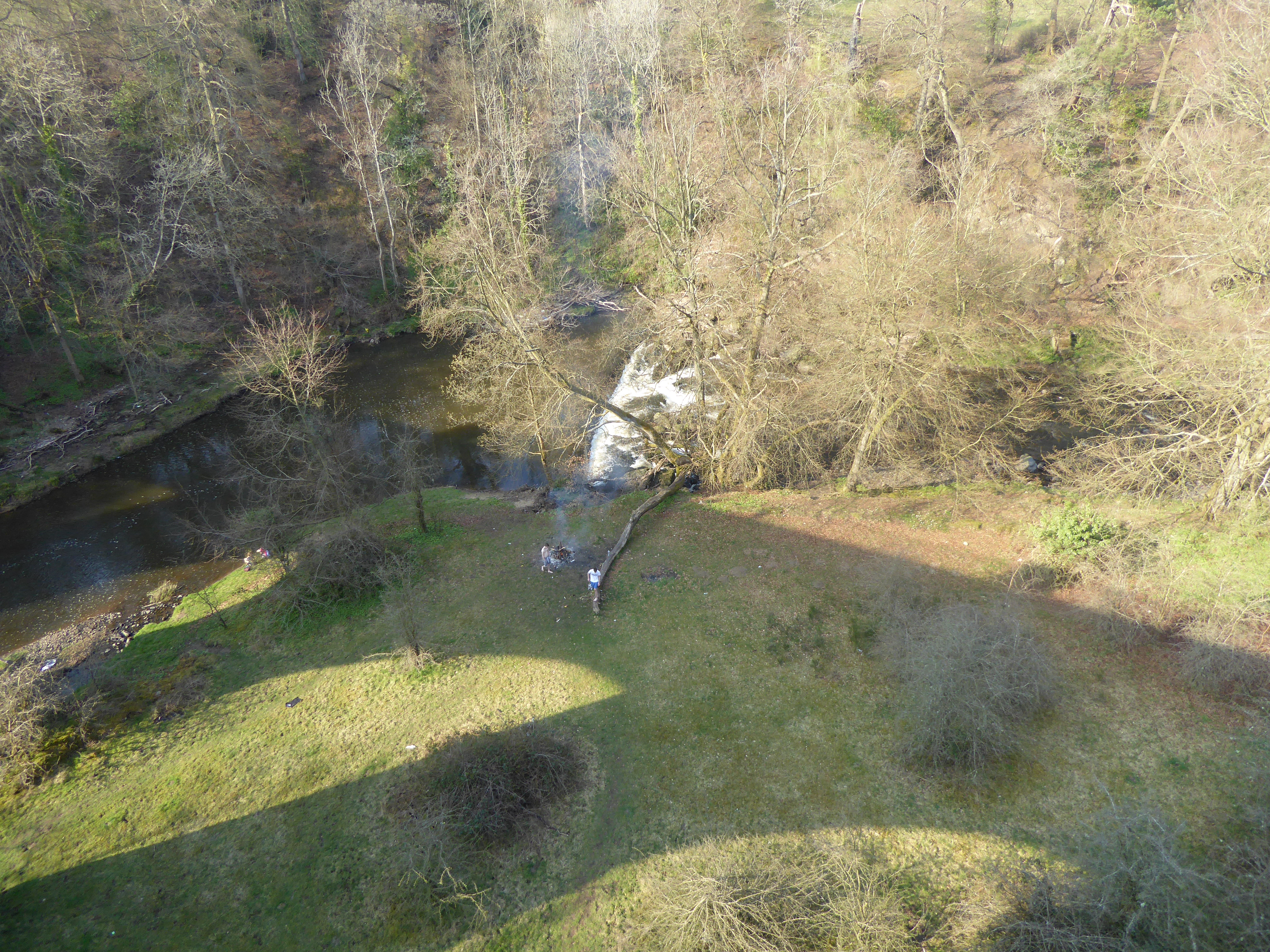
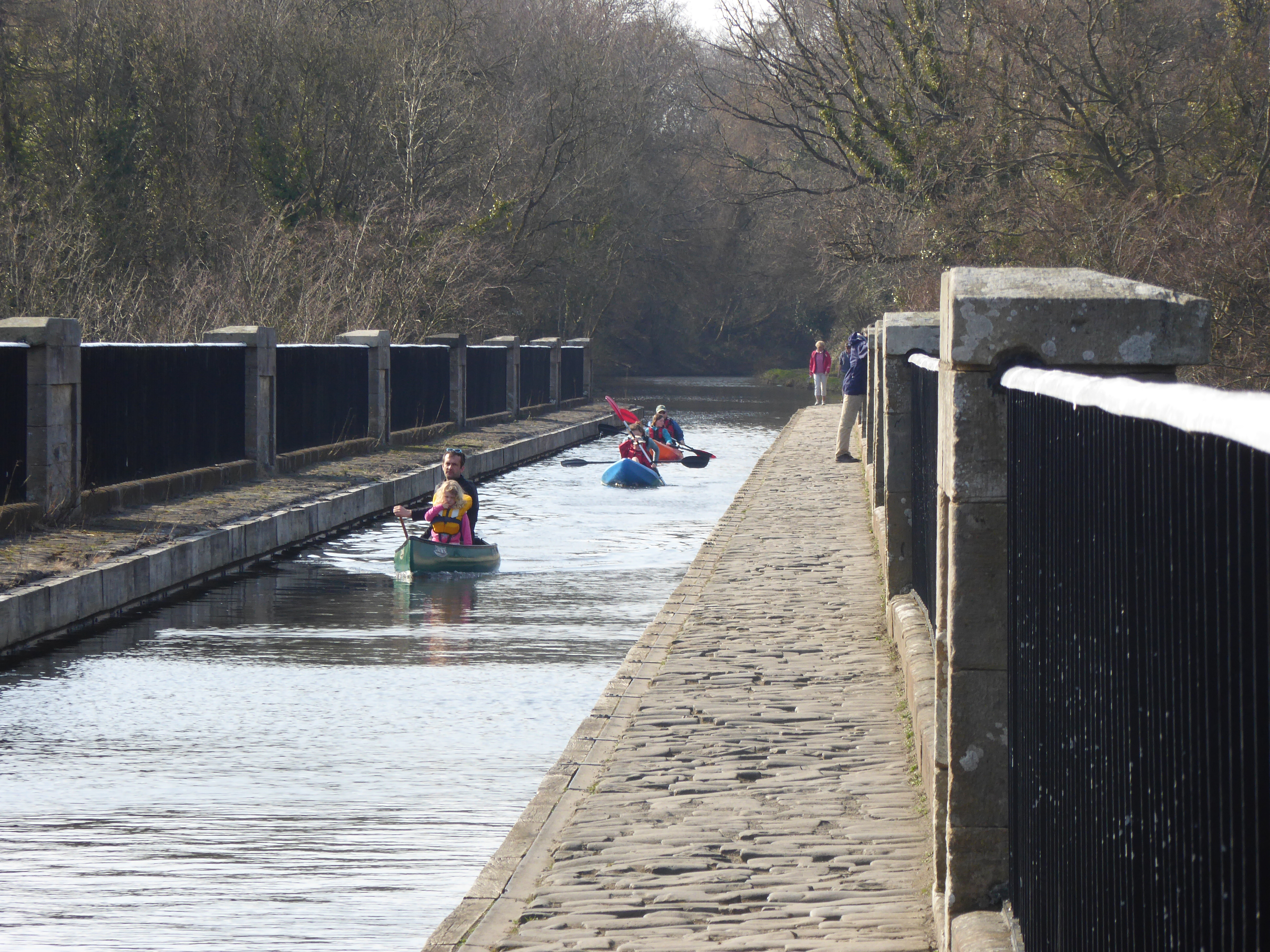
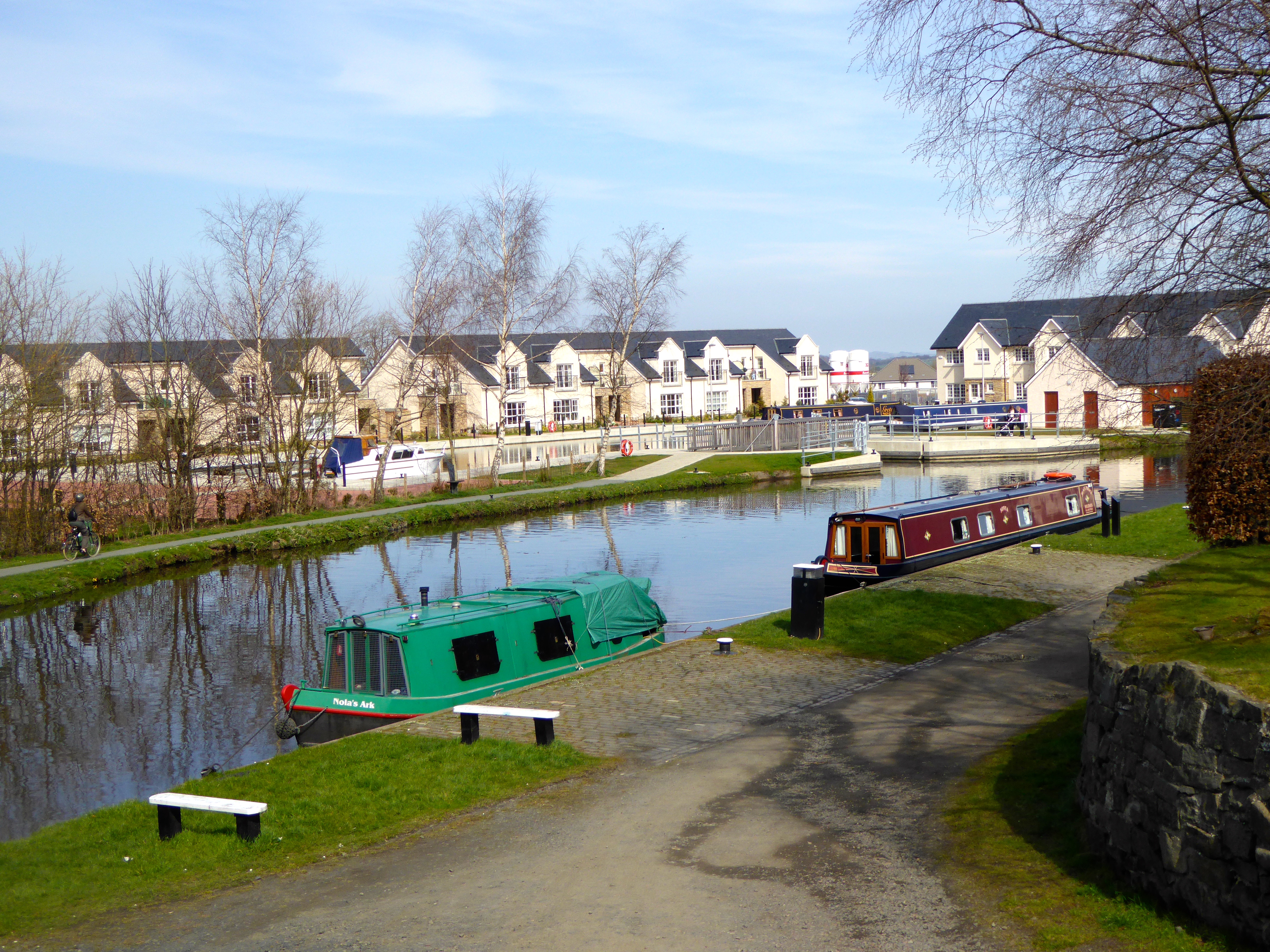
Over the next week we got to know Sonya well, including all her peculiarities, as we crashed into banks, ran aground and tried to moor with the wind against us. By the end of the week we were dab hands at steering a straight line through narrow bridges, mooring on canal banks with shallow edges, rafting off other boats to reach the elusive water taps and turning a 58 ft boat in a 55 ft turnaround.
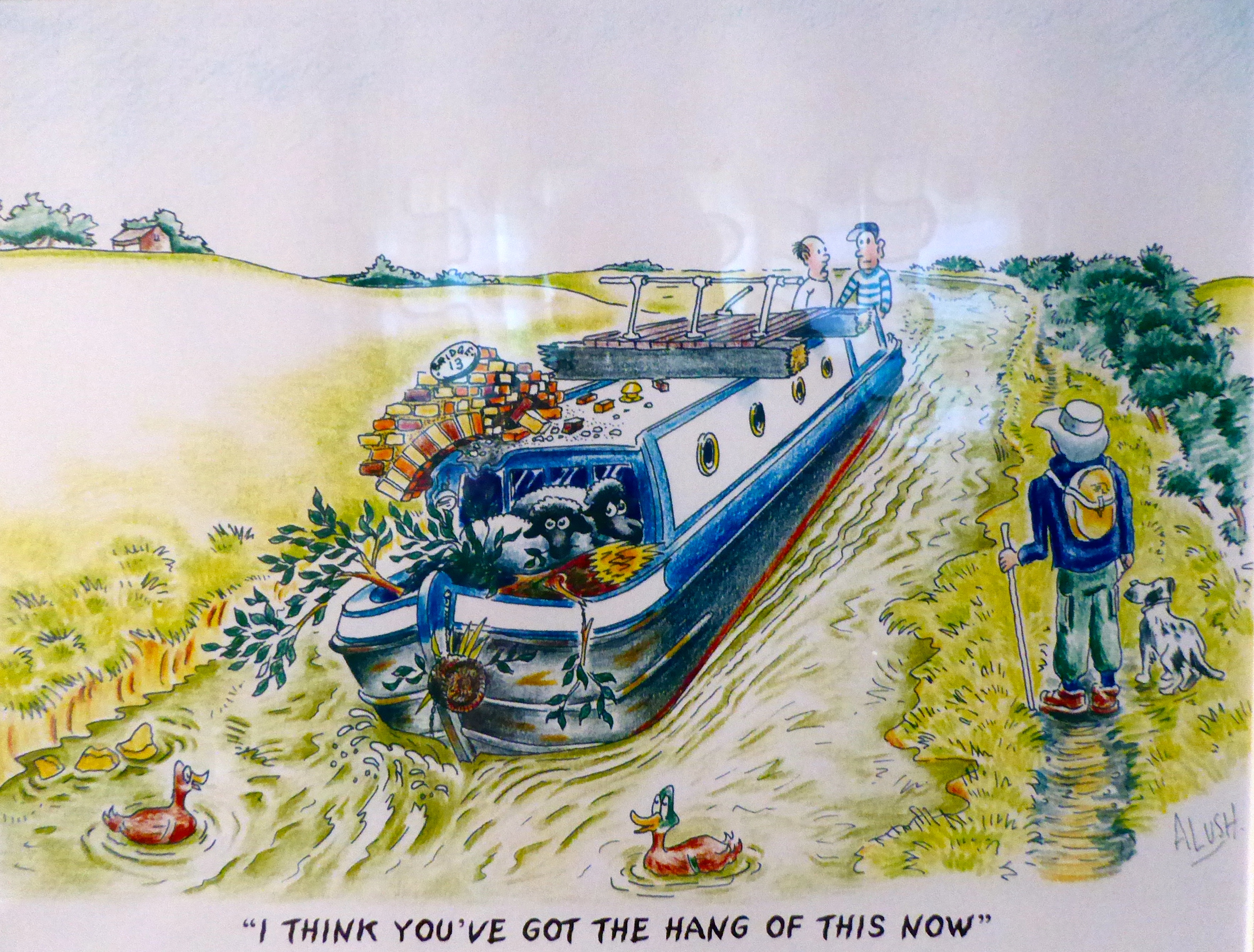
In Scotland the Scottish Lock Authority handles all the locks and swing bridges. In Wales you have to do it yourself . The fact that Ed is now pretty good with a long boat and Lyndal can steer (except when she panics at narrow right angle bridges and puts the boat under low lying branches and nearly knocks Ed off) will be a great help.
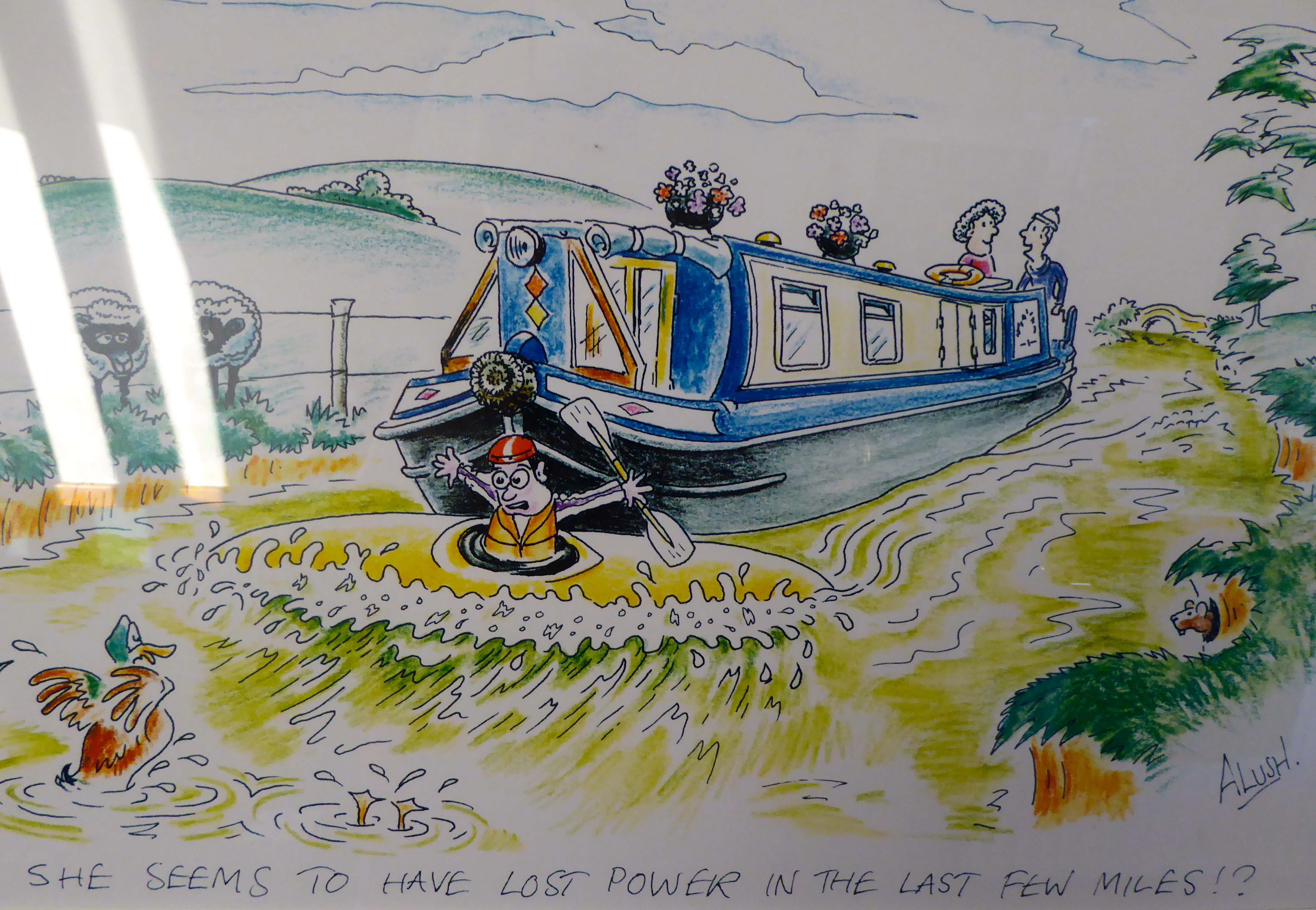
Ed :
A 58’ / 17.6m canal boat with a small diesel engine is a very peculiar marine beast. The whole thing is built like the proverbial in something like 10mm steel – it must weigh a gadzillion tons. I have learnt the hard way that slower is better most of the time ! Momentum is king ! When you put the rudder over and it starts swinging you better be ready to put the rudder the other way to stop it otherwise it just takes over and carries on regardless into the bank, particularly if the wind is blowing against you. It has been great fun learning anyway, and we are finding more and more use for the barge pole in turning the thing around – no wonder they put one on board as standard equipment. (most of the canal is much narrower than the length of the boat – you have to continue along some miles until you find a turning basin the right size).
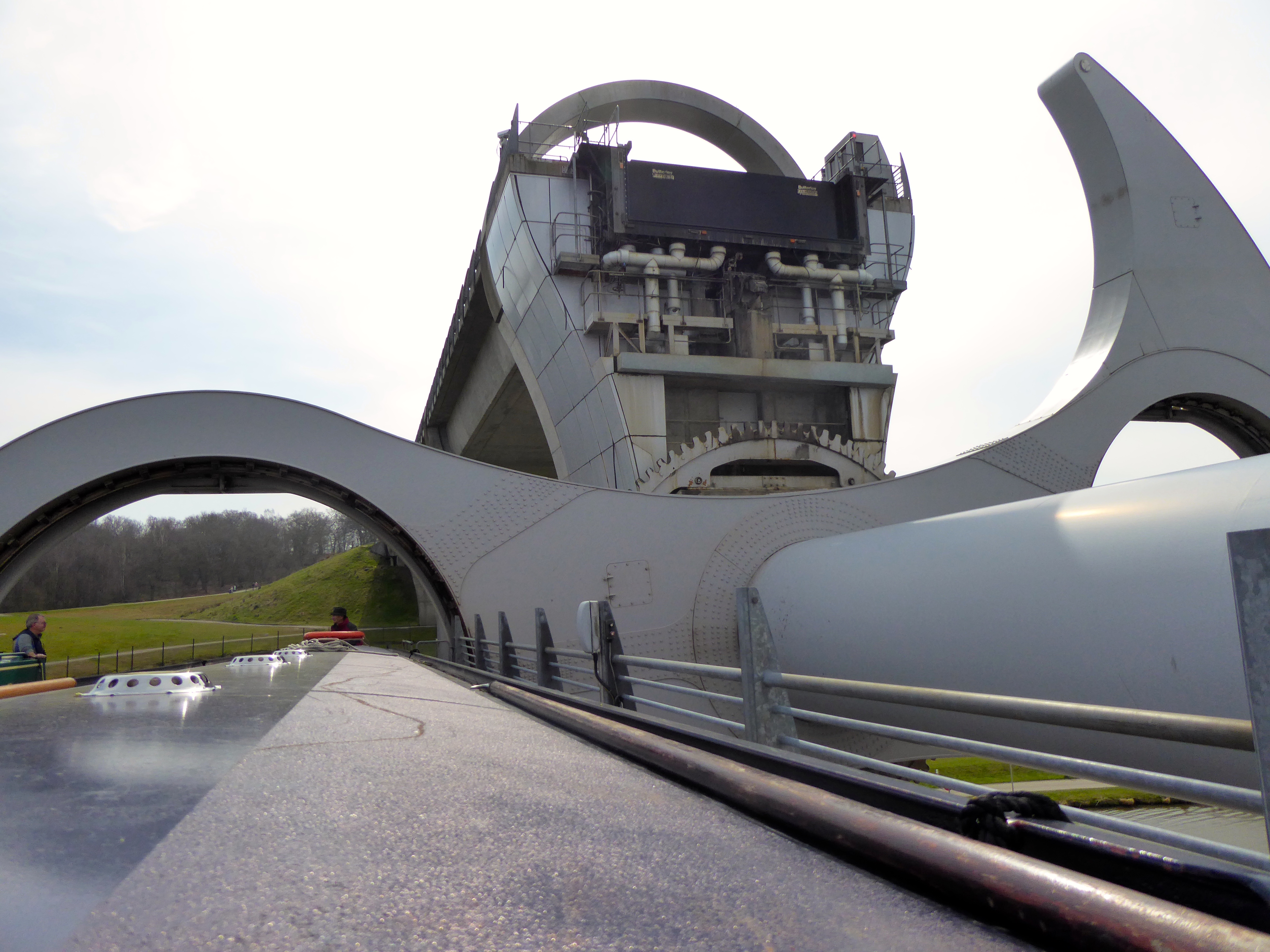
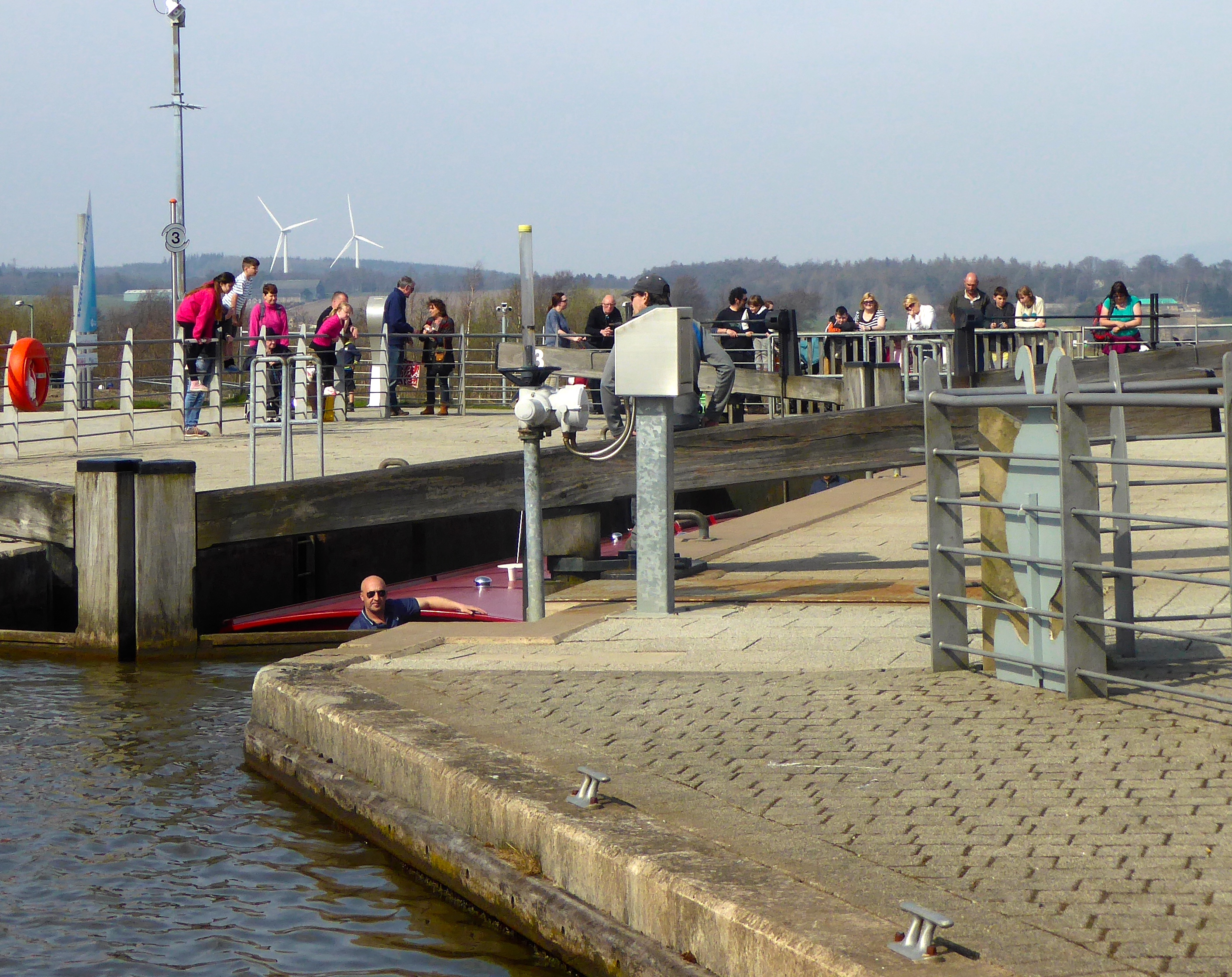

We leave the Sonya behind tomorrow and head for Inverness. Before we go we are off to see The Kelpies at Falkirk. These are giant sculptures of the mythical horses that are supposed to haunt the lochs and waterways of Scotland and loom over the beginning section of the Forth and Clyde Canal. They are lit at night and quite spectacular
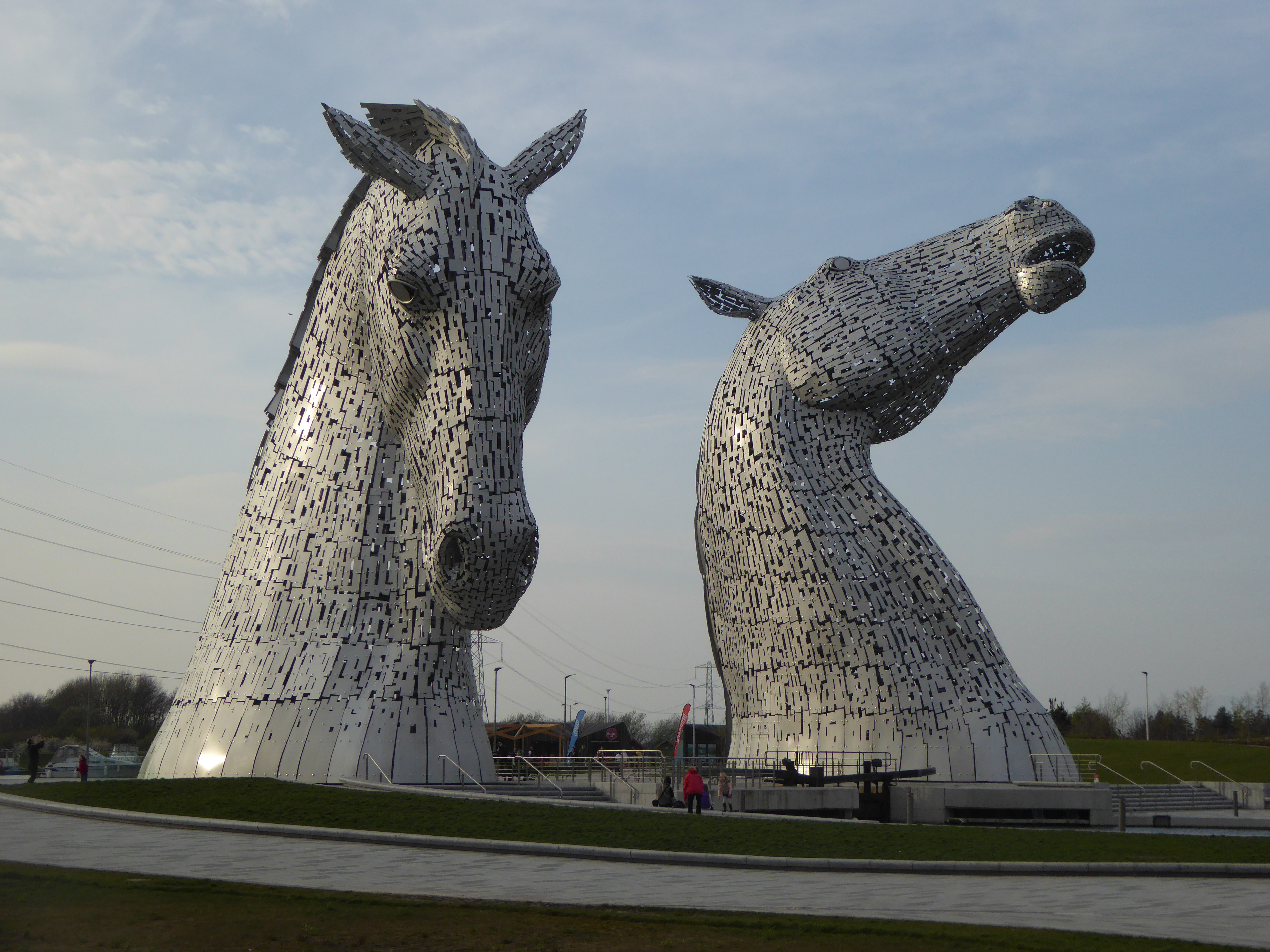
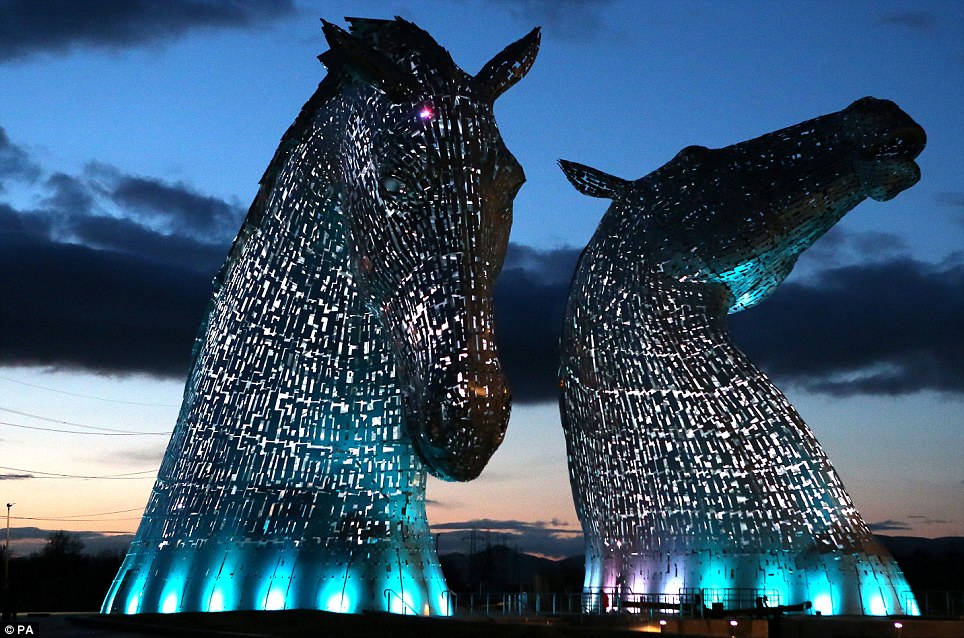
Of Castles and Kings
We had an easy and pleasant drive into Edinburgh and found the hotel with no trouble – can’t imagine doing this without a GPS!! Having spent most of the day in the Lakes District we didn’t get there until evening so spent the rest of the day sorting through luggage and organizing things for the canal boat. It was deemed that a pillow, torch and wine etc. were necessary items that had to be acquired before we left.
The next day was drizzly and cold so we hopped on a Hop on Hop off bus with an amusing and knowledgeable guide and toured the city being regaled with stories of times past. The notorious Burke & Hare, who murdered their lodgers to supply bodies to the medical school and the little dog Greyfriars Bobby are all marked by pubs.
We passed George Heriot’s School, which is a prestigious private school in Edinburgh, with four houses and four towers – a clear inspiration for Hogwart’s School of Witchcraft and Wizardry. The Elephant Café where J. K. Rowlings wrote the Harry Potter series is nearby, as is the cemetery where she got the inspiration for the names of many of her characters

We spent quite a few hours at Edinburgh Castle – thousands of people from all parts of the world and cashmere everythings at exorbitant prices.
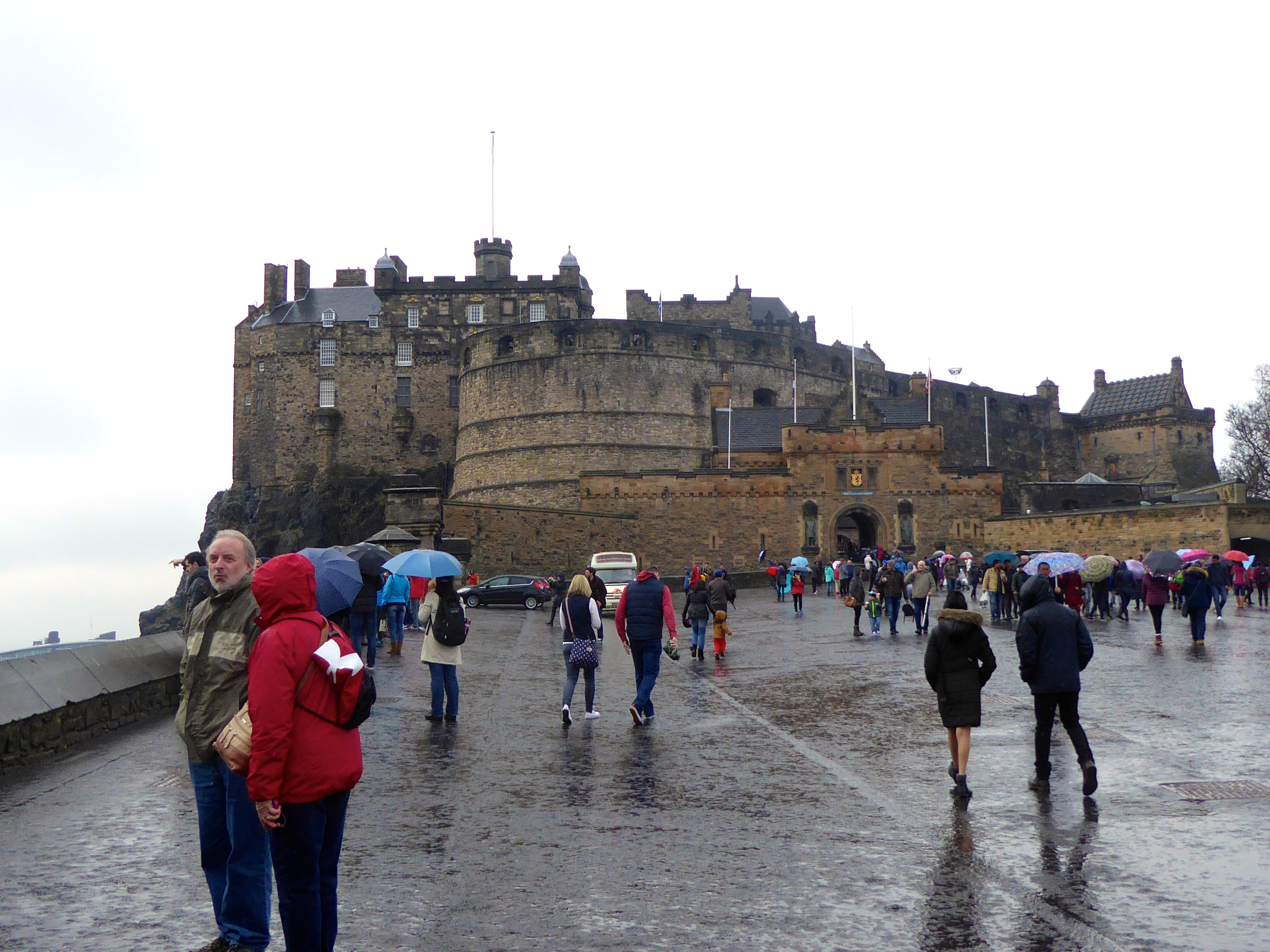
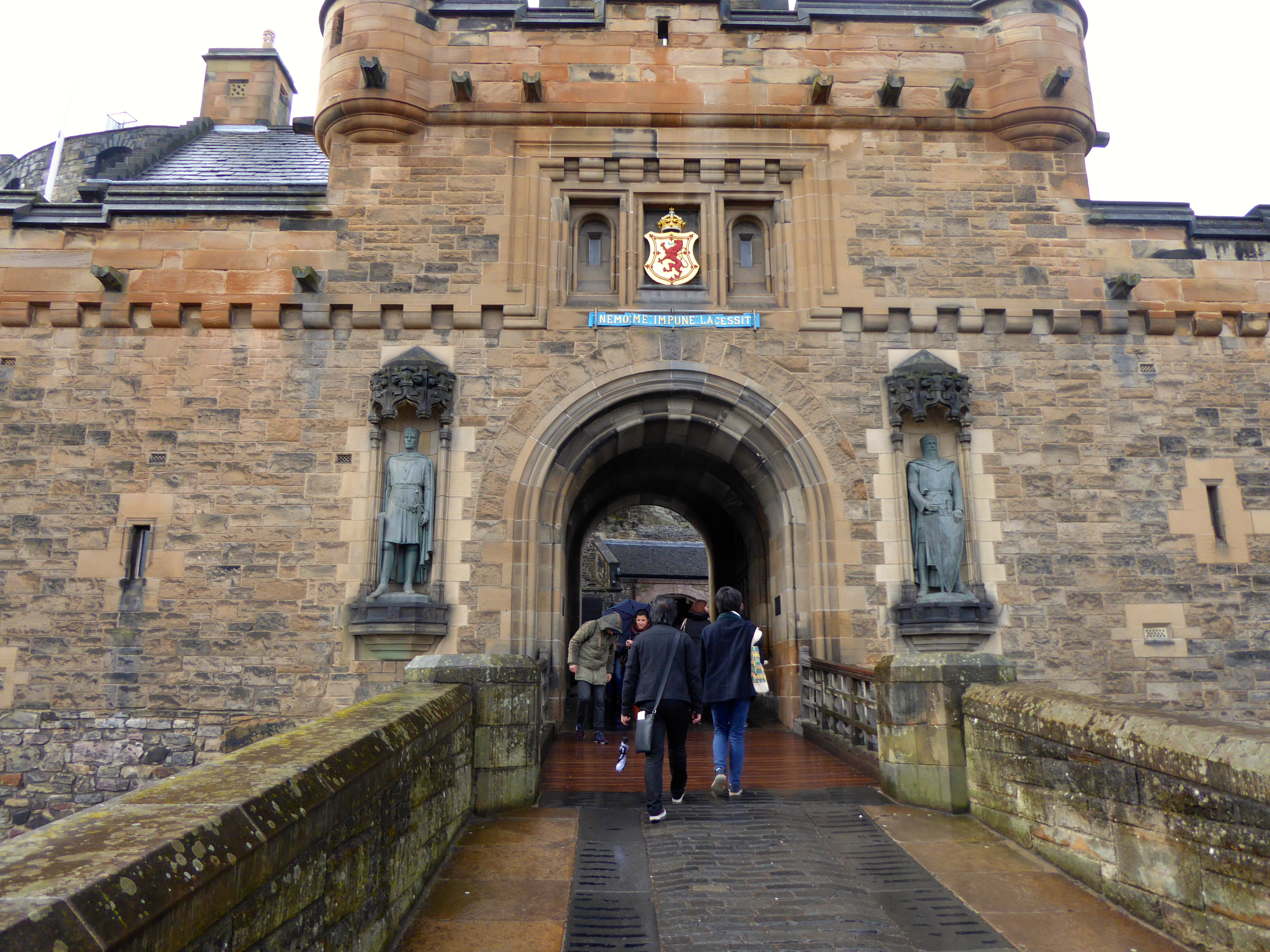
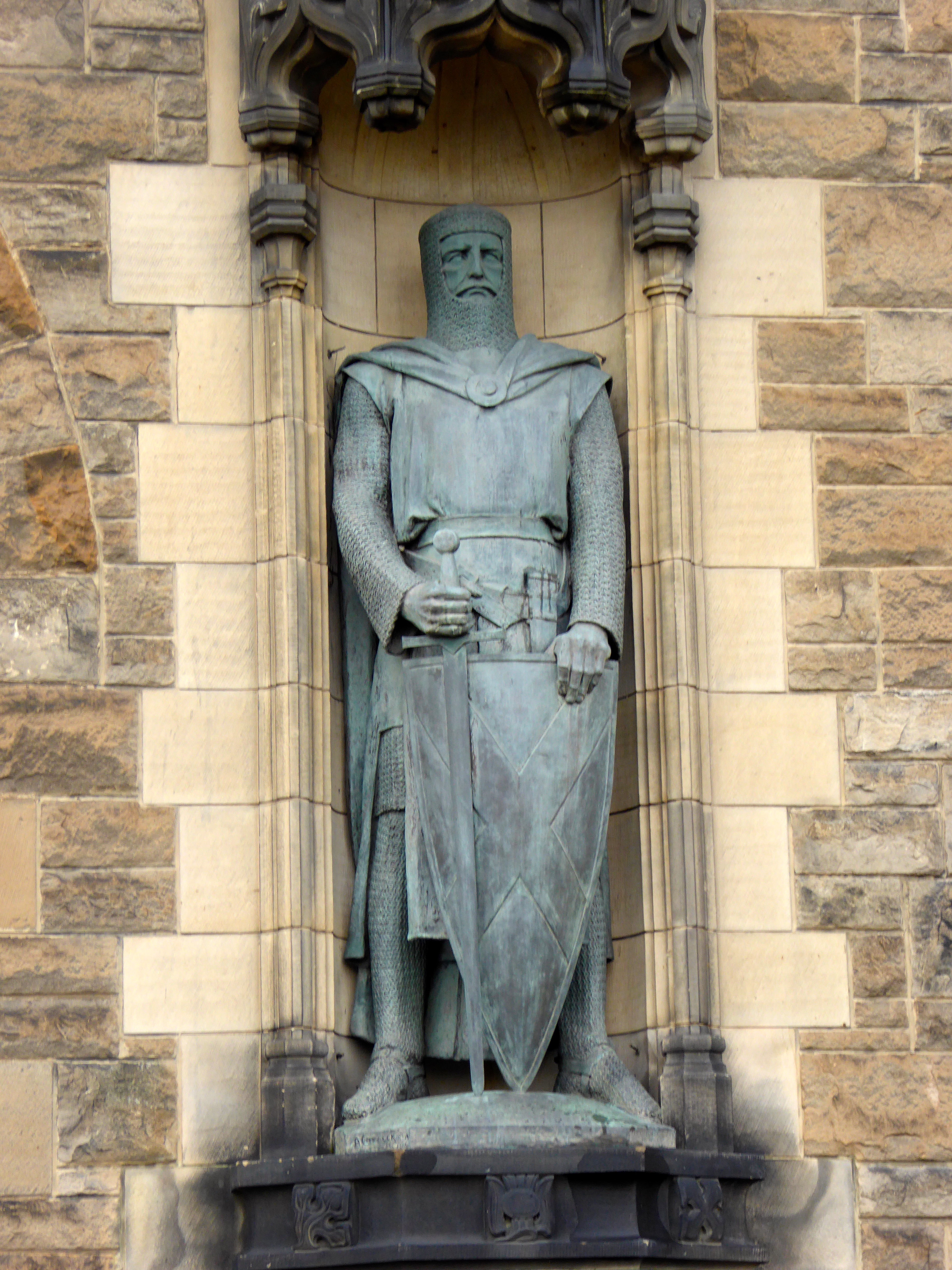
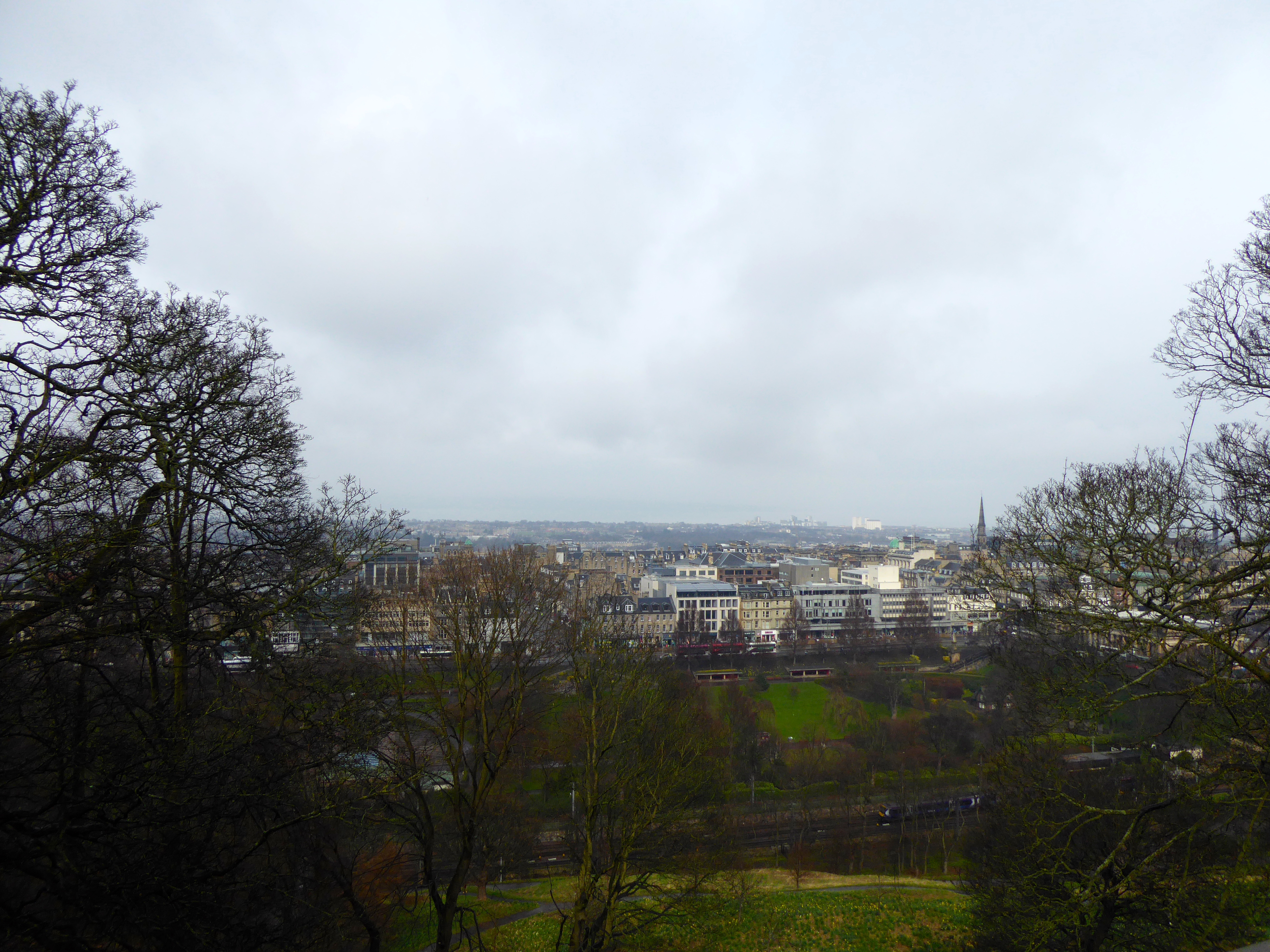
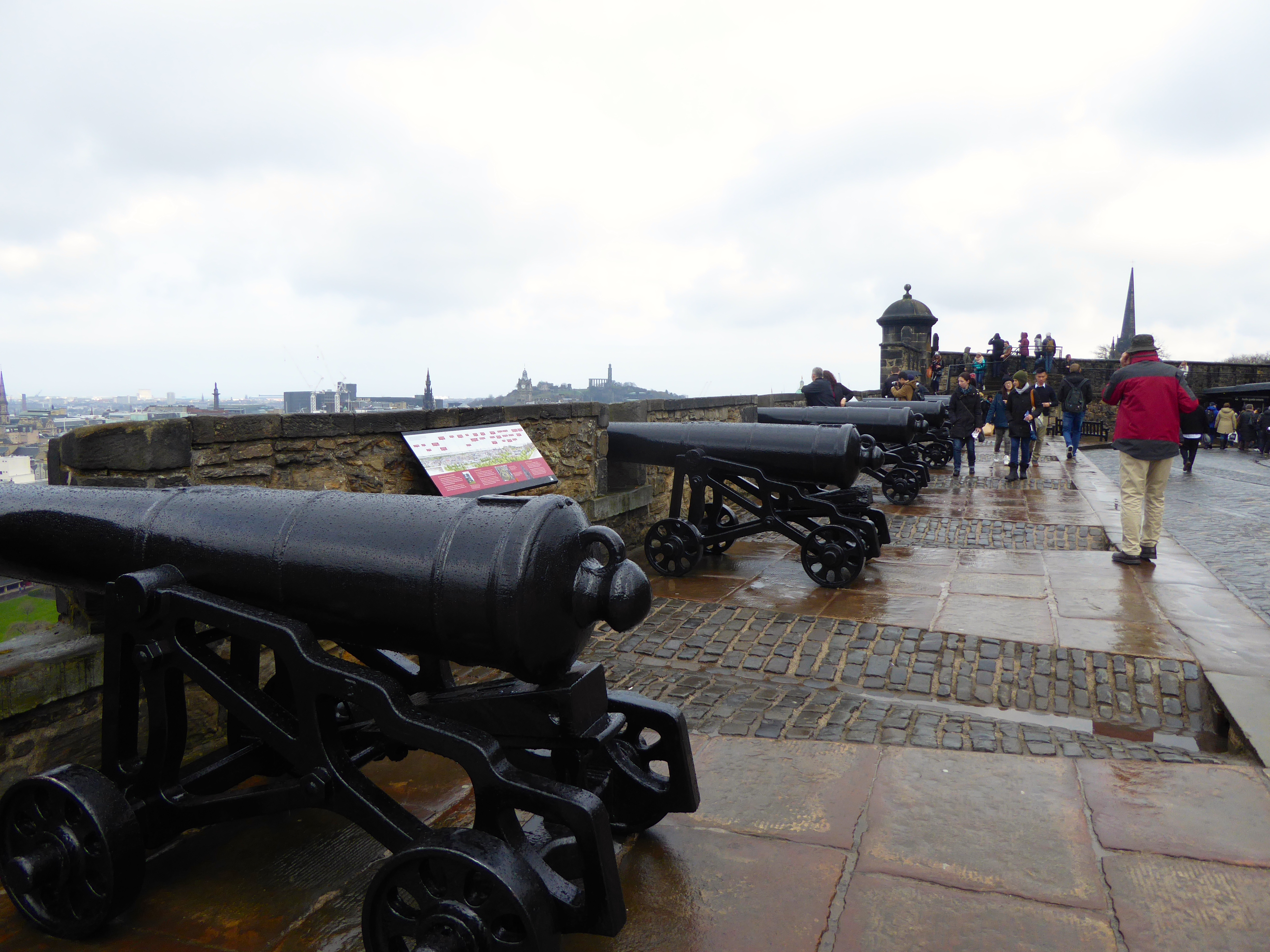
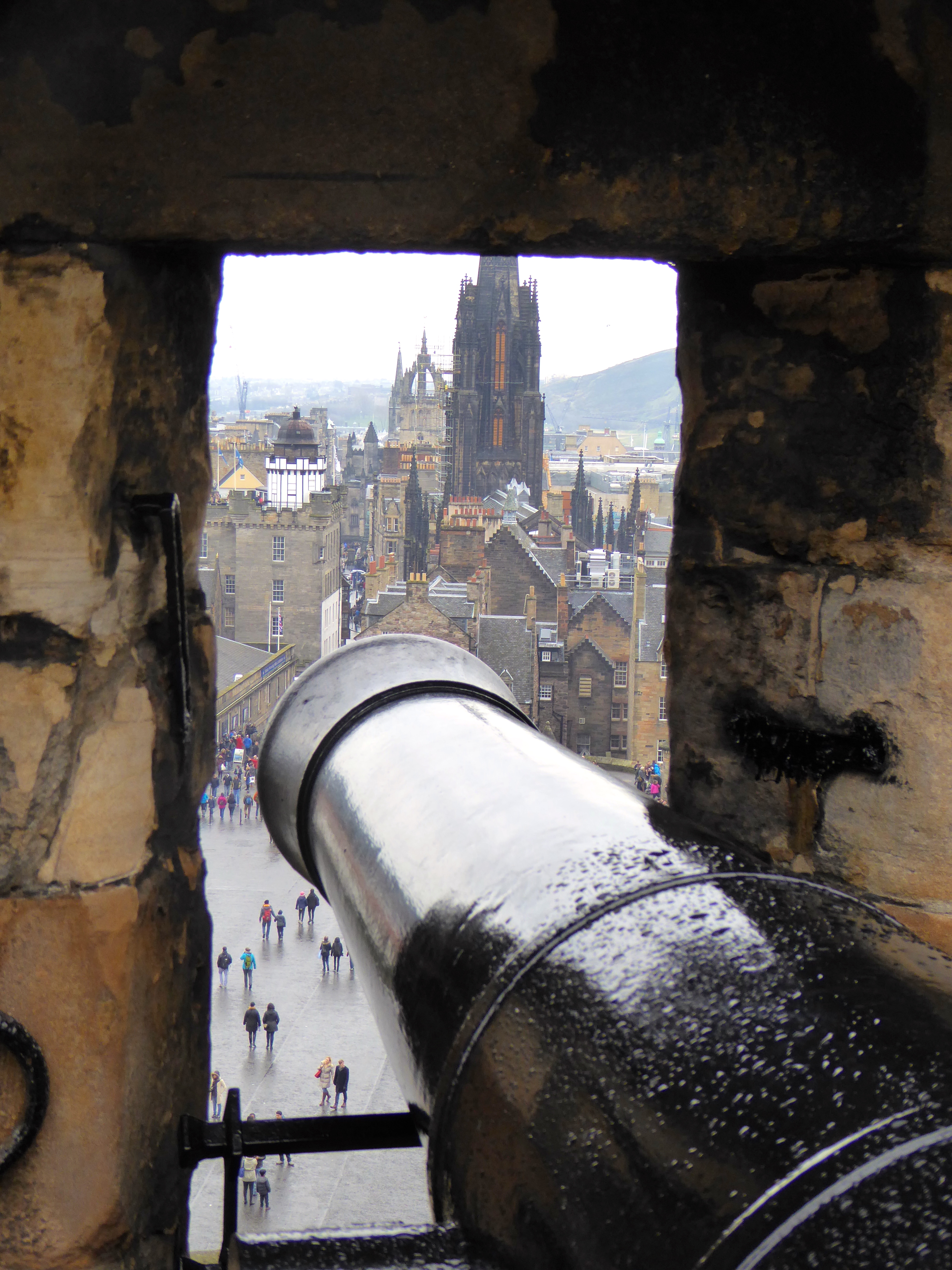
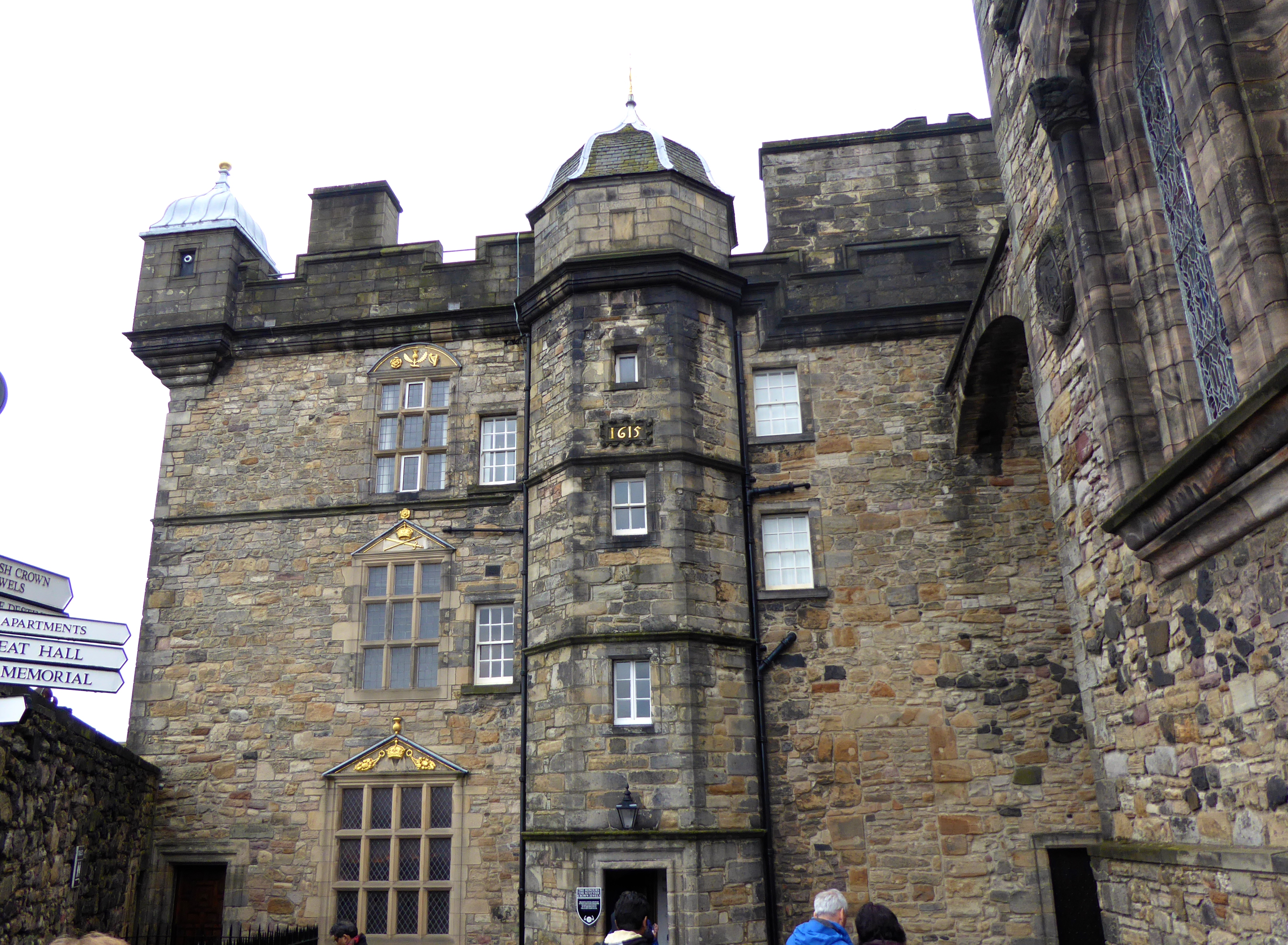
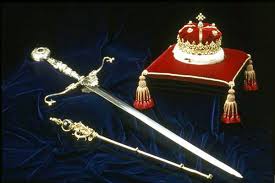
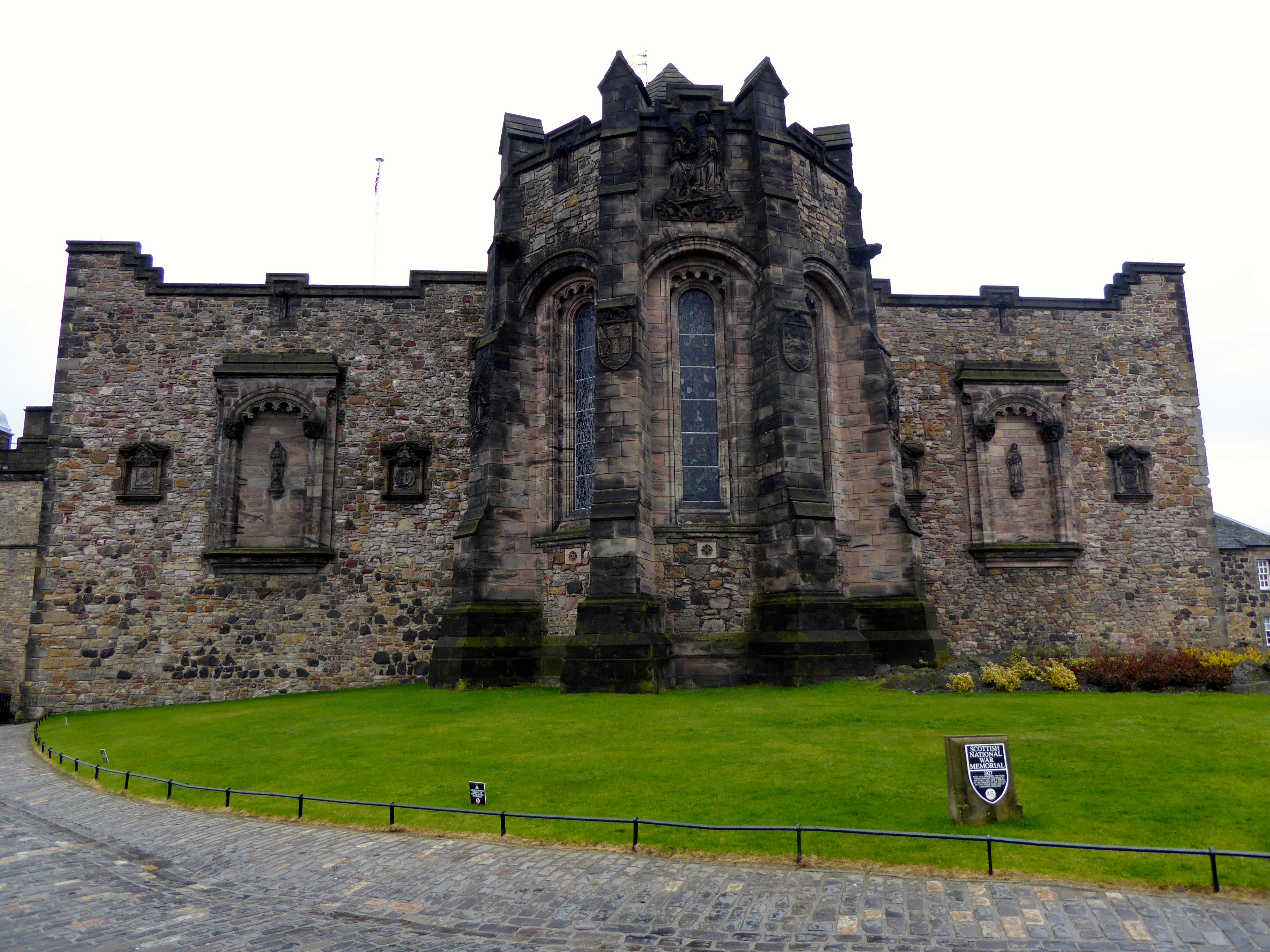
We had an audio guide explaining the history and went into several of the museums including the one that housed the Crown Jewels of Scotland (The Honours) and heard the tale of Oliver Cromwell’s determination to destroy The Honours, as he had the Crown Jewels of England, and the equal determination of the Scots to ensure he didn’t. We also visited the Scottish War Memorial on the site.
Back on the bus we passed The Deacon Brodie Tavern built on the place that the nefarious Deacon Brodie was executed. His double life as the respectable tradesman and daring thief is said to have been the inspiration for Robert Louis Stevenson’s story of “Dr Jekyll and Mr Hyde”.
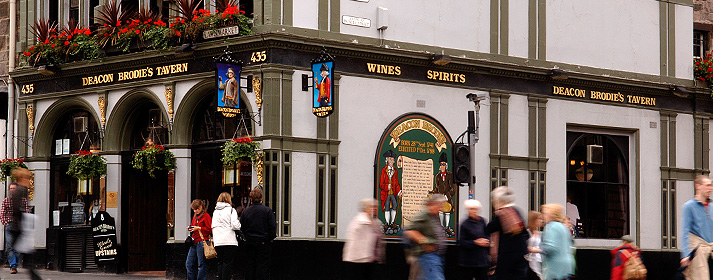
We also passed a statue of King George IV which we were informed, in serious tones, was very flattering as in truth he was “a wee fat man in a short kilt and pink tights with bad teeth and very bad breath”. Obviously our Scottish guide had firm opinions on British Kings
We thought we might go back and have dinner at The Deacon Brodie Tavern but by the time we completed our shopping and got back to the hotel our enthusiasm had waned. We had a look in a pub close to the hotel but it was packed and the noise level extreme so we adjourned to the restaurant attached to the hotel and had a stunning, if expensive, meal of scallops, venison and panacotta/fruit crumble.
With the car packed and ready and the GPS set for the Falkirk Wheel we were ready to head for the canals.
Bassen’s Place
We entered the magnificent Lake District after one of the longer drives of our trip. One of the features our Swedish Commodore has which is of great benefit on the motorways is a radar assisted cruise control which automatically keeps the correct distance from the car in front. The traffic density on the motorways here is such that a standard cruise control would be of limited use.
Our first stop was Windermere on Lake Windermere and we were greeted as we stepped out of the car by a howling North Westerly (South Westerly Down Under) with, alternately, sleet, freezing rain, sunshine and hail. We quickly shelved the idea of an idyllic boat cruise on the lake (!) and settled for a brief promenade along with the zillion other tourists – yes it was indeed the start of the Easter holidays – a point which we had overlooked until now.
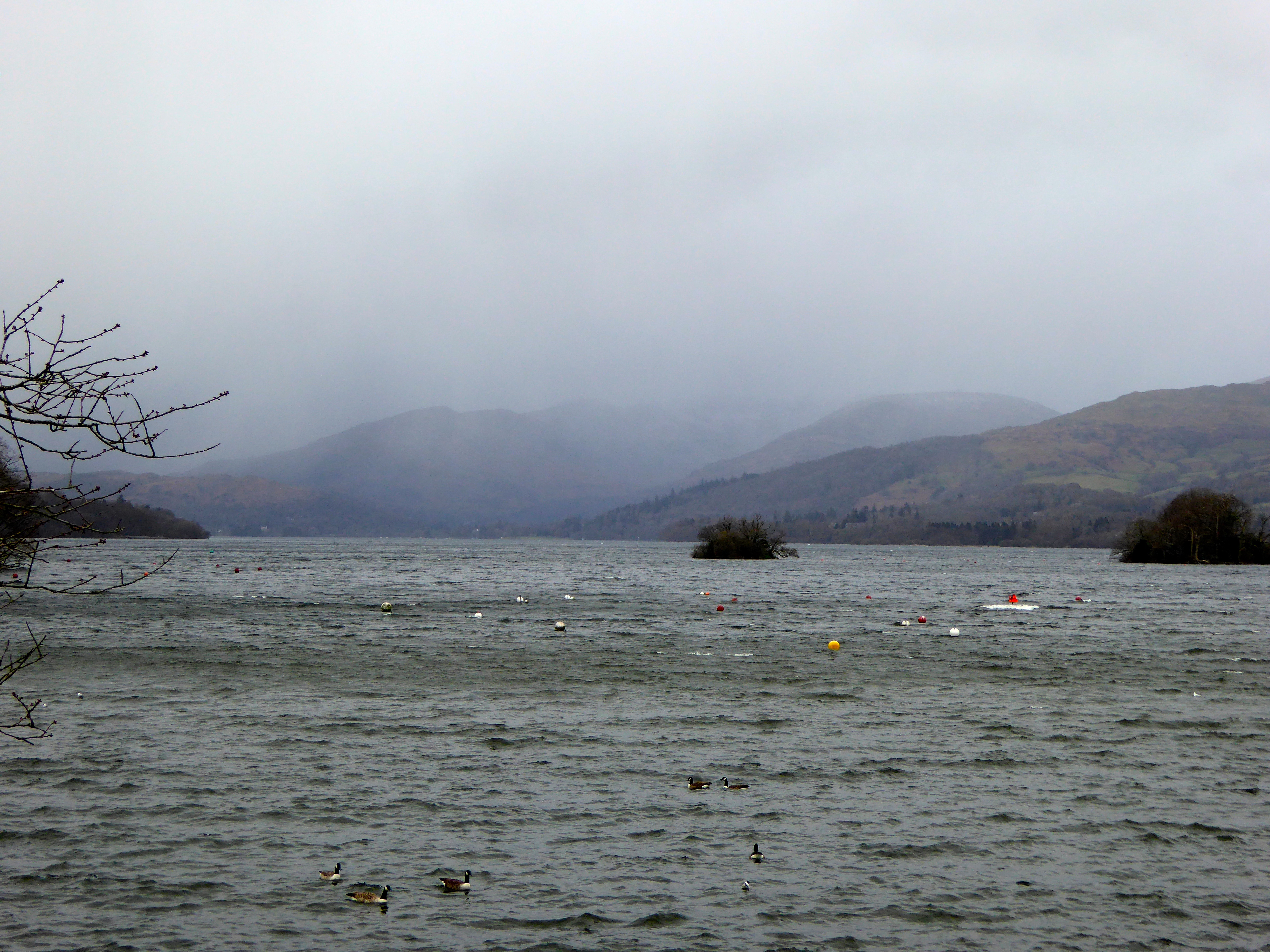
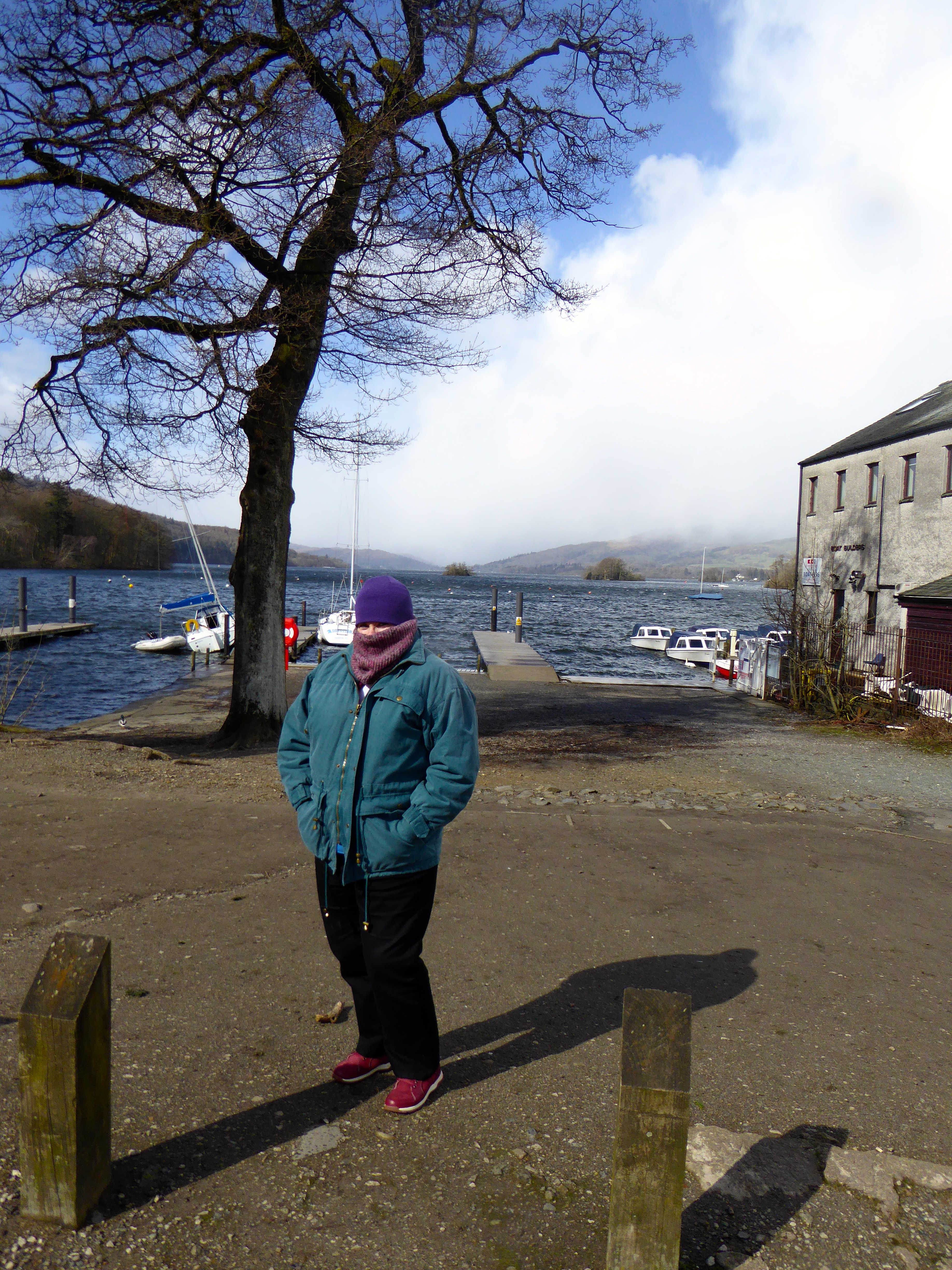
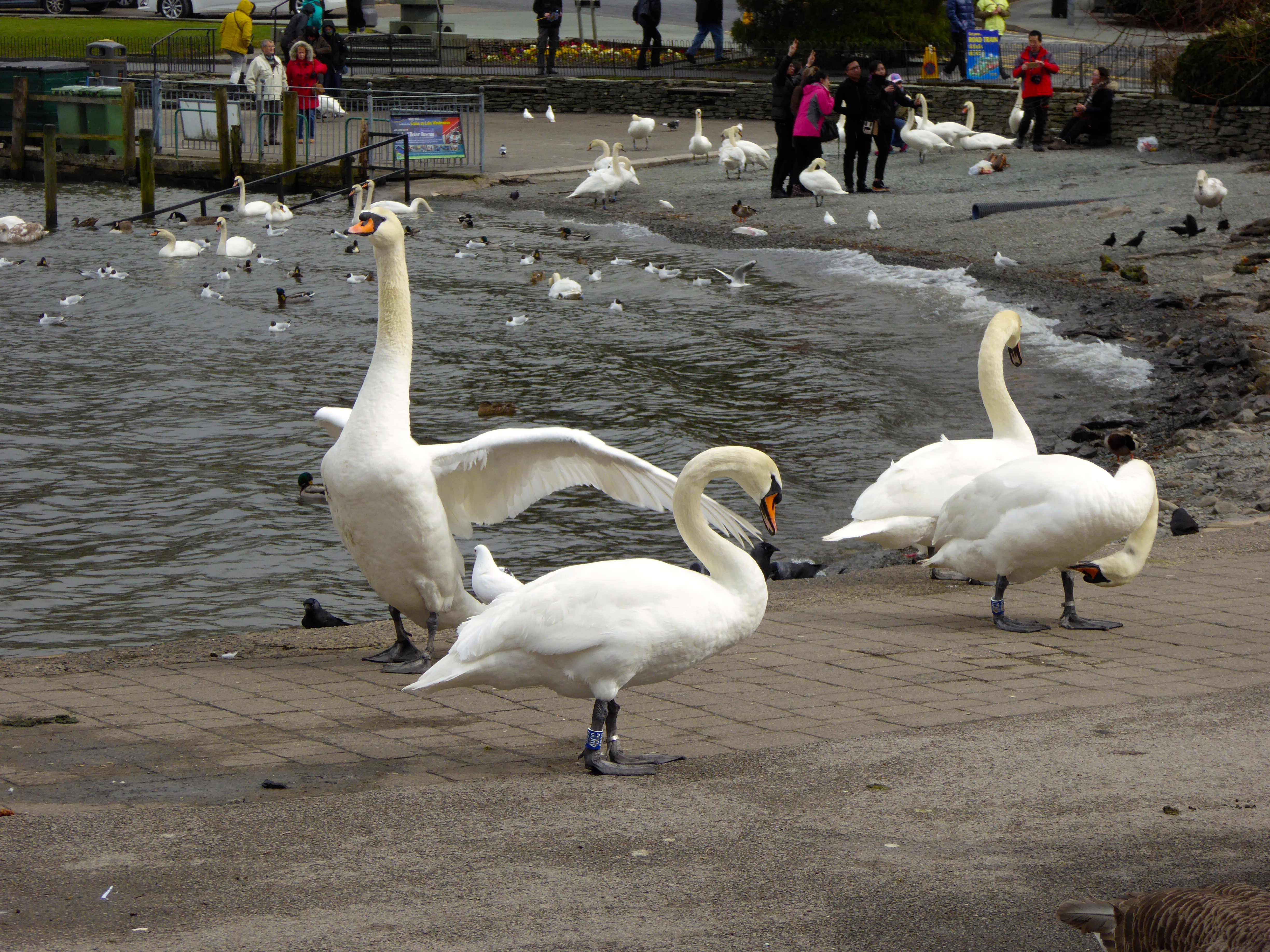
Back to the car and on to Lake Bassenthwaite. The crowds diminished as we went North – those old Bassenthwaites obviously knew a thing or two – and we arrived at the very pleasant old world tourist lodge Ravenstone Manor, just a couple of miles south of Bassenthwaite village. After settling in we hopped back in the car and drove up to the village for a beer at “The Sun”. Naturally we drank “Bassenthwaite Beauty” – quite a respectable beer.

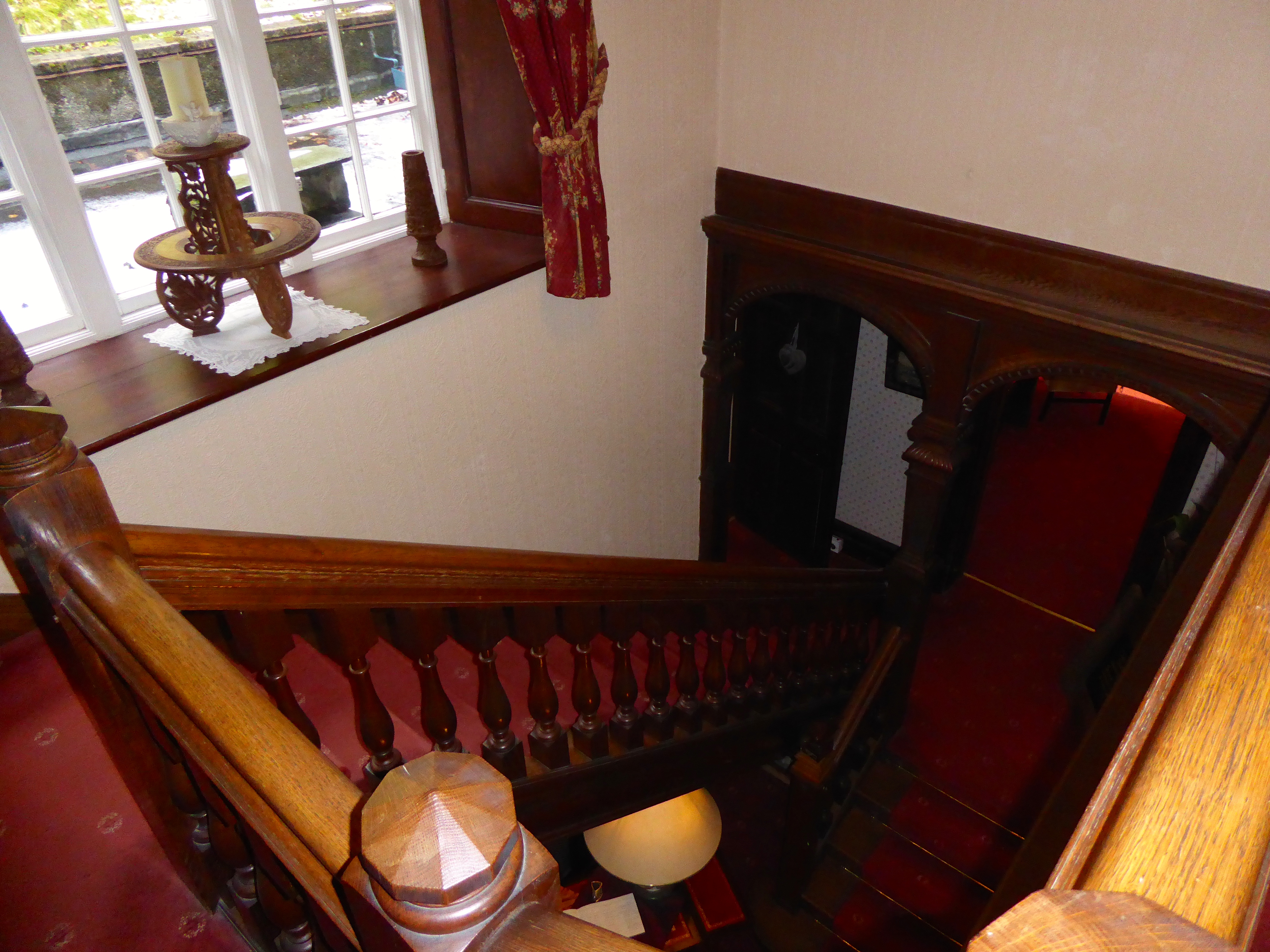
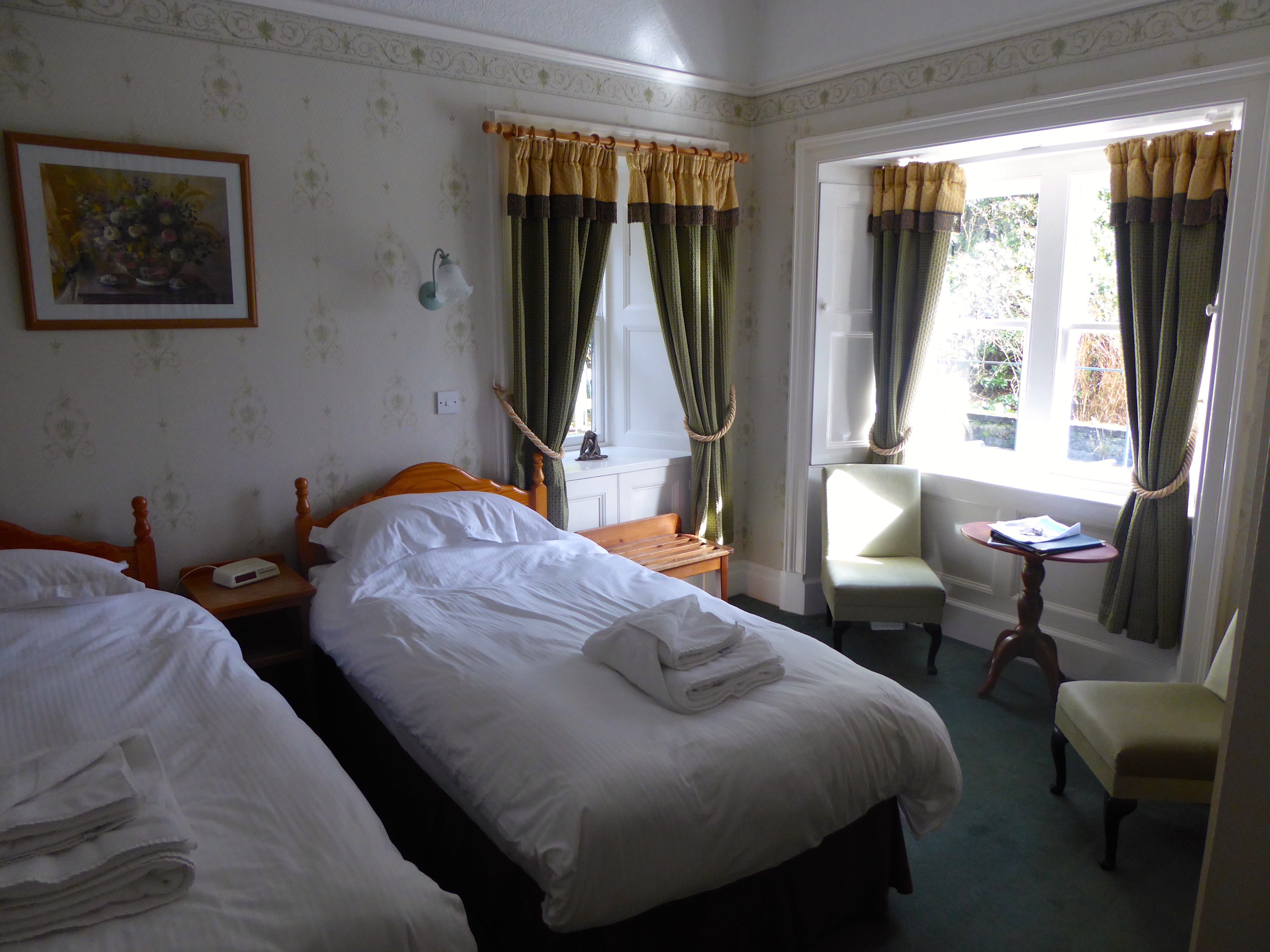
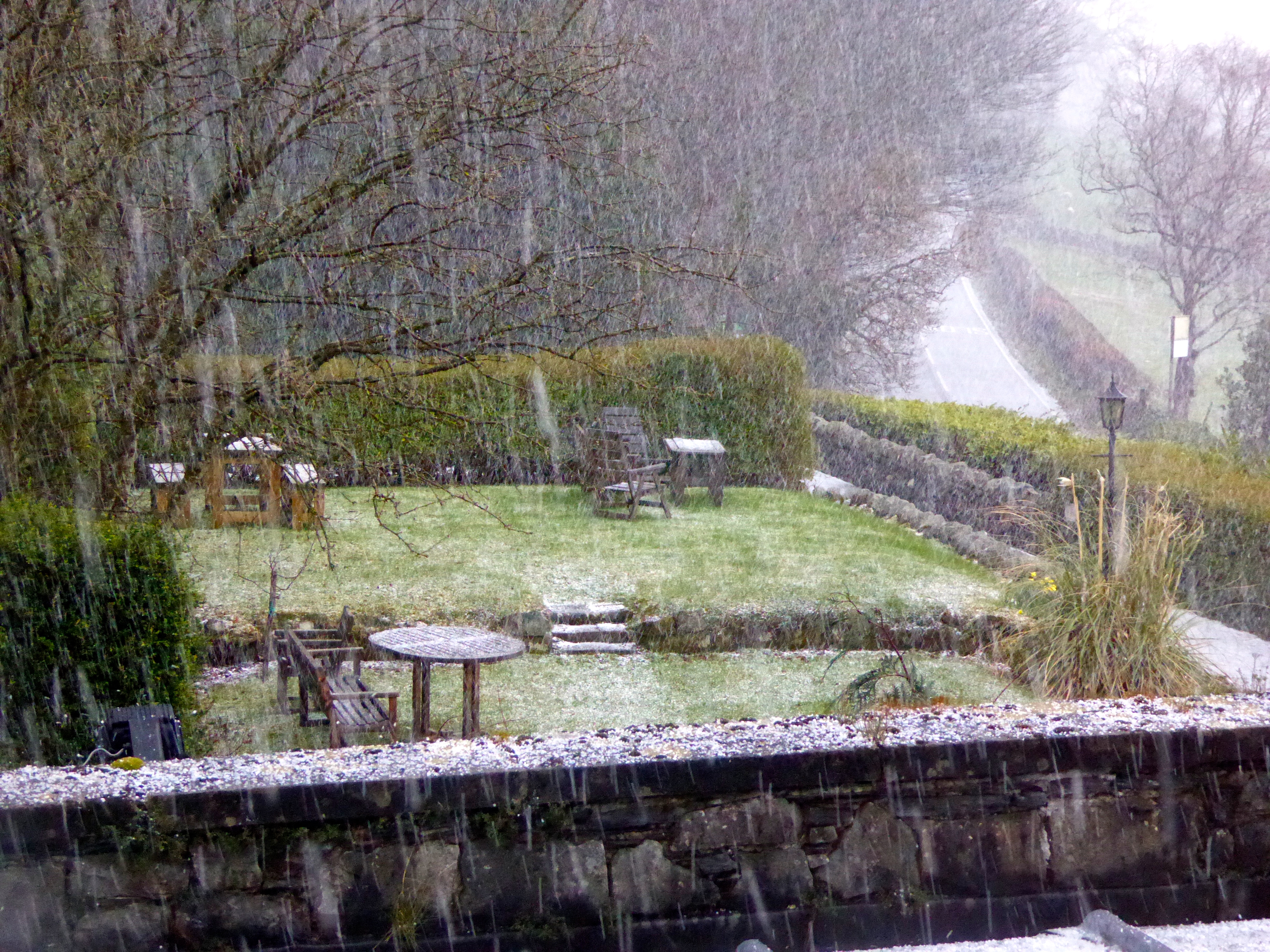
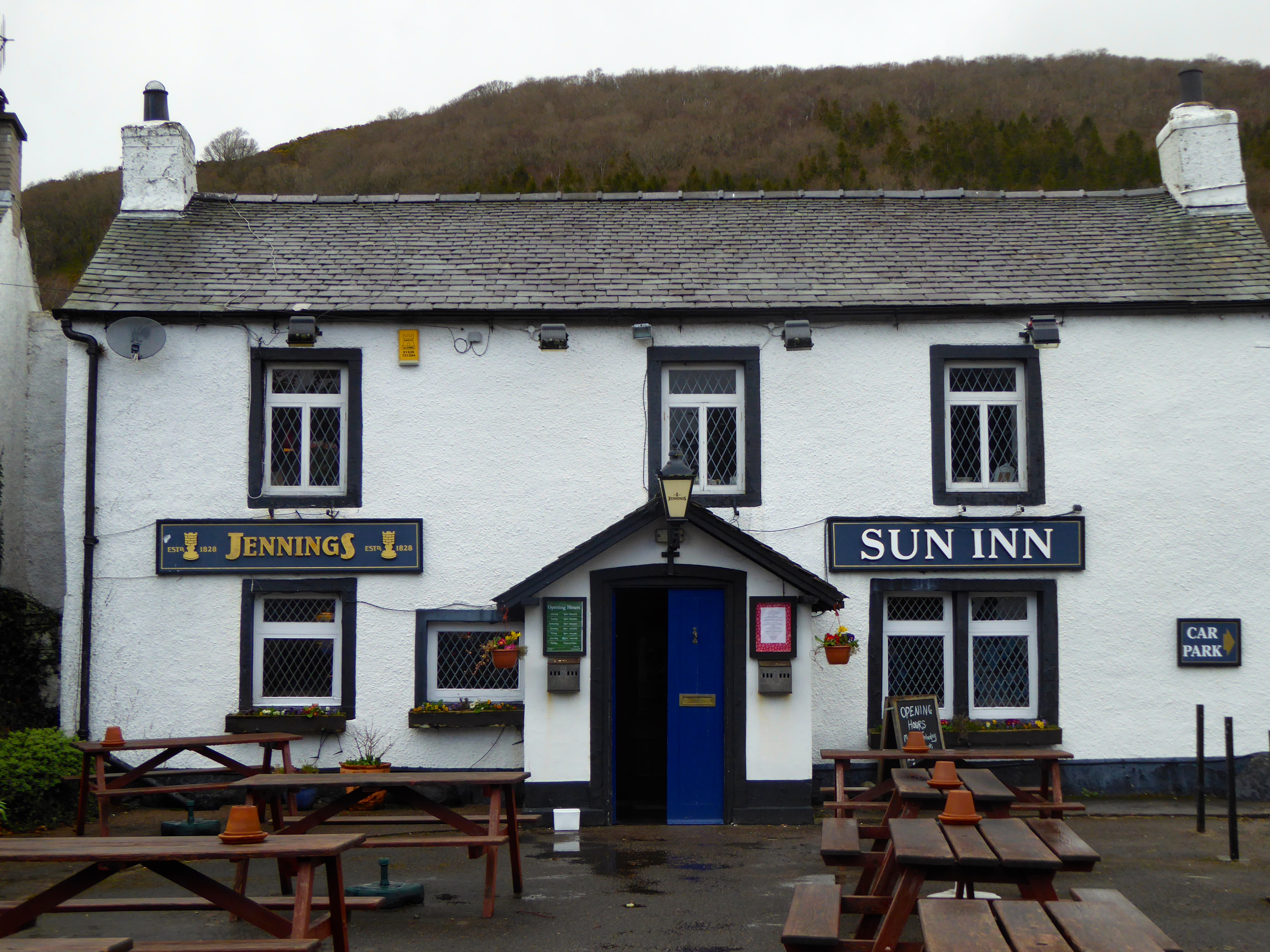
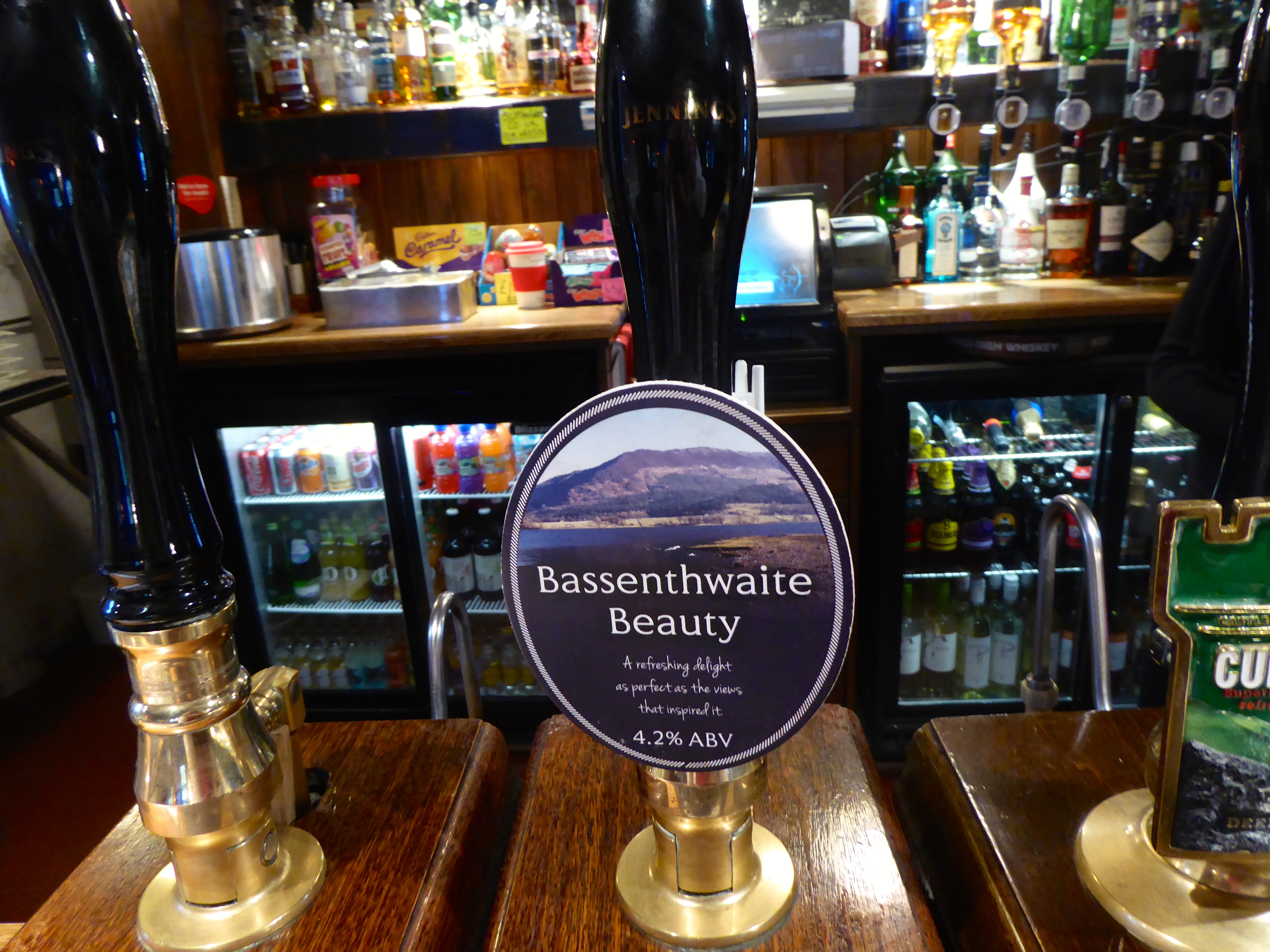
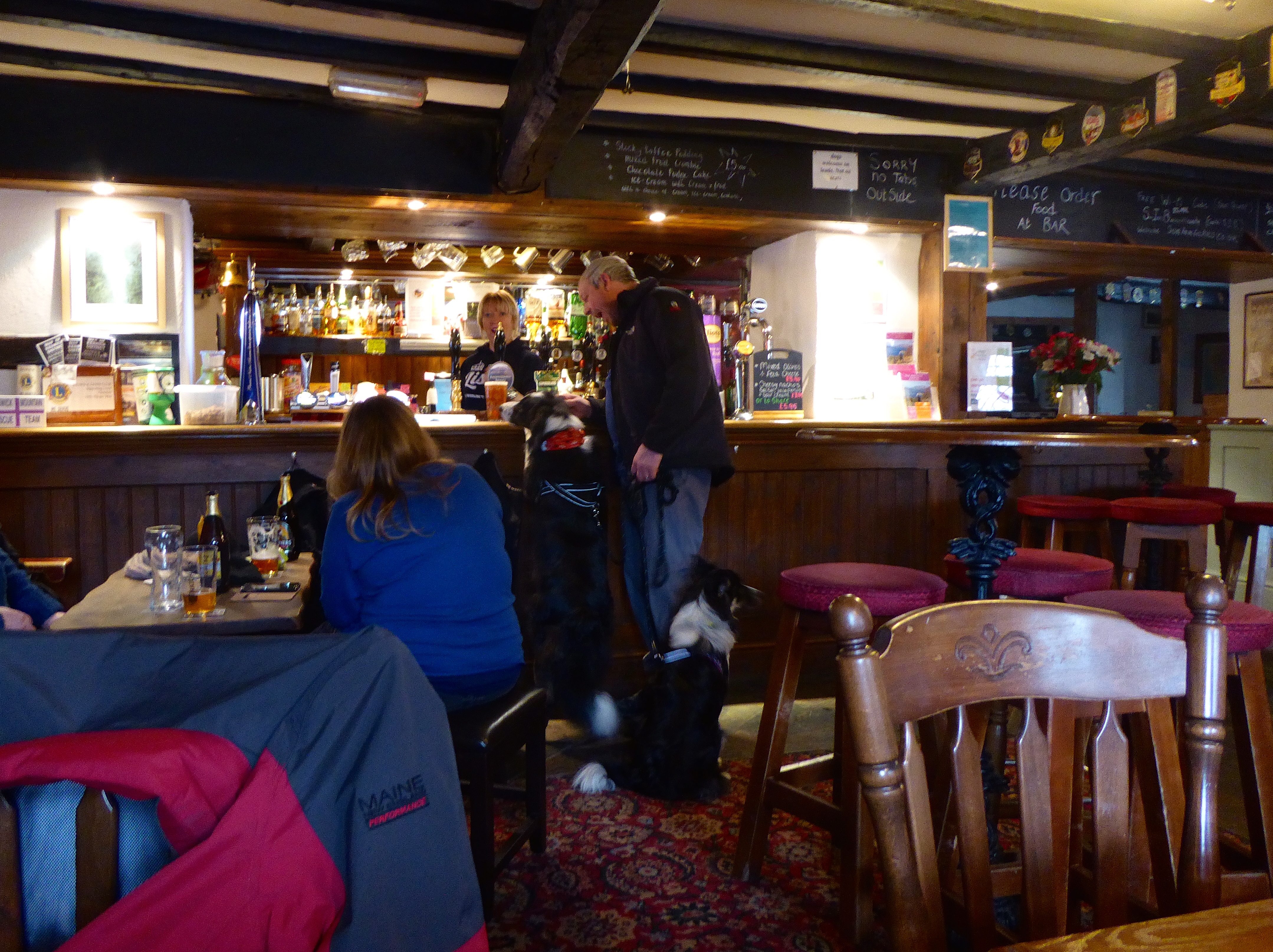
We dined at the Hotel and next day, not quite so windy but still changeable, we went looking for Beatrix Potter’s “Hill Top Farm” via the back roads (not strictly intentional) and experienced much of the narrow one car wide lanes bounded by stone walls, hoping no one was coming the other way.
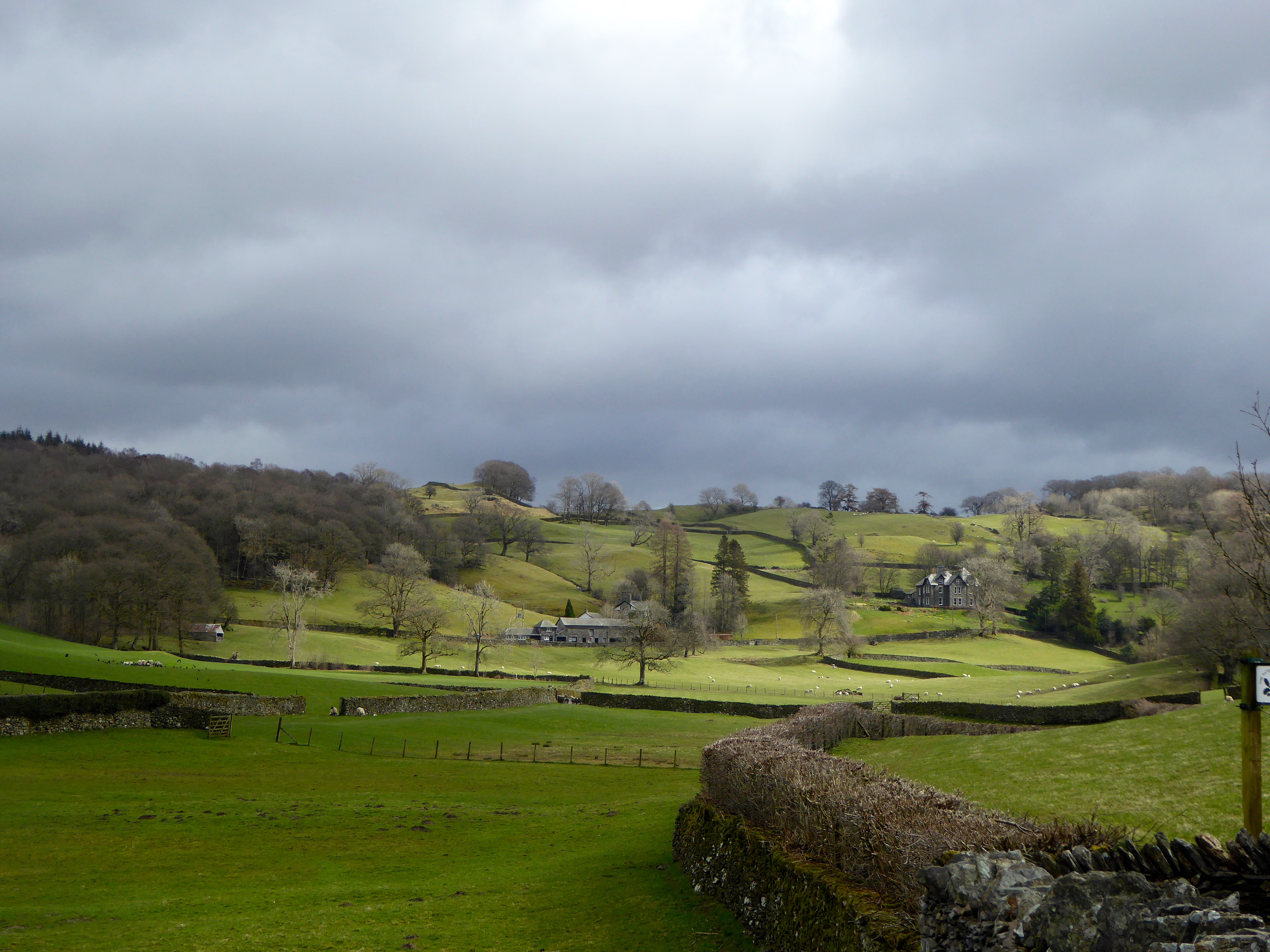
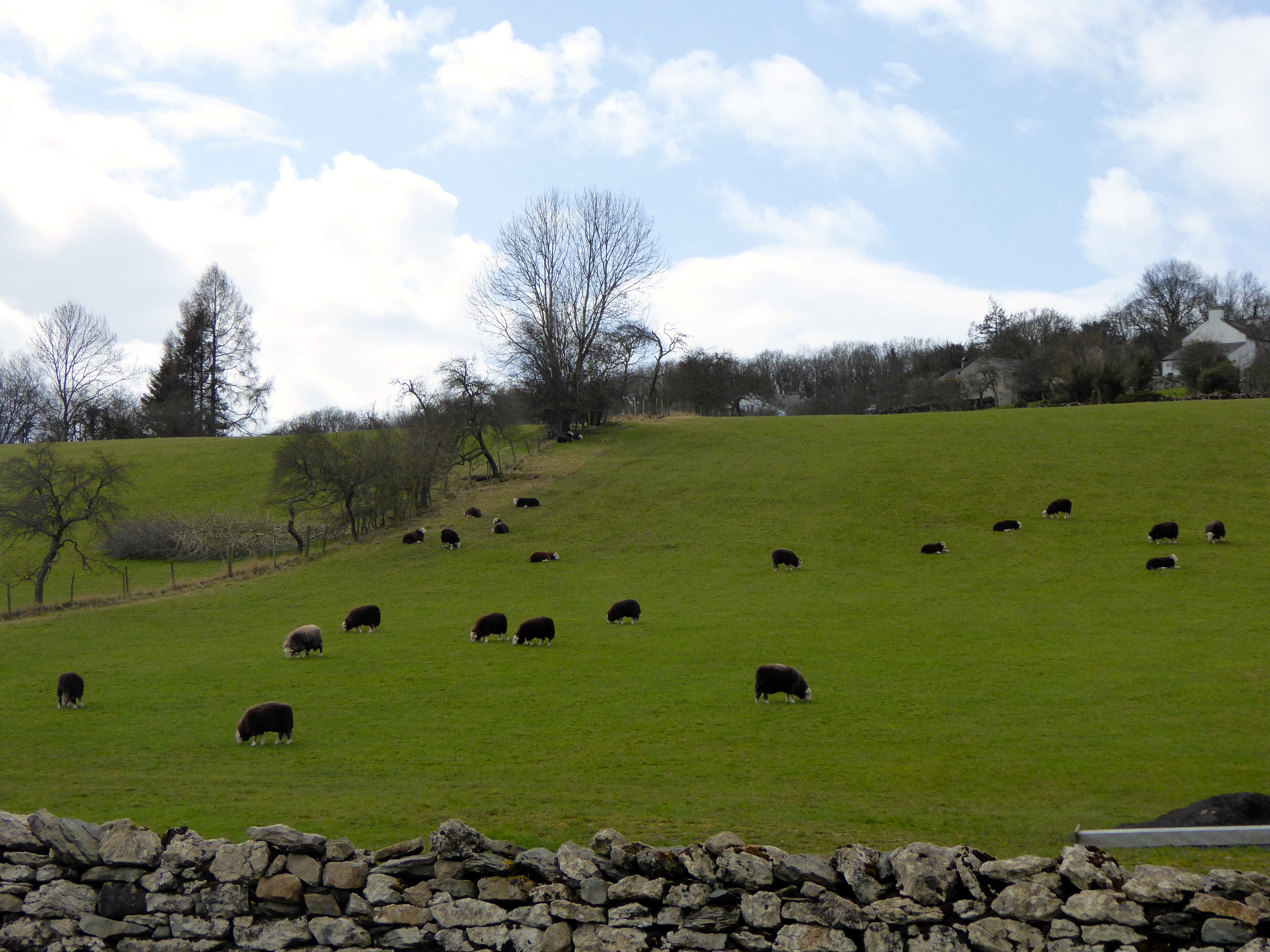
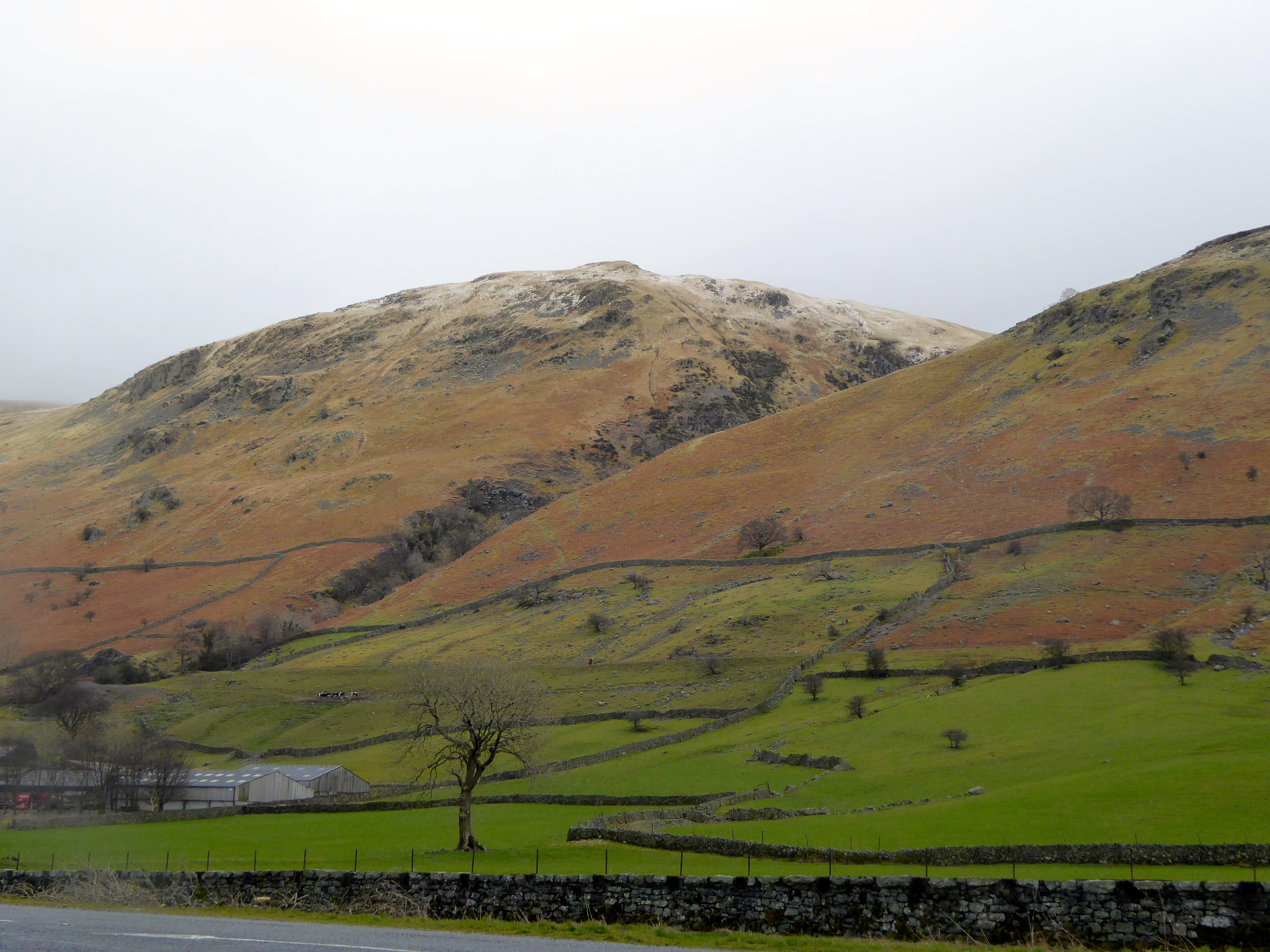
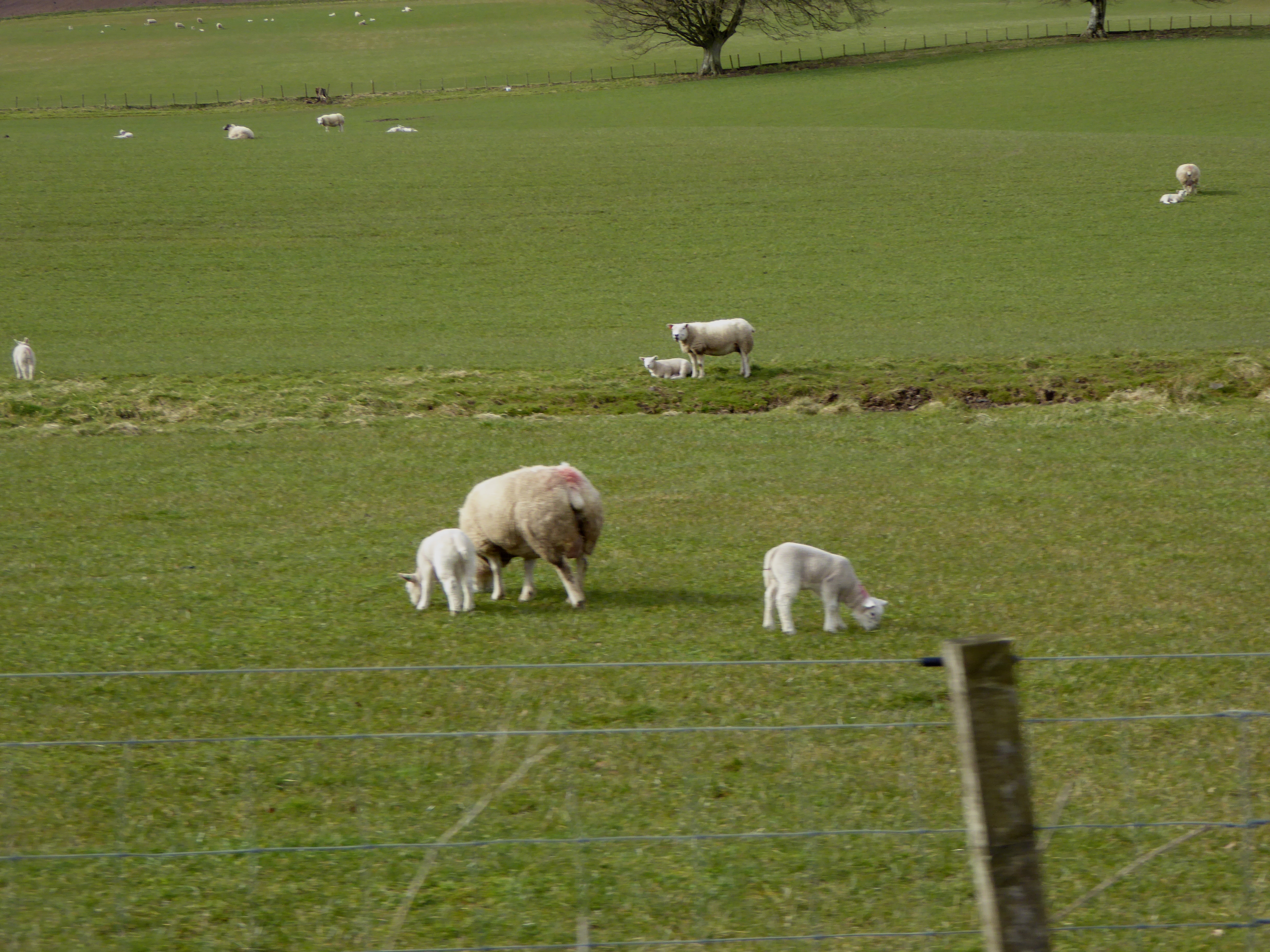
There is a wild beauty here with the great rounded mountains and timeless stone walled farms and the lakes which make Cumbria a place you must see no matter what.
We finally found “Hill Top” which is faithfully preserved by the National Trust much as Beatrix Potter left it. Many of the scenes she drew for her books were sketched here and you can see Mr. McGregors garden, the watering can which Peter Rabbit hid in, the chimney Tom Kitten climbed up and many other scenes. She was also a highly respected breeder and judge of sheep and the descendants of her flock are still on the farm.
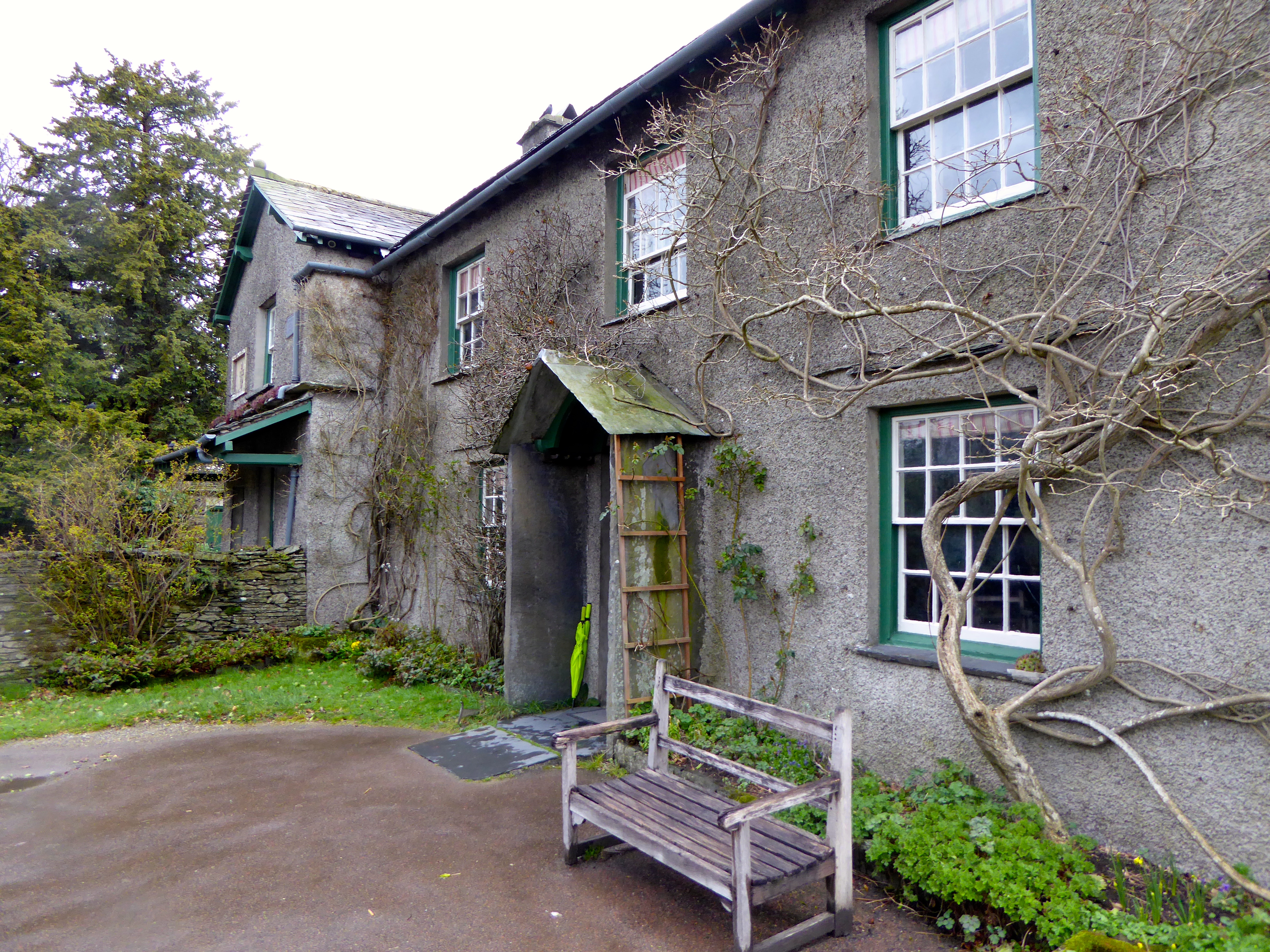
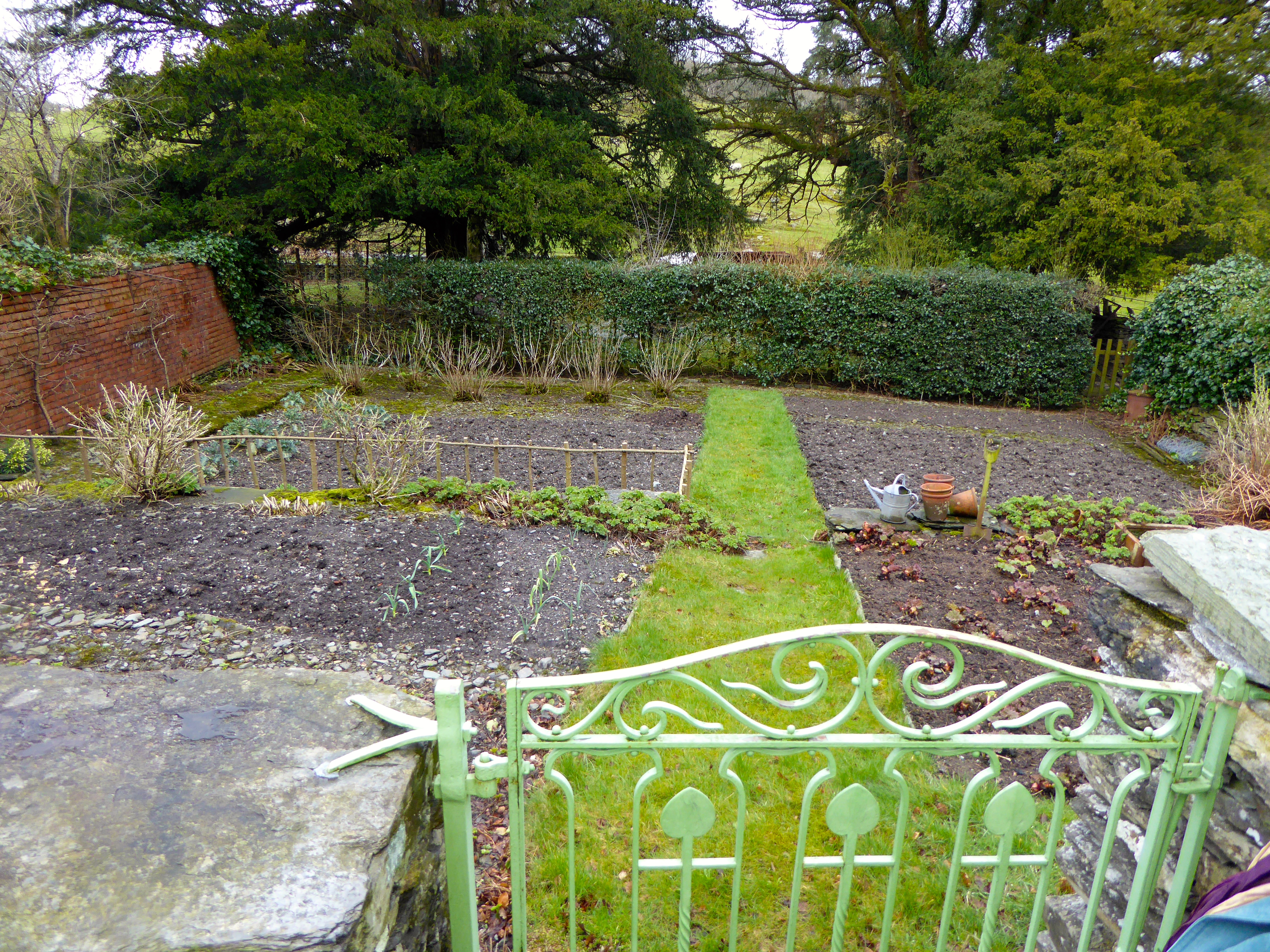
That night we dined at “the Sun” on traditional pub fare. In the morning we visited ancient St Bega’s on the Lake shore and St John’s in the Village and signed the church visitors register in both places. At St John’s we noted in recent years visits by other Bassingthwaightes from Vancouver, Seattle and Dubbo.
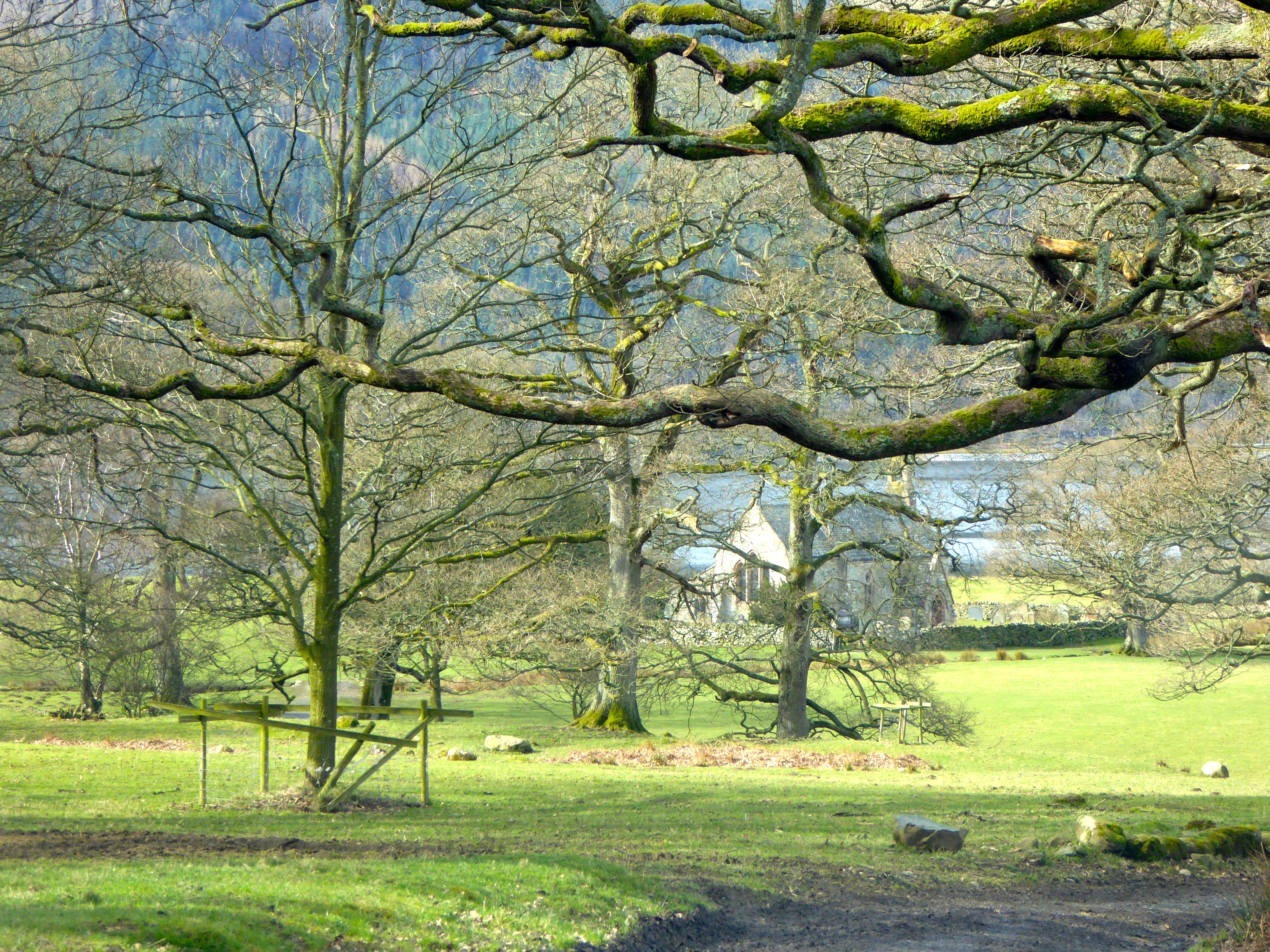
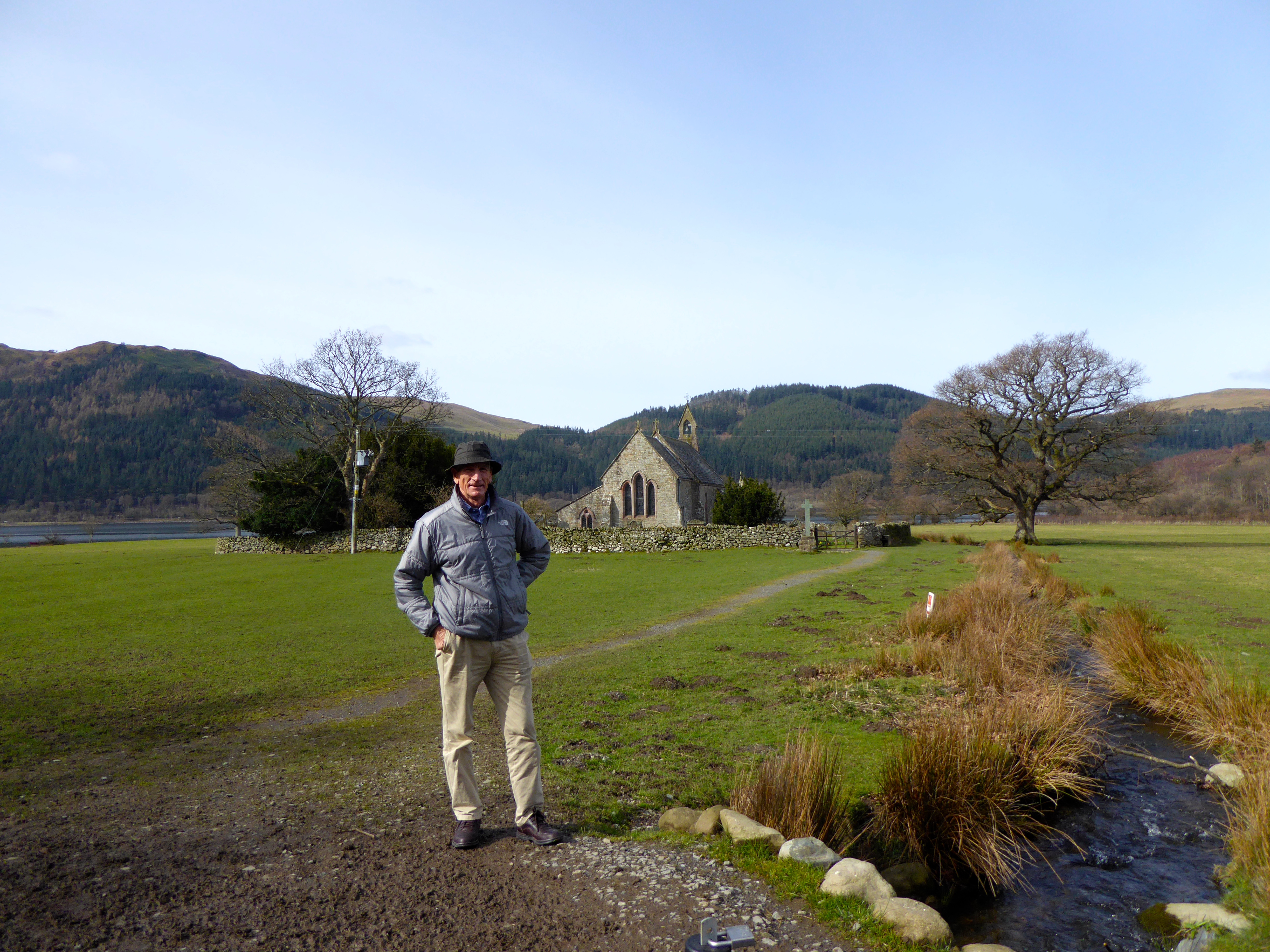
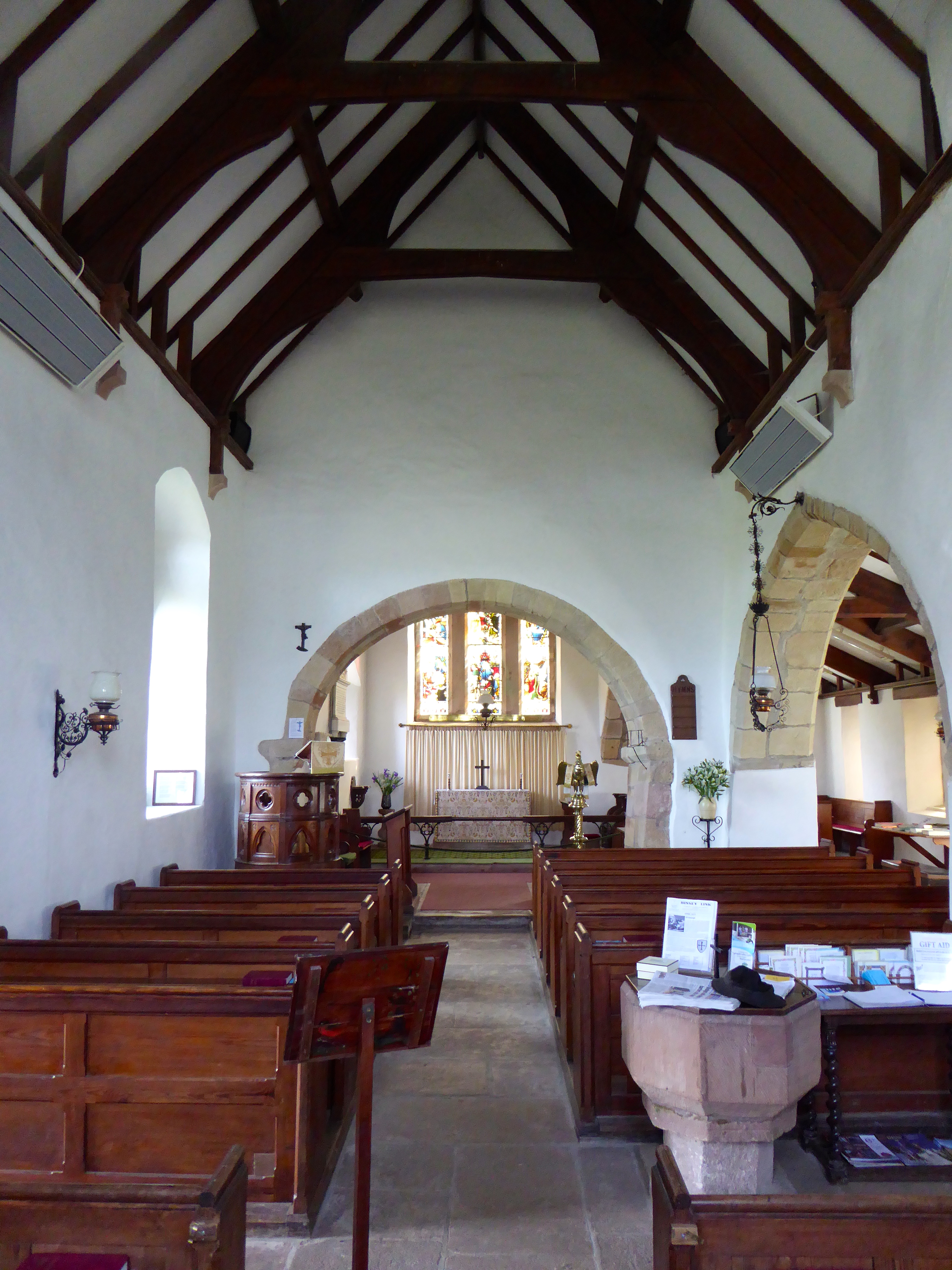

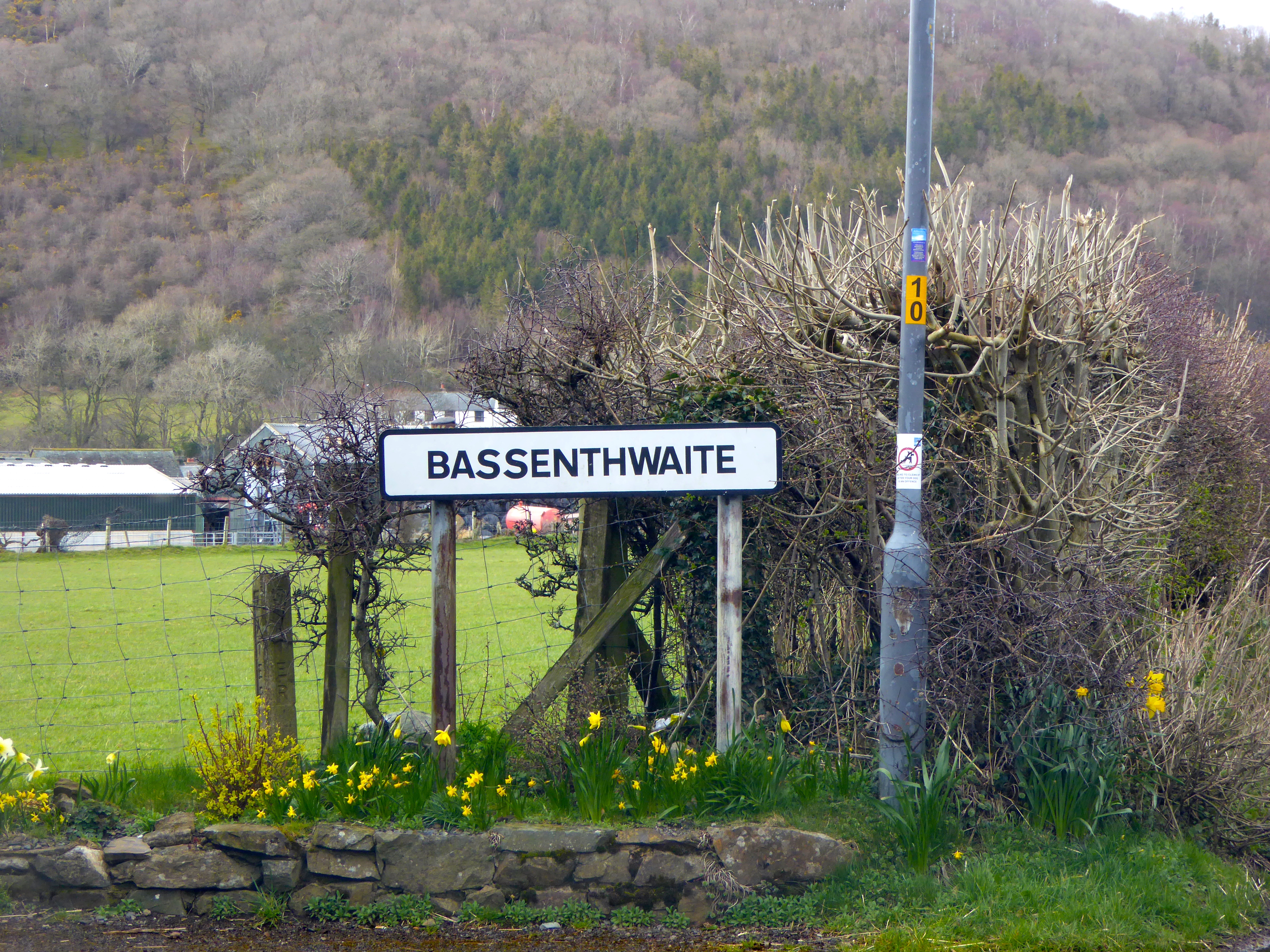
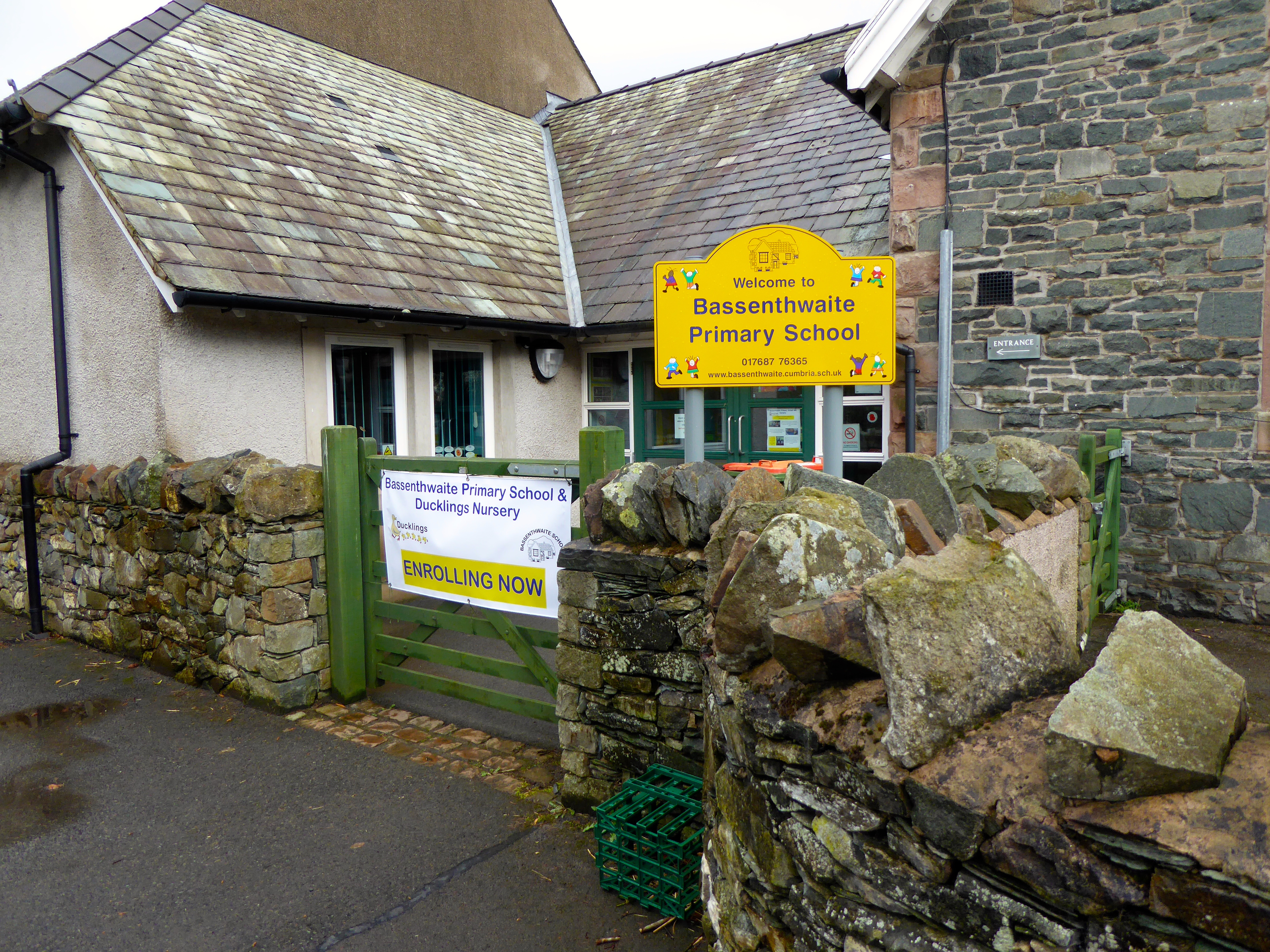
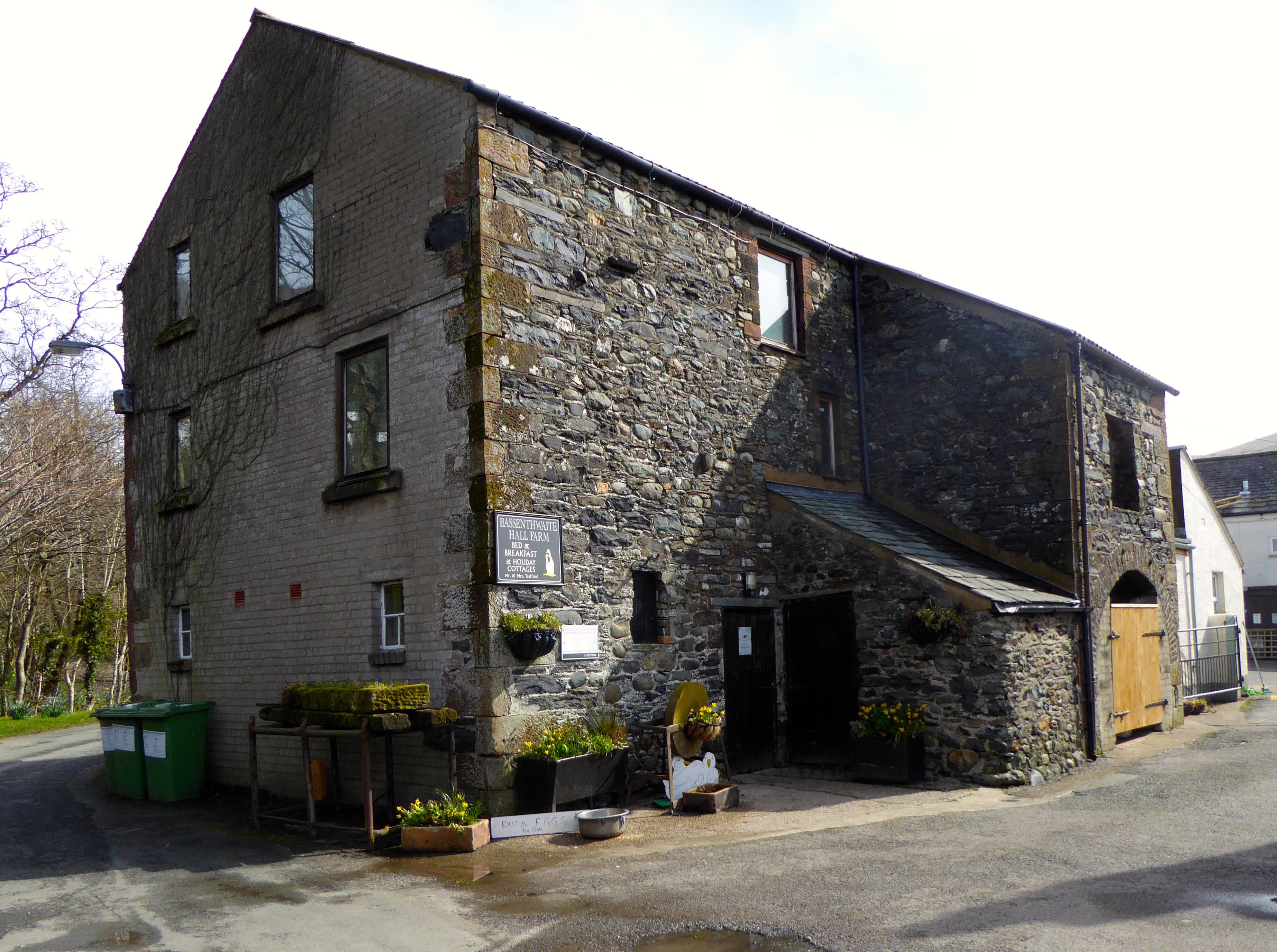

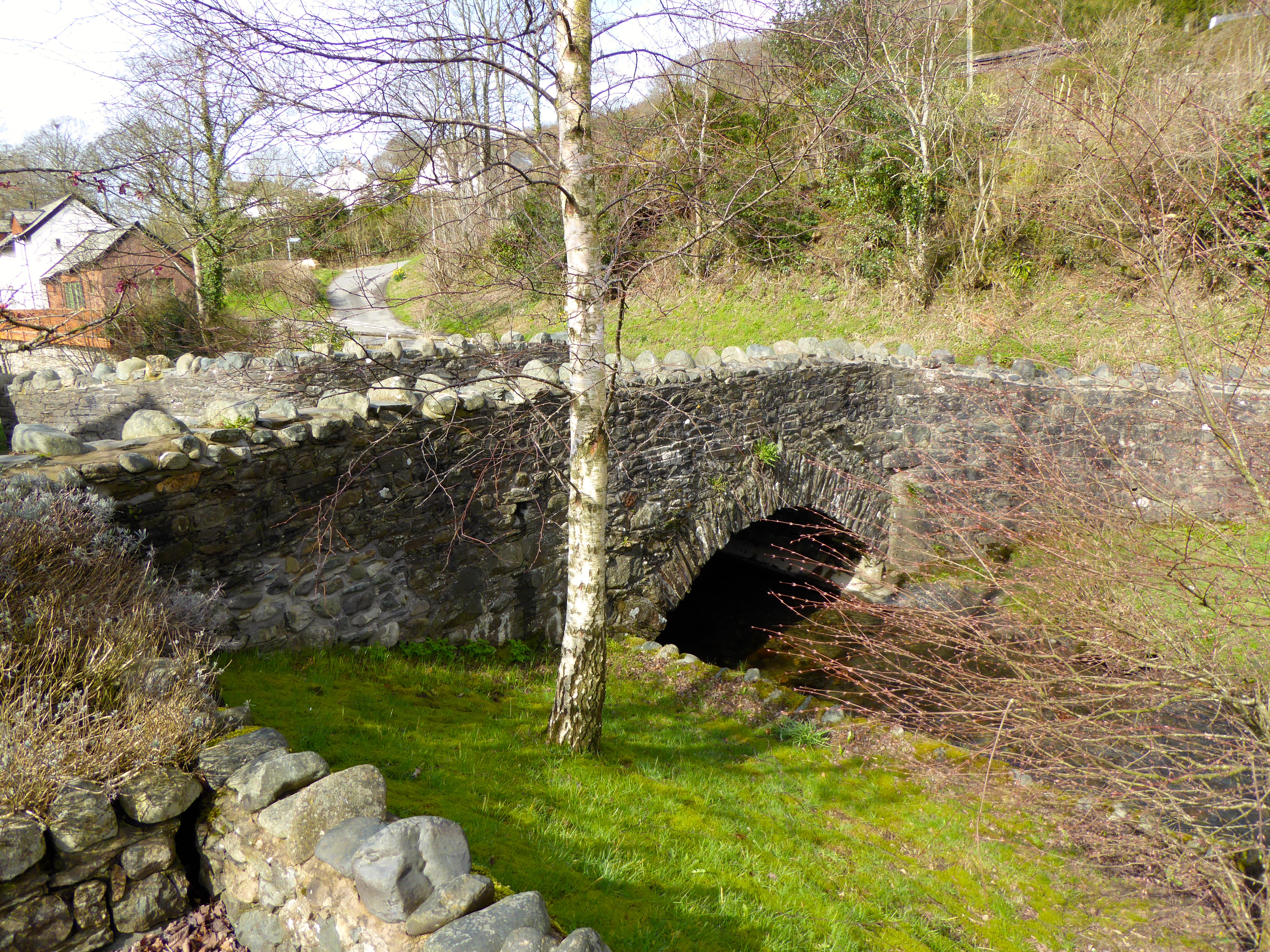
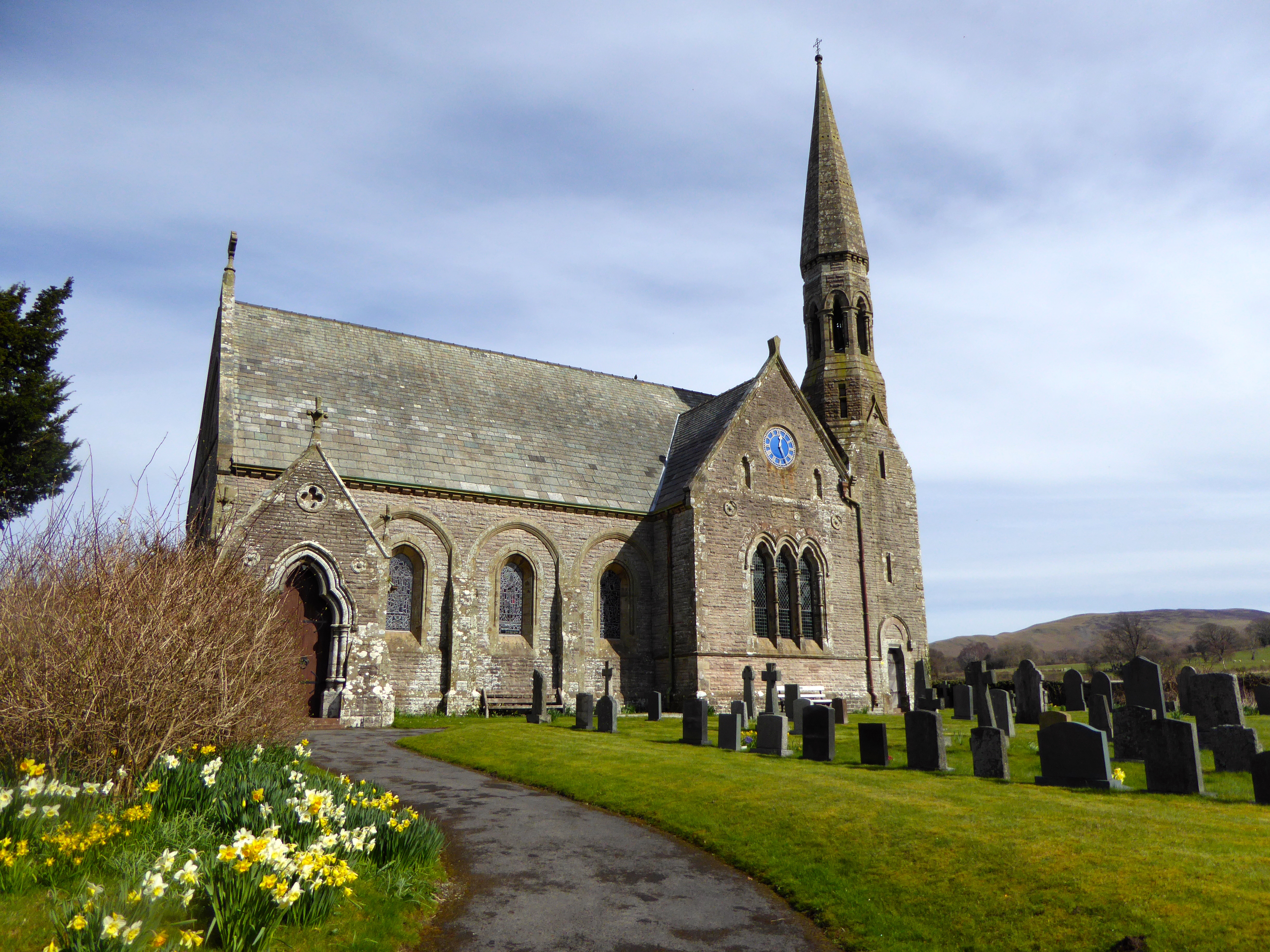
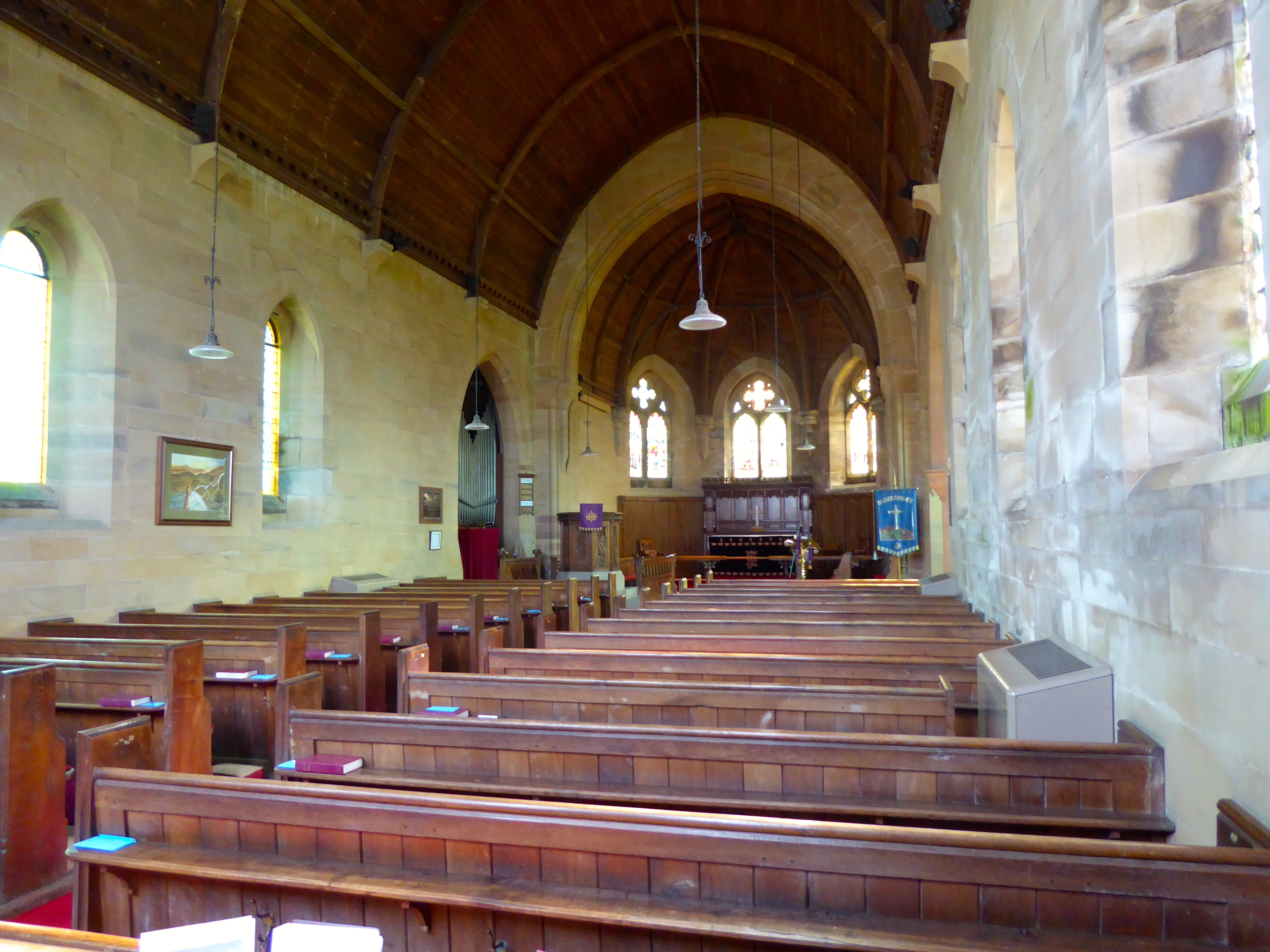
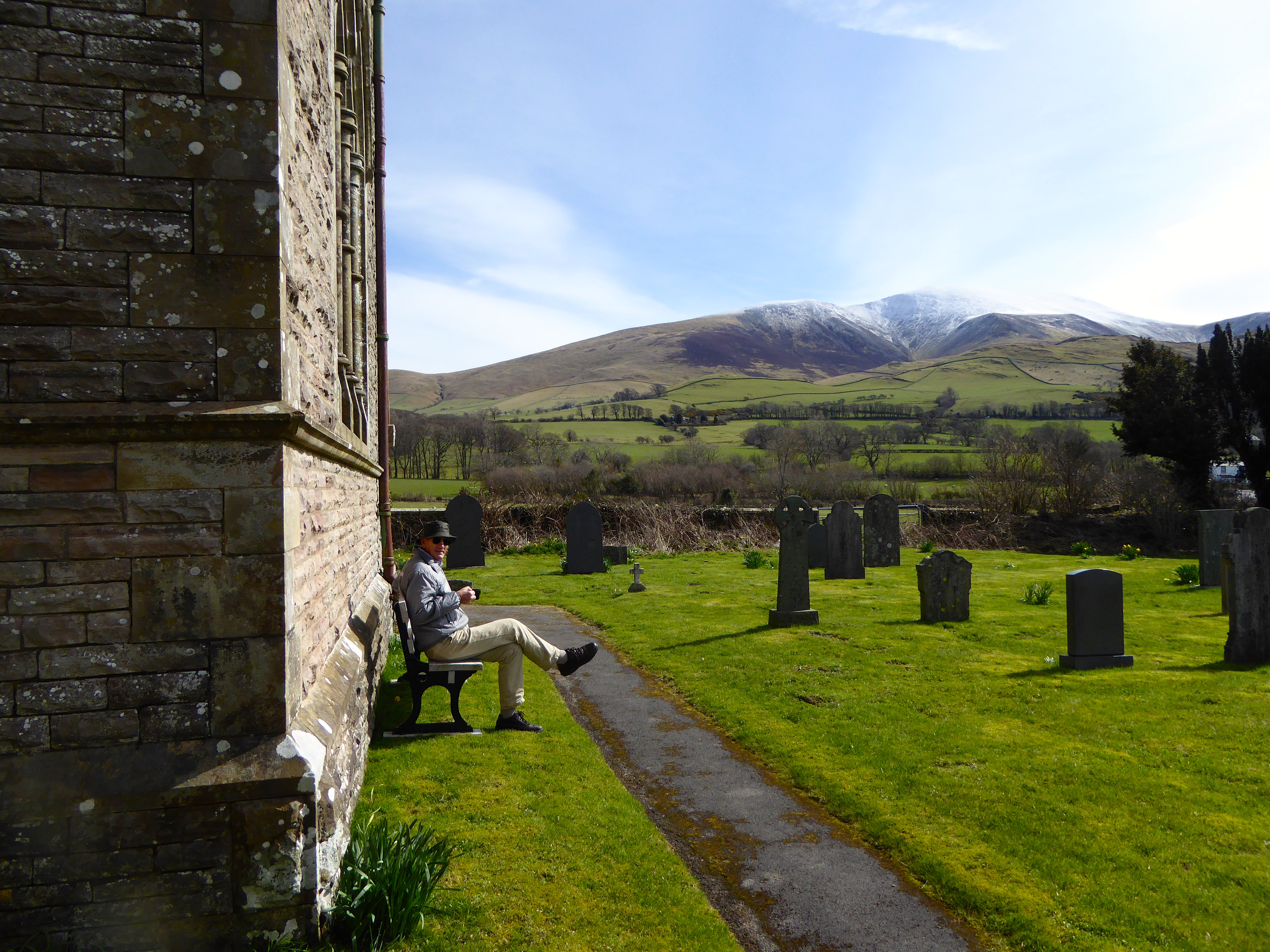
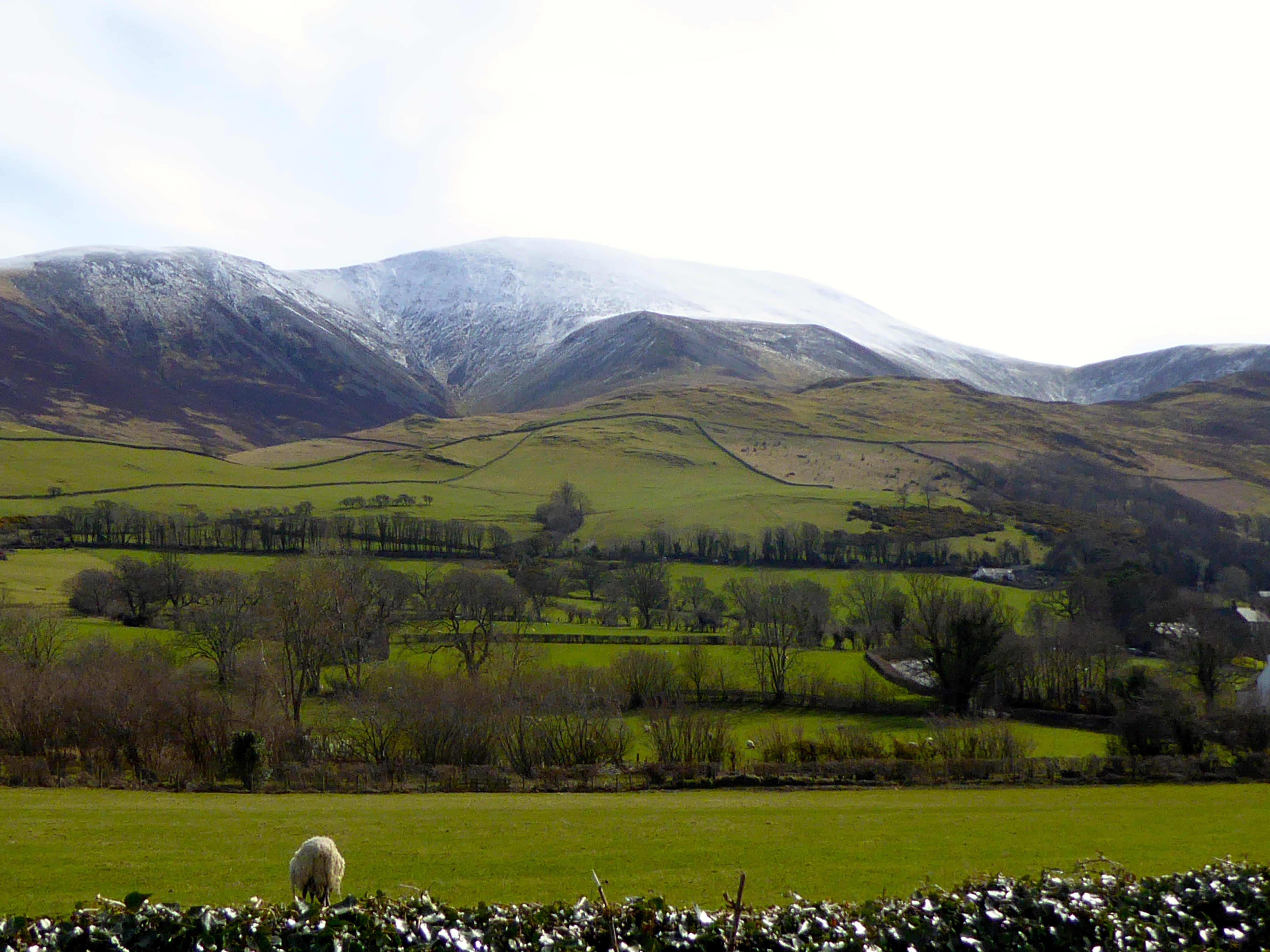
Then it was on to Edinburgh.
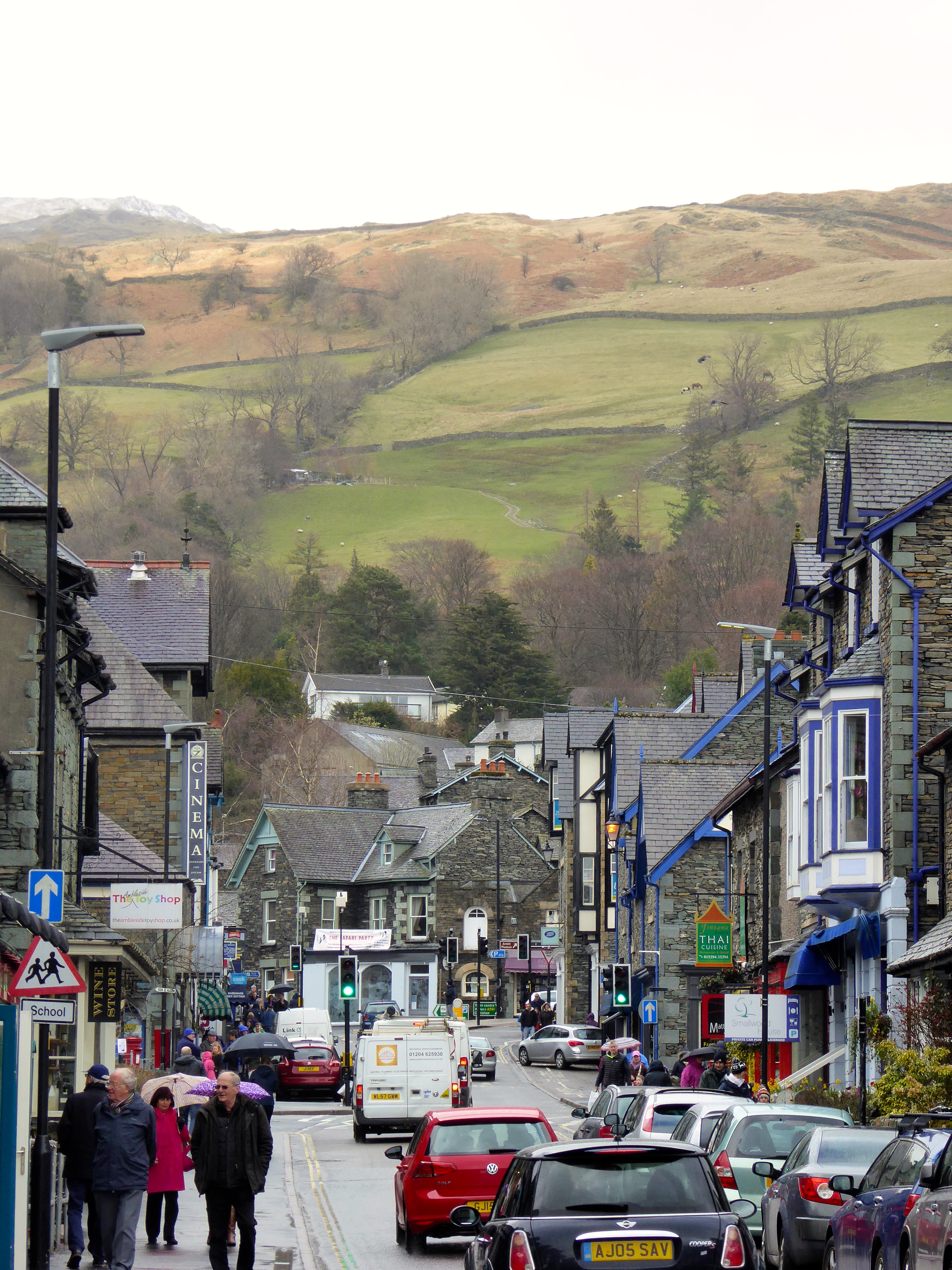
Why are you going to Coventry?
This seemed to be the reaction by most people over here to our itinerary and indeed we were asking ourselves the same thing after a perilous journey through the roundabouts on the way to our very budget hotel (yes we’ve been spoiled), then dragging our luggage from an adjoining car park in the rain because they had no parking or anywhere to stop.
This feeling was further reinforced on our drawn out search for a decent pub to have our evening meal. Indeed it was mentioned out loud that why, when Coventry was bombed, didn’t they knock the rest down and put in some negotiable streets. After numerous dead ends, nearly taking out a police car and several false starts we did find a very nice pub and, after a few drinks and a good meal, things started to look up.
Back at the hotel Ed had a brimming hot bath (to get his monies worth) and we both had a good nights sleep and a great breakfast.
The next day we headed for the Cathedral and spent a really interesting day in the ruined Cathedral and then down to the new Cathedral, which I loved. Its modernist design was fairly controversial but has become a hugely popular symbol of reconciliation. The architect insisted that instead of re-building the old cathedral it should be kept in ruins as a garden of remembrance and that the new cathedral should be built alongside, the two buildings together effectively forming one church.
It has some lovely chapels, in particular the Chapel of Christ in Gethsemane, and some sensational stained glass work. We particularly liked the bowed window behind the baptismal font (which is a boulder from Bethlehem). Unfortunately the huge tapestry behind the altar was down for cleaning
We had a walk through the Holy Trinity Church and admired the courage of Rev Graham Clitheroe, vicar of Holy Trinity at the time of the bombing. He, along with his curate and one of his sons, throughout one of the heaviest and most concentrated raids of the blitz, spent the night walking up and down on the ancient rounded roof of the church, throwing the small incendiary bombs off. Next door, only about 50 metres away, the cathedral blazed after direct hits, as well as the ammunition factories nearby.
The Coventry raid was the first major raid in WW2 in which radio beam navigation was used to guide bombers to a target.
Our last stop was the Coventry Transport Museum. We didn’t realize what a big part Coventry played in the development of the bicycle and later the motorbike and car. The Museum is very interesting as you trace the first penny farthing bikes, through to racing bikes, the original cars through to the latest Jags and finally the different models of land speed record breakers, including the first vehicle to break the sound barrier and set a new land speed record.
As we left the next morning and the boom gate lifted to let us out of the car park, an enormous gust of wind ripped it out of its moorings and hit us a glancing blow
(no damage) before collapsing in a heap of wood and wires. Is there some significance in that?
Bombing statistics
• 522 German bombers took off from France.
• 21 bombers made a diversionary raid on London, 22 more laid mines on the Thames.
• 449 bombers (according to German records) actually reached Coventry.
• 1 enemy aircraft officially shot down by anti-aircraft guns. Another claimed but not confirmed.
• 135 sorties flown by defence aircraft, only two actually opened fire on bombers, but none shot down.
• 881 canisters containing a total of around 30,000 incendiaries were dropped.
• 64 light capacity flare-bombs were dropped.
• Between 1,200 & 1,600 high explosives and oil bombs, totalling 503 tons, were dropped.
• The high explosives contained a mixture of between 50kg and 500kg in weight.
• Among the HE’s were around 50 parachute mines (also known as land-mines) weighing 1,000kg each.
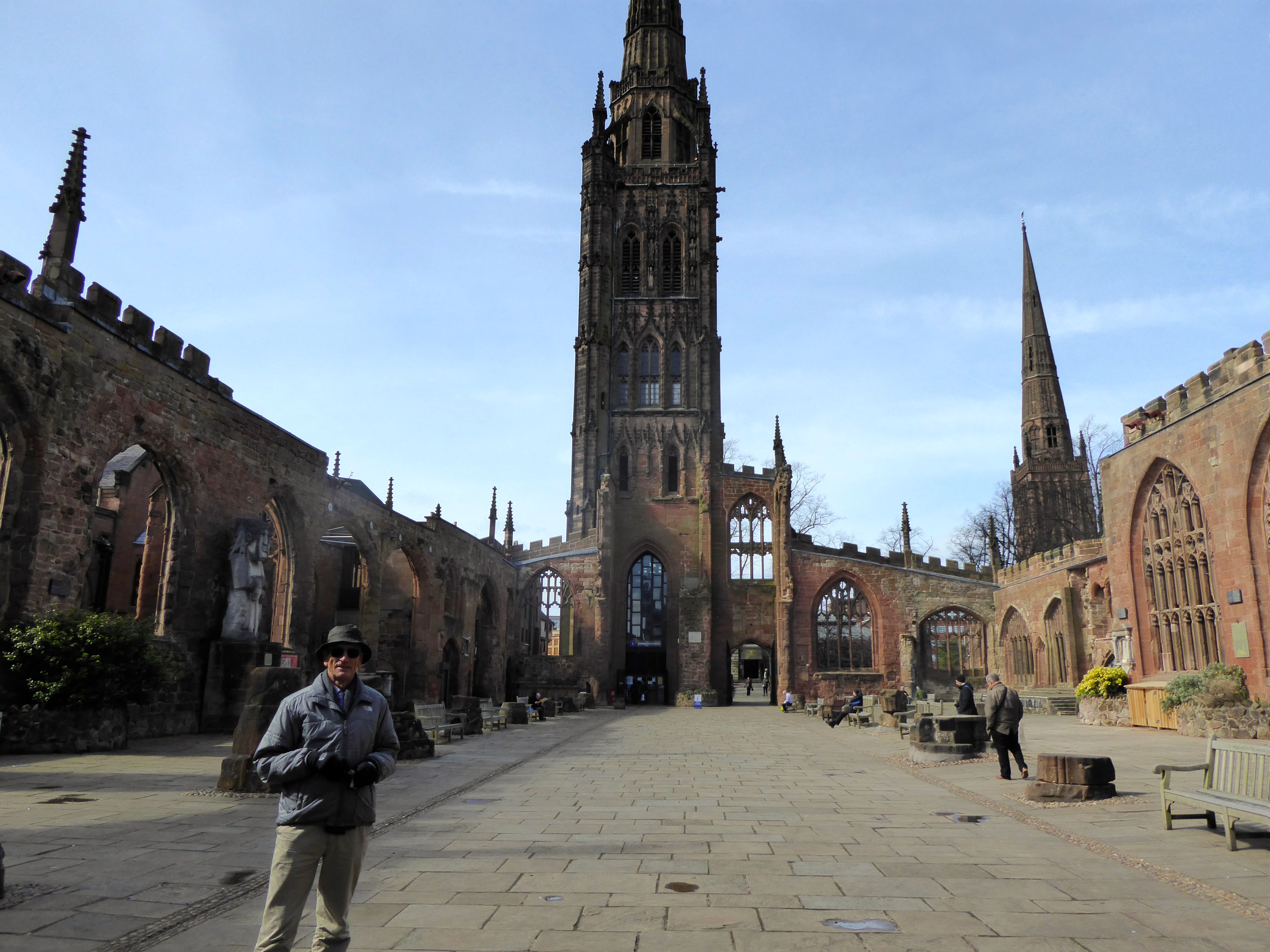

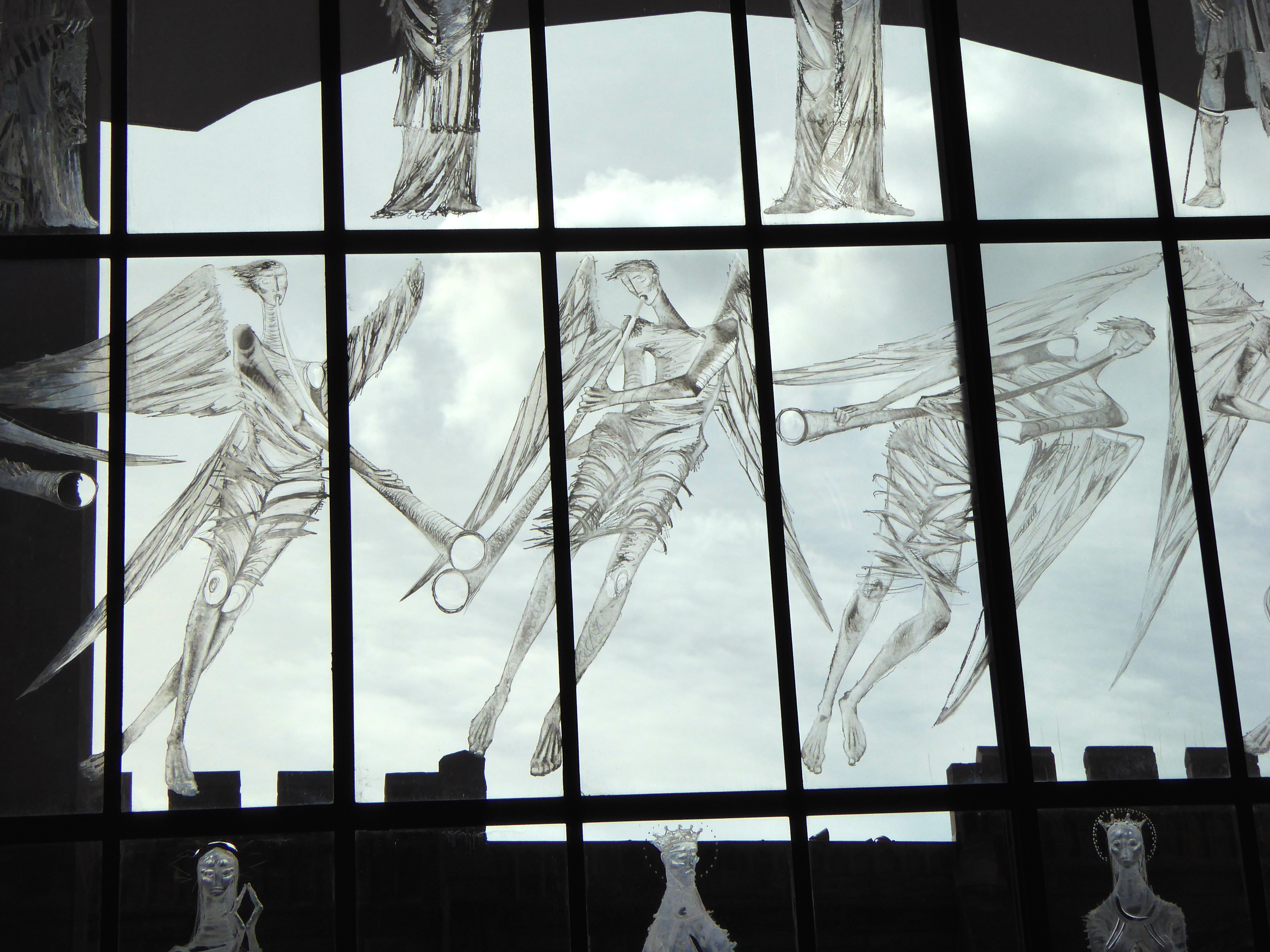
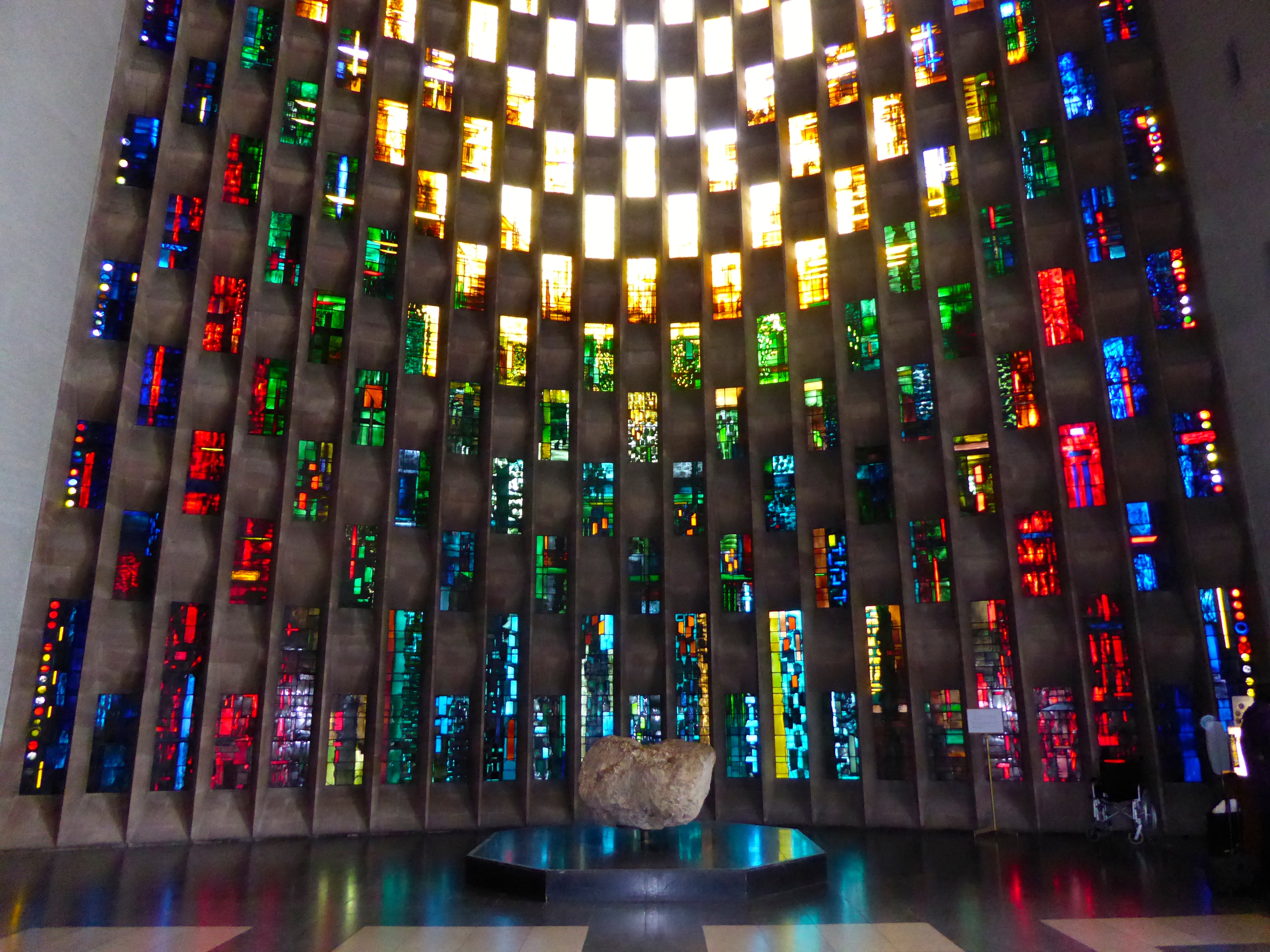
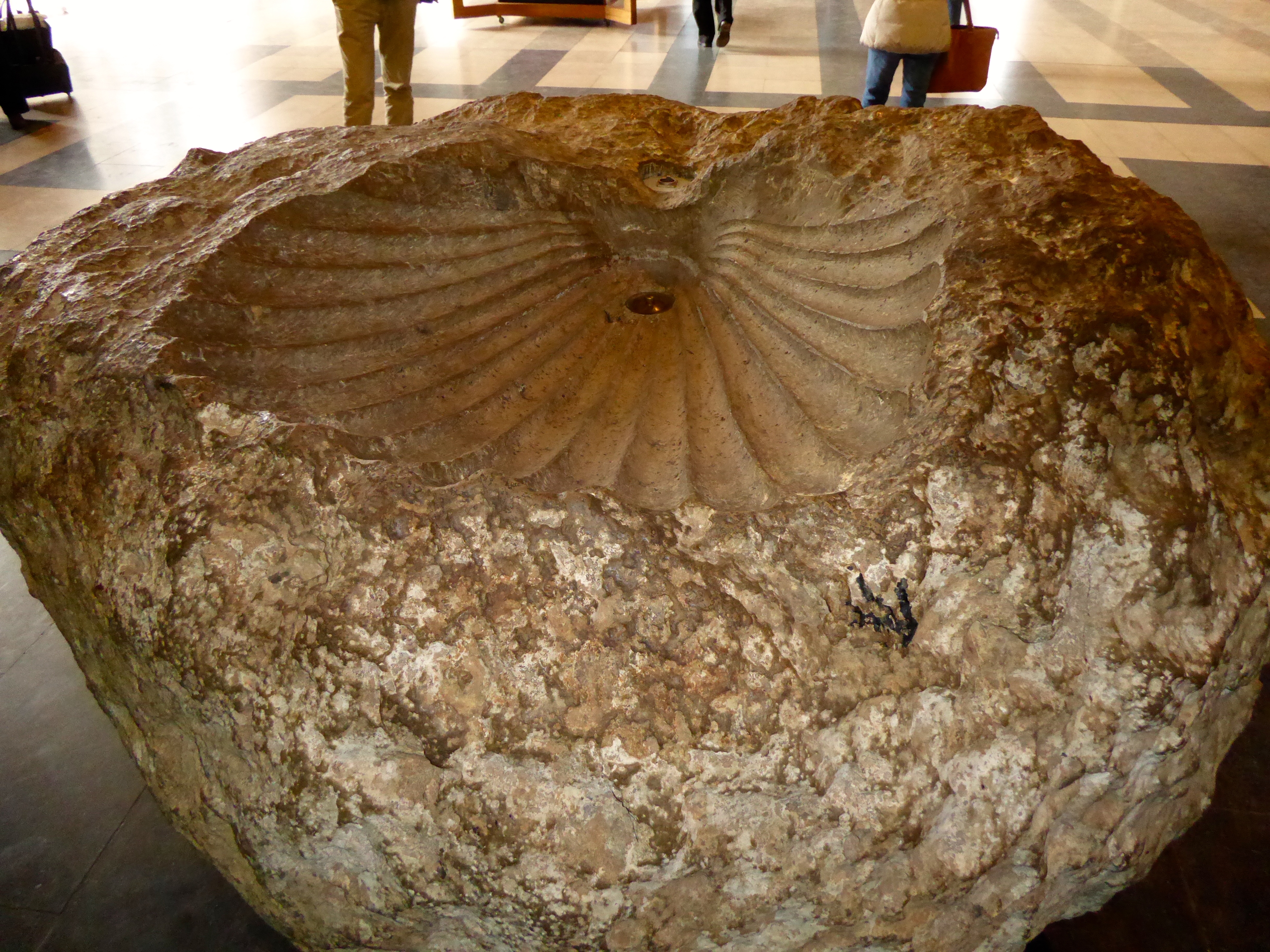
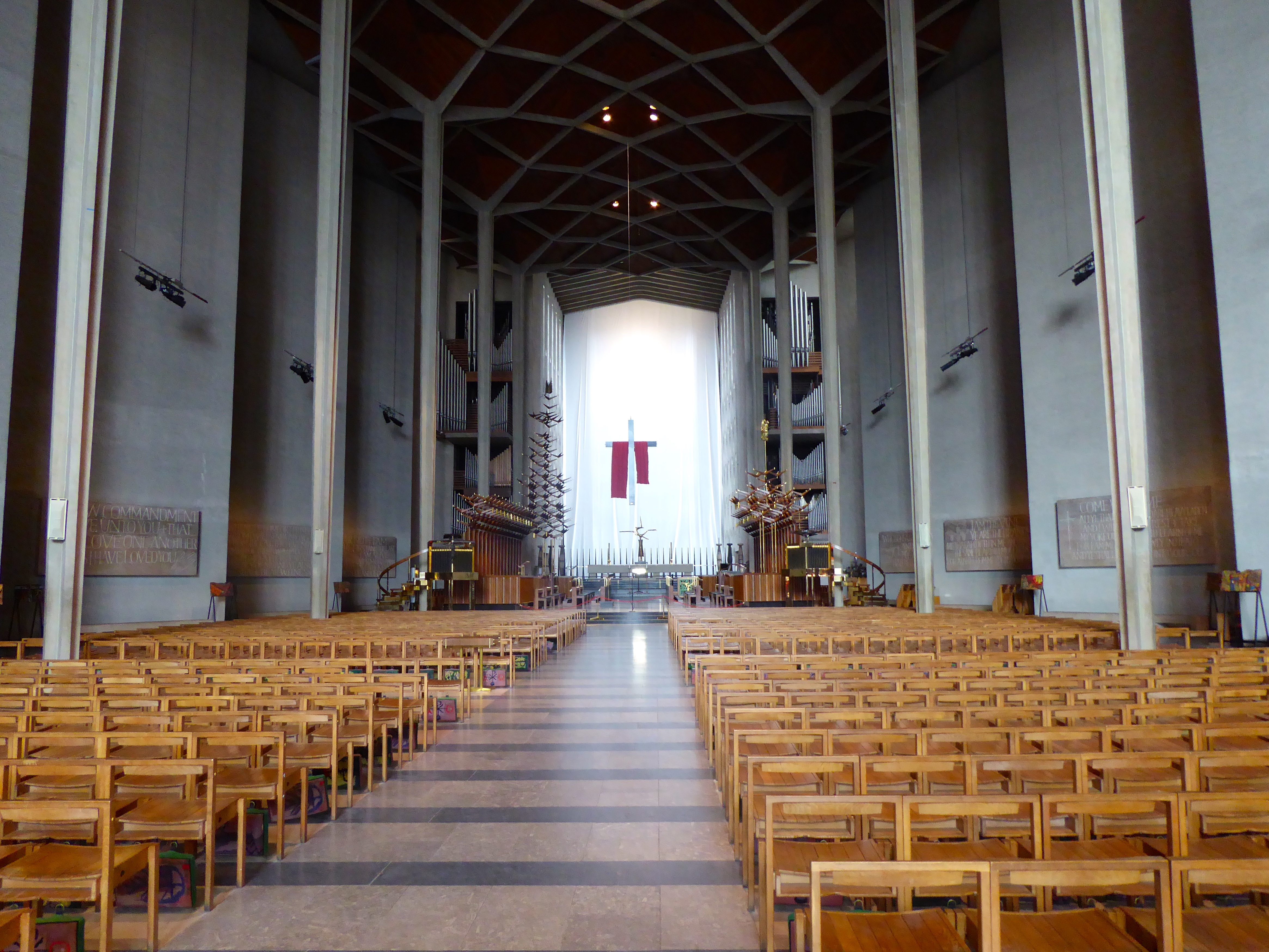
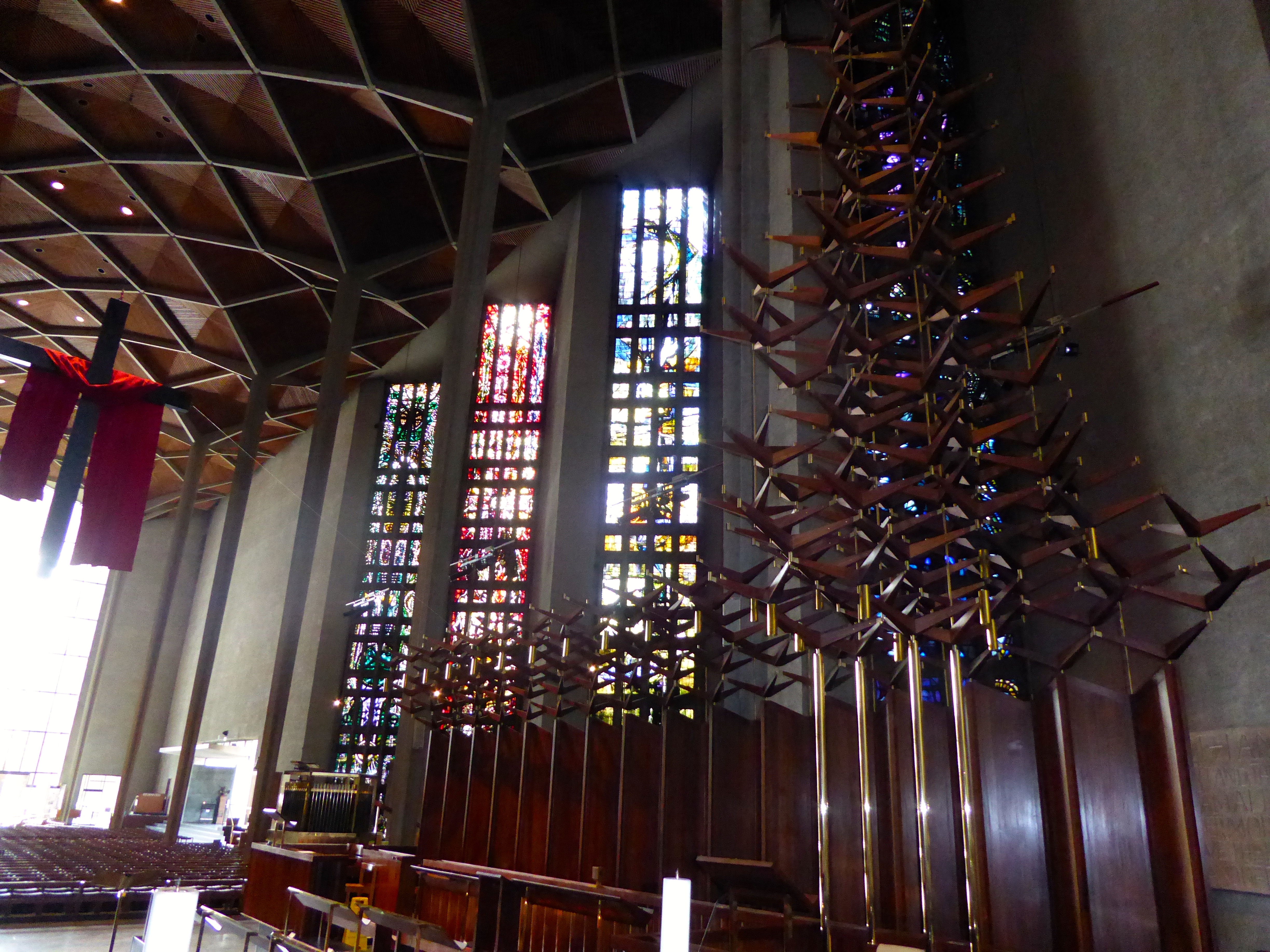
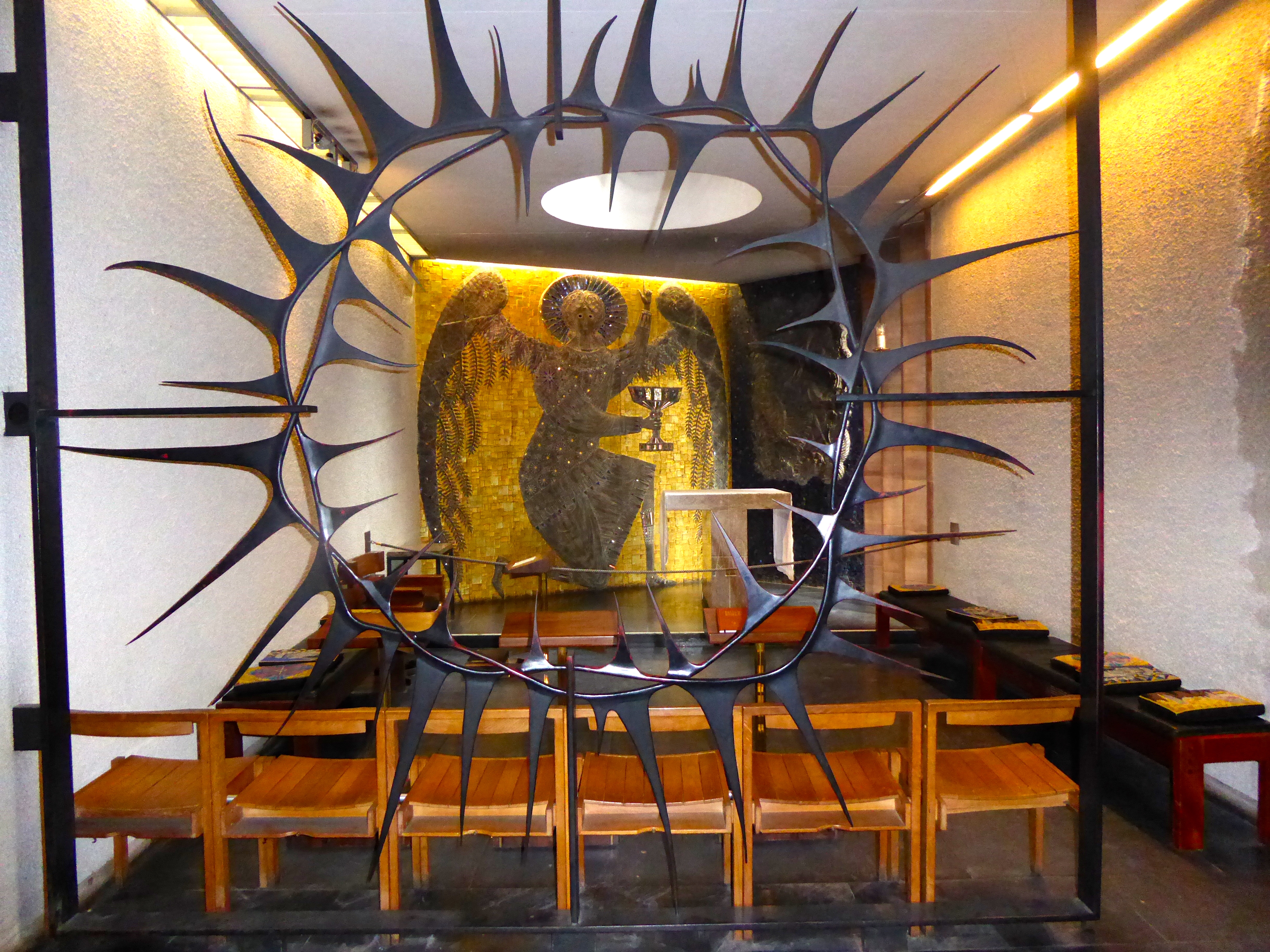
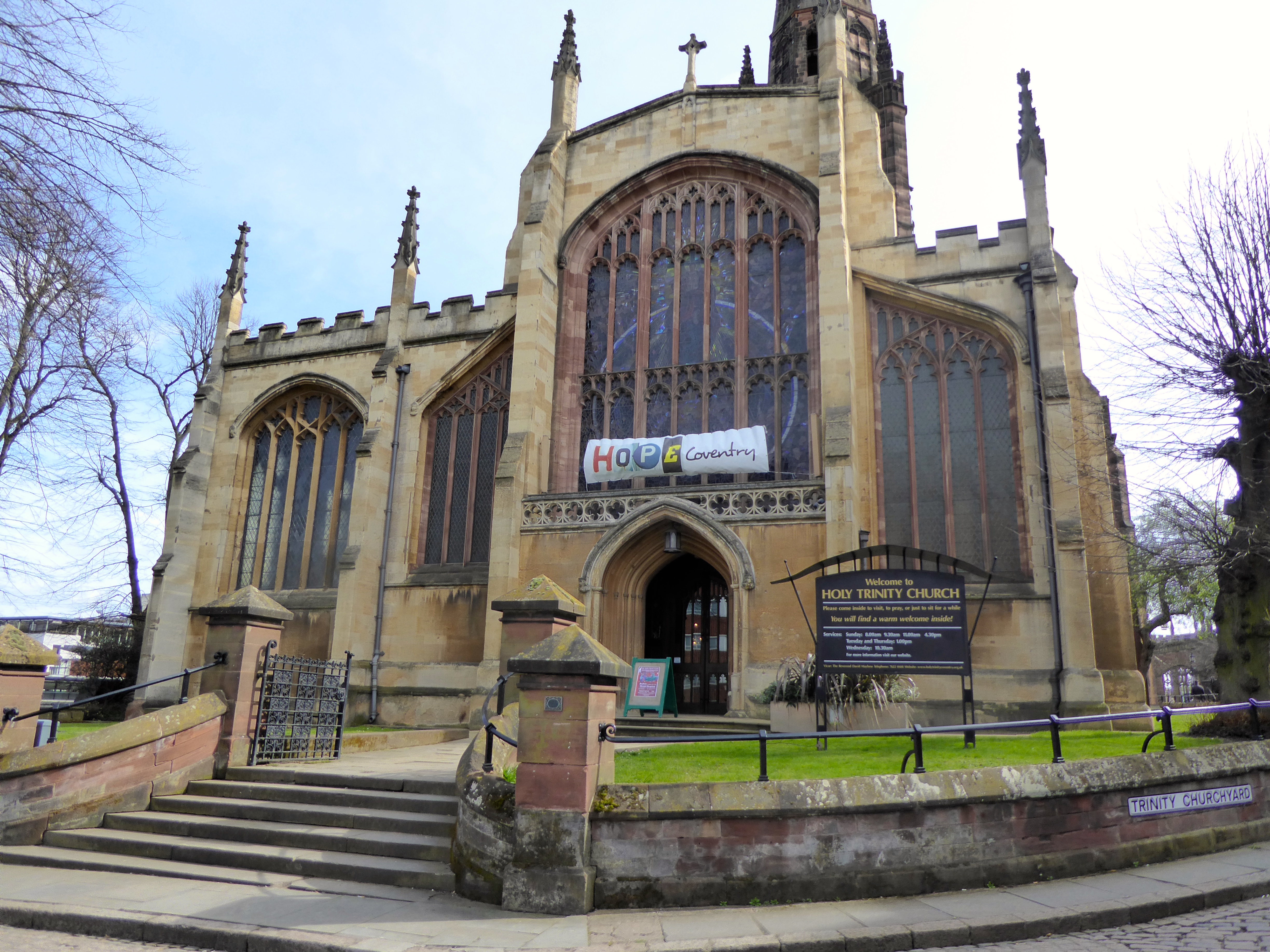
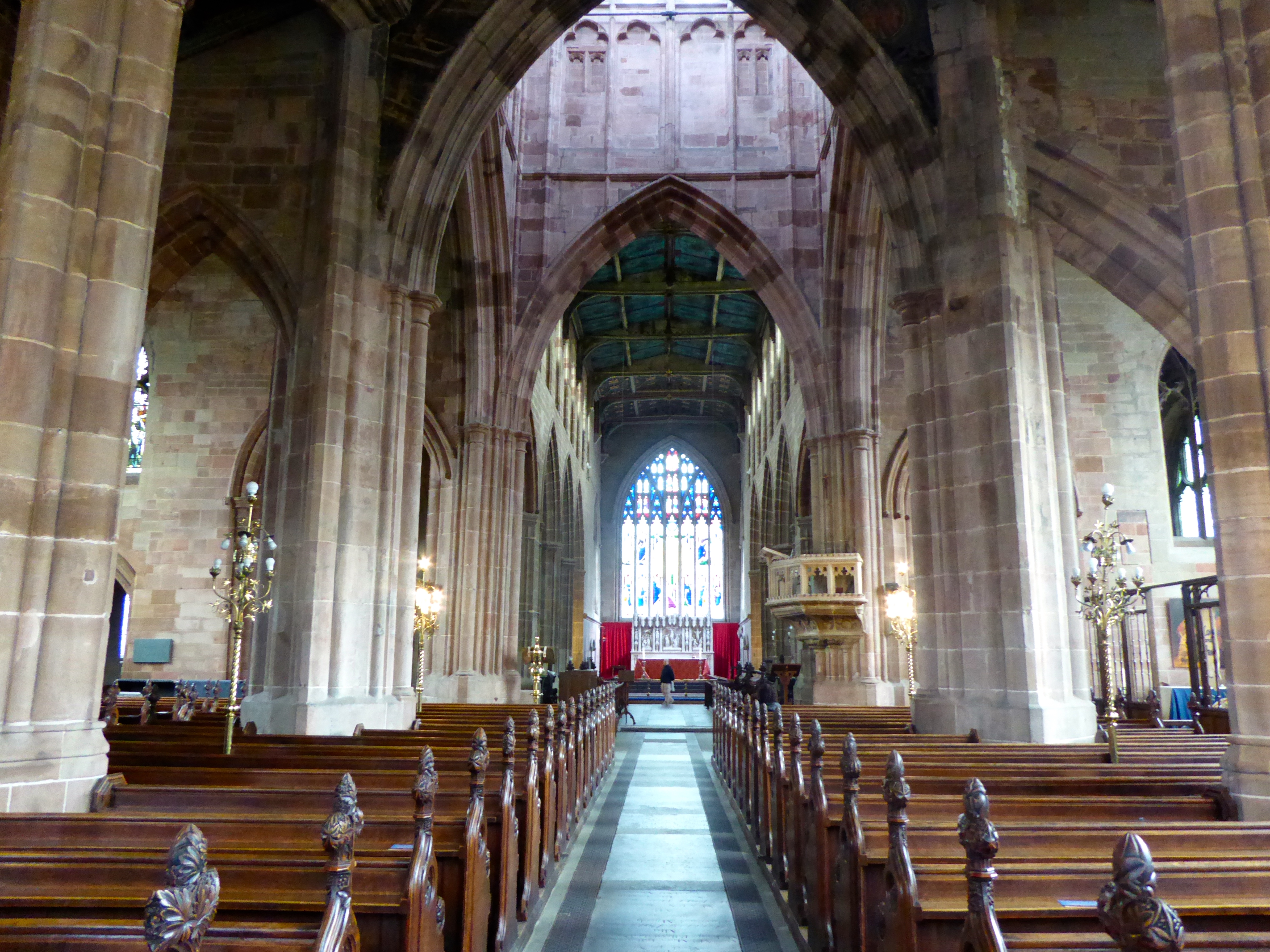
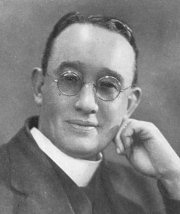
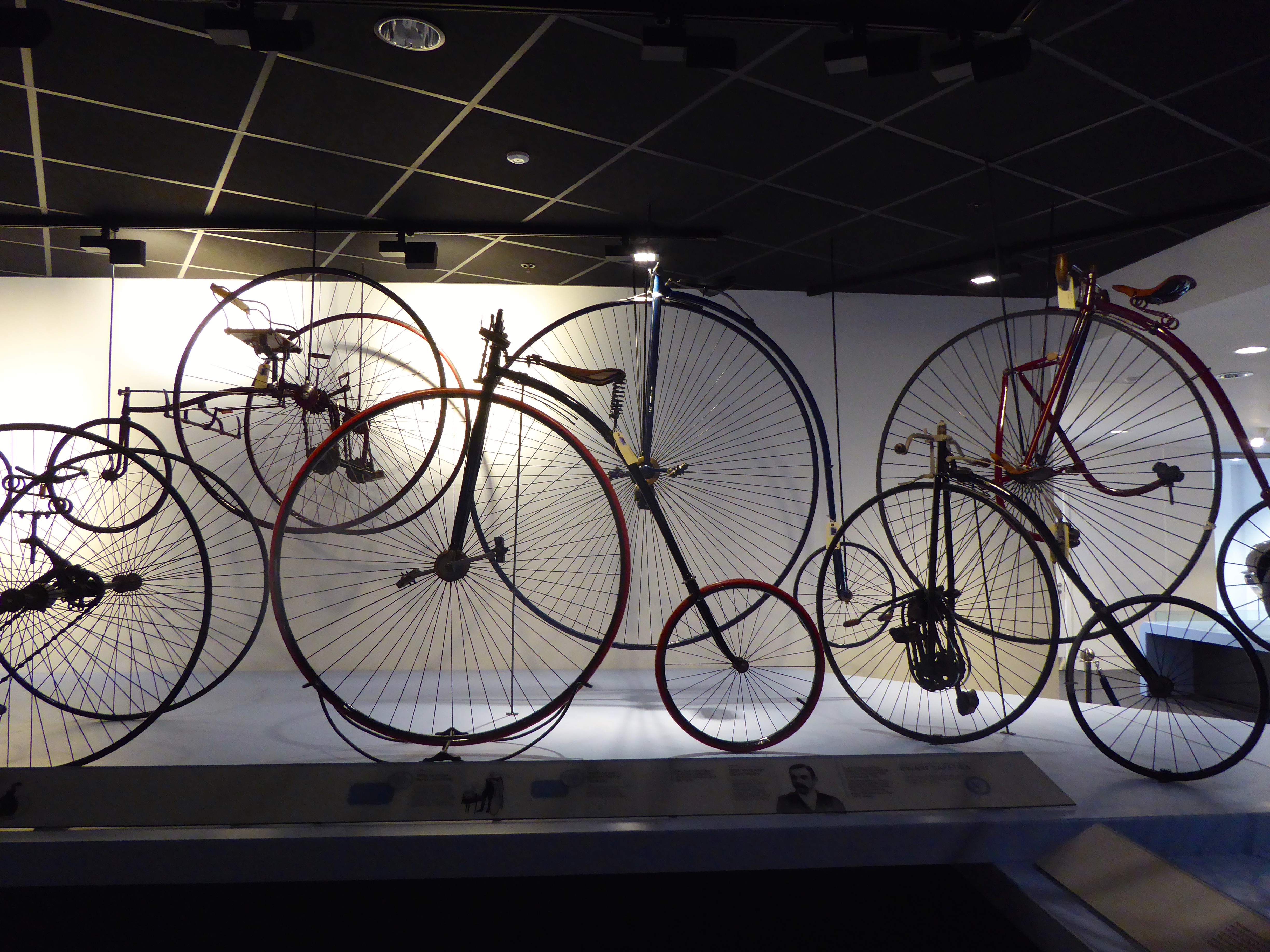

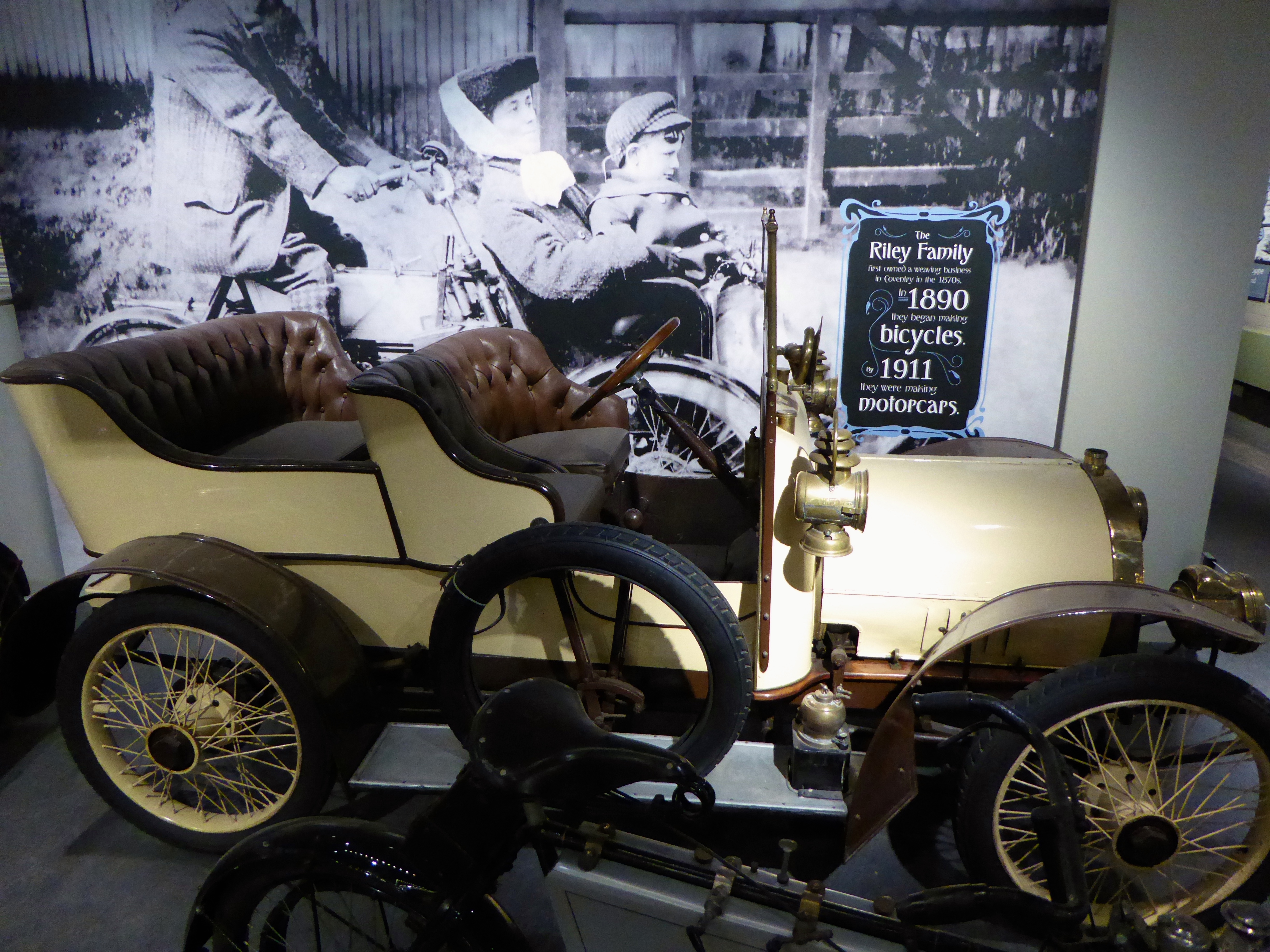
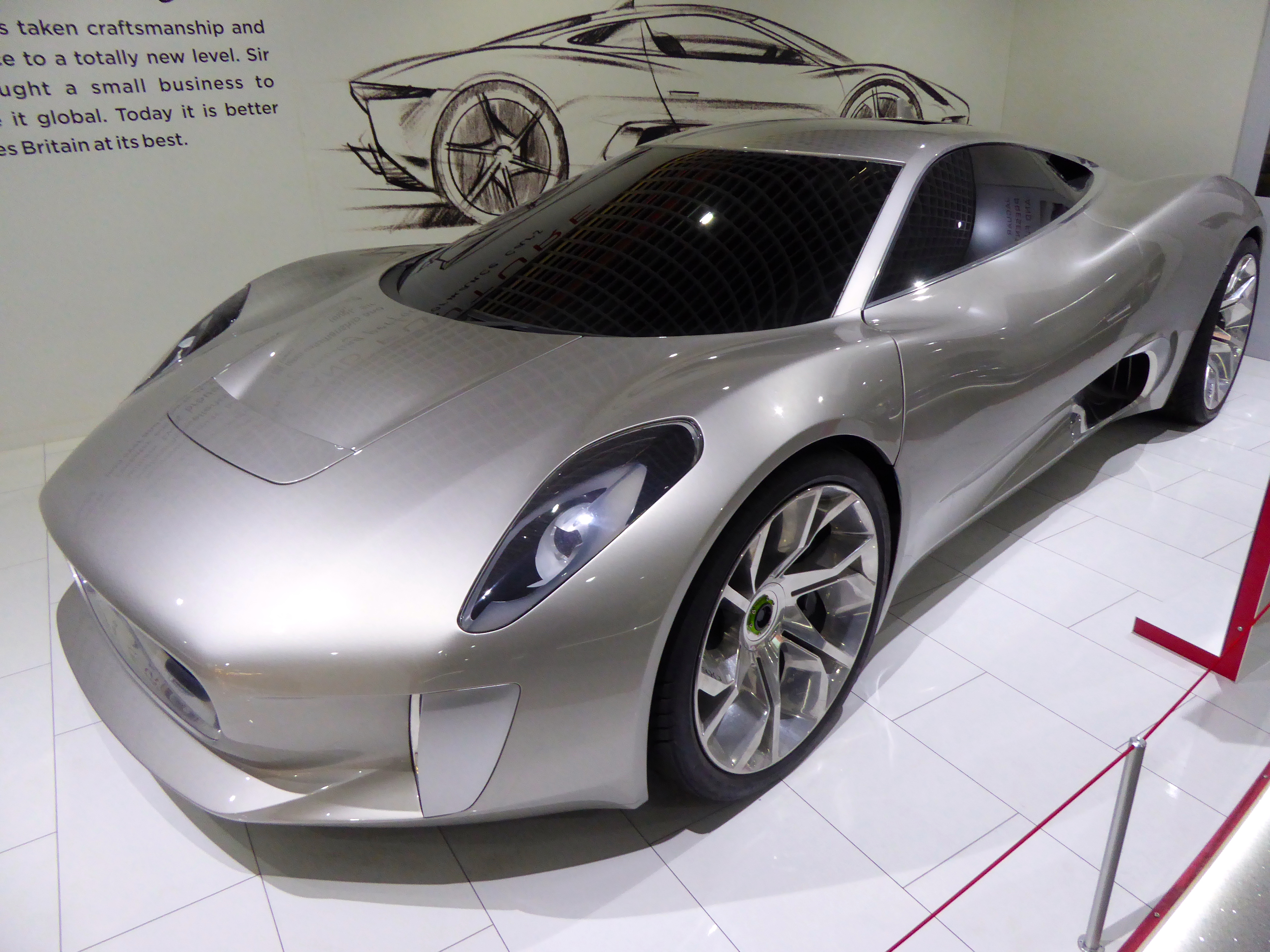
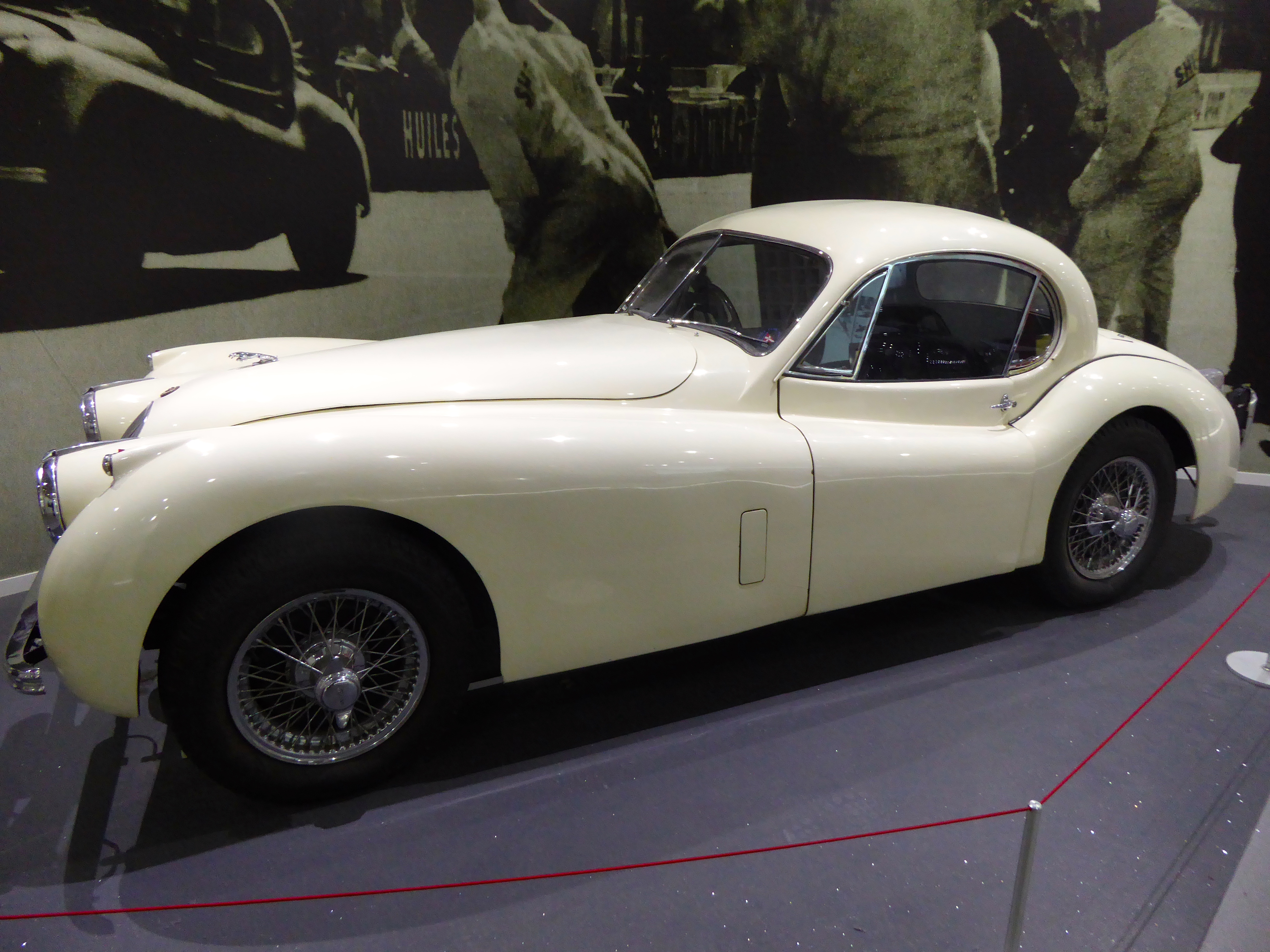
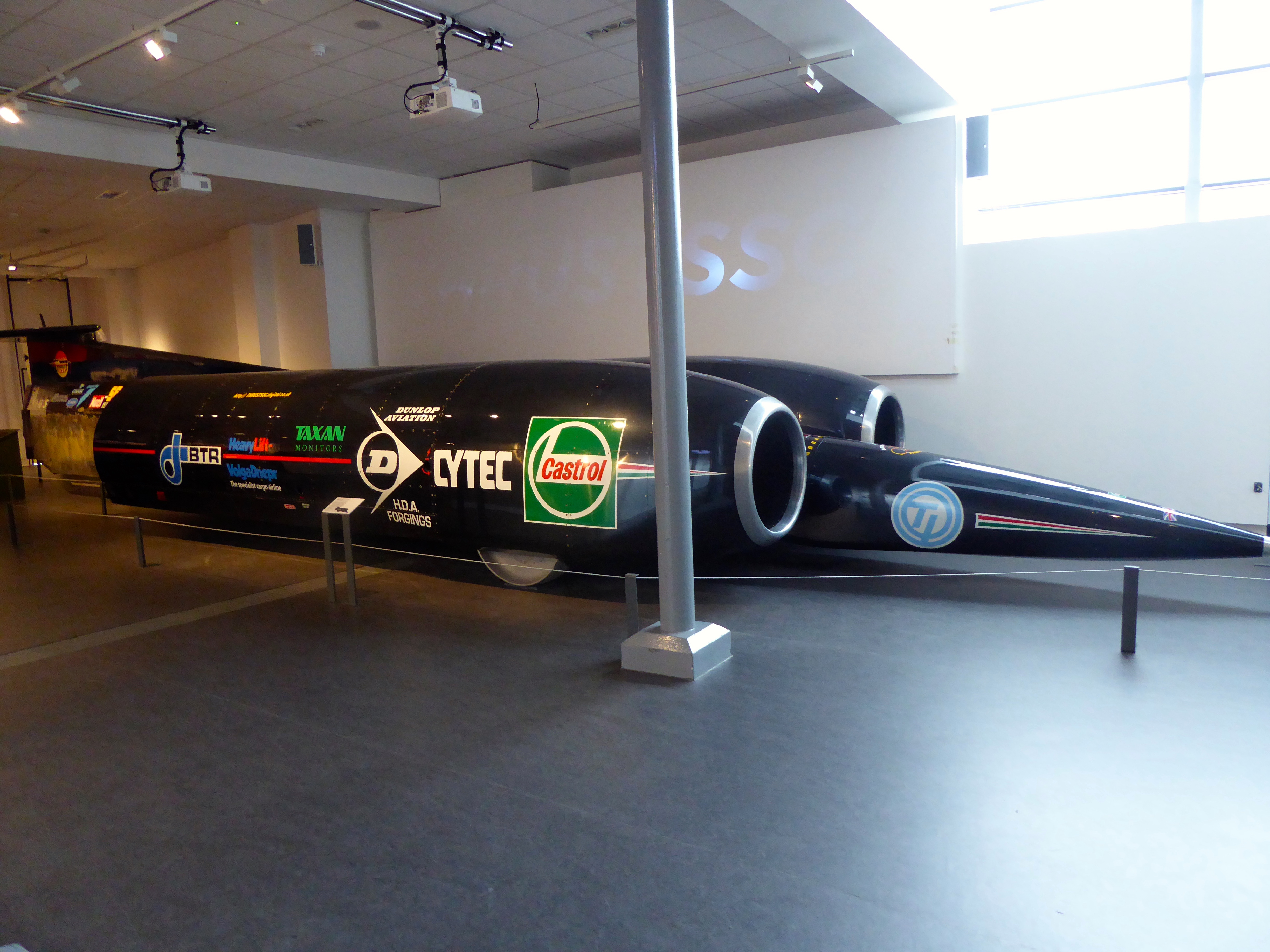
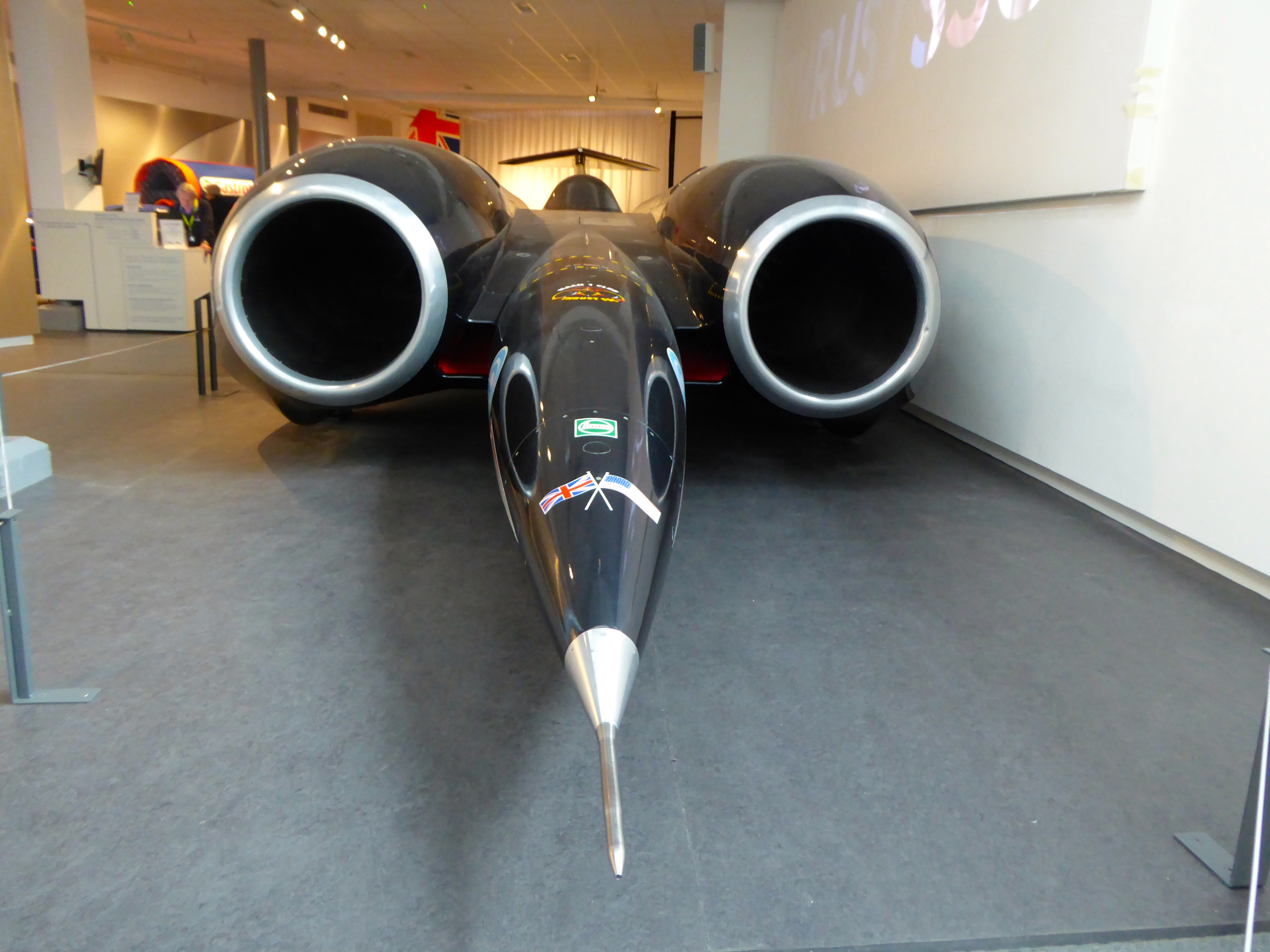
Taking the waters of Bath
Laden with our bakery efforts we set forth to Bath via Lyme Regis. Ian (the chef from our B&B) had recommended a friend of his as a cheese maker and had rung him up to organize some cheese and wine to go with our bread.
Lyme Regis is a very popular tourist town on the coast. We walked down through the beachside gardens to the Tower Cheese Shop checking out the specialty shops on the way. After having made our purchases and adding a cheeseboard and a couple of thermoses we were ready to roll.
We had the time so avoided the motorways and made our way to Bath via the secondary roads. Our stop in Bath was at a beautiful Georgian B&B called Apsley House. We had a room right at the top of the building – great view but no lift!!
By this time we were so relaxed we didn’t know what day it was as evidenced by our turning up at the theatre a day early. There we were all done up in our best and settled into our great seats when the rightful owner of the seats turned up. Fortunately for us the theatre pacified them with some other seats and we got to stay and enjoy the performance in this stunning little theatre.
Next day it was down into Bath and on to the Big Red Bus for an overview (and to shelter from the drizzle). By the time we were on our second time around we had ourselves sorted and hopped off at the Royal Crescent and made our way into No. 1 – an interesting example of Georgian life during Bath’s heyday.
From there we did all the Bath attractions – and loved them. The Roman Baths, the Assembly Room which had an exhibition of Fashion through the Ages which was really great, the Pump Room, the Abbey and finishing off with a Bath bun at Sally Lunn’s. We wandered through the Circus and Queen Square and admired the architecture and even did some shopping.
Next day we did a tour of the outskirts of Bath and were regaled with stories of highwaymen and turnpikes before packing up our bags and headed for Coventry.

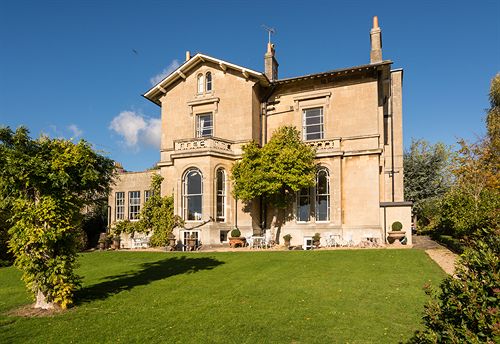
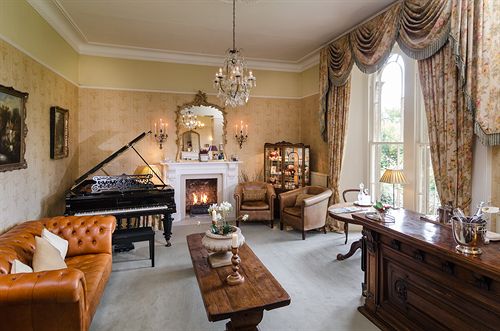
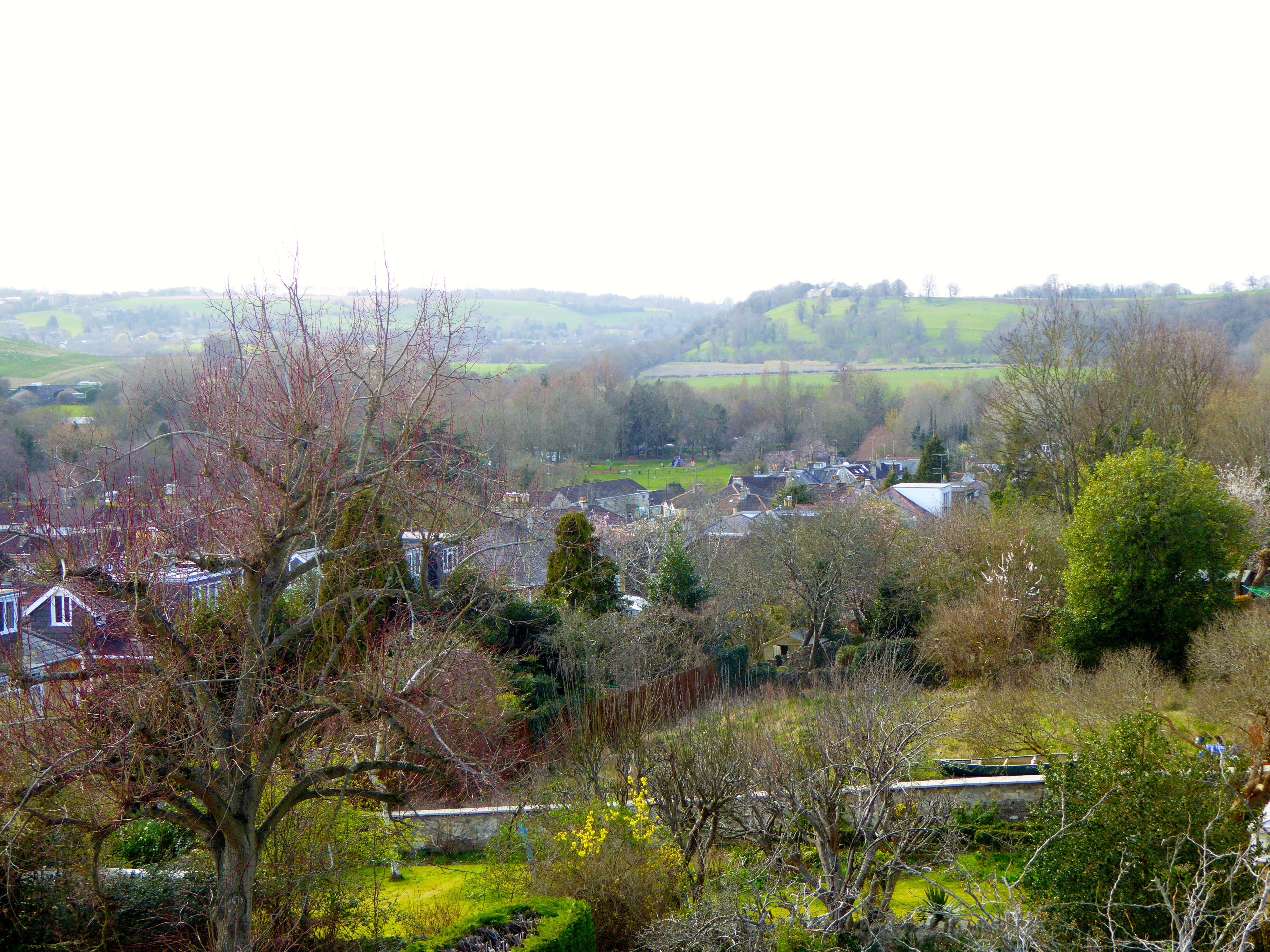
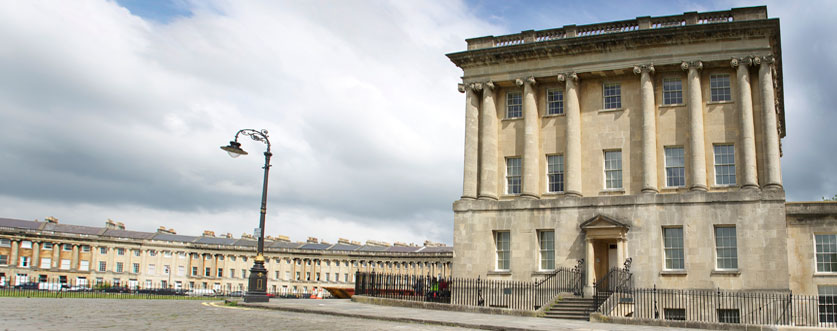
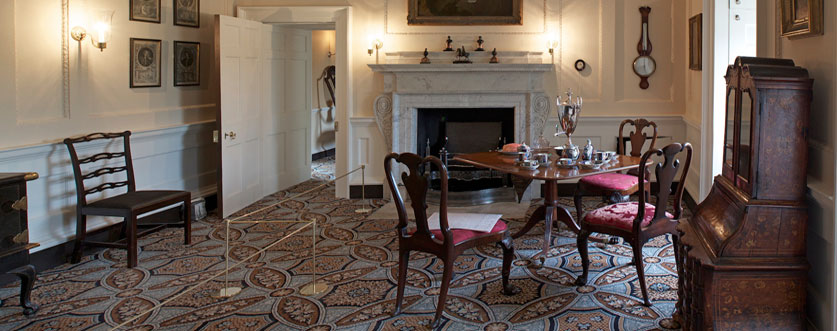
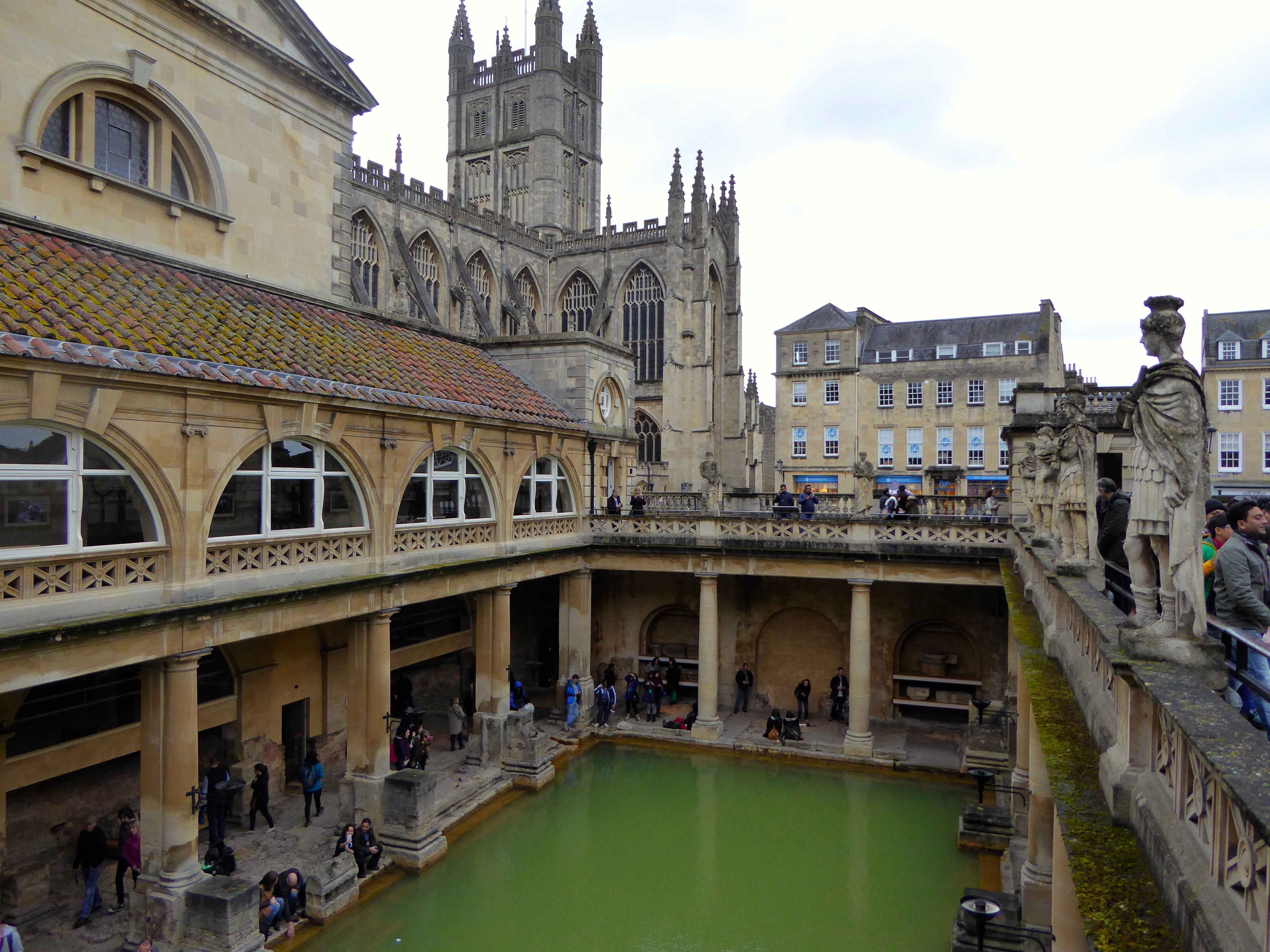

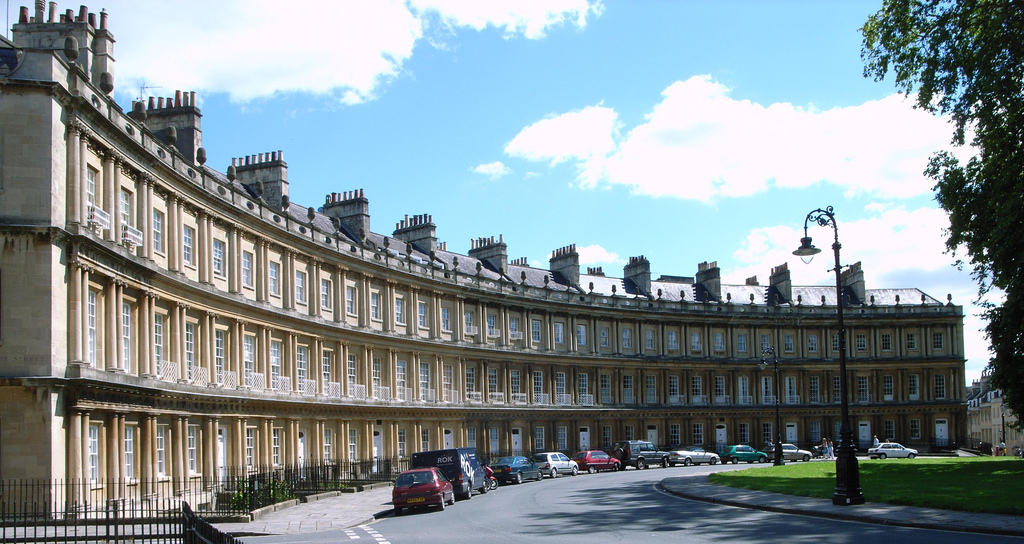
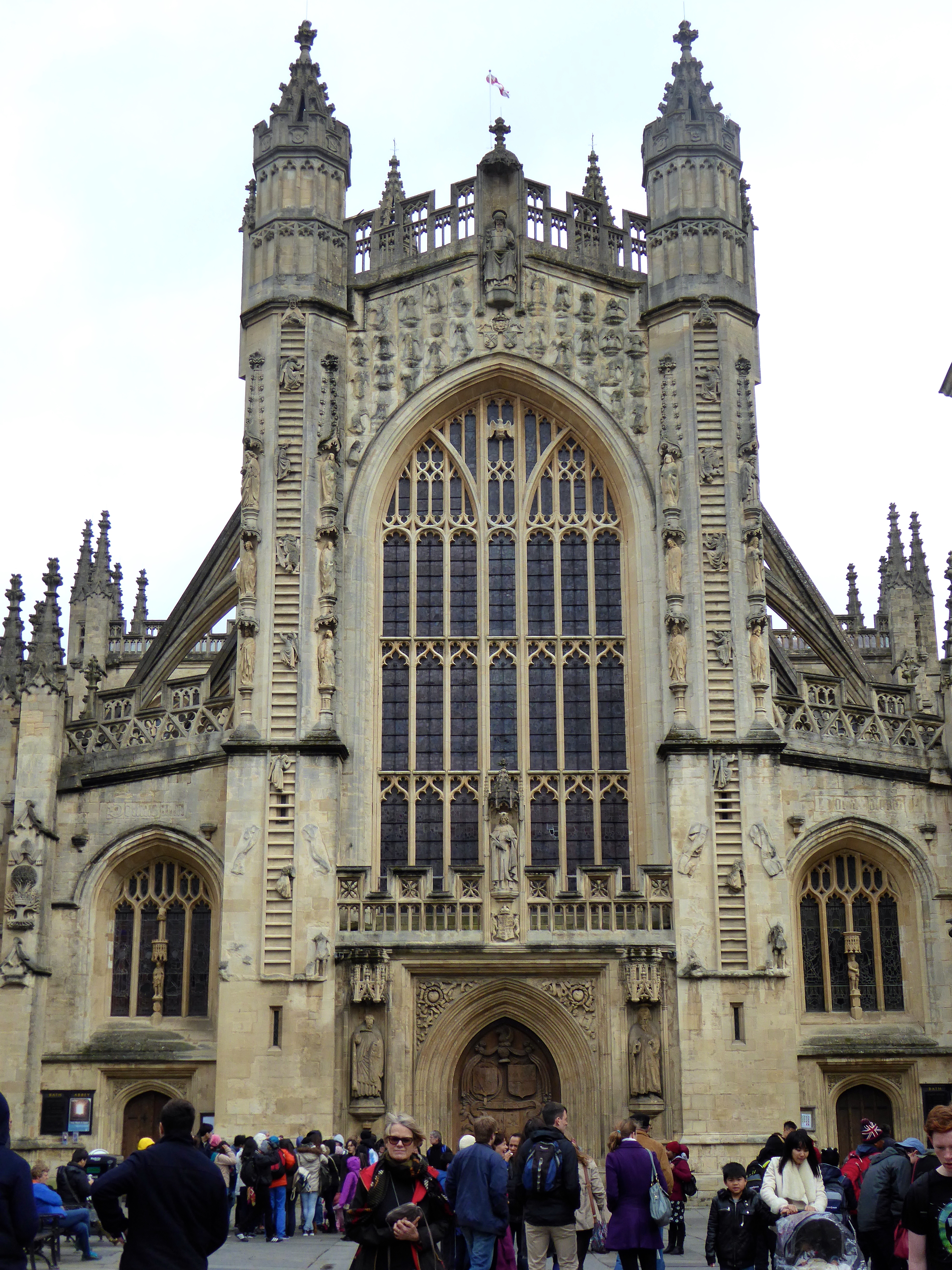
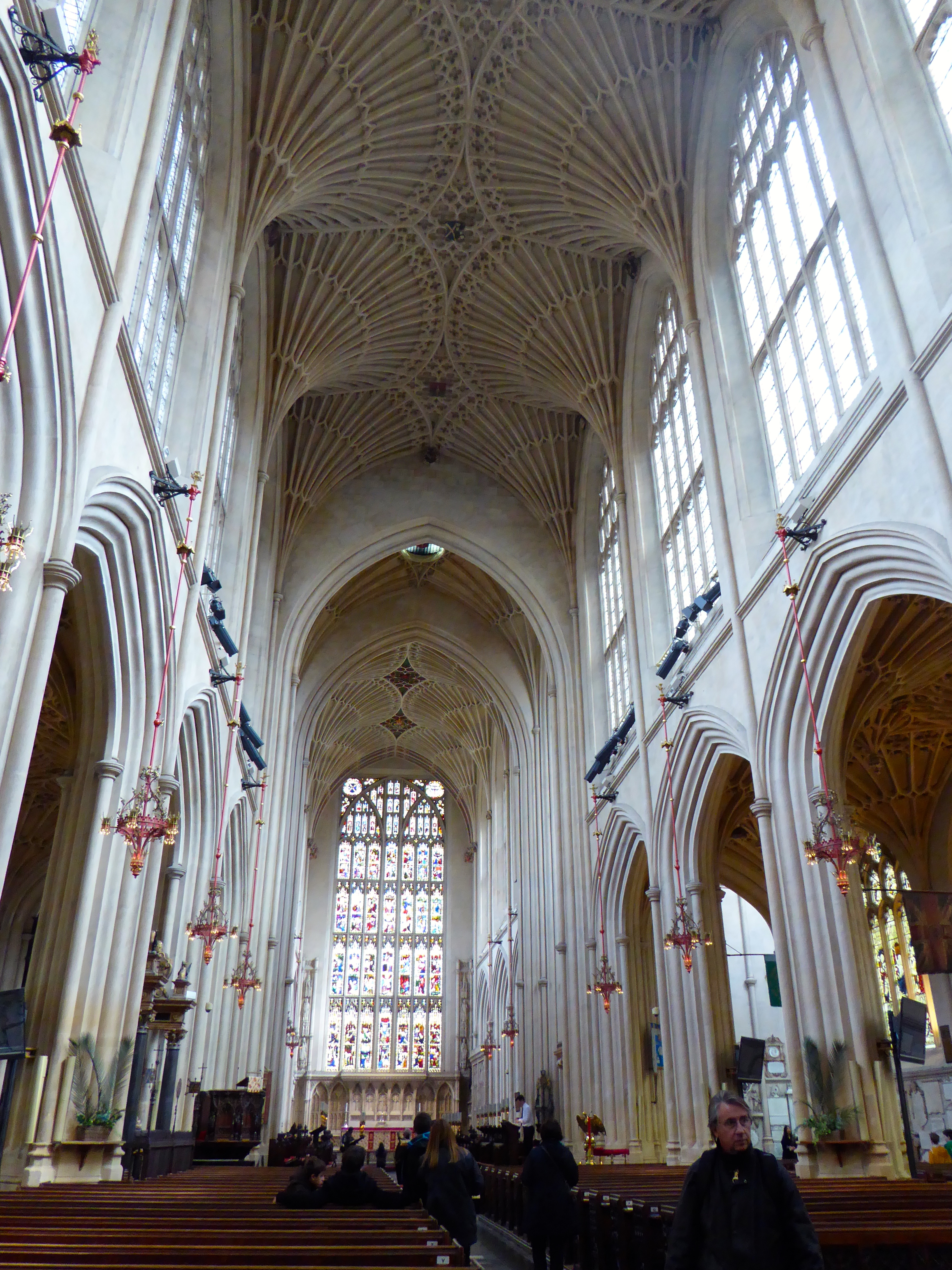
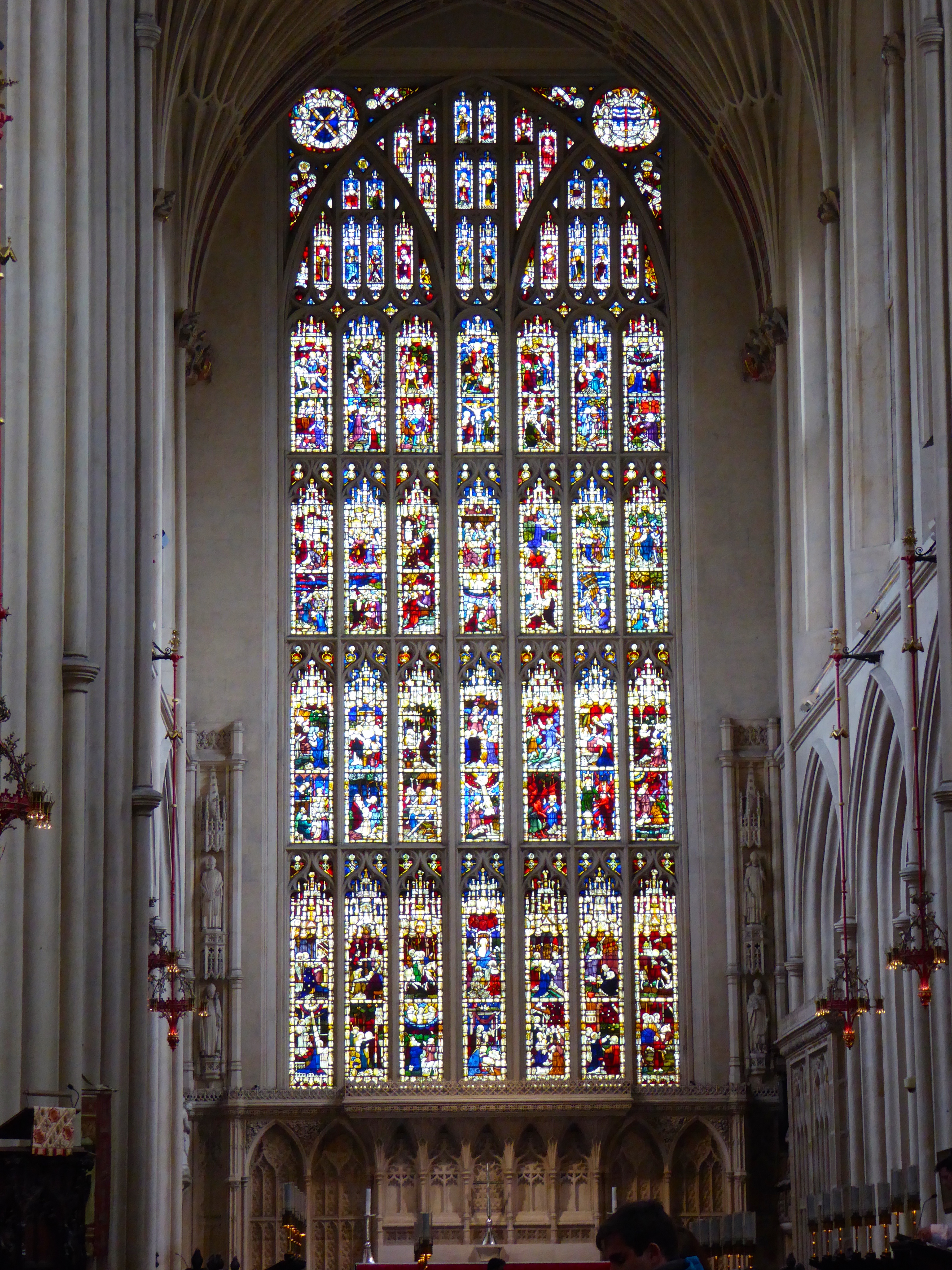
A tale of two bakers
Down we went on the farm cart pulled by a tractor to the River Cottage Cooking School at River Cottage HQ. We had been warned the previous night that the day was going to be tough and exhausting by two of the previous day’s participants, who staggered in and collapsed at the bar of our fabulous B&B.
Dead on 10am we started. A quick discussion on different types of flours and we were away. Eight eggs to be folded and kneaded into the flour for the brioche then on to the baguettes, which had to be ready for lunch, then on to the sourdough and the rolling and folding of the croissants. By 2 o’clock we were in a state of frenzy and reeling on our feet but our baguettes were cooked and perfect and the River Cottage lunch was great.
For the rest of the day we rolled, folded and proved our baking items and at the end of the day we had, between us, 8 baguettes, 2 round loaves of sourdough, 12 brioche buns and 12 croissants – and Andy, the teacher, declared us to have qualified for the title of bakers.
We had a look round the River Cottage dining room and kitchen, where all the filming is done and also round the vegetable garden ready for spring planting and then back up the hill and back to our B&B.
The White House Hotel and B&B is in the very pretty village of Charmouth, which is on the coast. It is a listed Regency house, beautifully restored and has 4 guest bedrooms, all very spacious with a huge bathroom and wonderful bath.
Ian and Liz were our hosts and we had dinner there the first night. Ian is a chef and it was a brilliant meal, imaginative and well executed, one of the nicest meals I have eaten in a long time. We were very flattered when Ian tasted our baking and then said he would be happy to serve it in the restaurant. We offloaded all but a couple of baguettes, one loaf of sourdough, some croissants and some brioche..
We had previously booked dinner that night at River Cottage Canteen so, somewhat reluctantly, changed and went out again. So glad we did. It was a fun menu with lots of different things. I had warm pheasant breast salad with pig’s ear bacon, apple and hazelnut dressing and Ed had two entrees , mackerel gravadlax and air dried shaved venison (and a beer……)
Next on to Bath
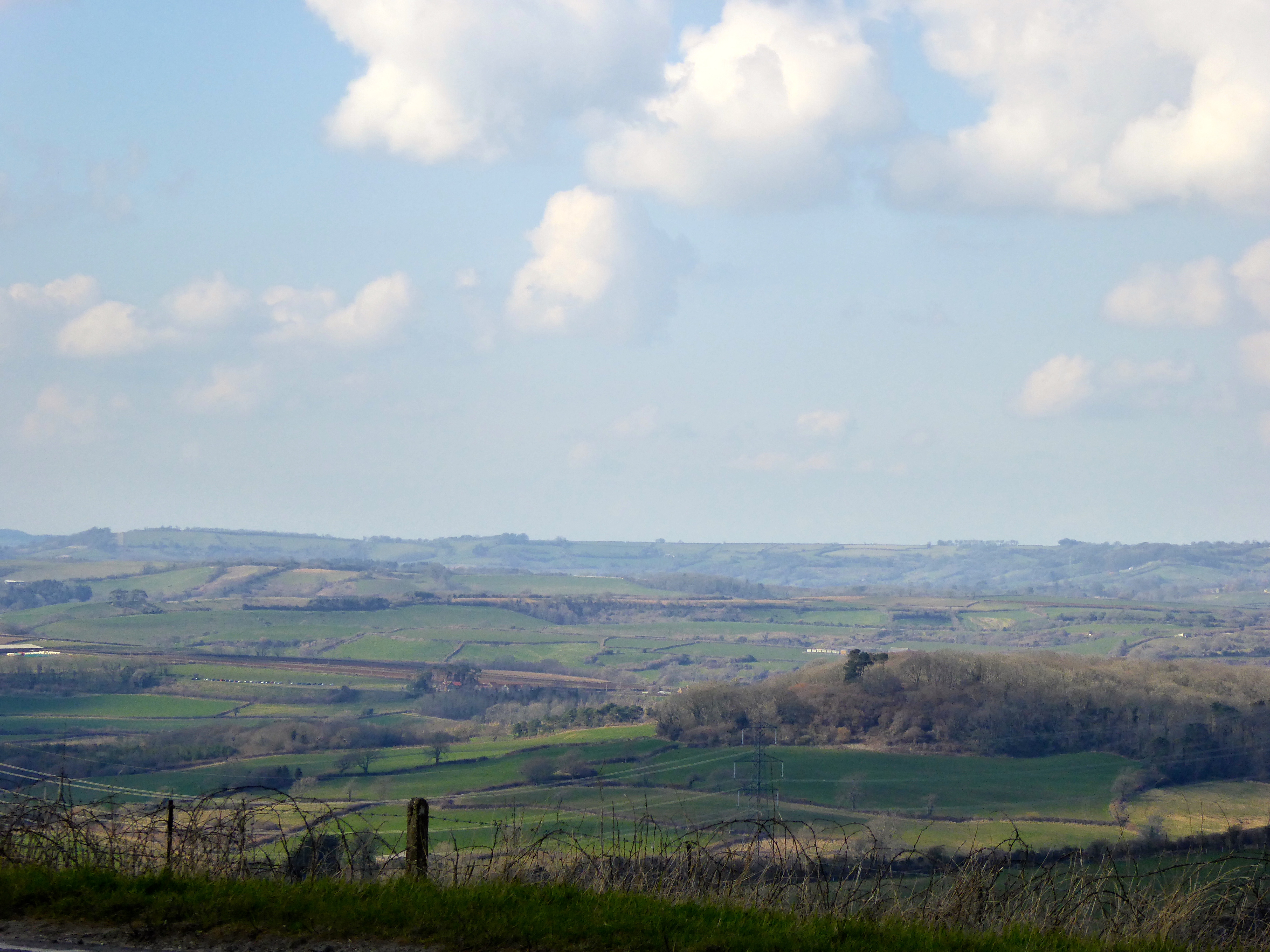
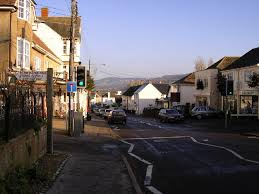
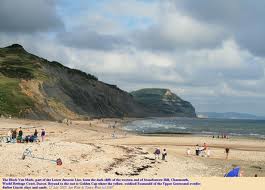
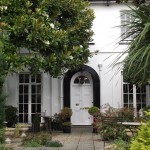
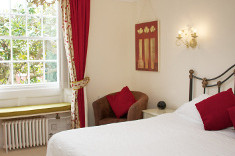
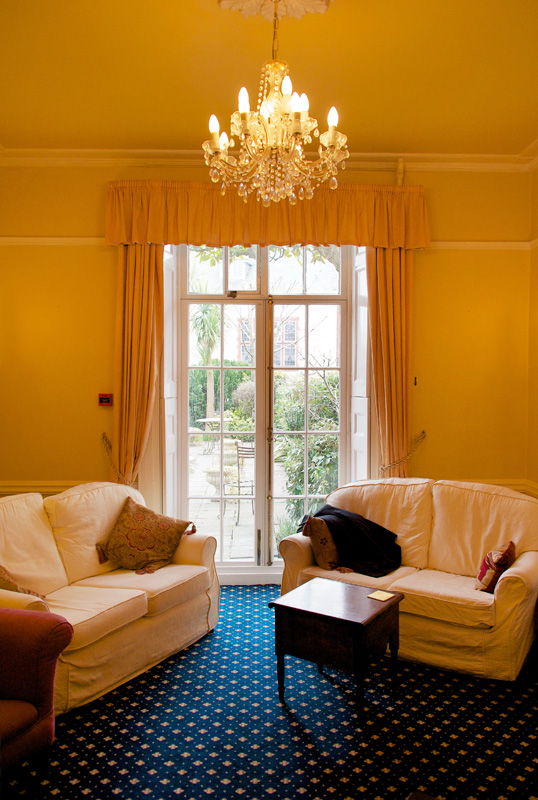
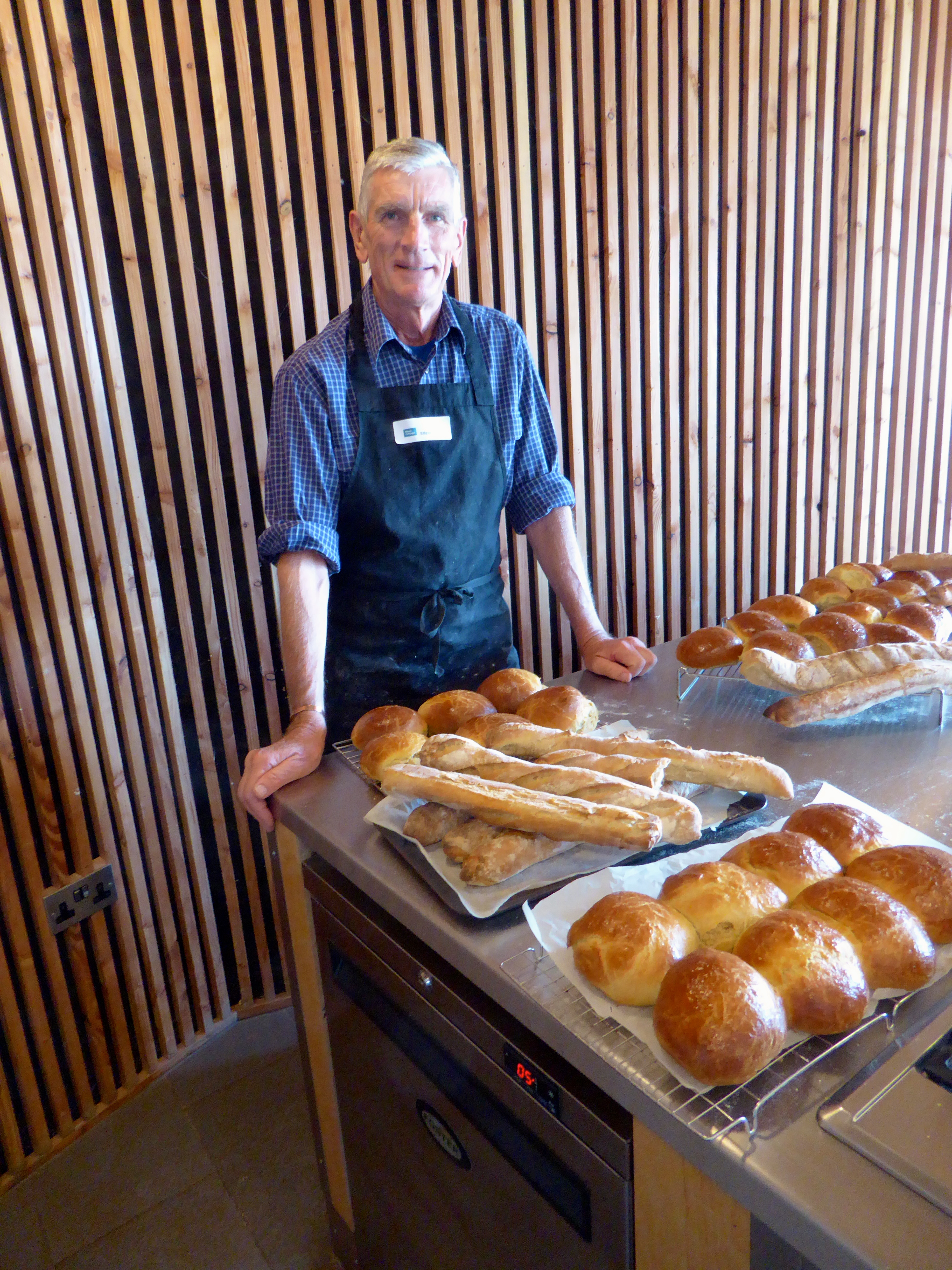
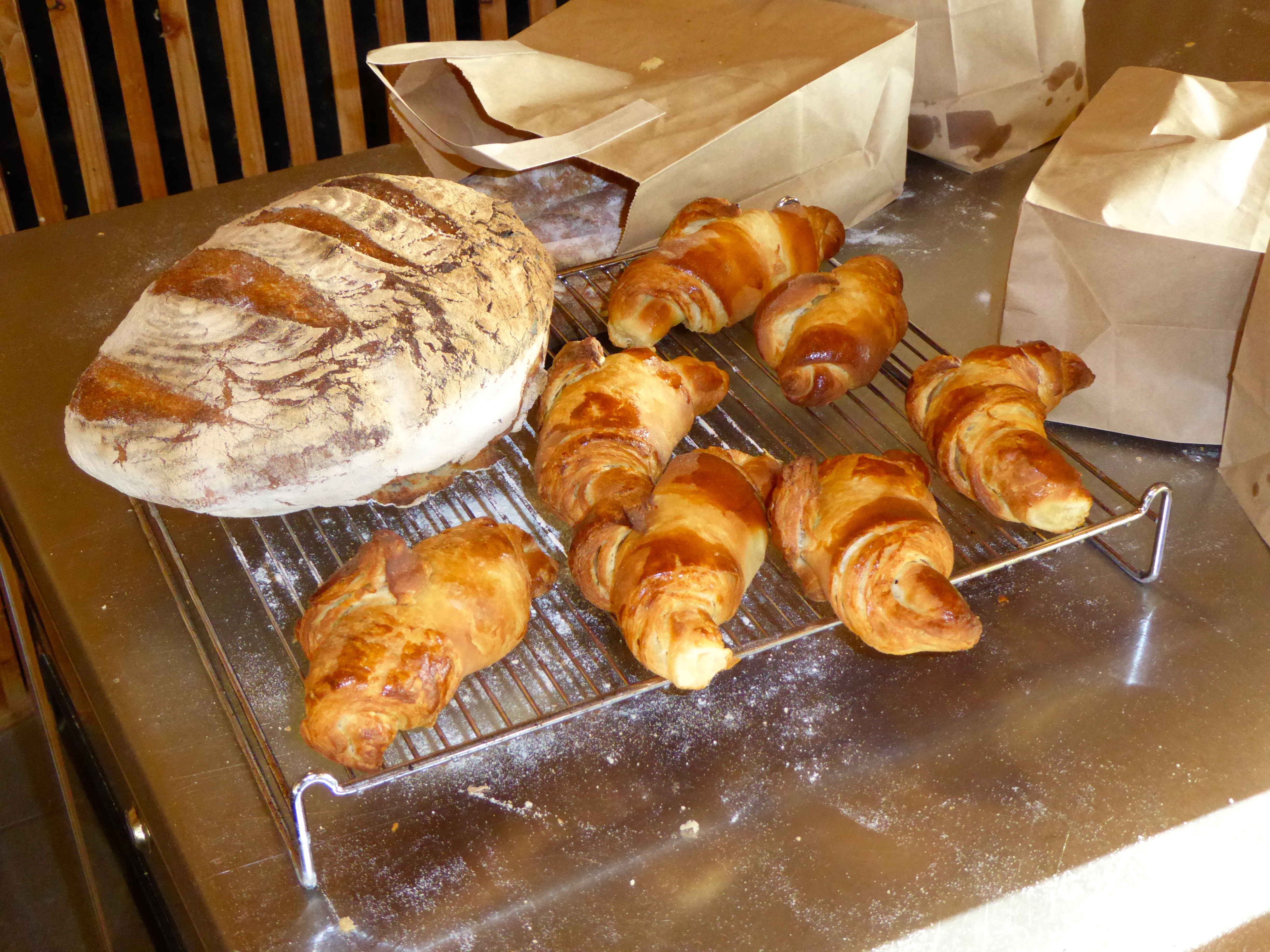
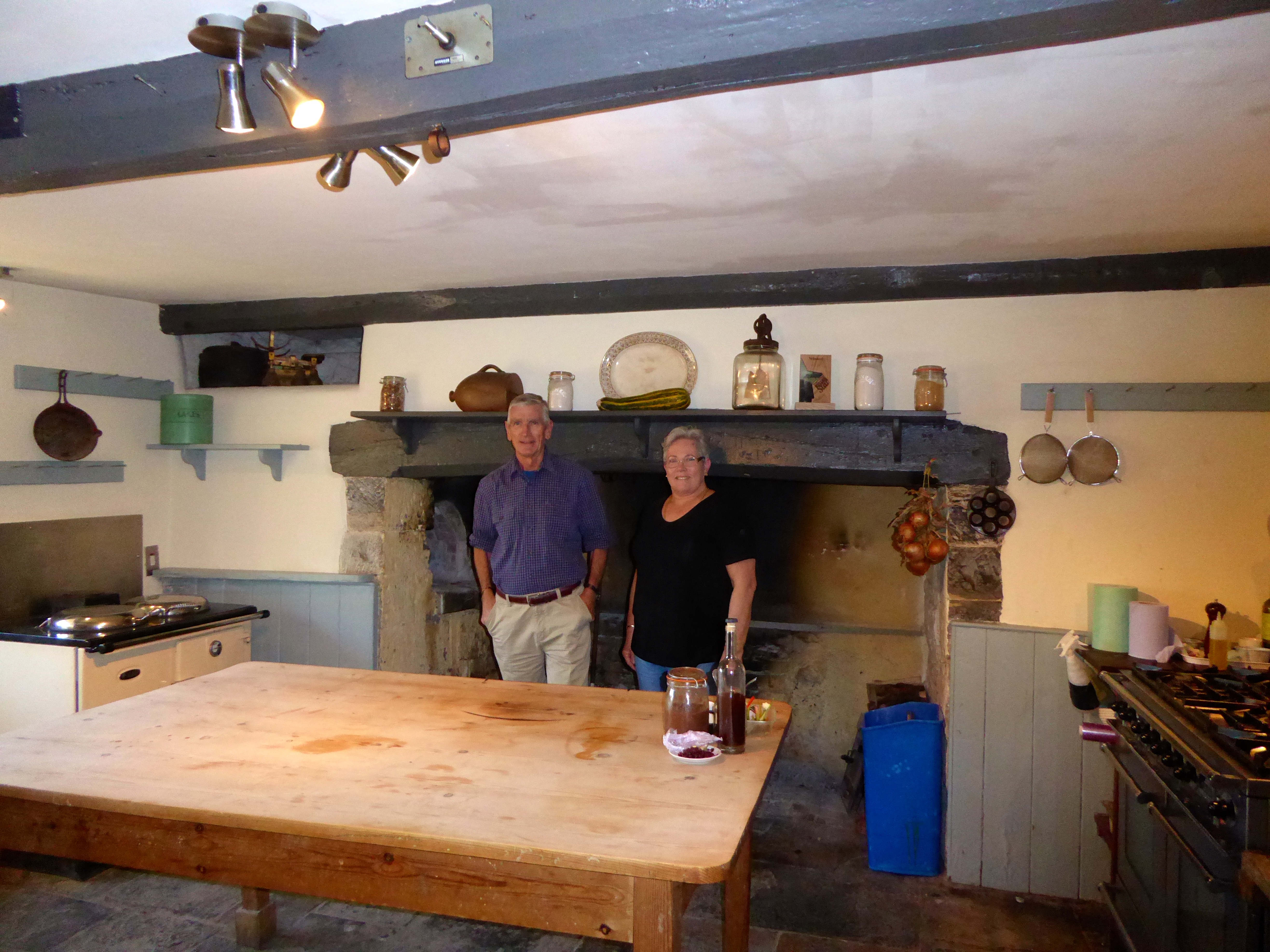
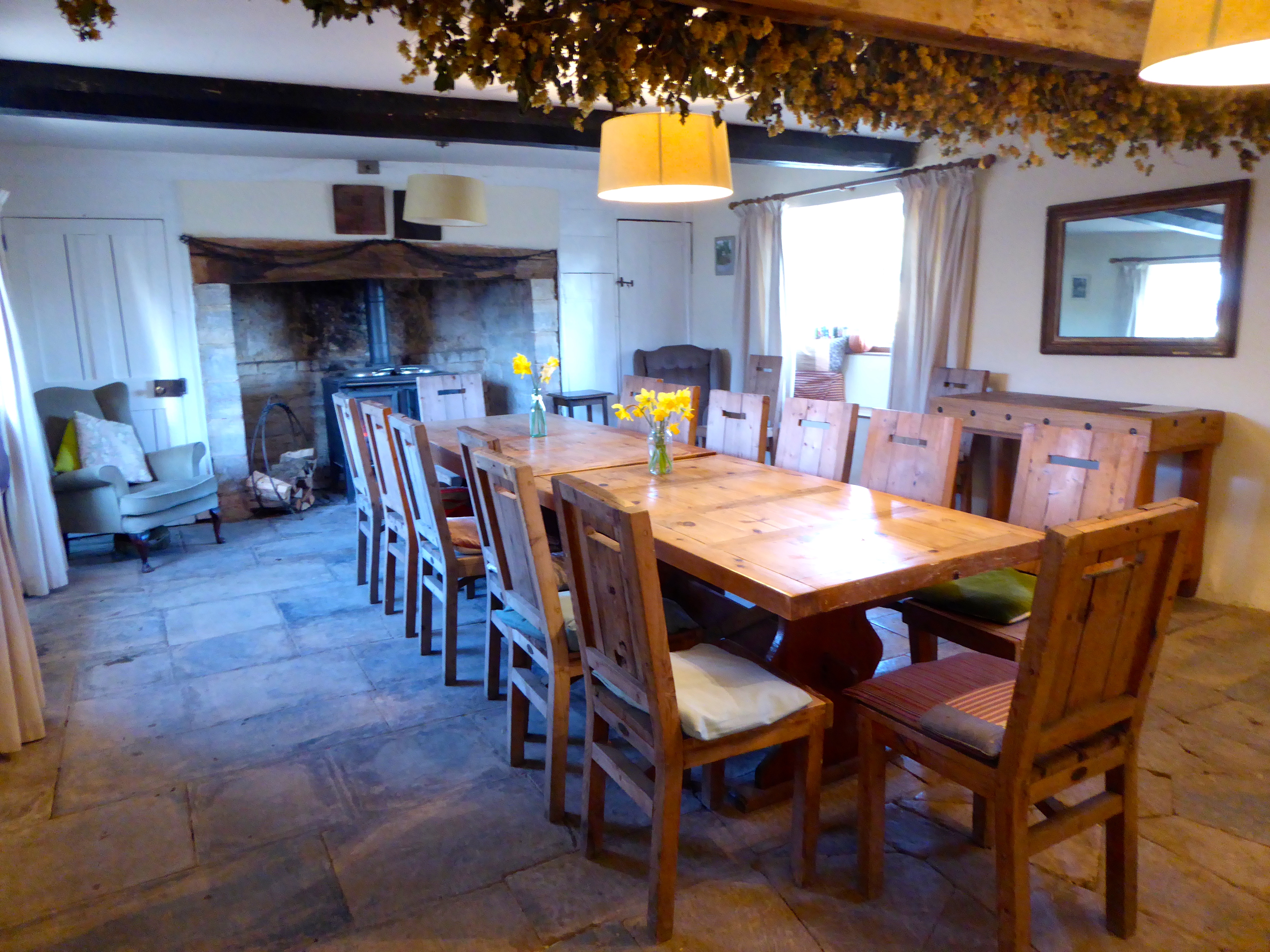
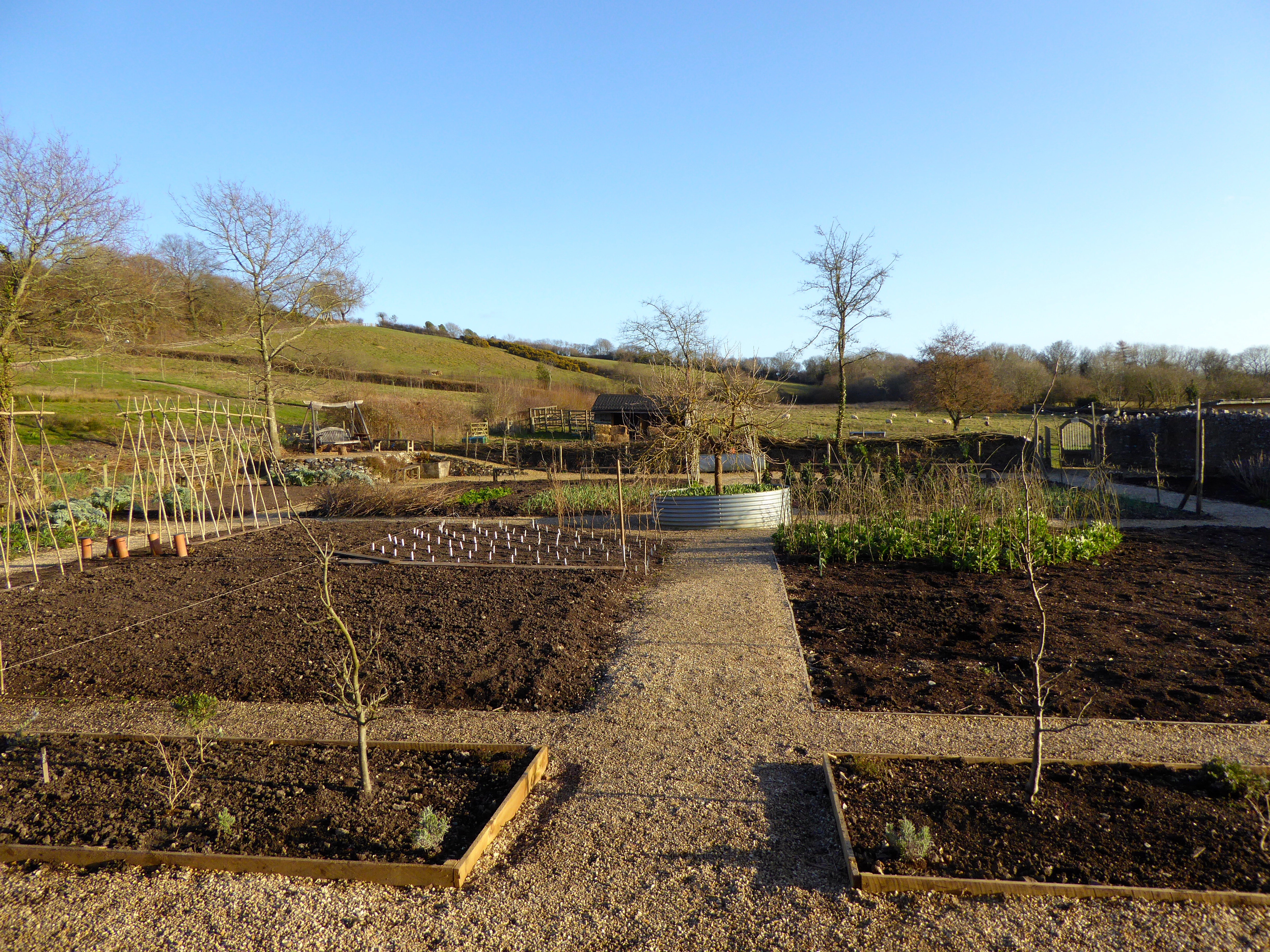
Places I could have lingered longer – The Isle of Wight
Felt quite at home catching the car ferry across (though our guys are a lot more efficient at loading). Sailed quite close to the American aircraft carrier ‘Theodore Roosevelt’ which was interesting.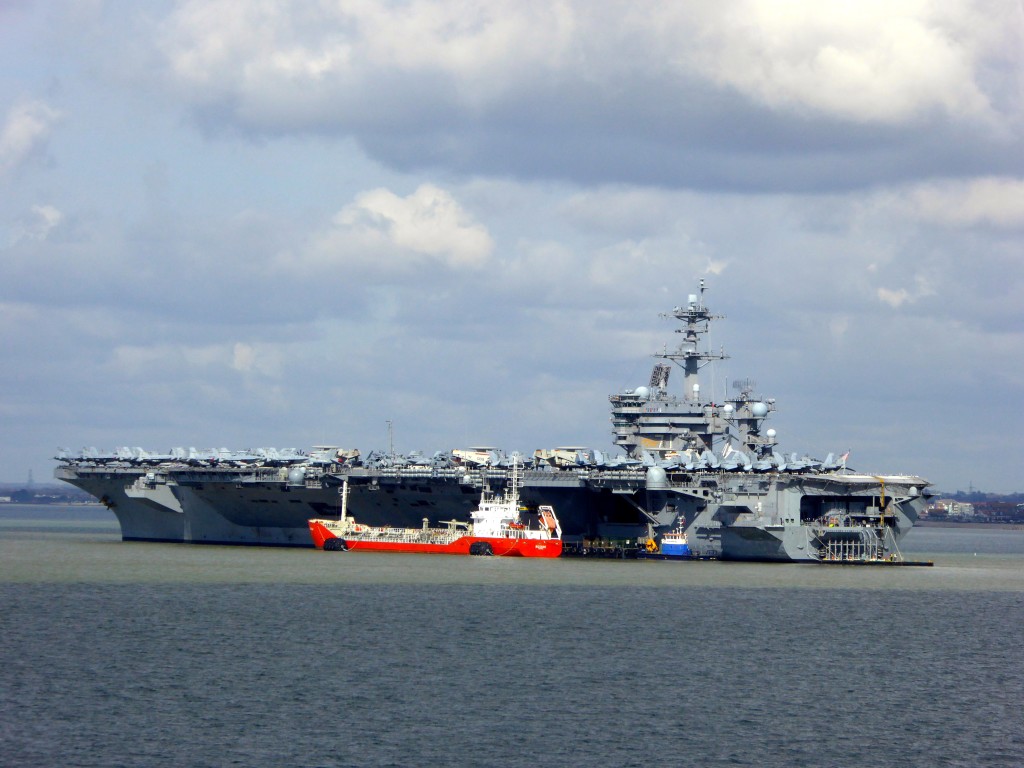
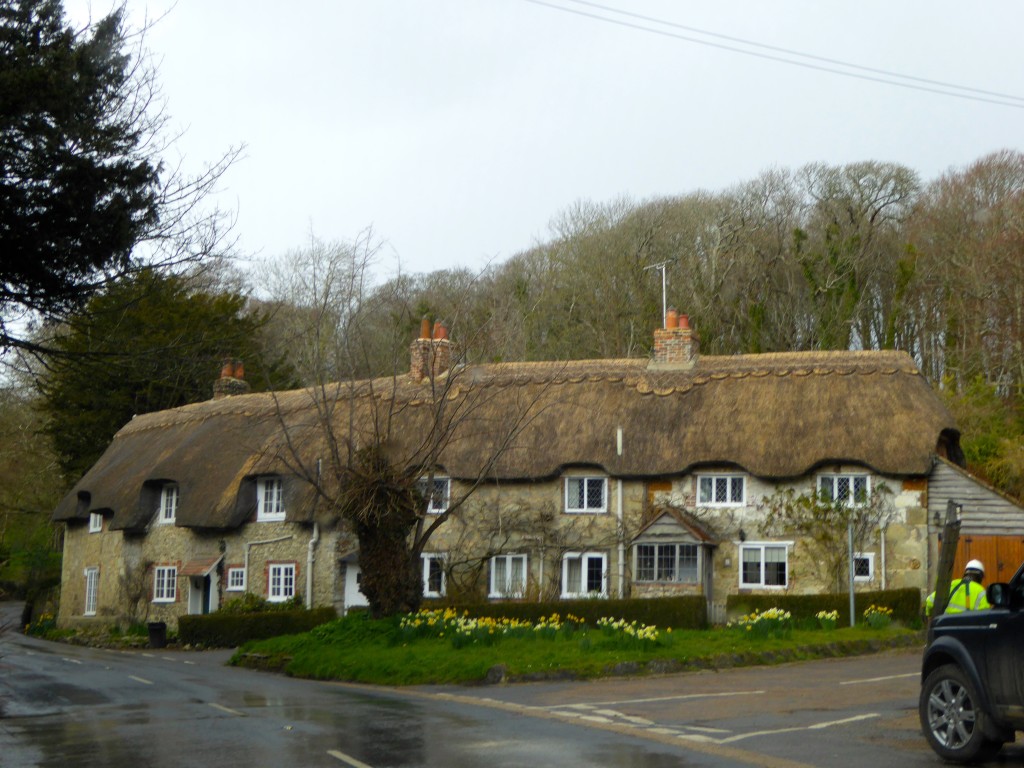
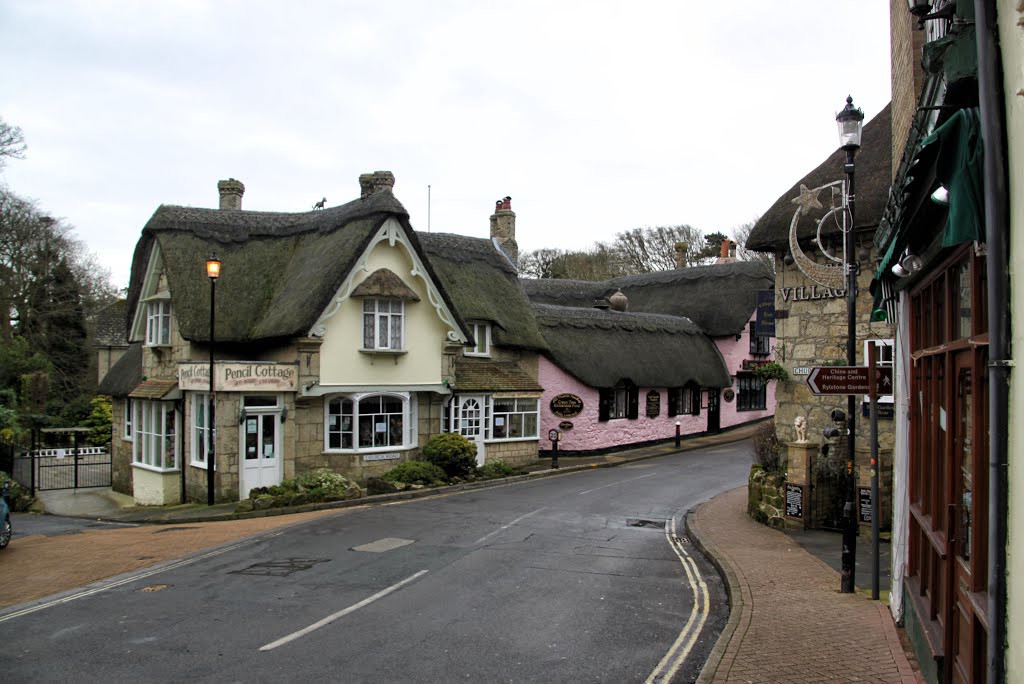
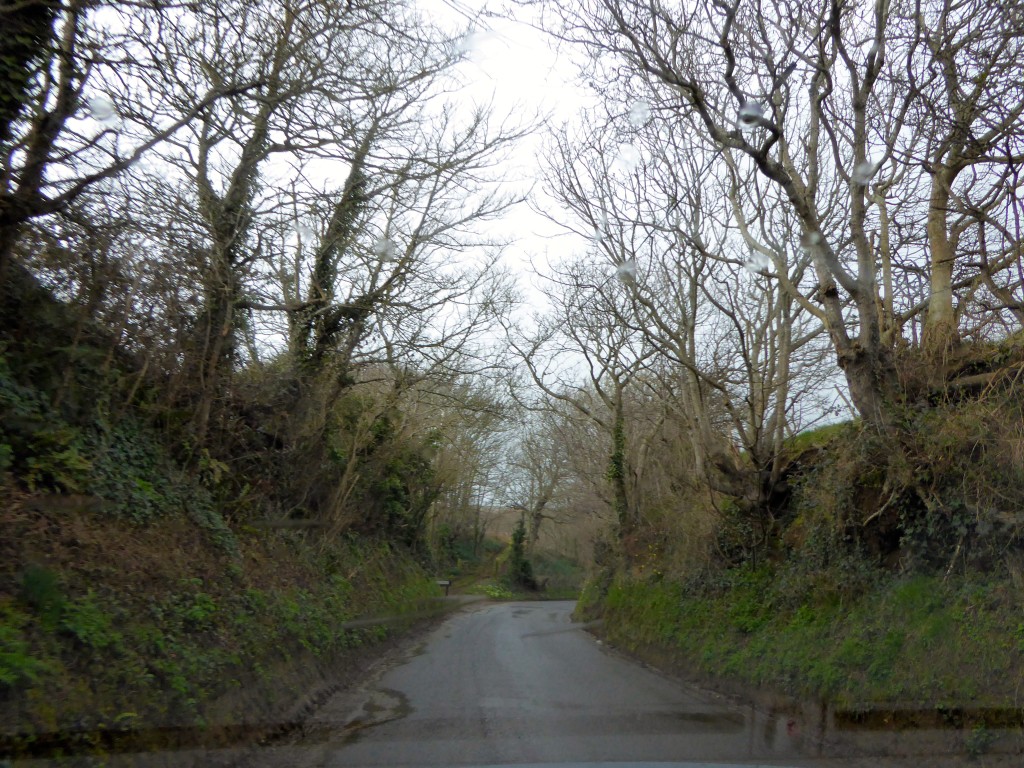
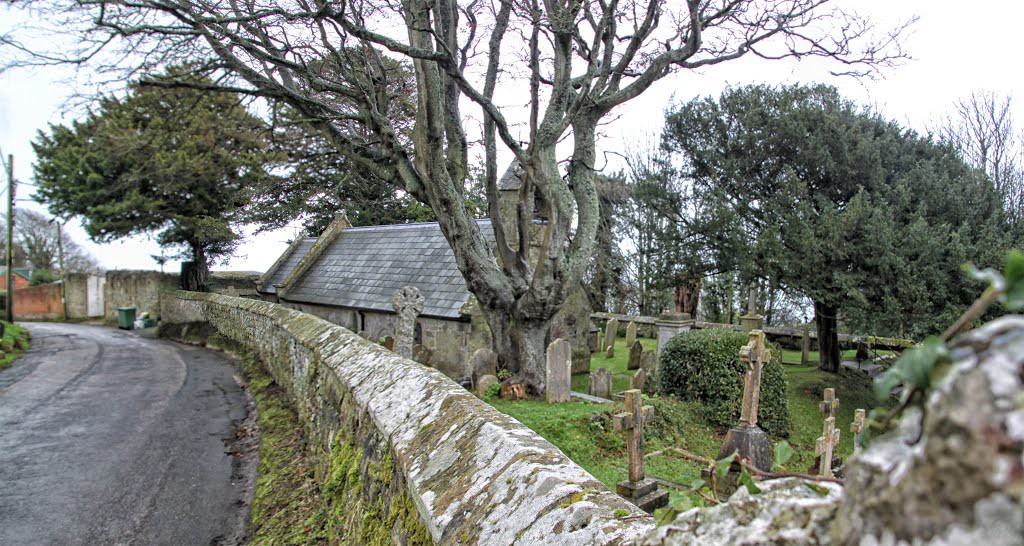
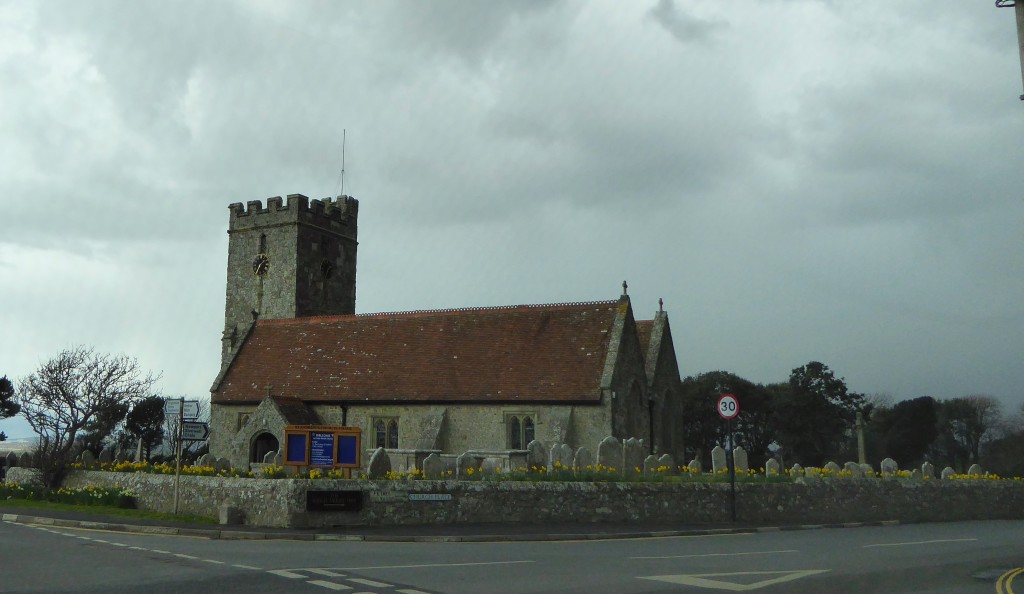
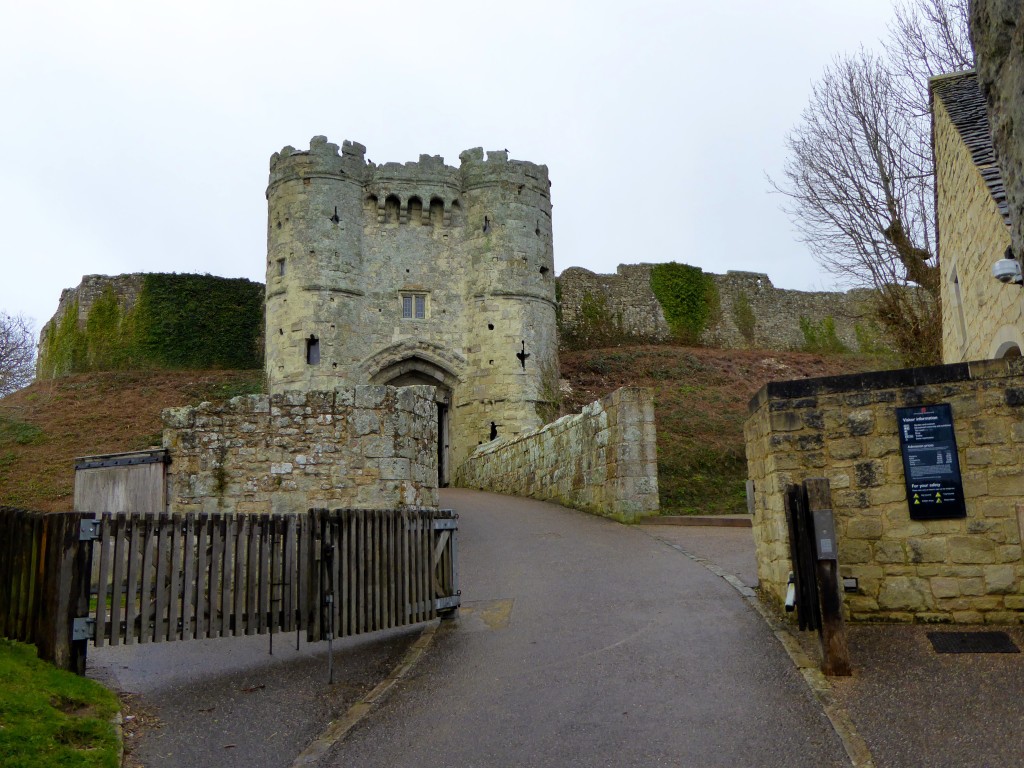
We visited the Ventnor Botanic Gardens, which are located on south facing slopes and grow a wide variety of plants up to subtropical. Very well laid out and an interesting walk around.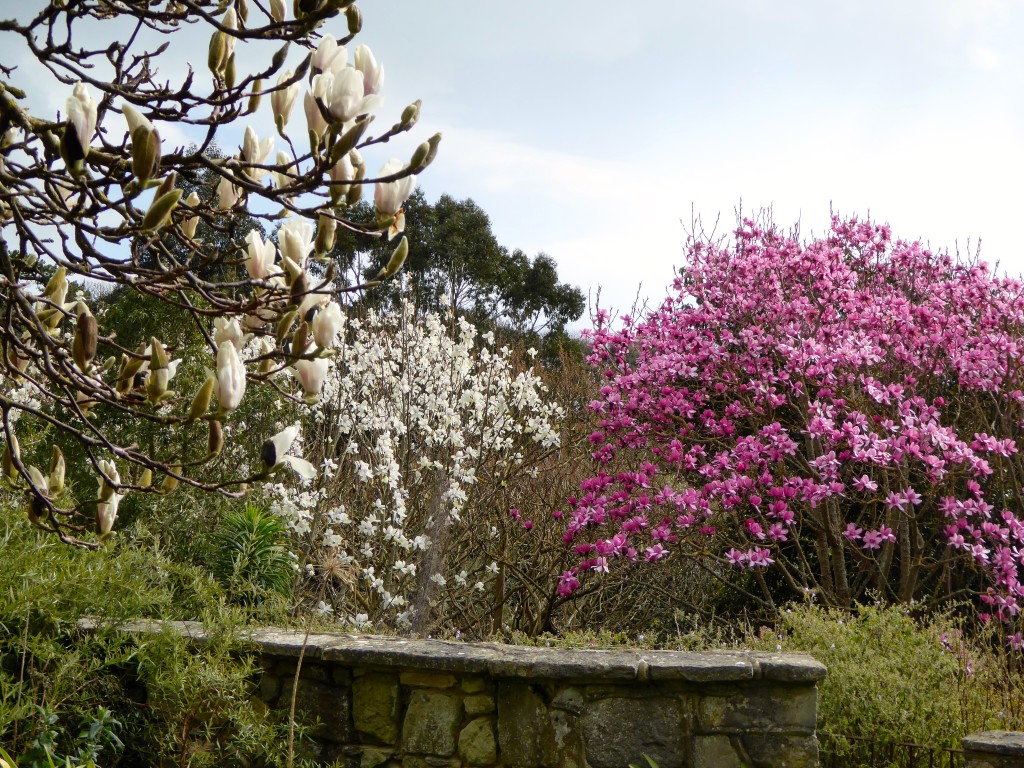
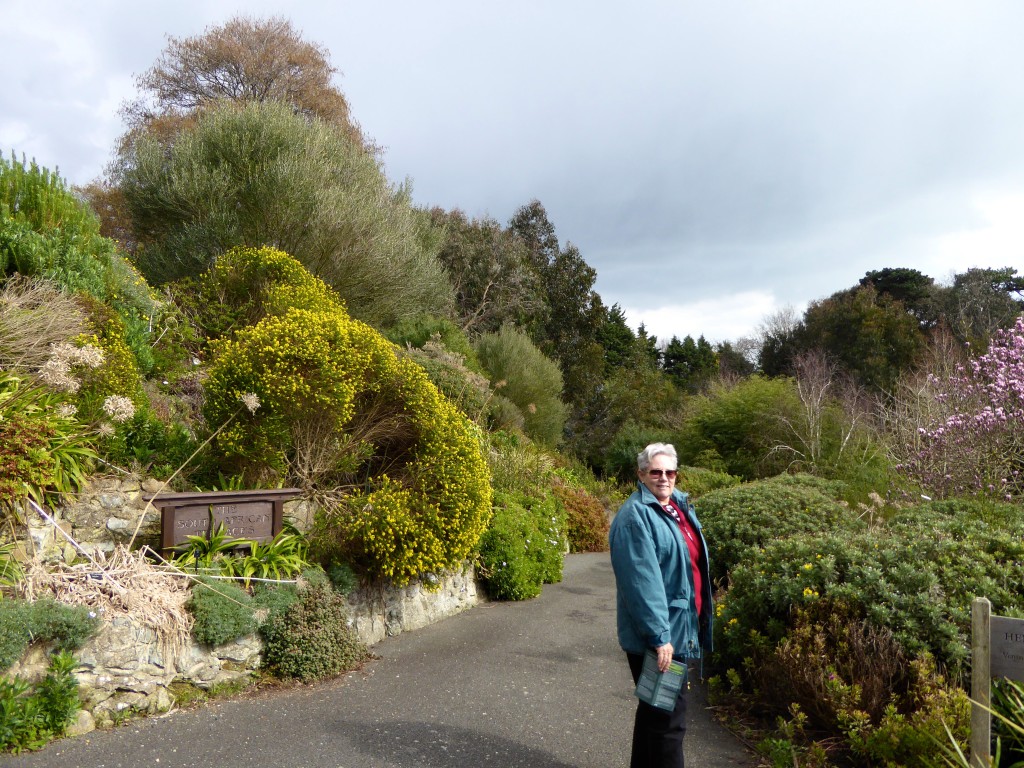 The beaches are quite lovely. Could easily see me having a holiday here. (Ed:not sure about these “beaches” Lindy saw – I must have been looking the other way for a split second!)
The beaches are quite lovely. Could easily see me having a holiday here. (Ed:not sure about these “beaches” Lindy saw – I must have been looking the other way for a split second!) 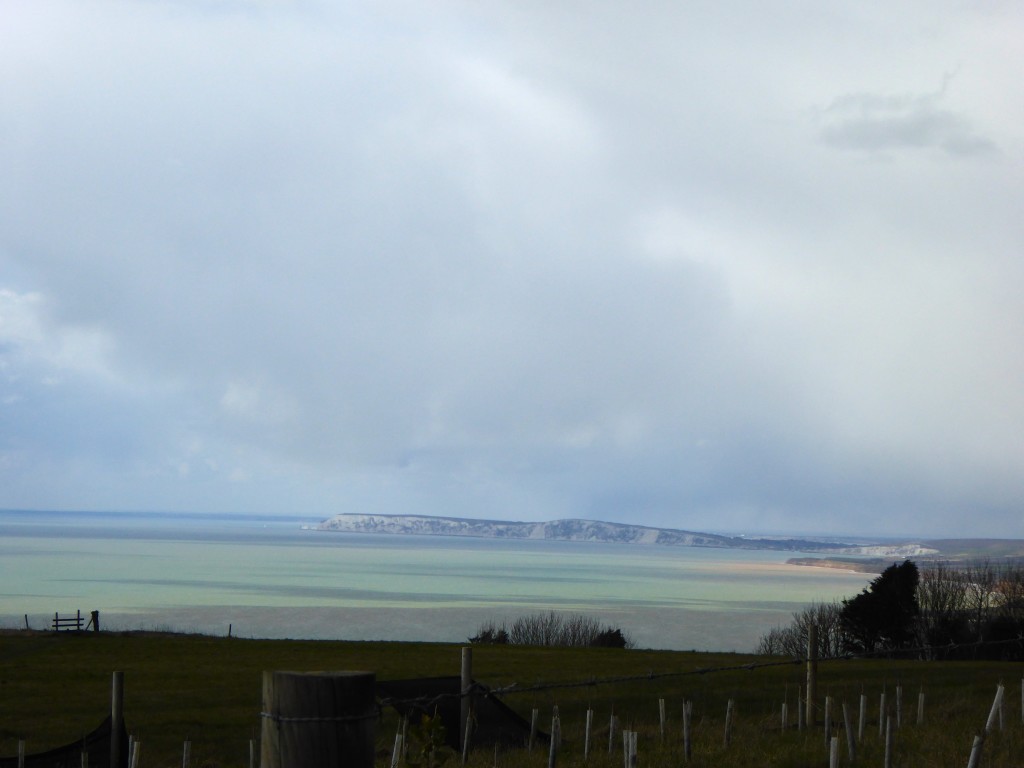
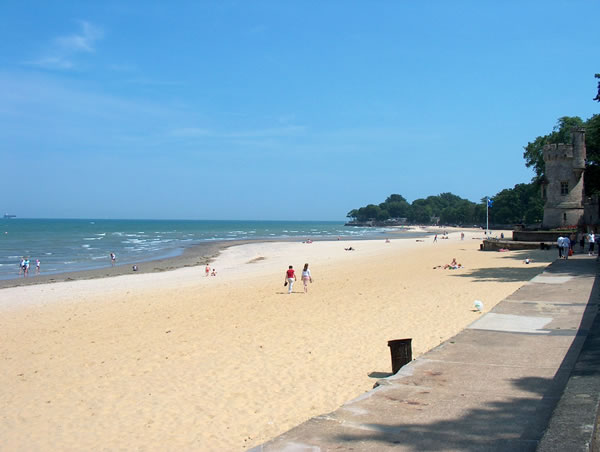
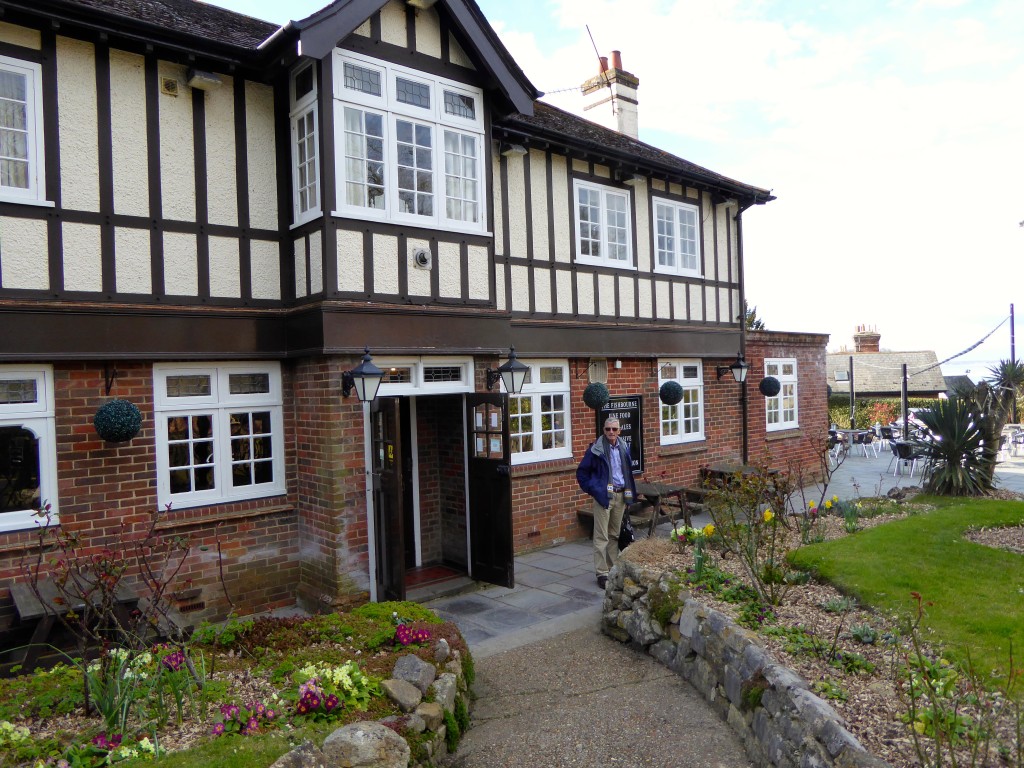
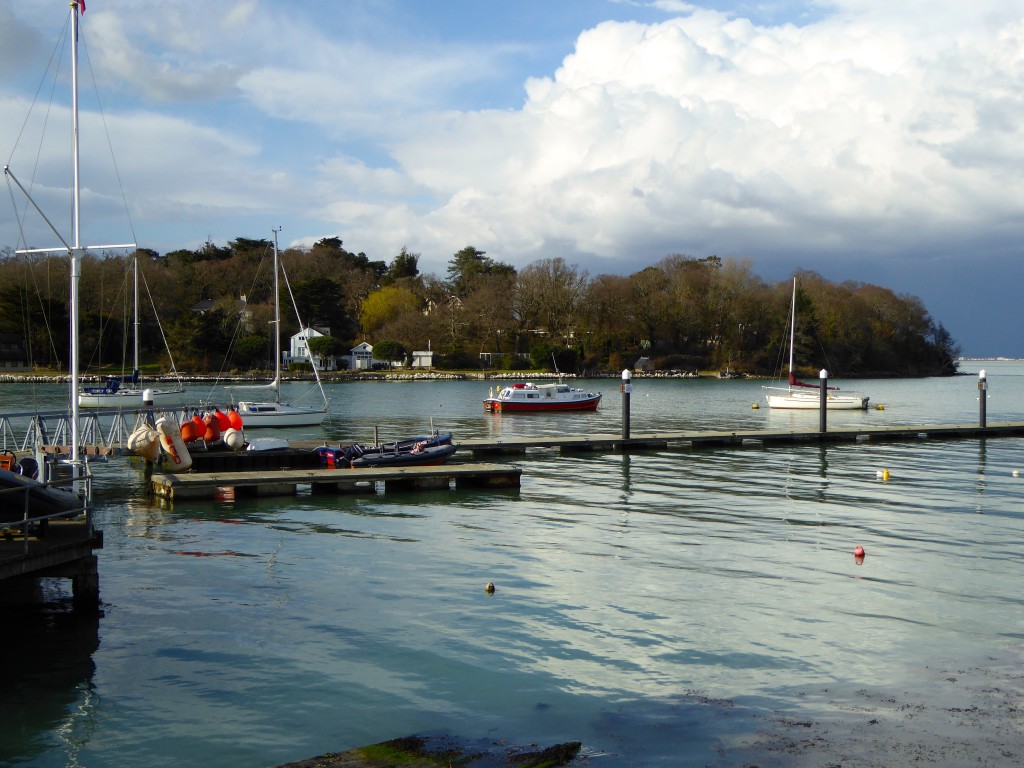

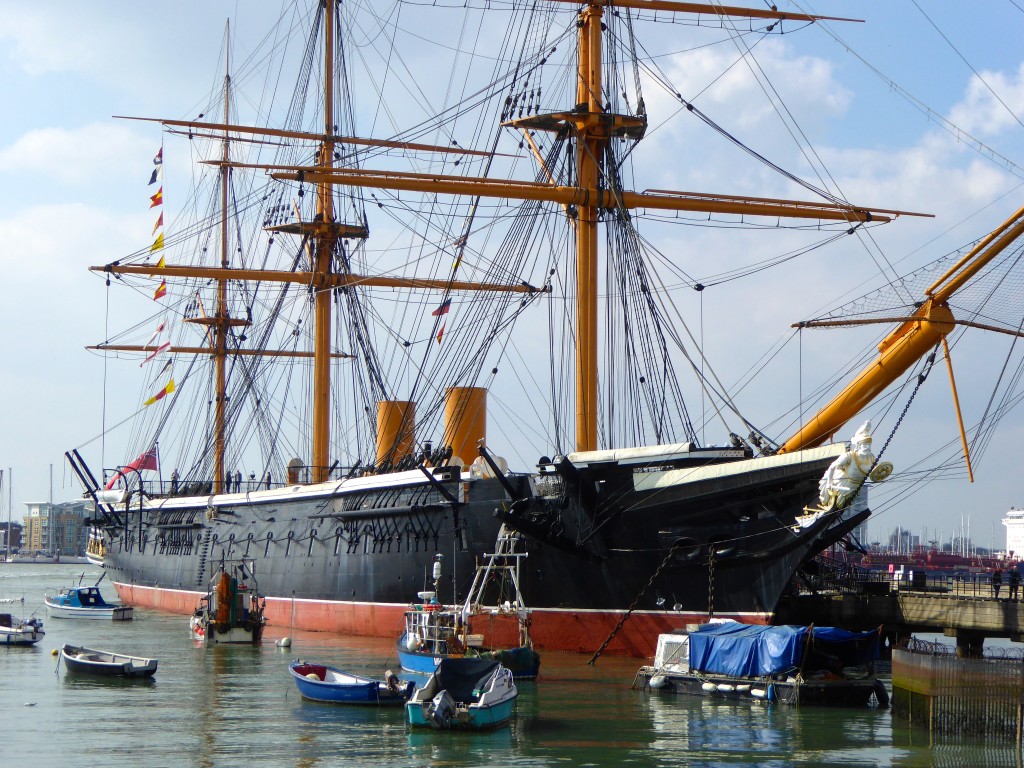
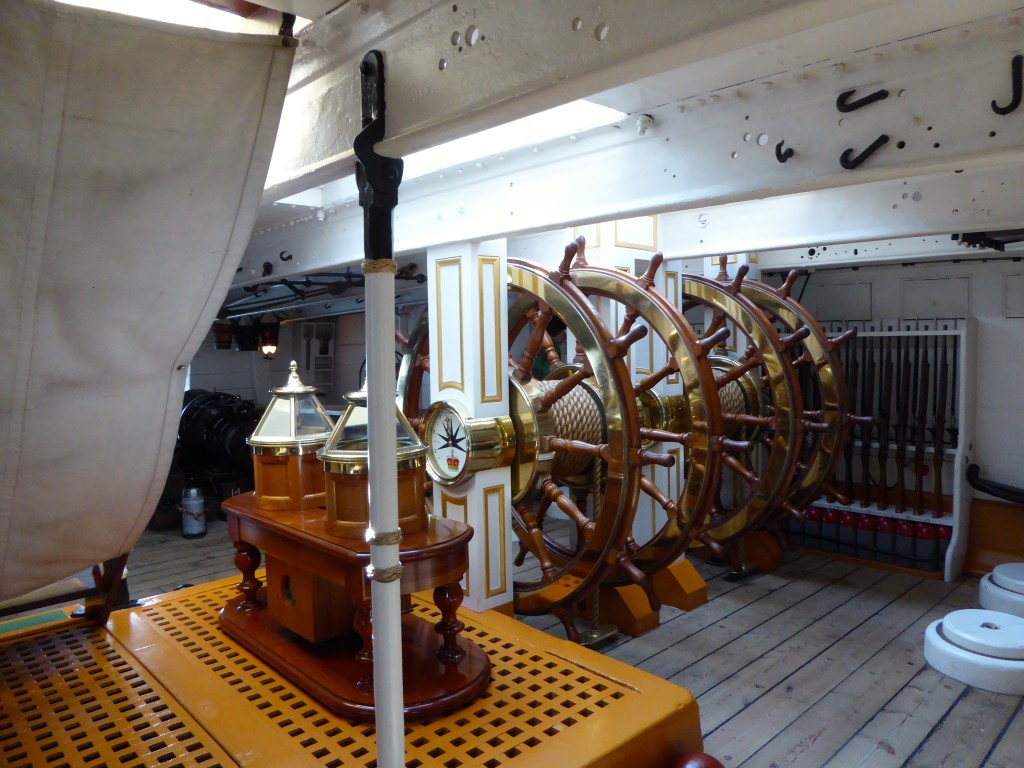
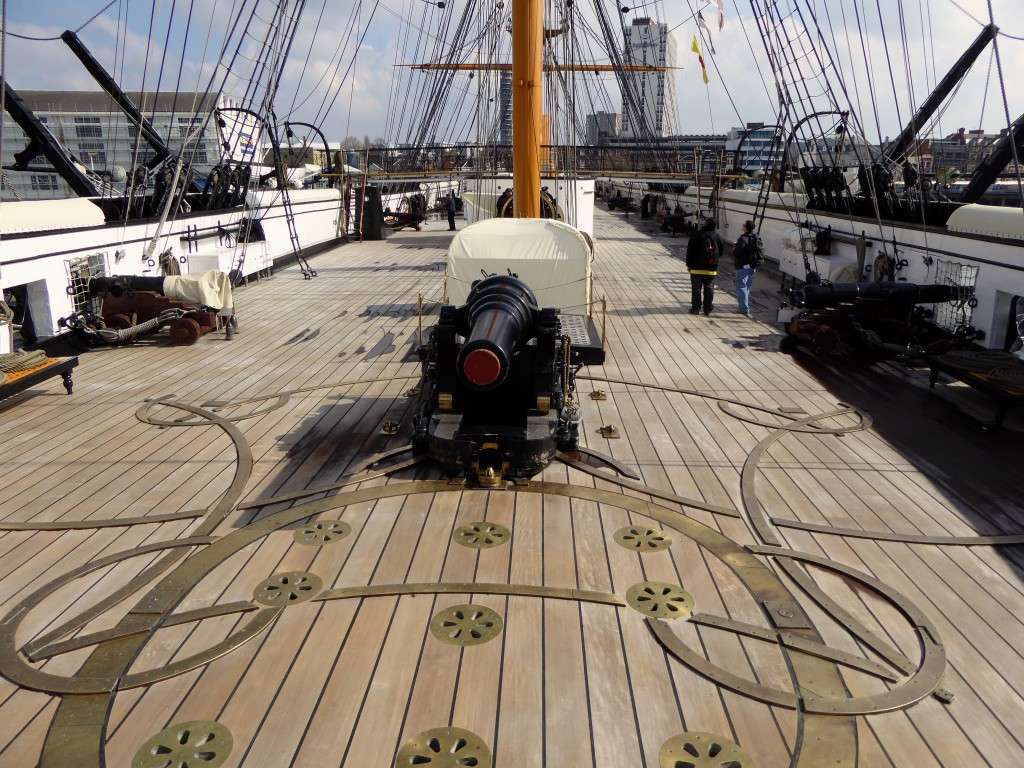
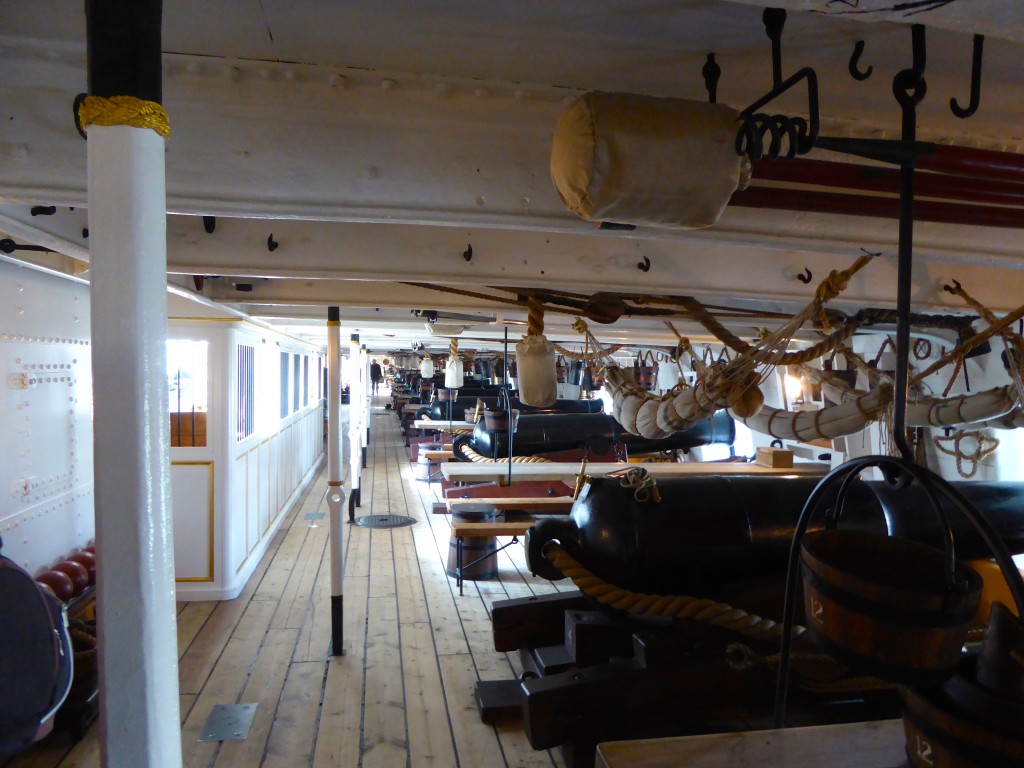
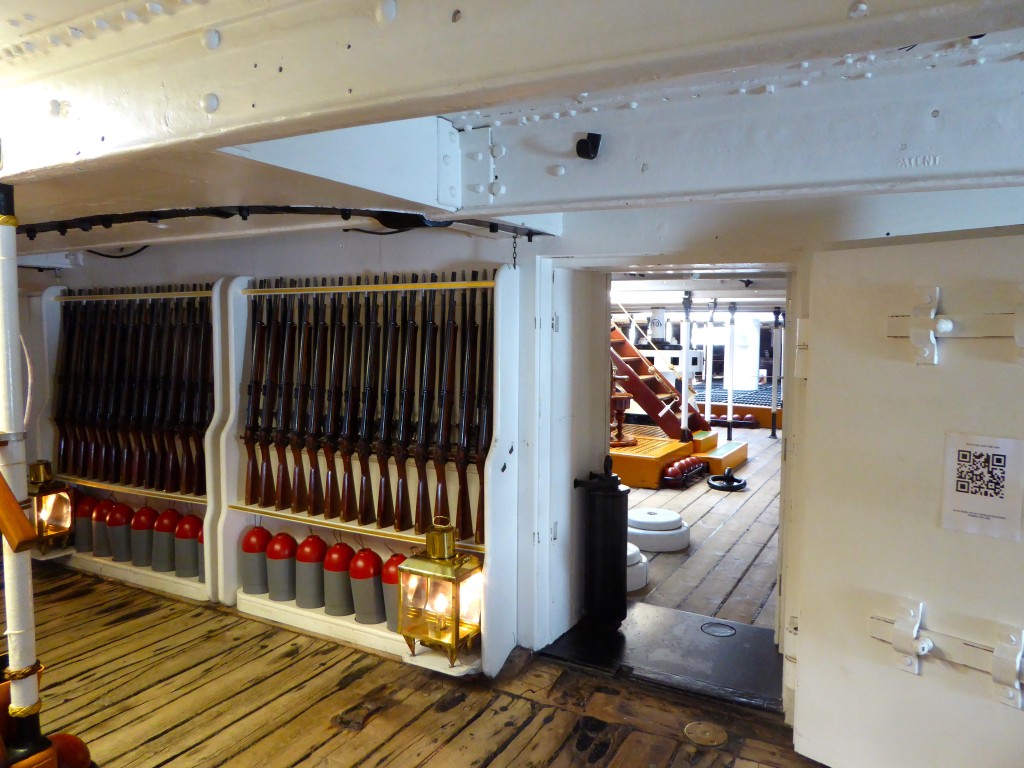
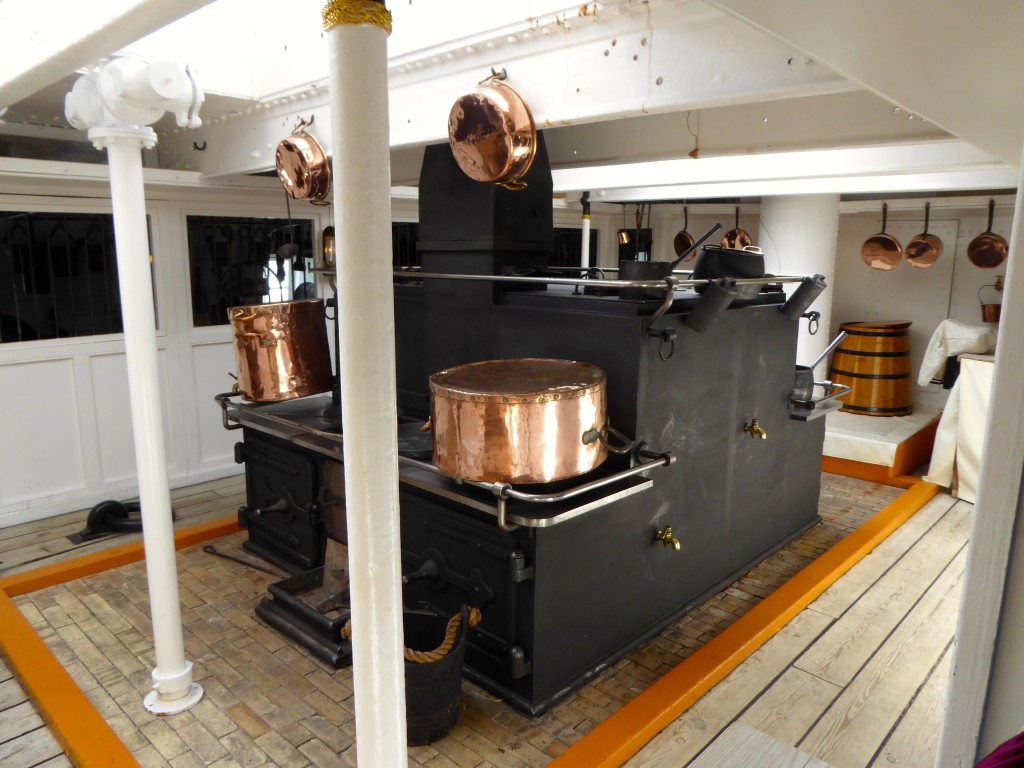
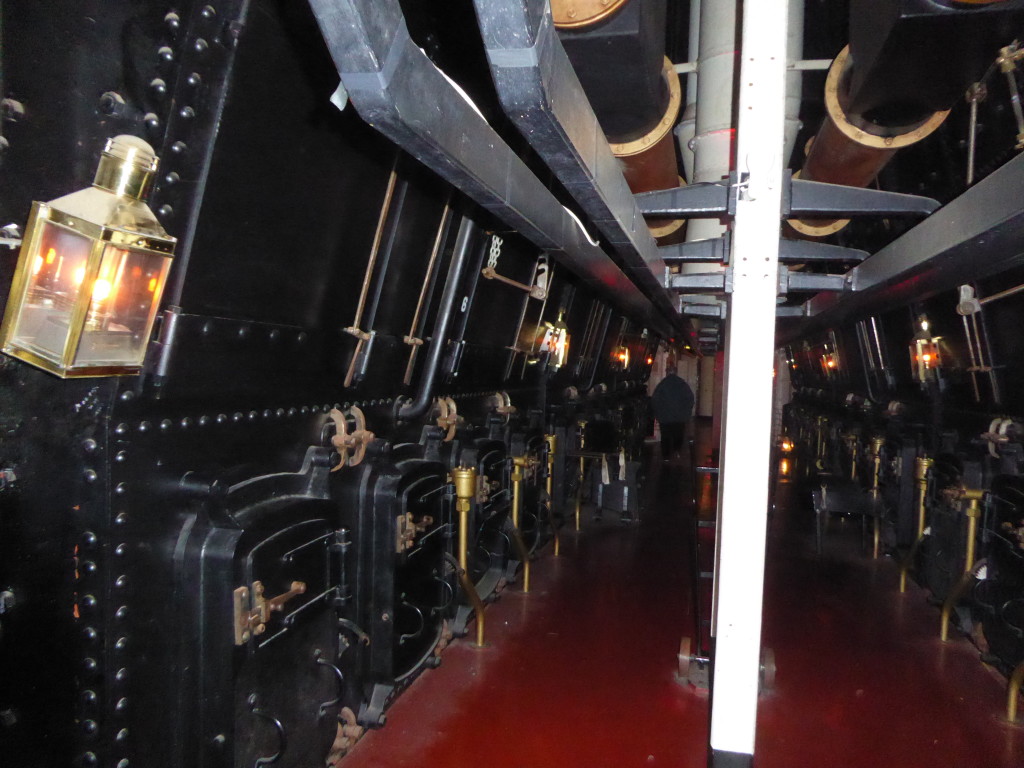
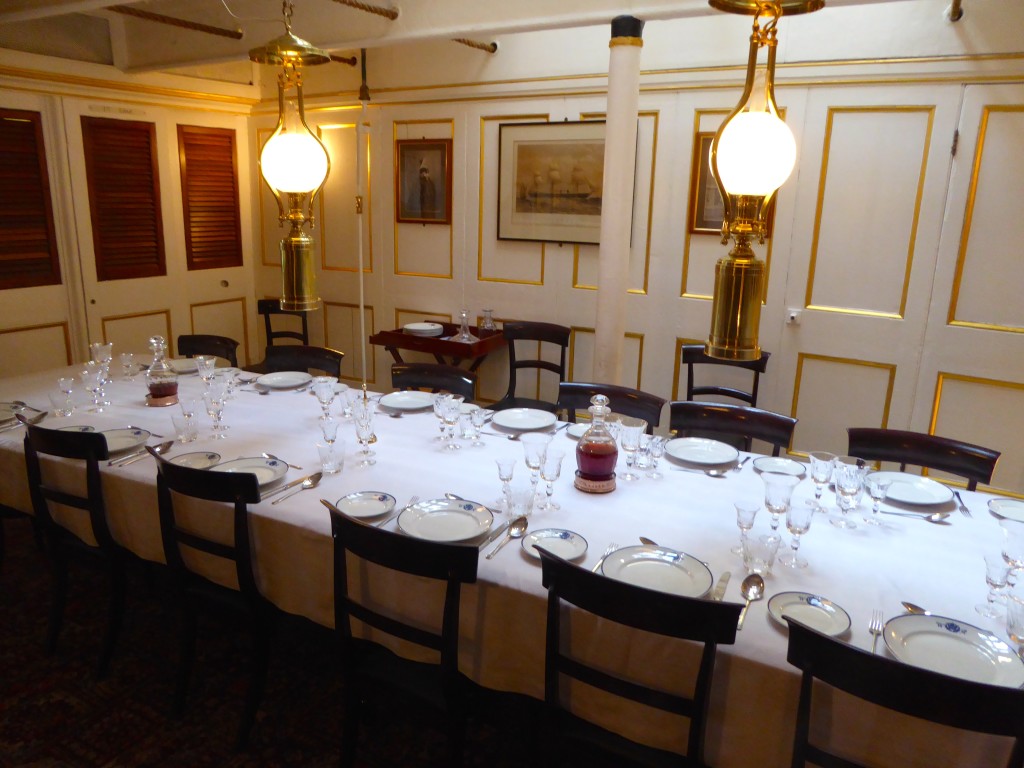
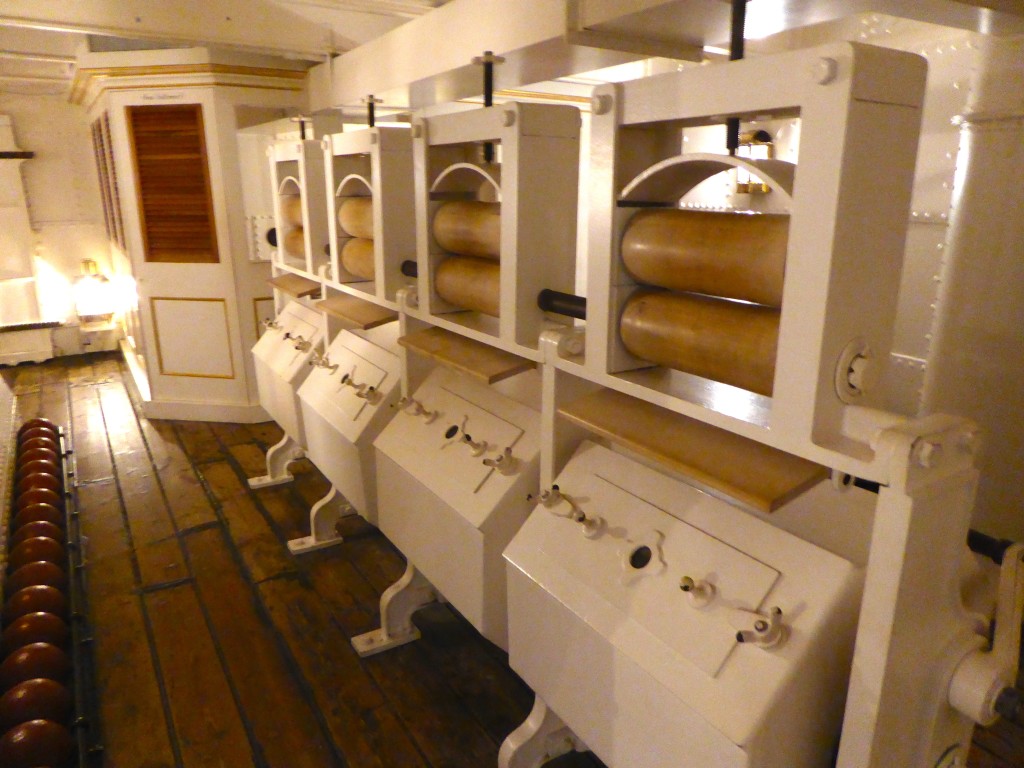
Great Battles and Royal Indulgences
Saturday saw us off to Battle Abbey where we walked the battlefield of the Battle of Hastings looking at the terrain through the eyes of King Harold then William the Conqueror. A close fought battle between two seasoned campaigners, which could have gone either way. Harold’s army may have been tired having force marched down from the north but he held the high ground and was well entrenched. William had a superior force and was a wily opponent but had to fight his way uphill which limited the use of his heavily laden cavalry and made it difficult for the archers. It was far more interesting than I had expected with great displays of weapons and armor and a v. interesting audio tour. It is popularly conceded that this was the “best battle England ever lost” making way for a strong Britain under Norman rule.

The next day we headed for Brighton and the Royal Pavilion for a look at a totally different Royal exploit. What a magnificent example of overindulgence! The dining room and the music room are sensational and the kitchen a delight for any cook.
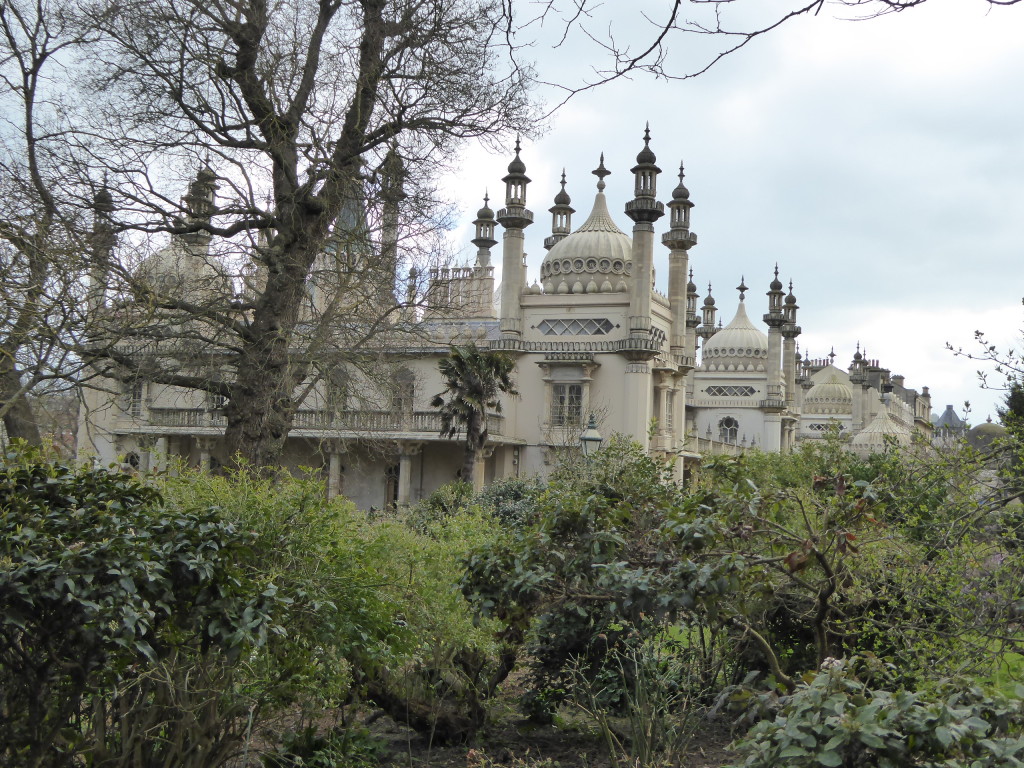
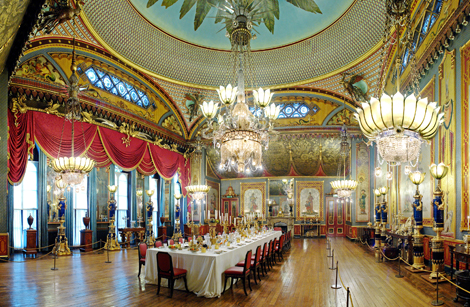
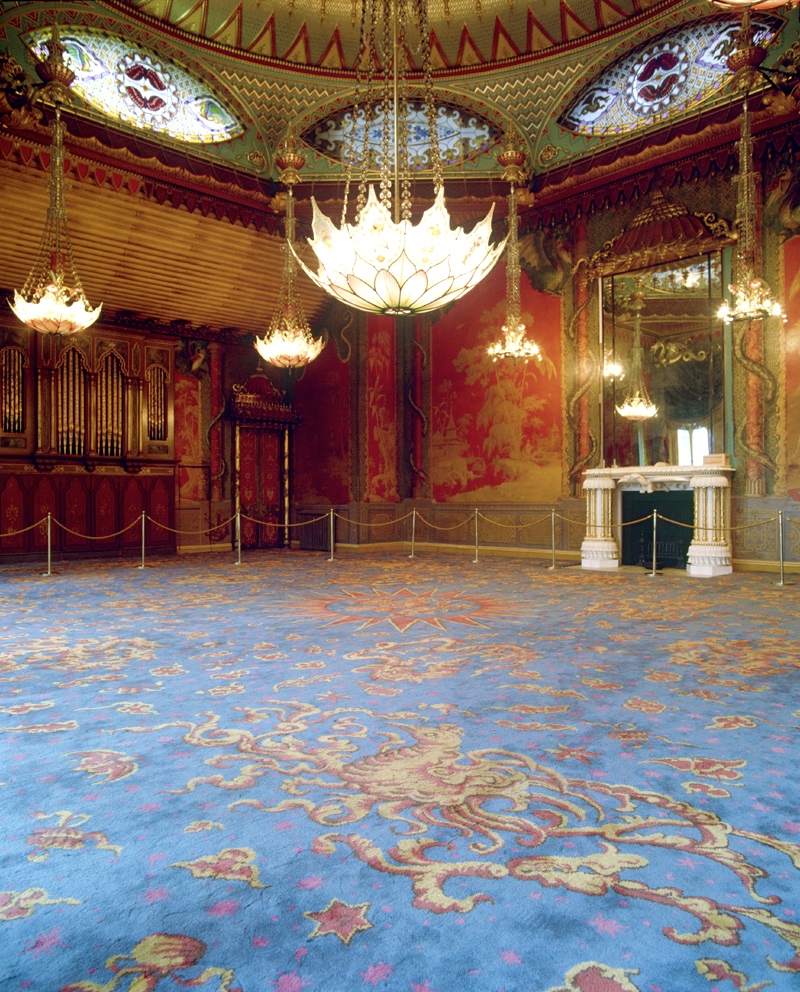
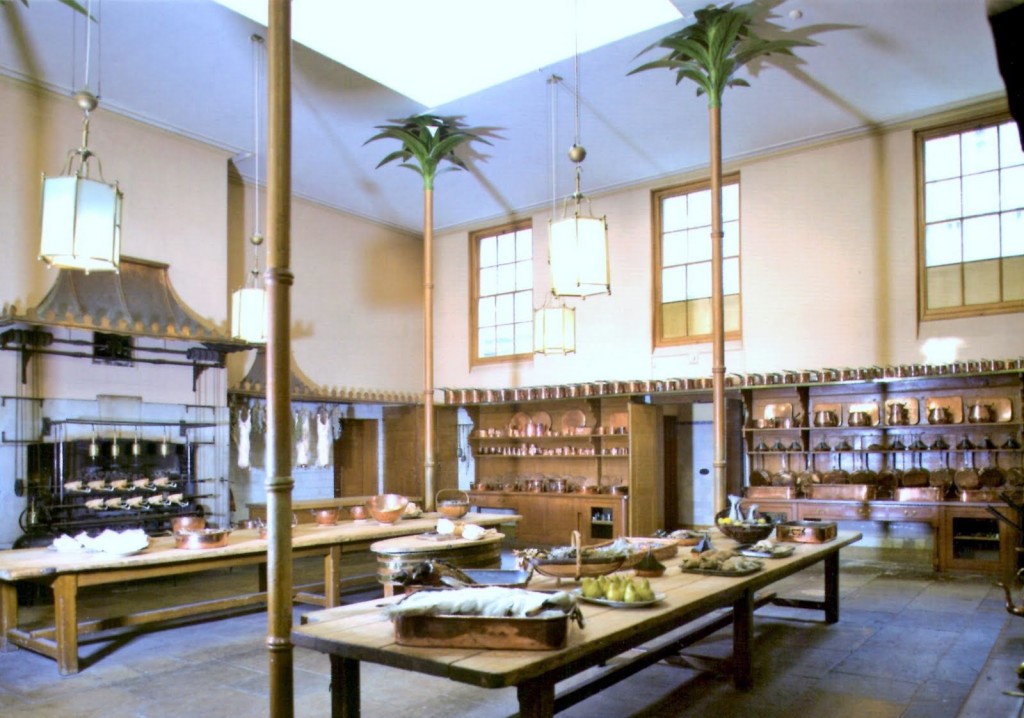
Walked out along Brighton Pier – quite crowded even on a chilly Sunday afternoon. Then headed along to Portsmouth. The driving in UK so far is better than I expected and lots of interesting scenery/ on the secondary roads.
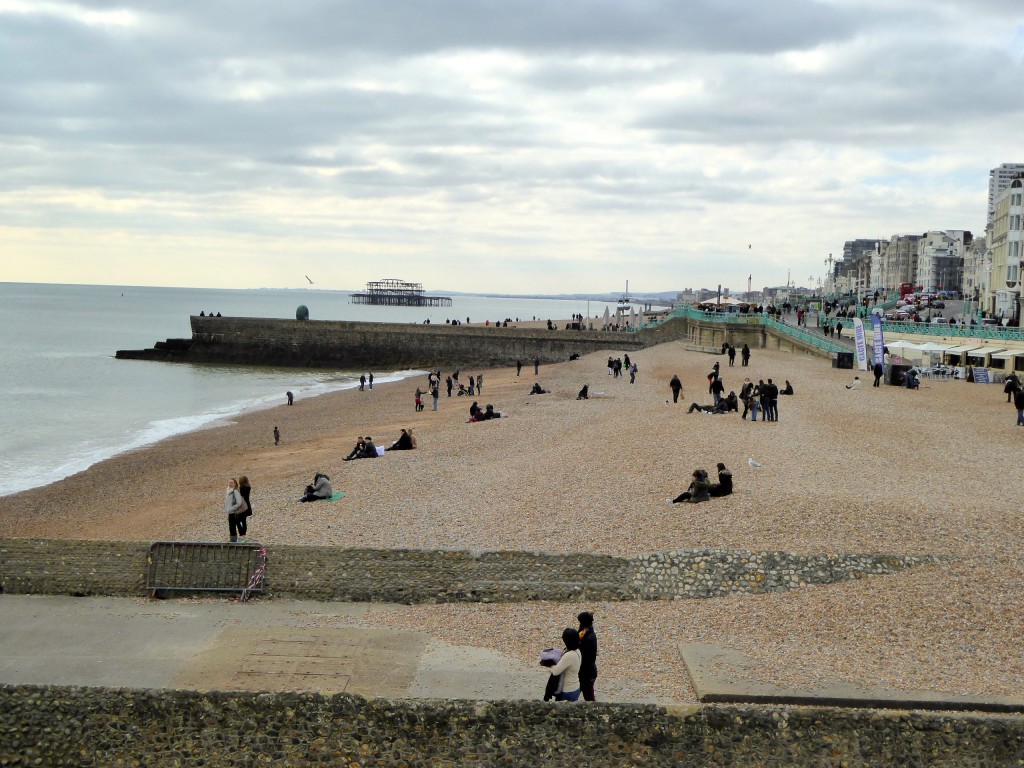
Monday was spent at the historic Naval Dockyard. We walked all the decks of the Victory, which was awe inspiring, then the Mary Rose wreck which was recovered in 1980’s after 400 years on the bottom. More interesting than the hull remnant, which was impressive enough, were all the relics and personal items recovered with the wreck.
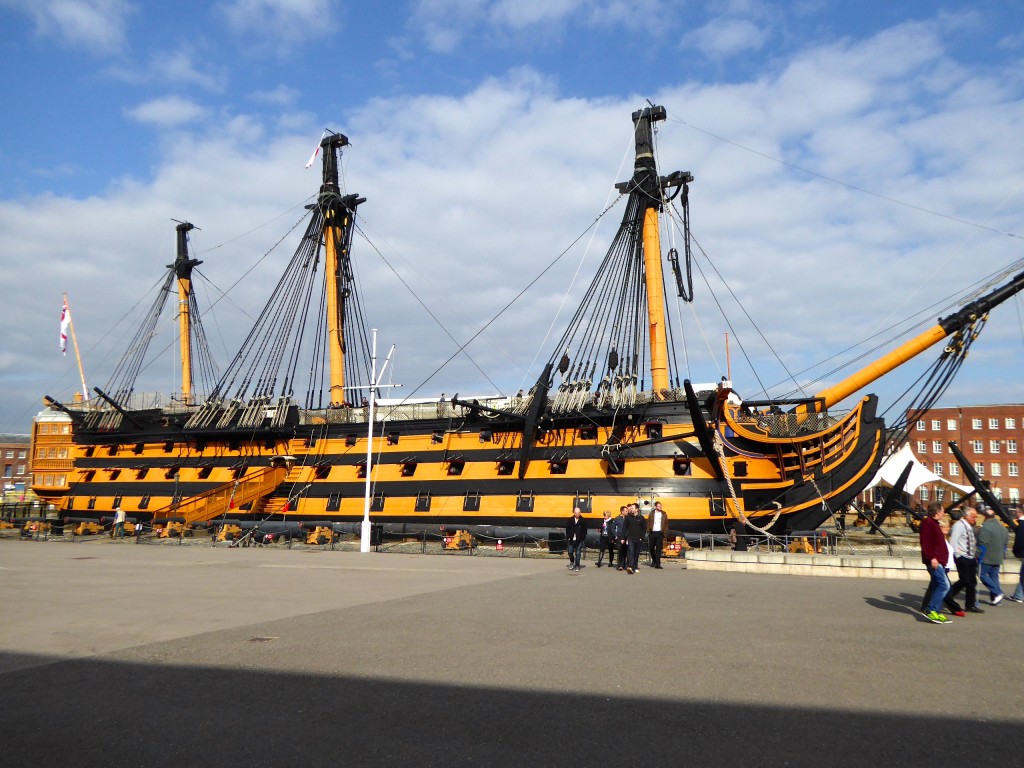
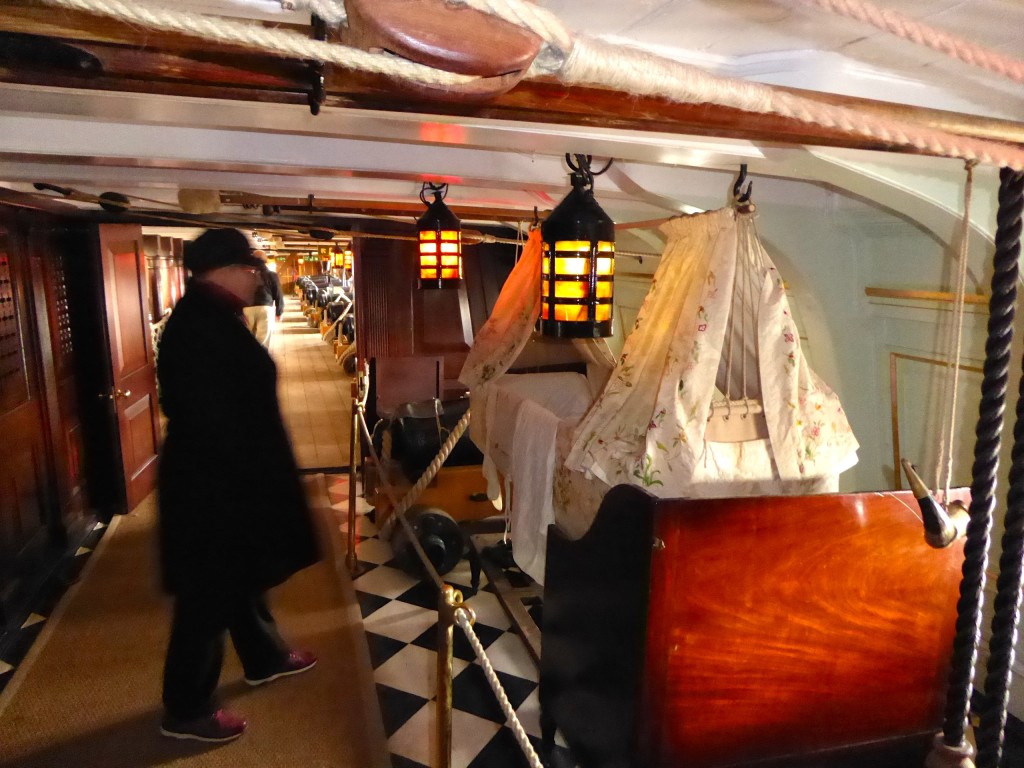
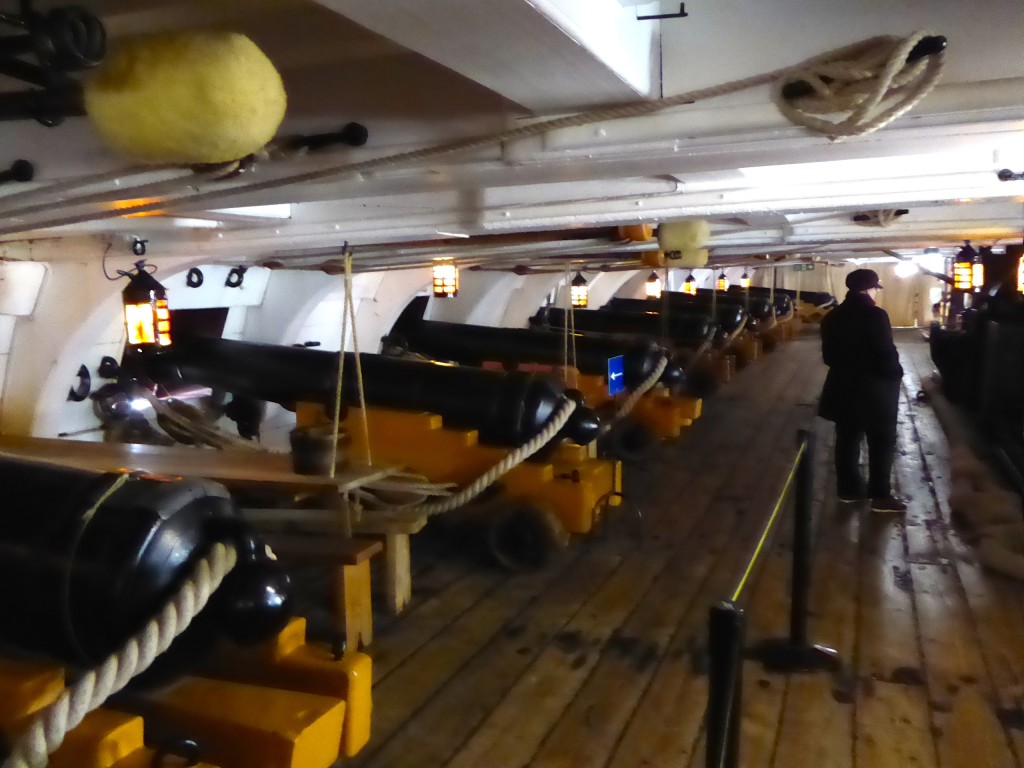
Off to the Isle of Wight tomorrow
Here we are in England at last.
I am writing this blog overlooking the ocean sitting in the window seat of our warm and comfortable room.
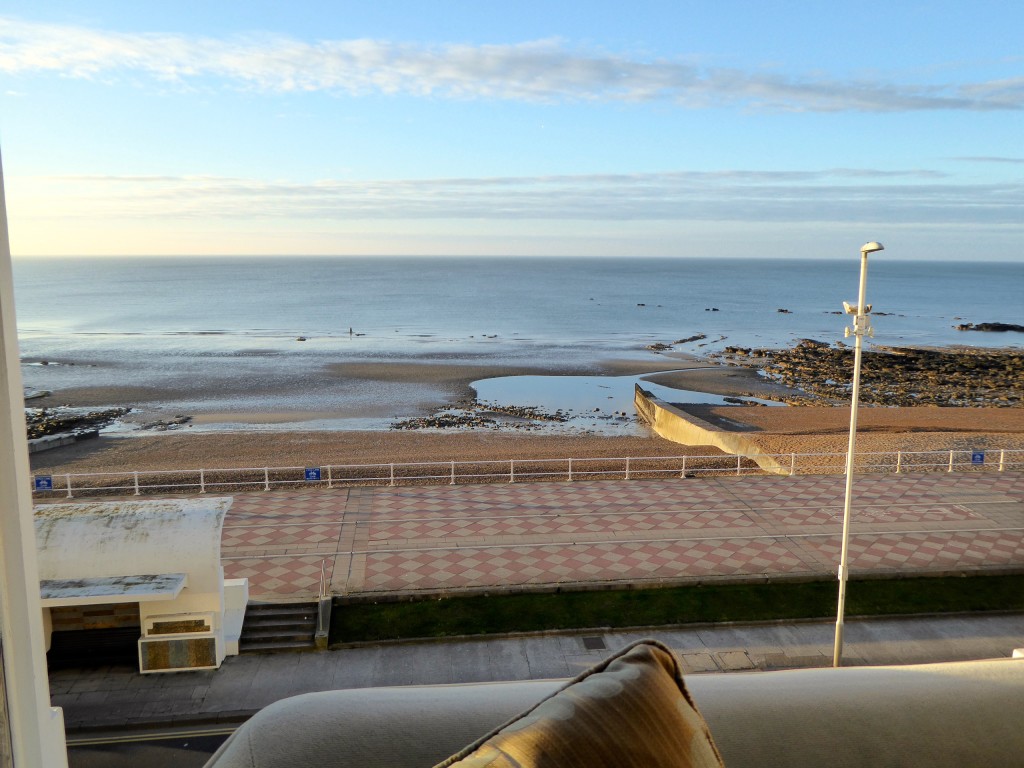
The dreaded long flight turned out to be not too bad and we arrived in England to be informed by Hertz that we were in luck and had been upgraded from a medium size car to a luxury car for only a little more! Spent the next 30 minutes trying to work out in our sleep deprived befuddled mind how much a ‘little more’ actually was (take away this, add that, don’t forget to add the bond and the tank of fuel, calculate the savings of a diesel and convert everything).
Came to the conclusion as we hurtled down the motorway towards Hasting in our brand new, never been driven, luxury Volvo with all the bells and whistles including heated leather seats, that it was actually quite a bit more but decided philosophically (and also a little late to change) that as our home away from home for the next 8 weeks it wasn’t too bad.
The Zanzibar Hotel turned out to be everything it boasted and Max made us very welcome. We had a bite to eat, tried out the steam shower and sauna in a hit and miss way (tricky seeing with glasses in a steam room) and fell into bed.
Today we have gone for a long walk along the promenade, explored the old town part of Hastings with it’s cobbled streets and narrow alleyways and had a pint in Ye Old Pump Station.
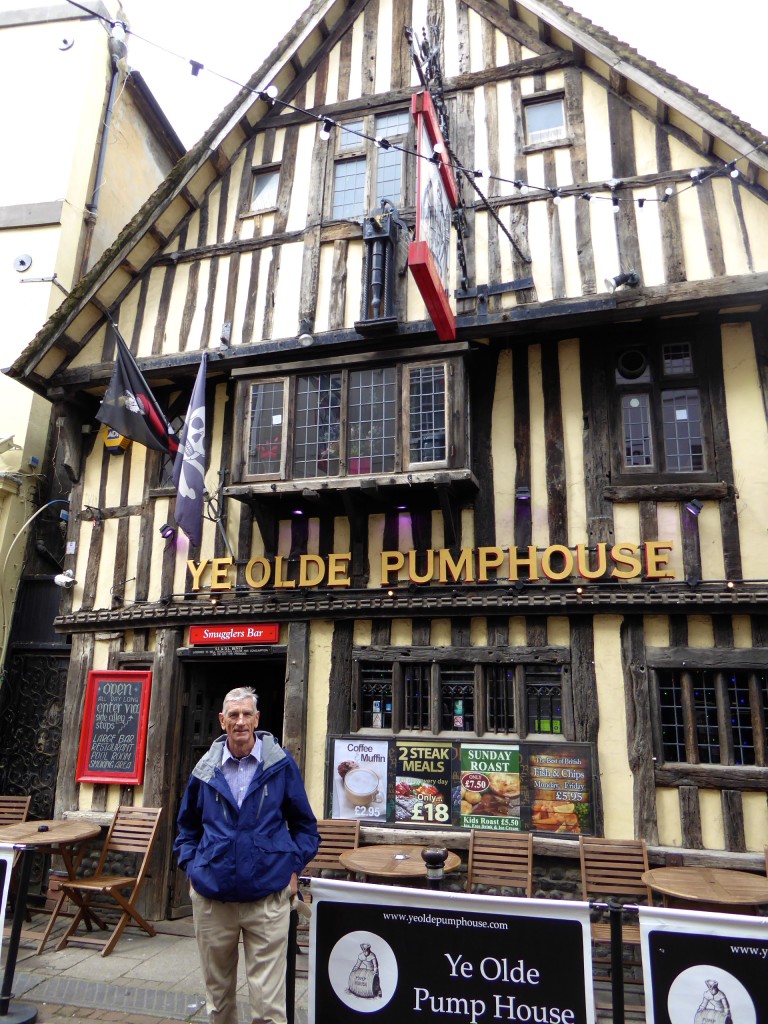
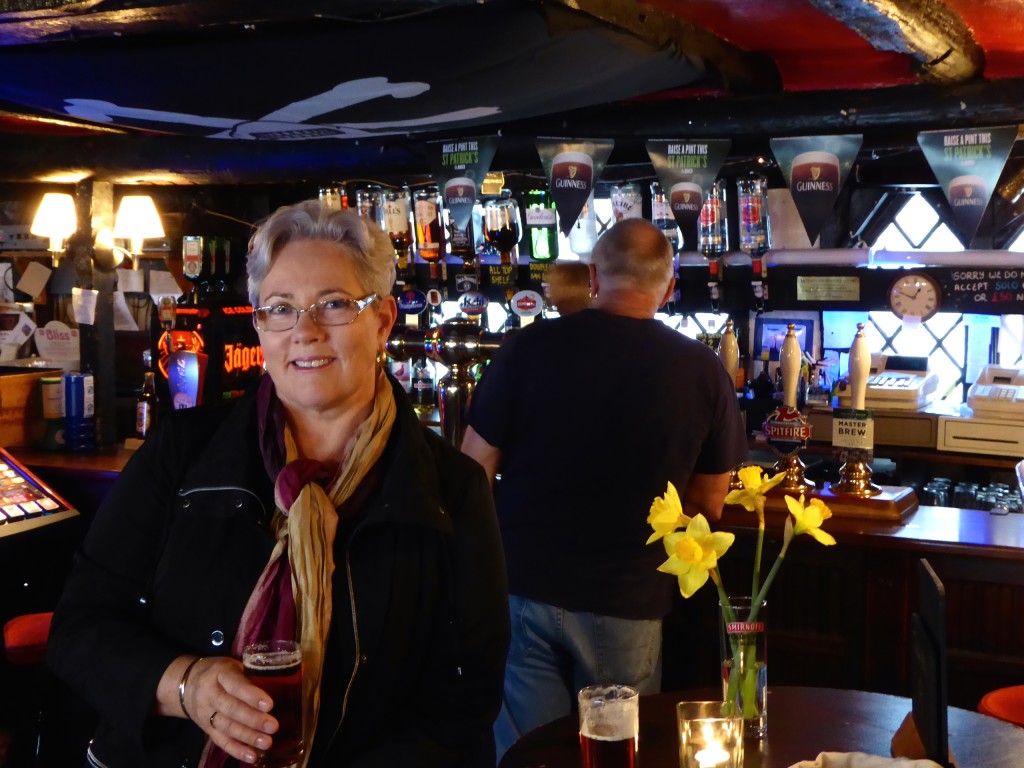 We drove to Eastbourne and partook of a sumptuous afternoon tea at the magnificent The Grand Hotel.
We drove to Eastbourne and partook of a sumptuous afternoon tea at the magnificent The Grand Hotel.
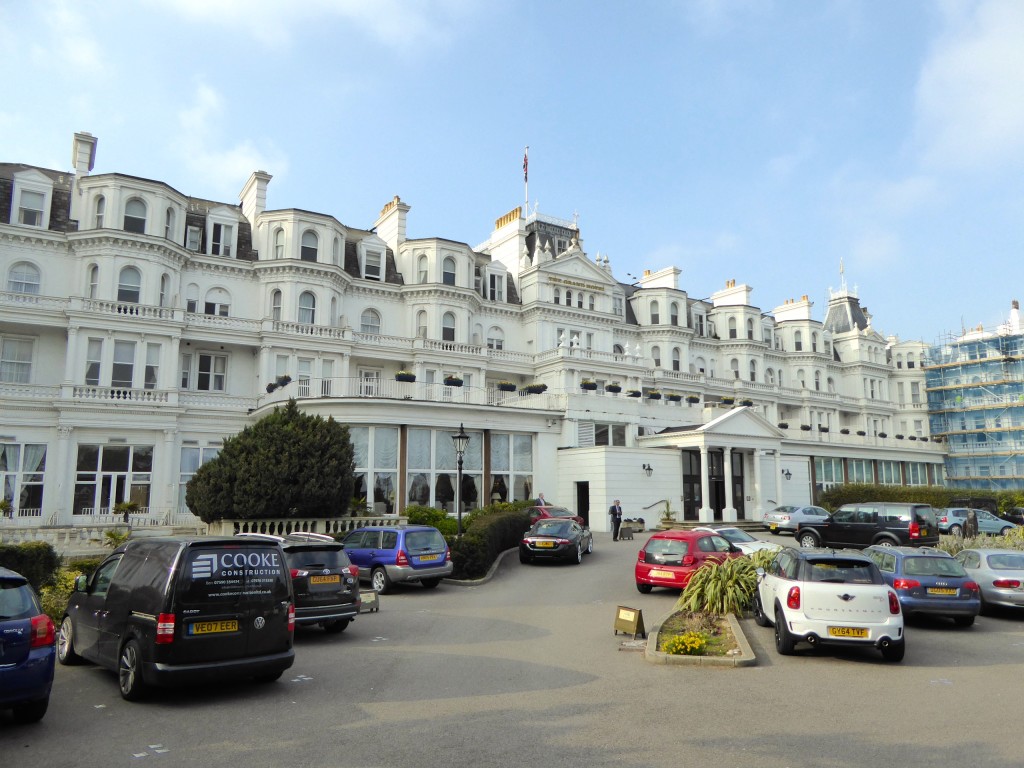
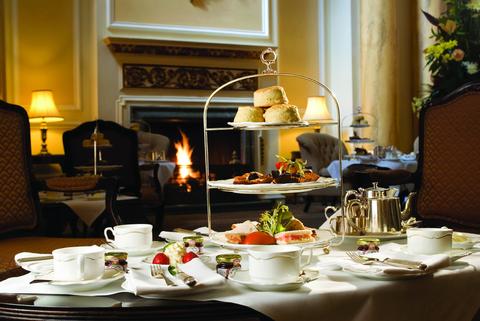
Tomorrow it is a visit to the site of the Battle of Hastings. Having discovered over afternoon tea that our knowledge of the battle is a little sketchy we intend to study it in detail over wine and cheese so to be prepared for the next part of our adventures.
Nearly ready
This time next week we will be in Hastings! Hard to believe that all the preparations are finished and we are nearly ready to go. Only a bit of gardening to do, chooks to go on their ‘holiday’ to Ben and Claire’s and last minute communications with those who are looking after things here. Both getting very excited!
Welcome to our blog!
We wanted to share our travels with family and friends. Travel with us through the English countryside, watch us run aground/get stuck in a loch/fall overboard on the canals of Scotland and Wales, freeze in the Scottish Highlands and catch up with family in Ireland. Hope you enjoy our adventures!